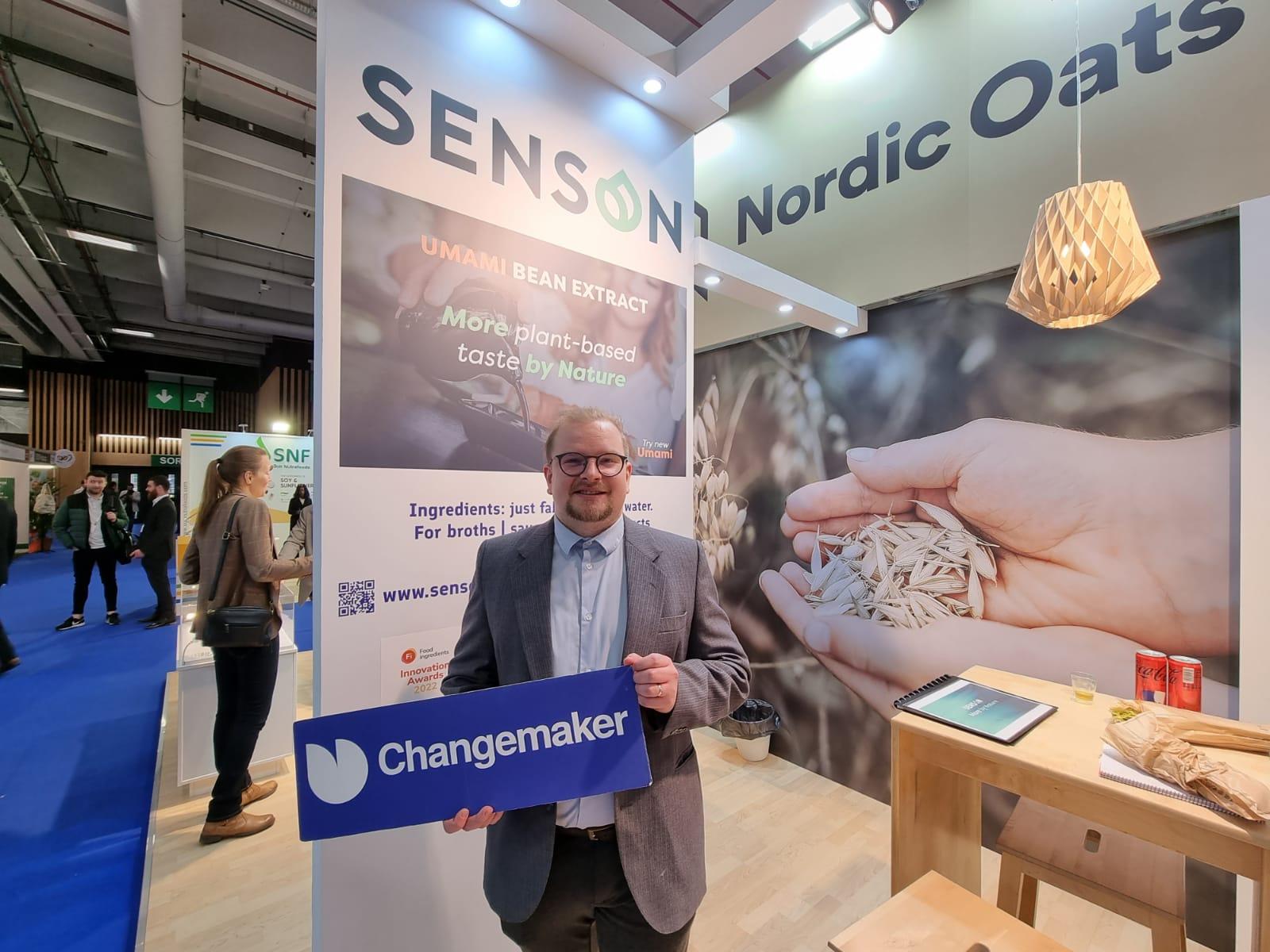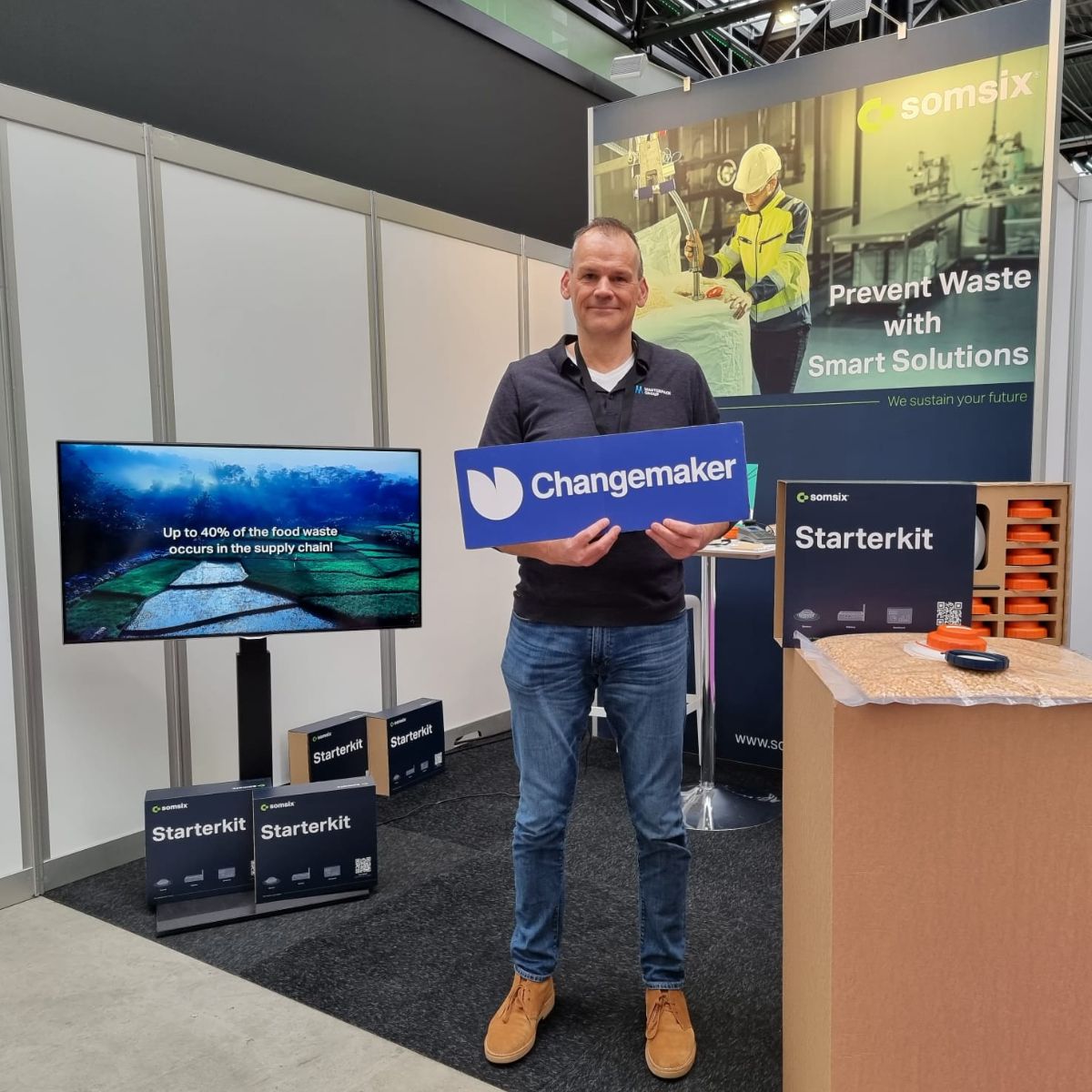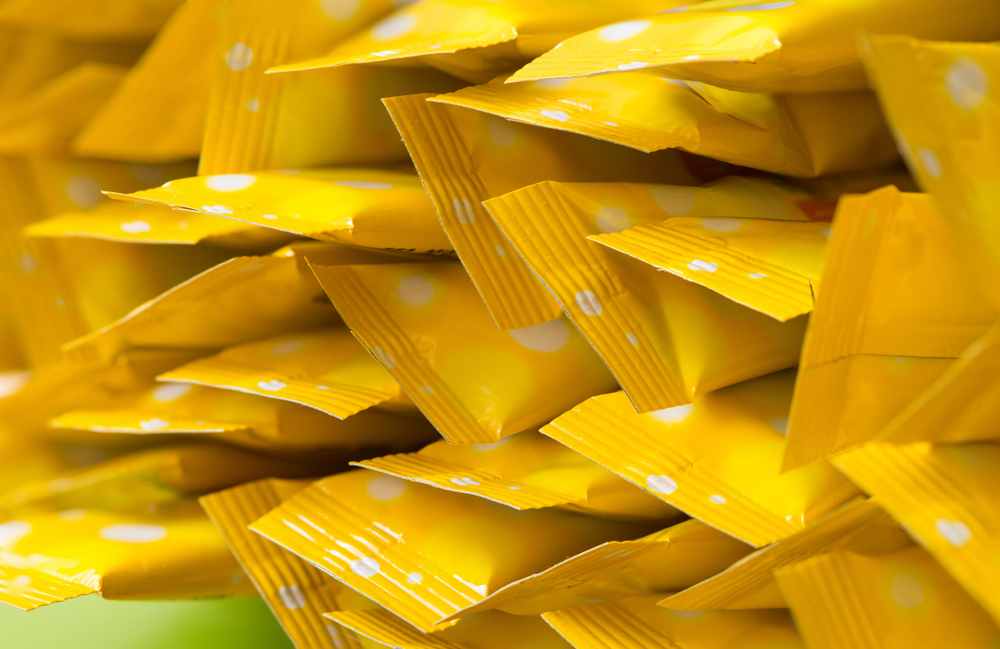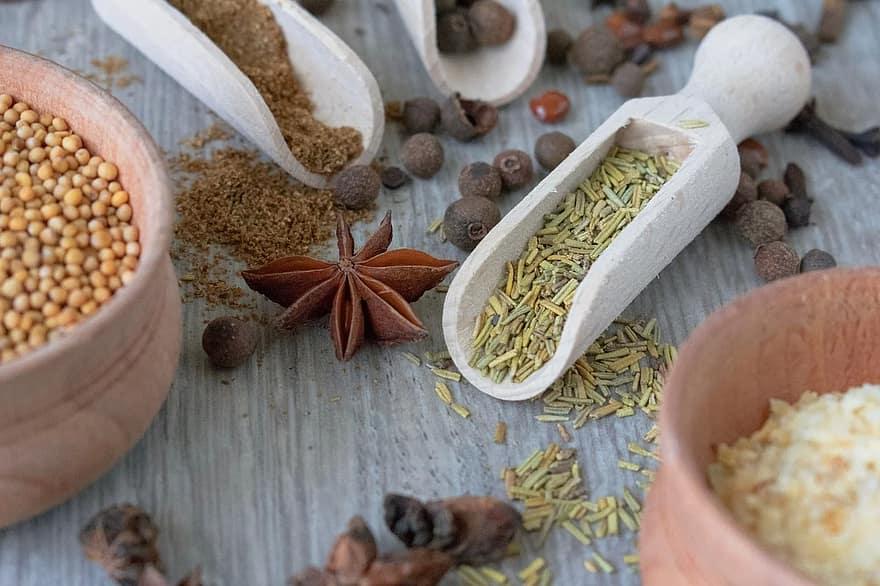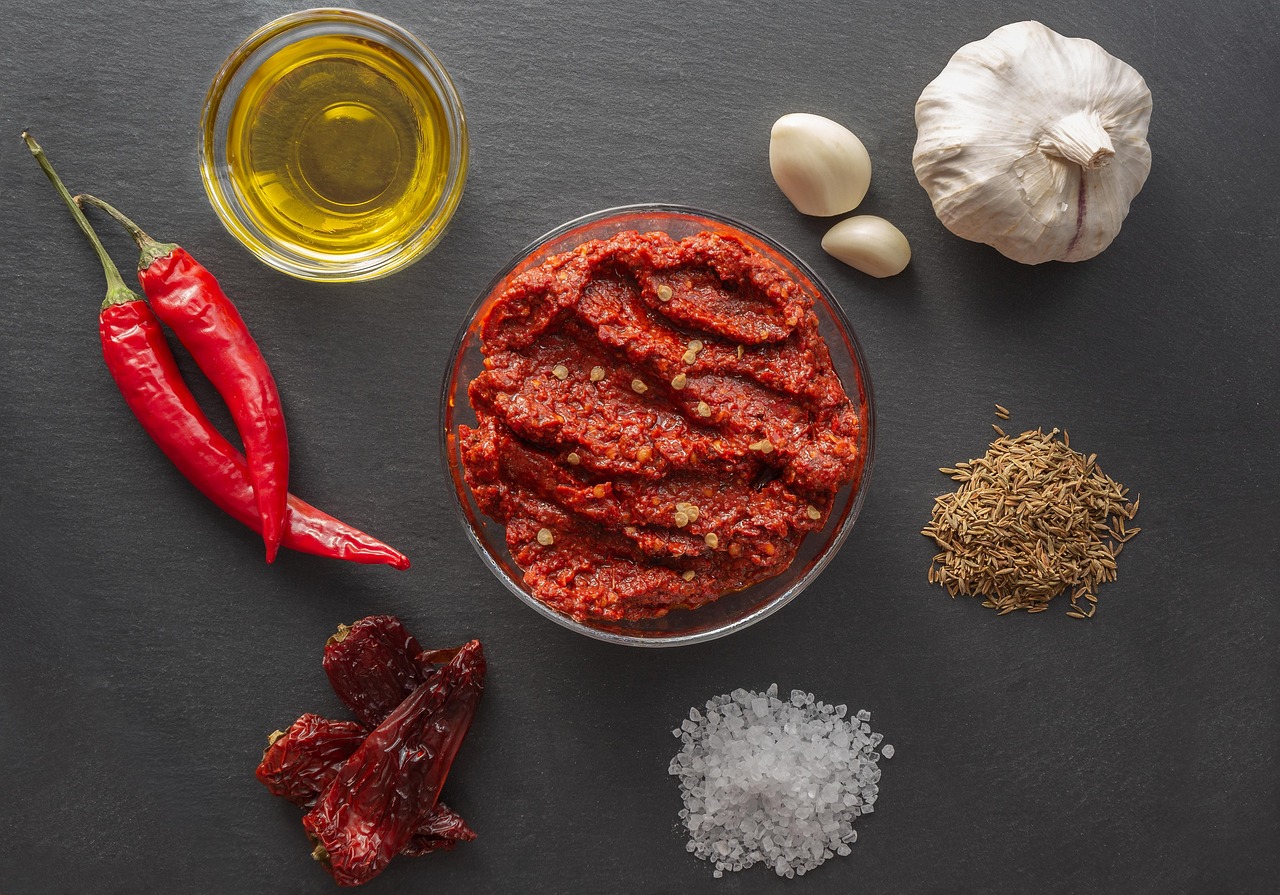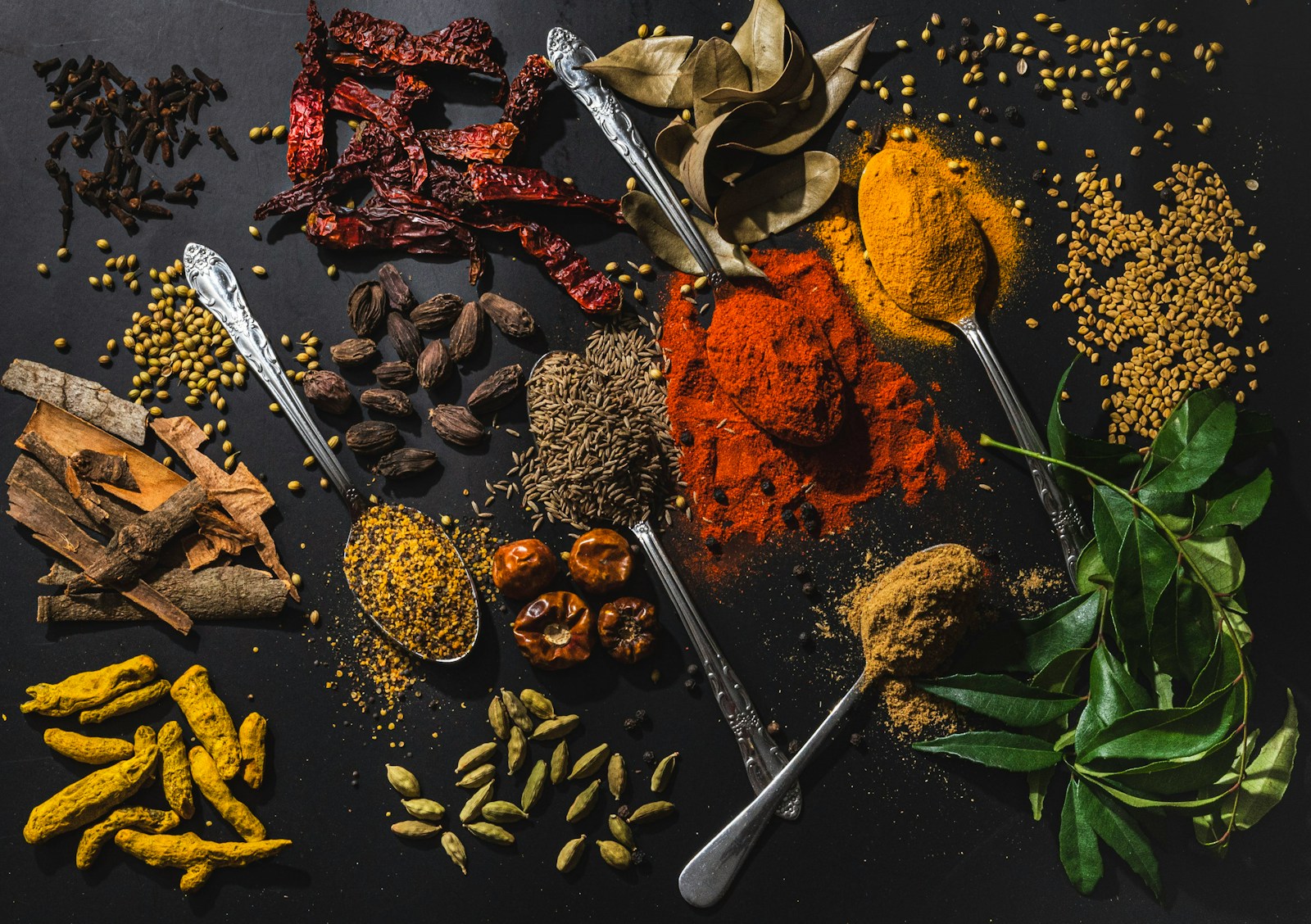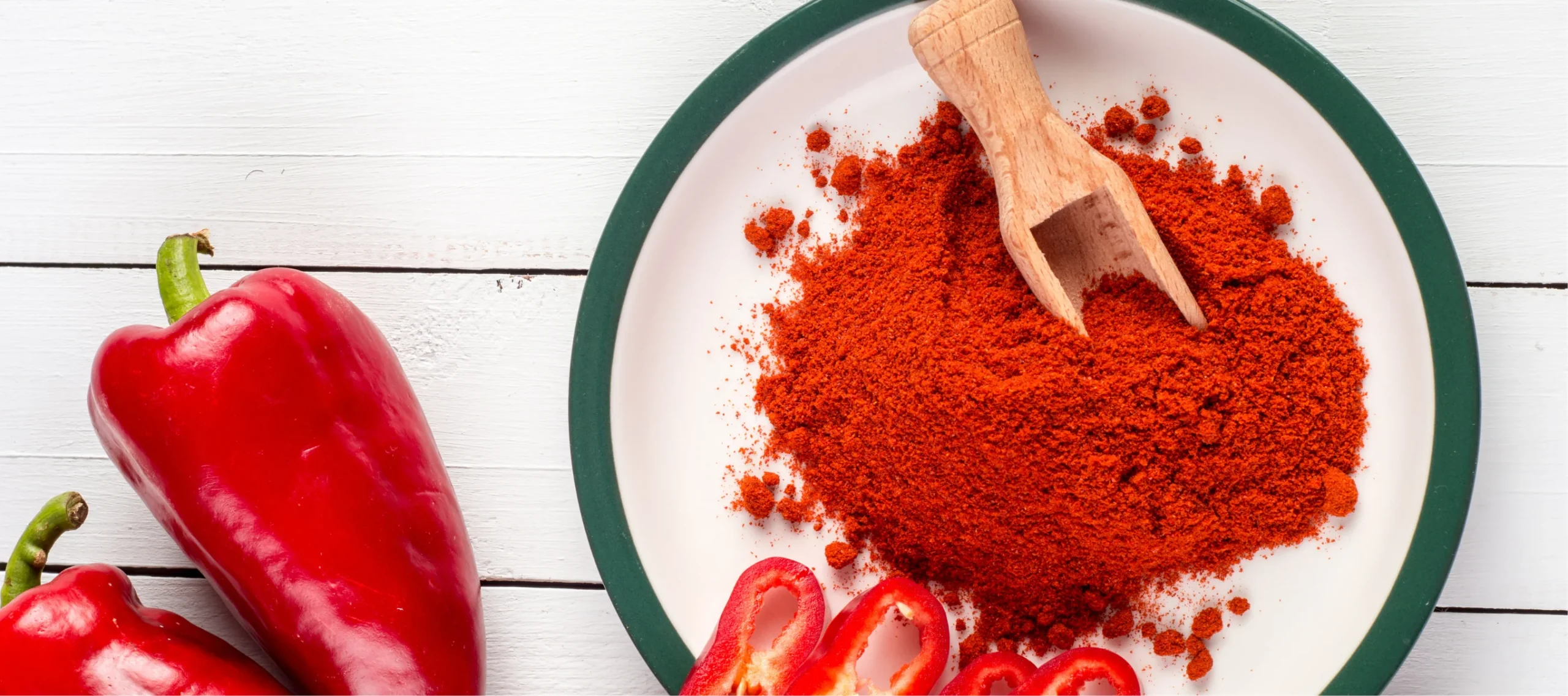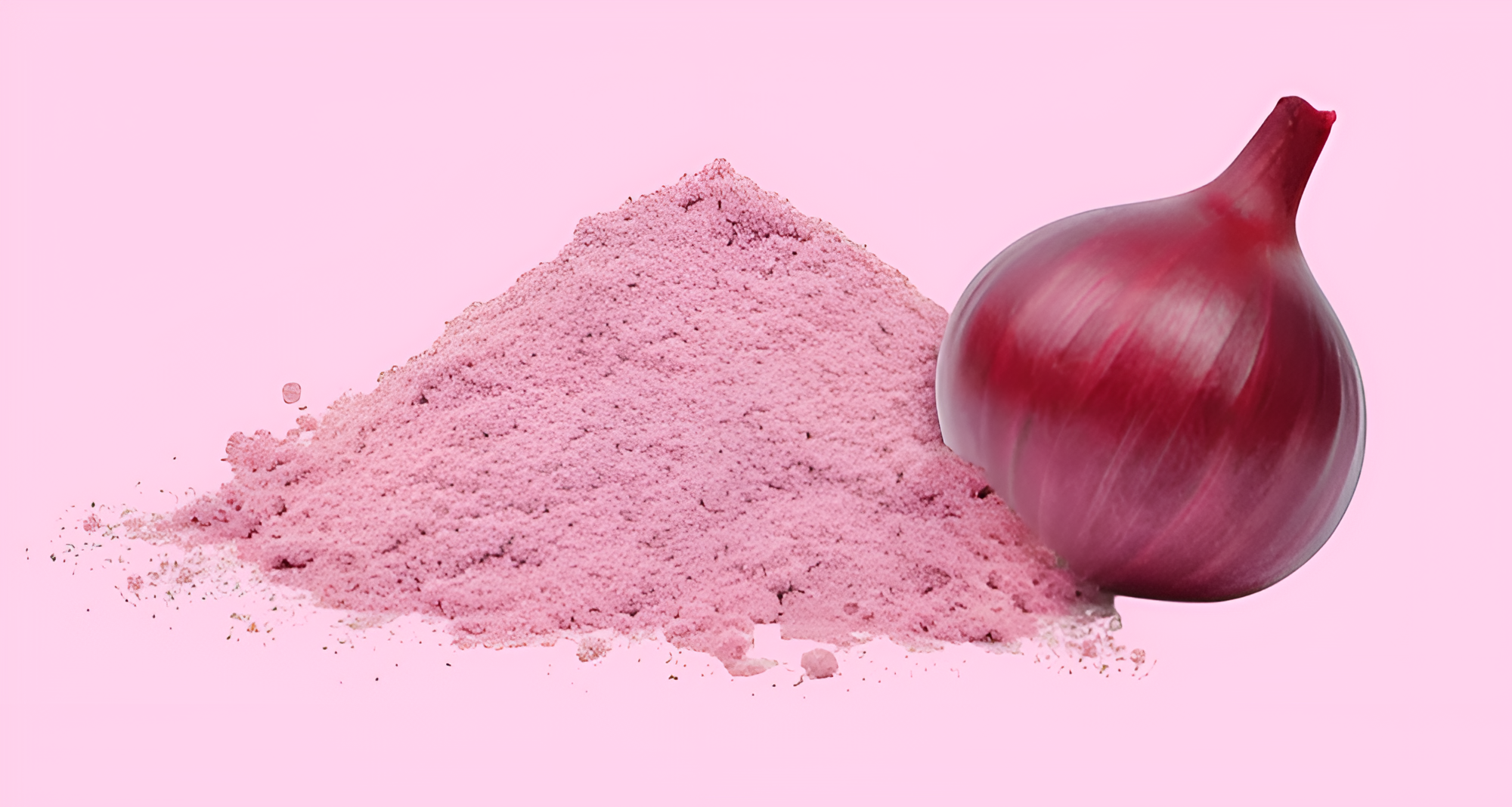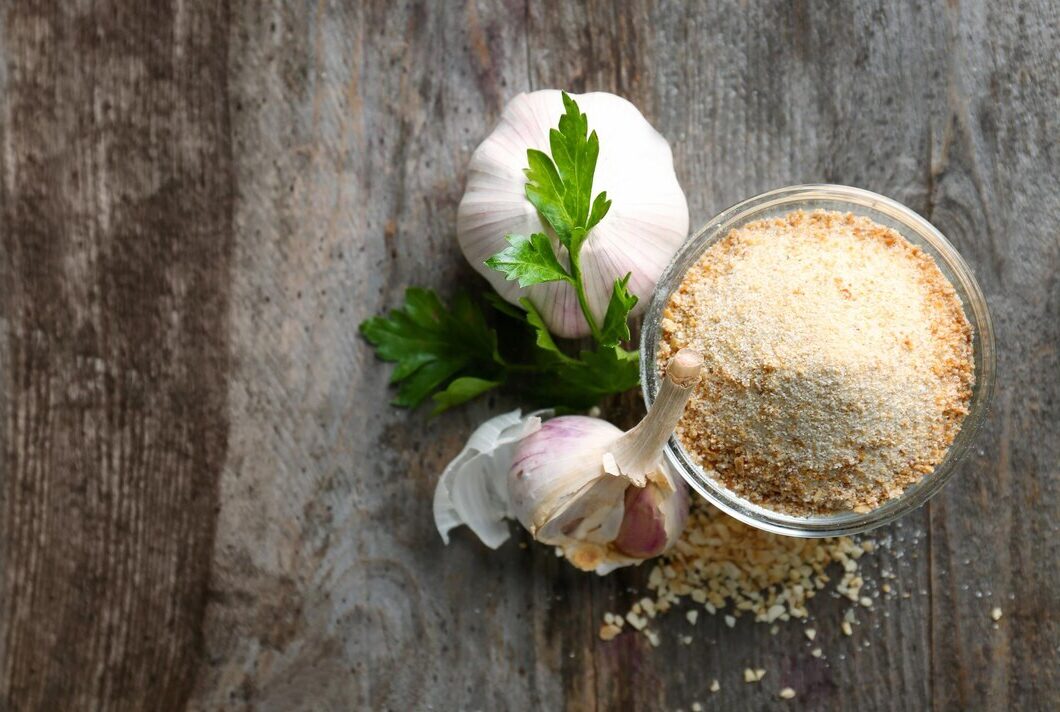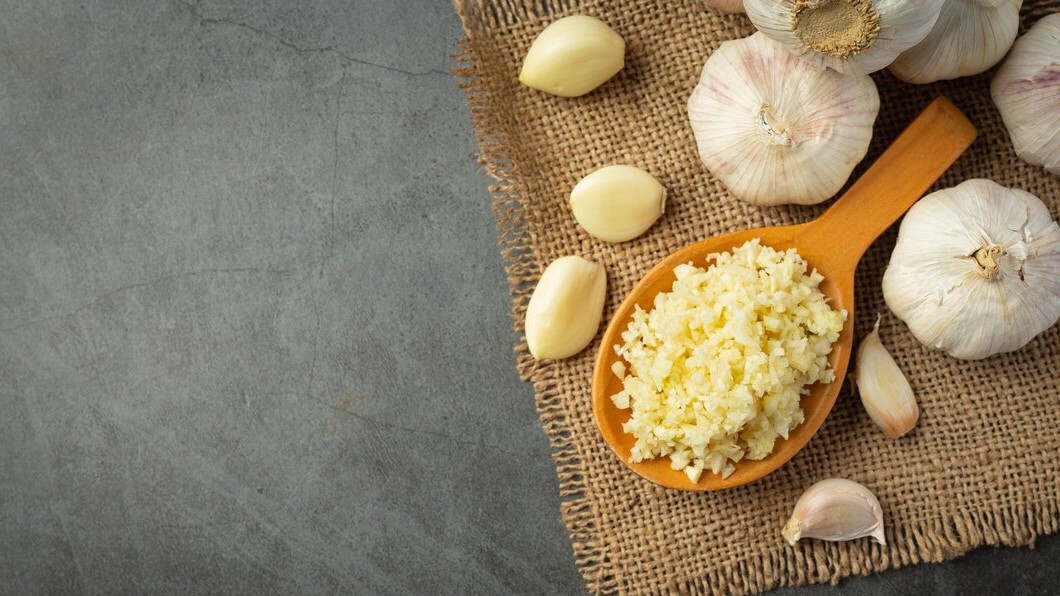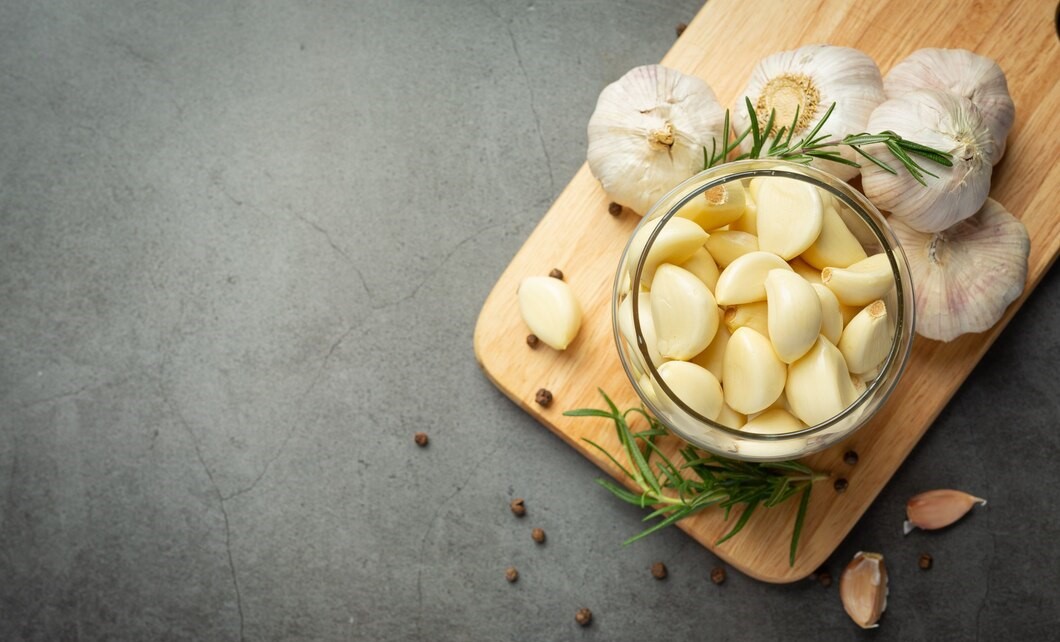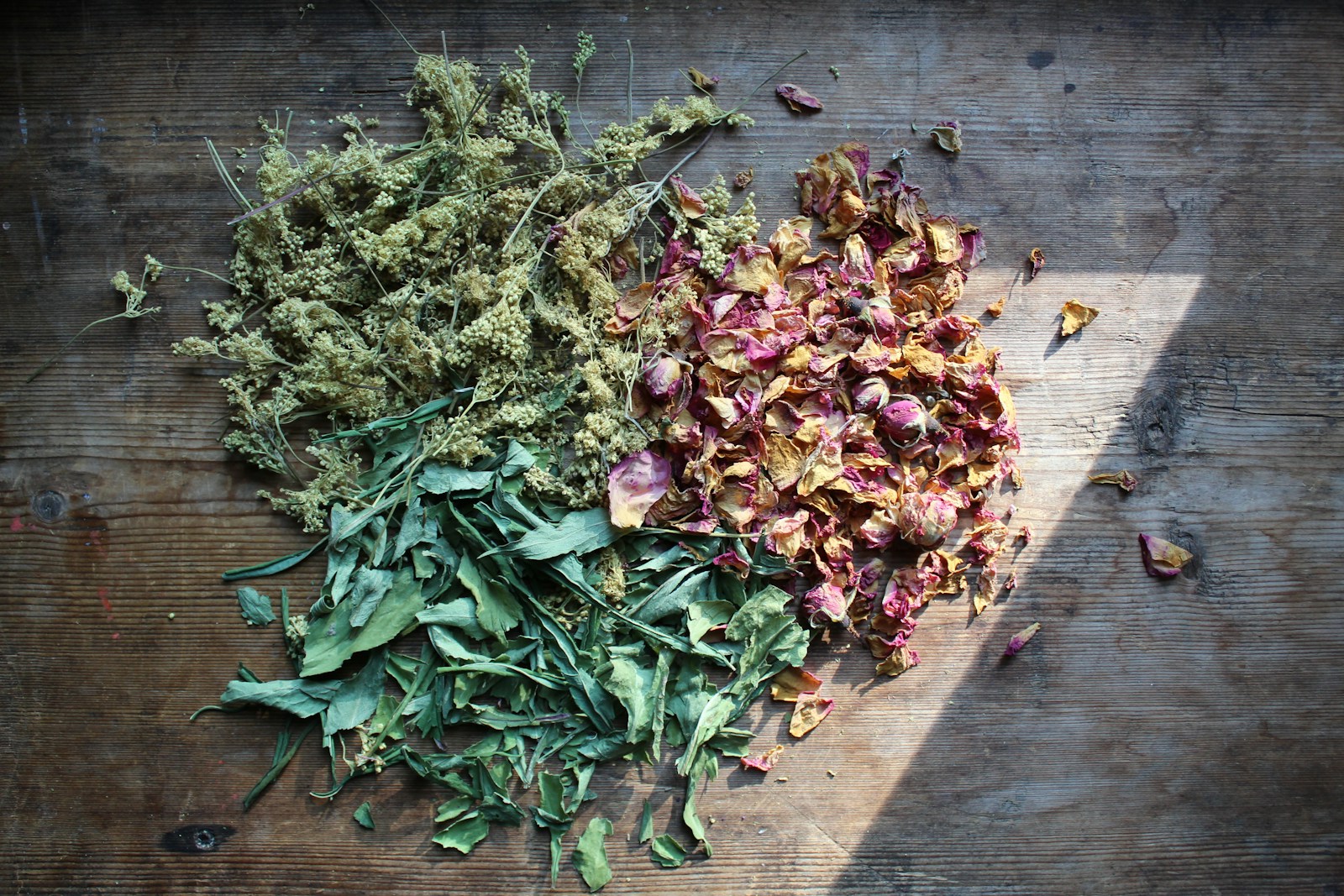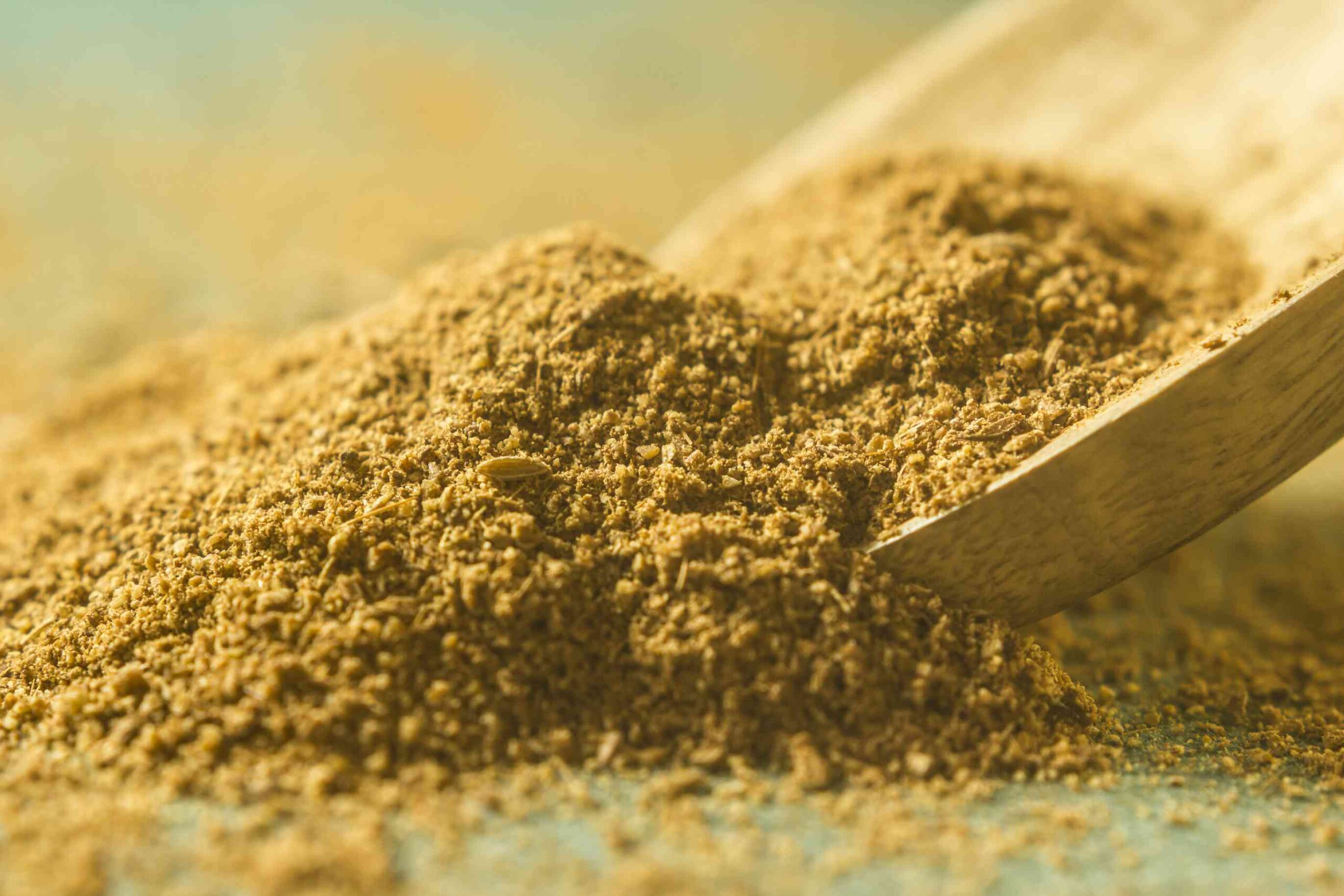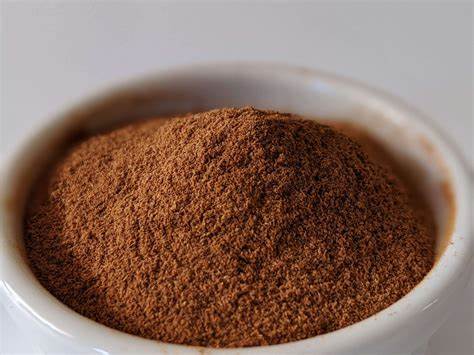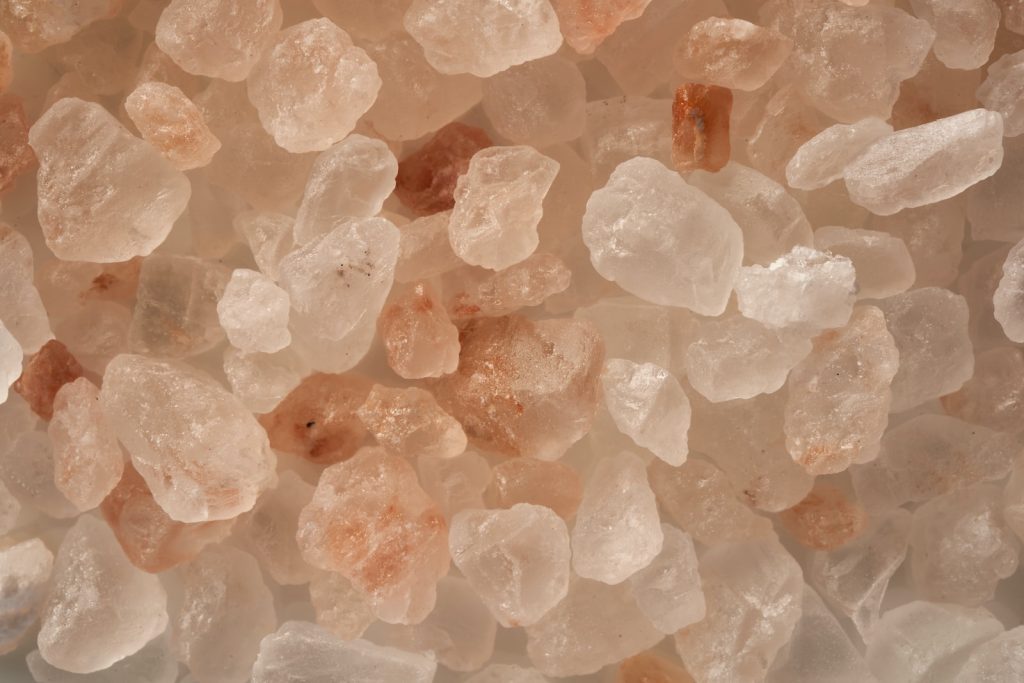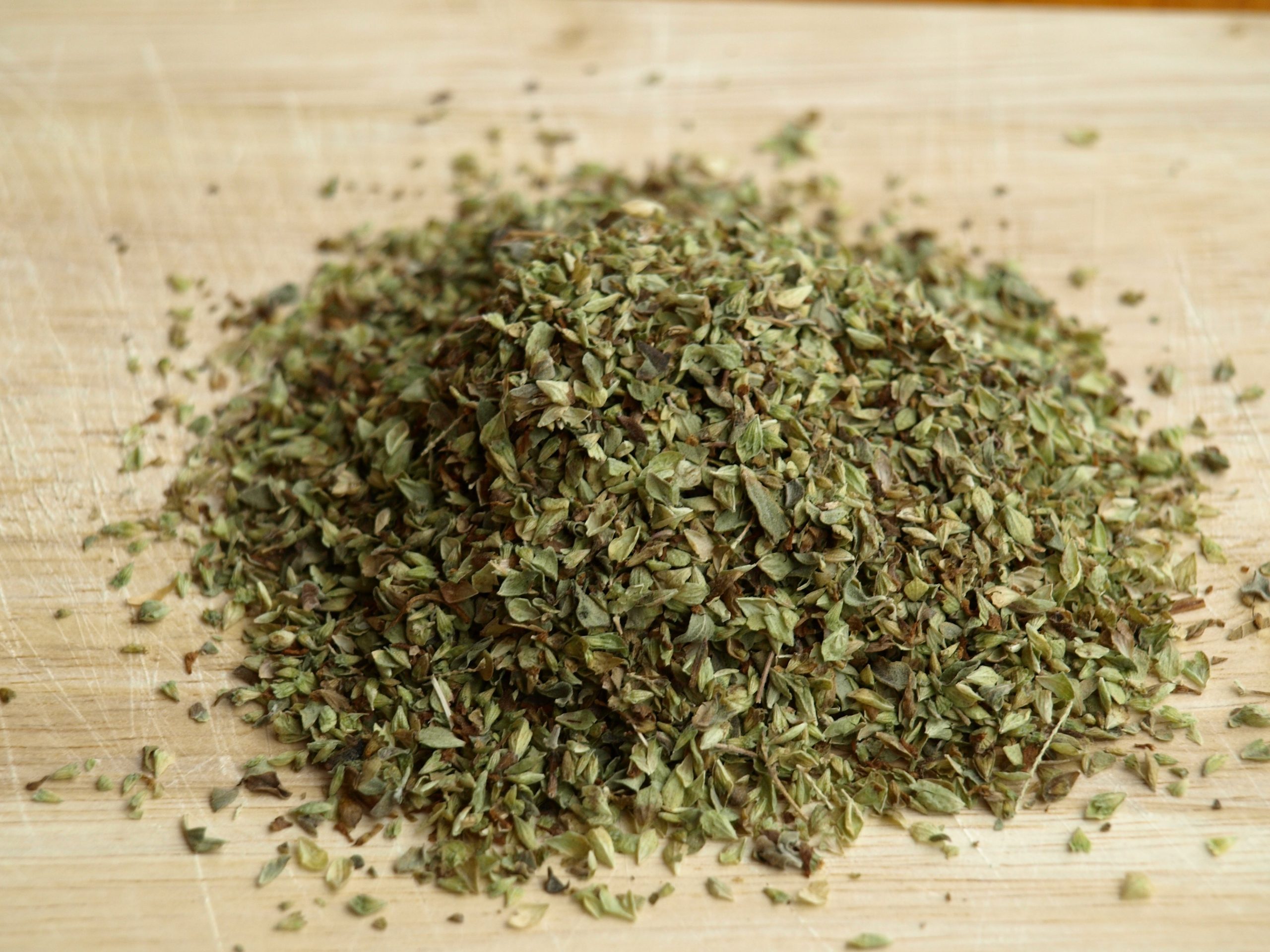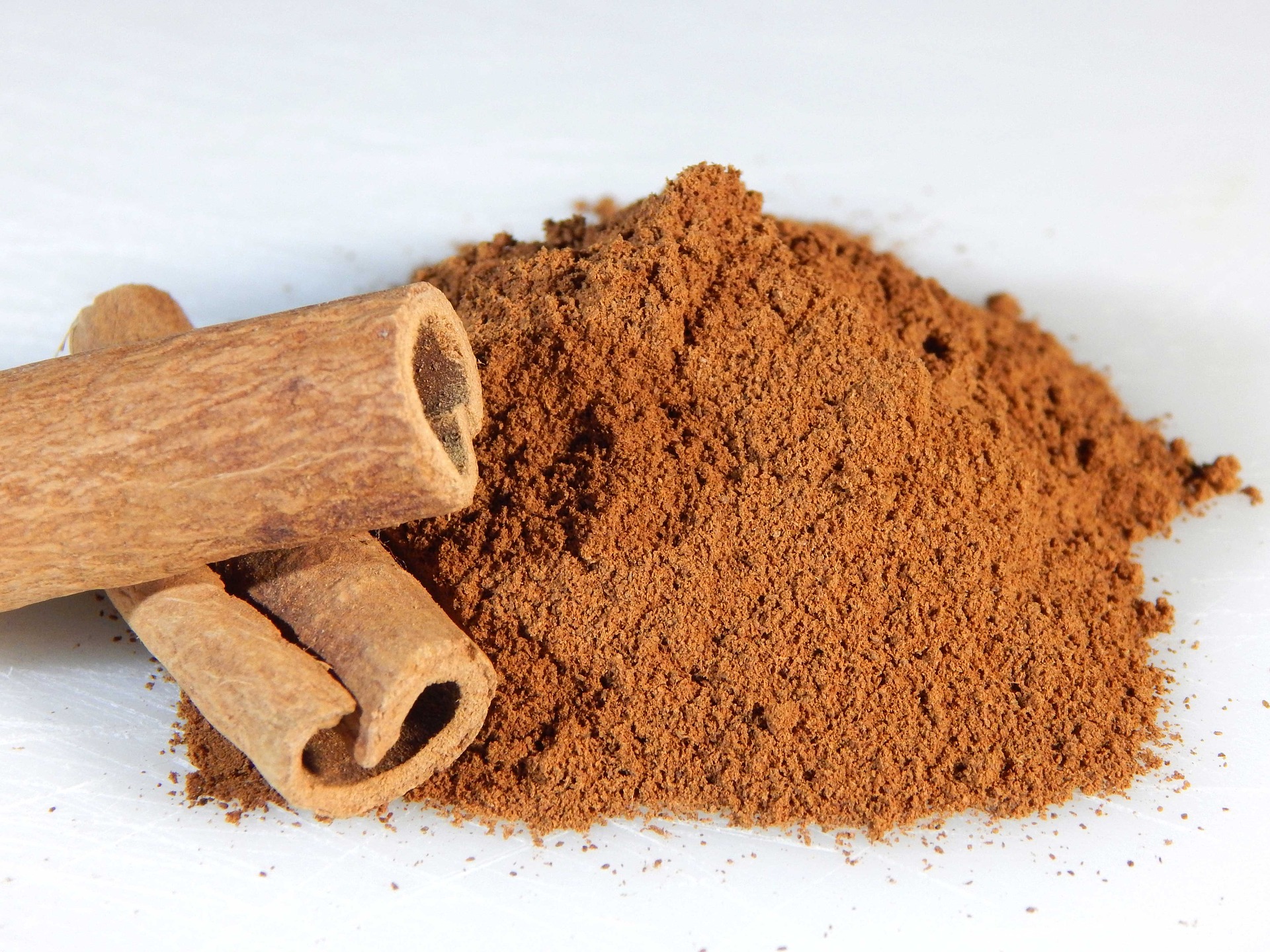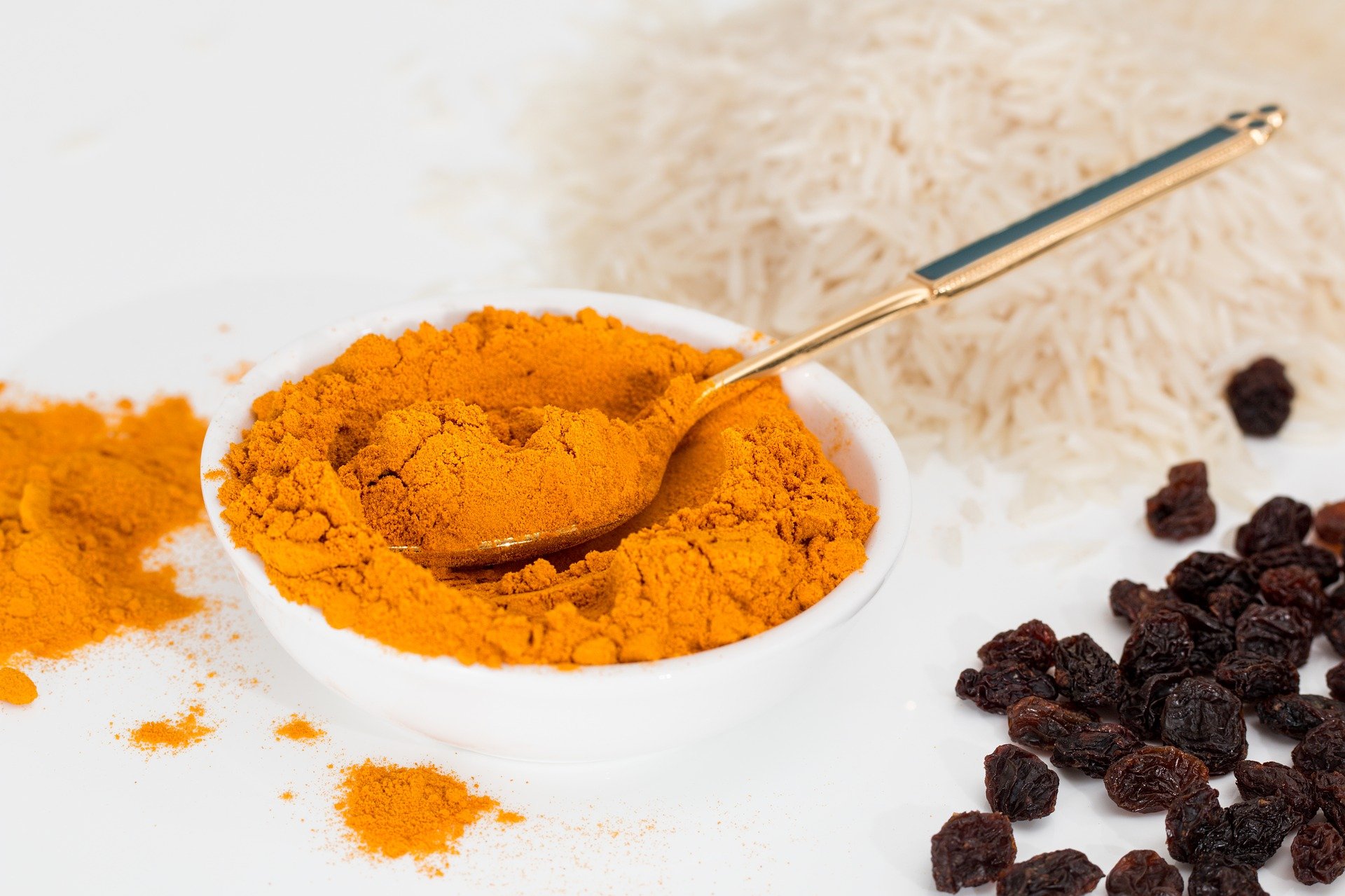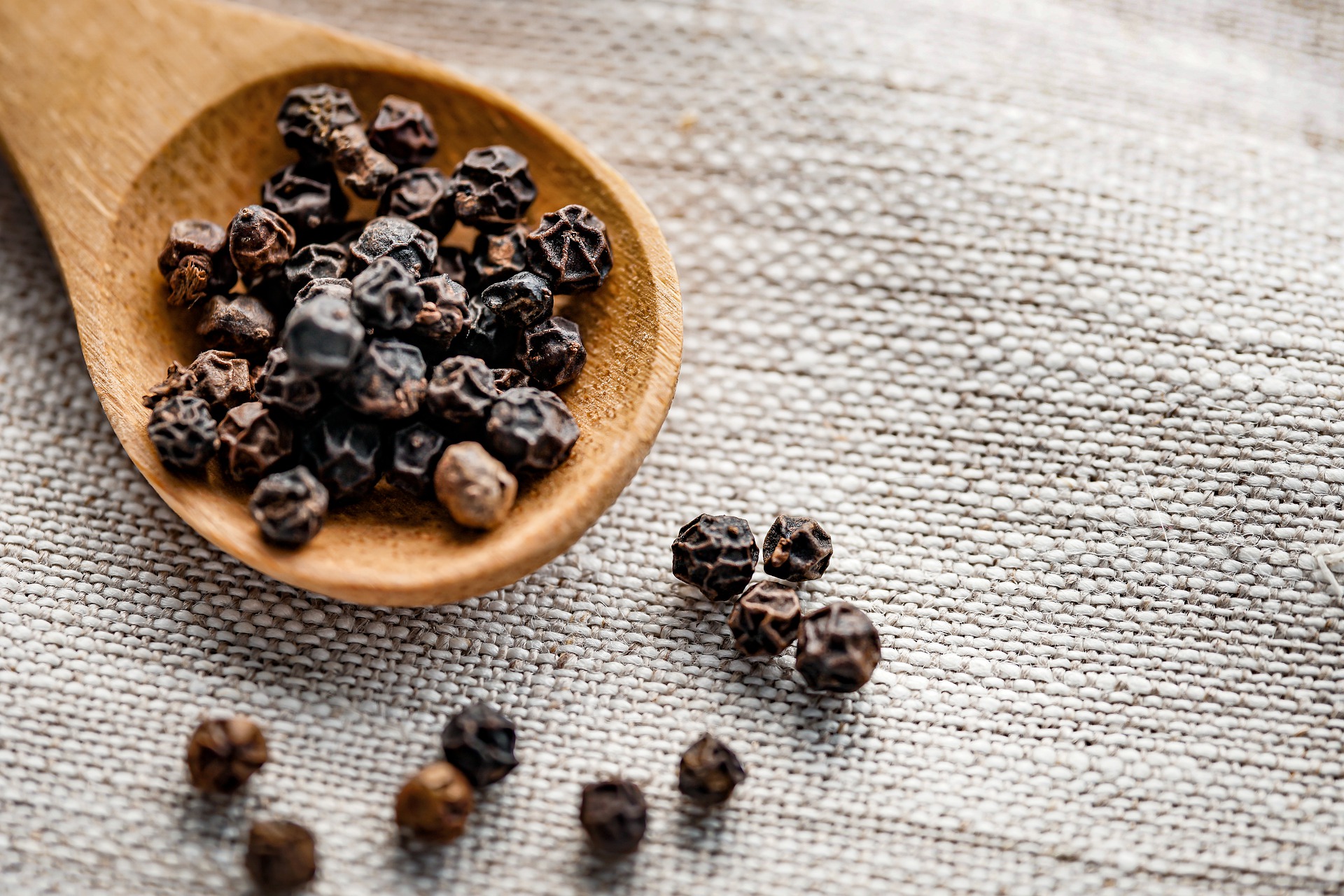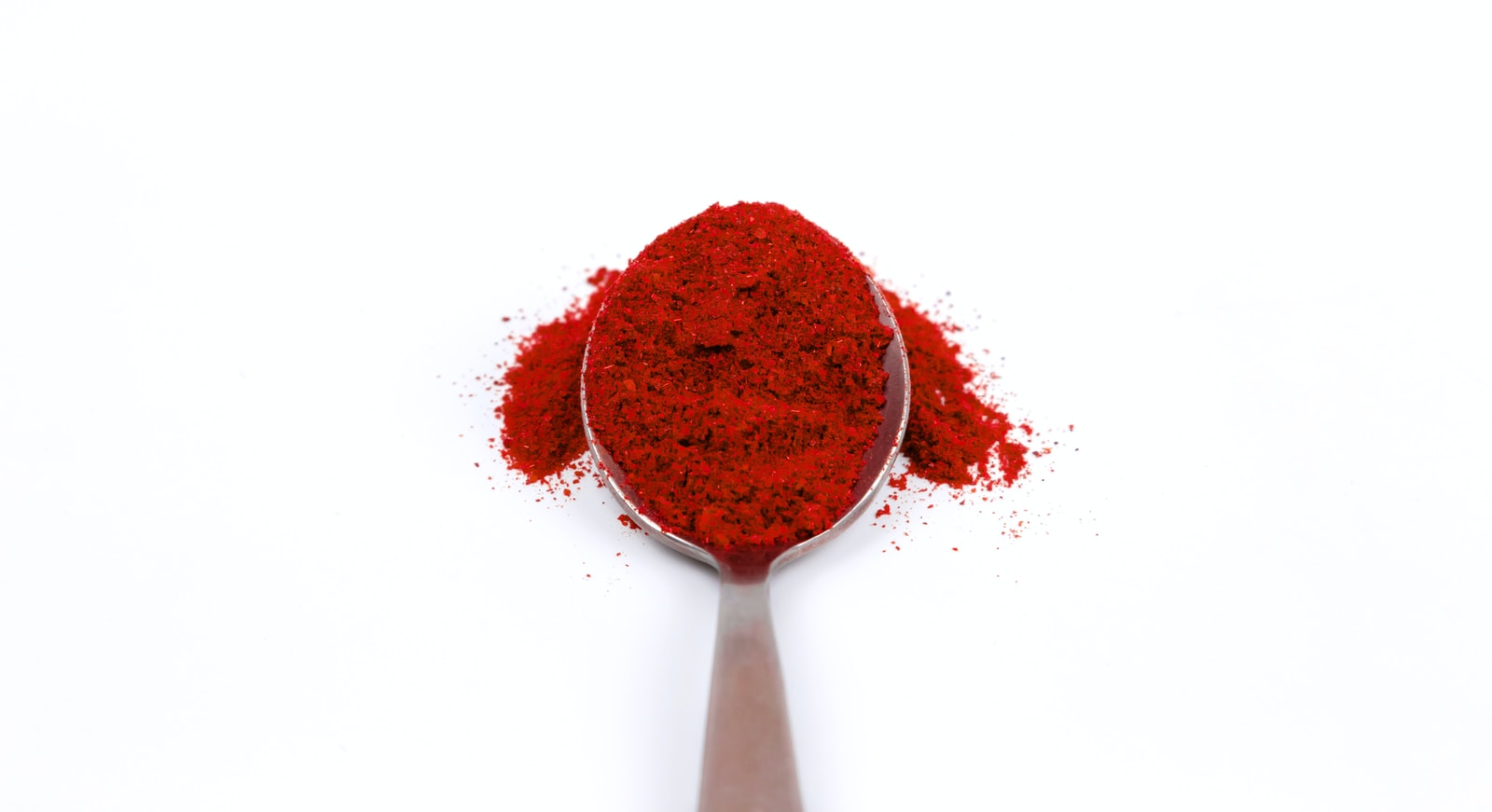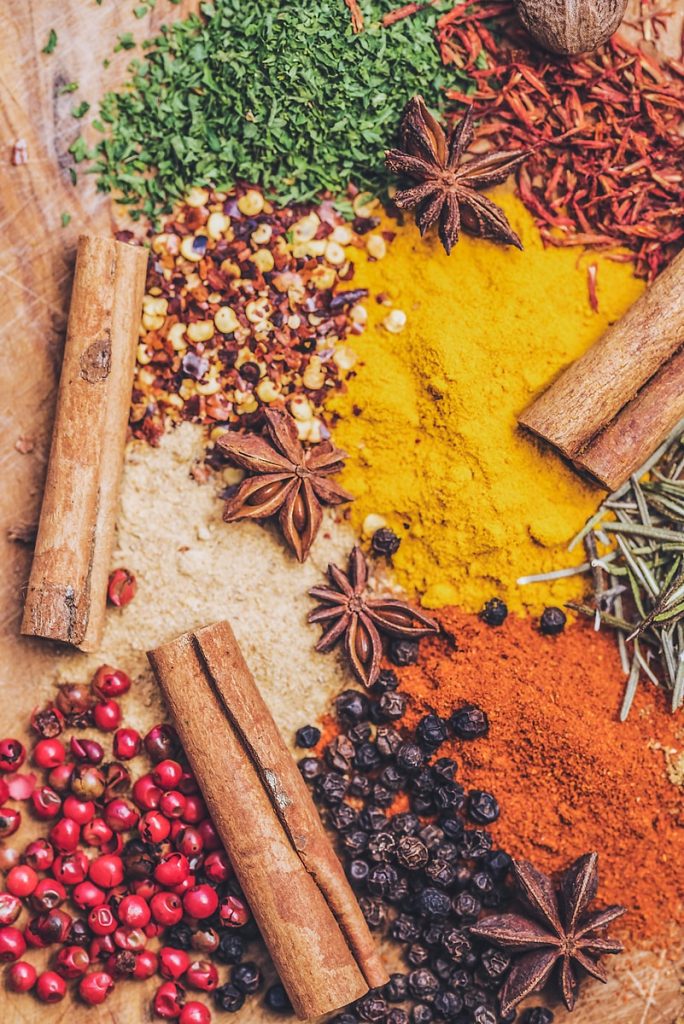
Spice Processing Equipment
Find innovative spices equipment and connect directly with world-leading technology suppliers
Spice manufacturing is one of the world's oldest trading products. The word spice refers to any dried part of a plant other than the leaves and is used for seasoning and food coloring. Spices are made from dried barks, roots, berries, and twigs, while green leafy parts of plants are considered herbs. Well-known examples include cinnamon, chilies, star anise, ginger, garlic salt, turmeric, cumin, or pepper, as well as pre-mixed blends such as Masala, Five-Spice Powder, or Old Bay.
Technology picks for processing spices
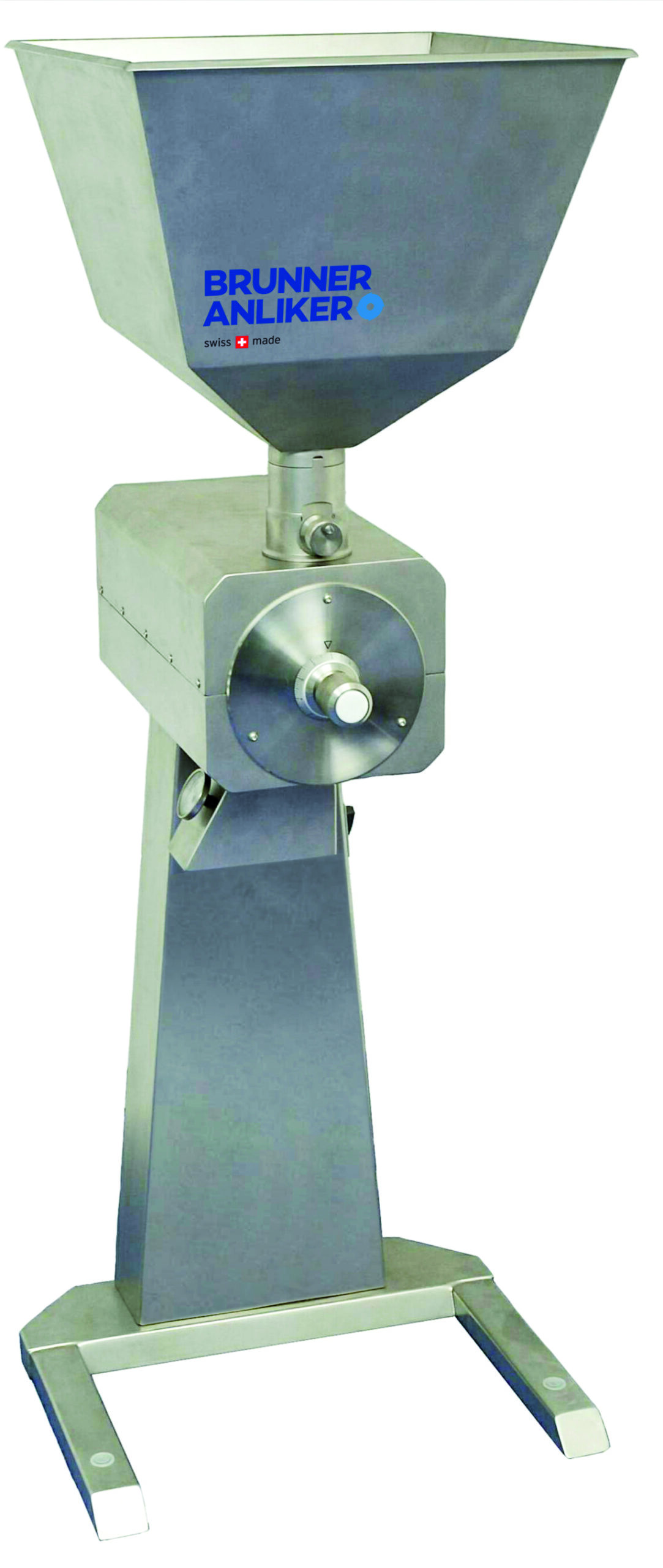
Grinder for spices and coffee
Gentle grinding of coffee down to all grades from coarse to fine requires high precision proce...
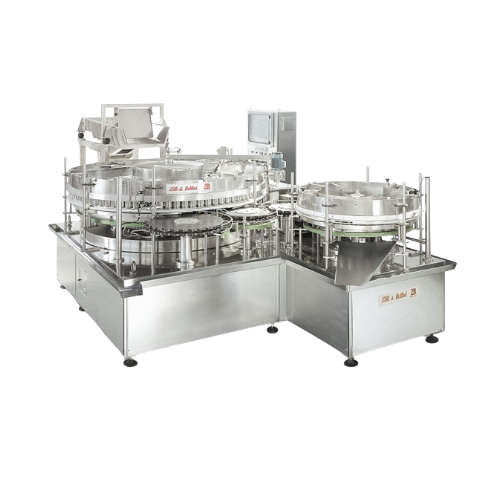
Spice doser for powdered and free-flowing dry vegetables
Optimize spice and dried vegetable packaging with precise dosing...
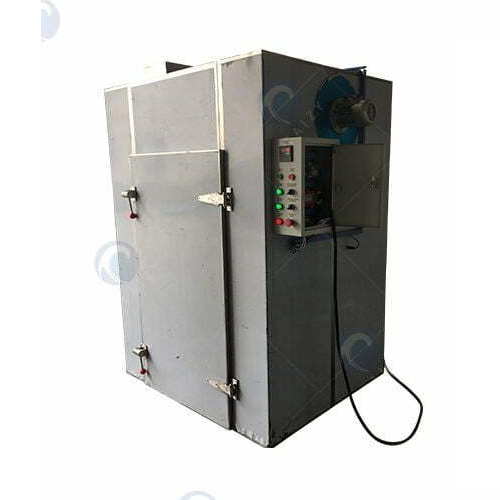
Ginger powder processing line
Optimize your spice production with comprehensive ginger powder processing, transforming fresh...

Infrared rotating drum dryer
Traditional drying methods are often slow and can actively damage ingredients, reducing the fin...
Select your spices process
Tell us about your production challenge
When producing spices for export compliance with various legal requirements and specifications on food safety, hygiene, traceability and control are essential. Due to continuing problems with high levels of pesticides, preservatives, aflatoxins and food additives, as well as salmonella contamination, it is likely that controls within the spice industry will become stricter in the future.
Production processes for making spices
Gentle drying or dehydration methods, like infrared drying or microwave vacuum drying, are used to reduce moisture content and ensure shelf life, while maintaining aromas, volatile oils, and color. Classification, cutting, and grinding processes are challenged by temperature changes, wear and explosion risks. Cryogenic spice grinding techniques with nitrogen or conditioned air help to minimize loss of essential oils while grinding at sub zero temperatures. Spice mixes and blends require gentle mixing and homogenization to create dust-free, uniform, free flowing batches but also blend up liquids such as oils, fat and other extracts.
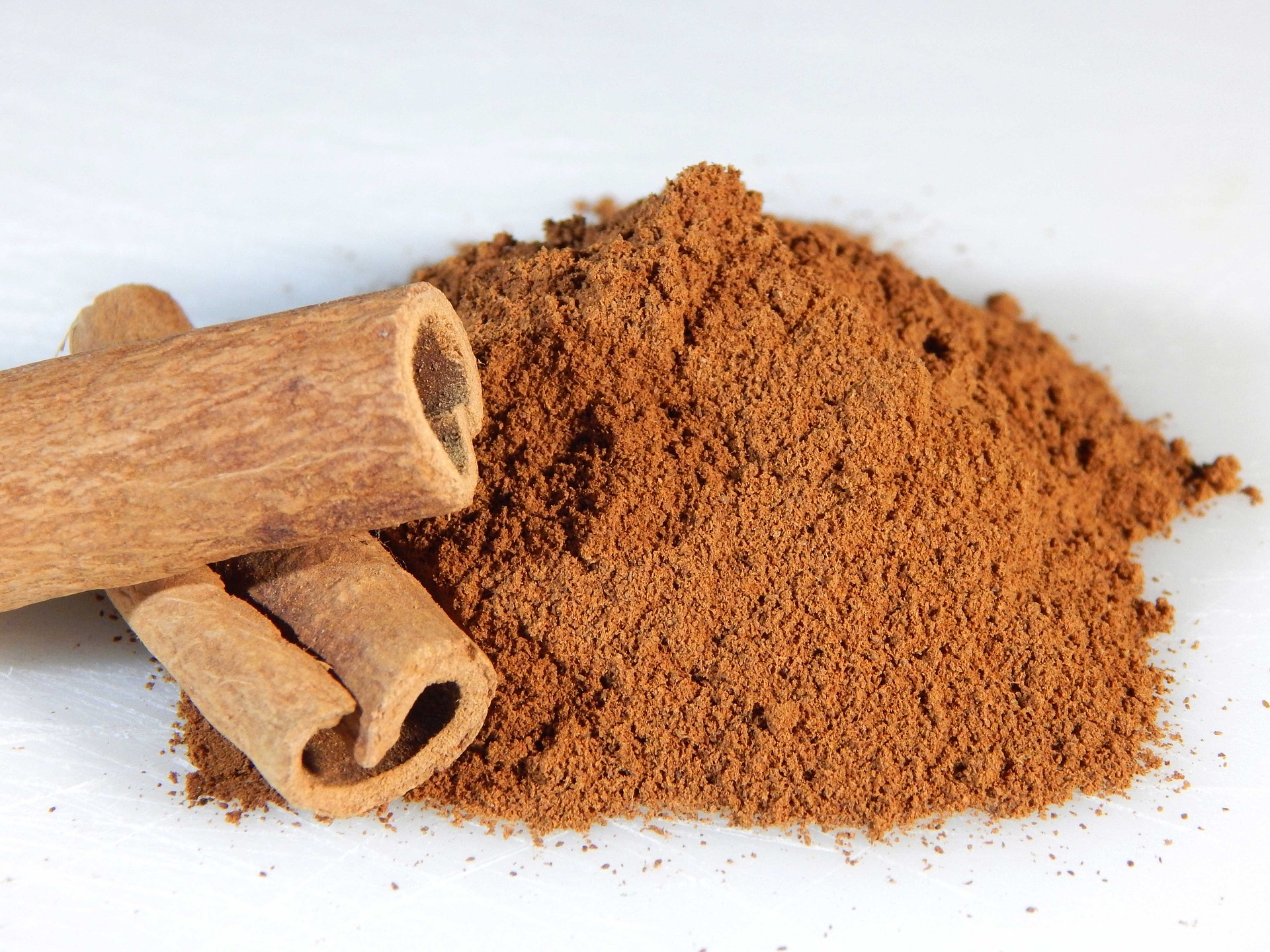
Producing cinnamon spice - drying process is the key!
Cinnamon is the dried inner bark of the tree species from the genus Cinnamomum, and is known for its brown color and sweet aroma and flavor. Shoots are first scraped with a semicircular blade and then rubbed with a brass rod to loosen the bark, which is split with a knife and peeled. The peels are telescoped one into another, forming a quill. After this, they are left to dry naturally for 4-5 days. However, true cinnamon thrives in a warm, wet climate thus it is necessary to use a mechanical dryer to complete the drying process.
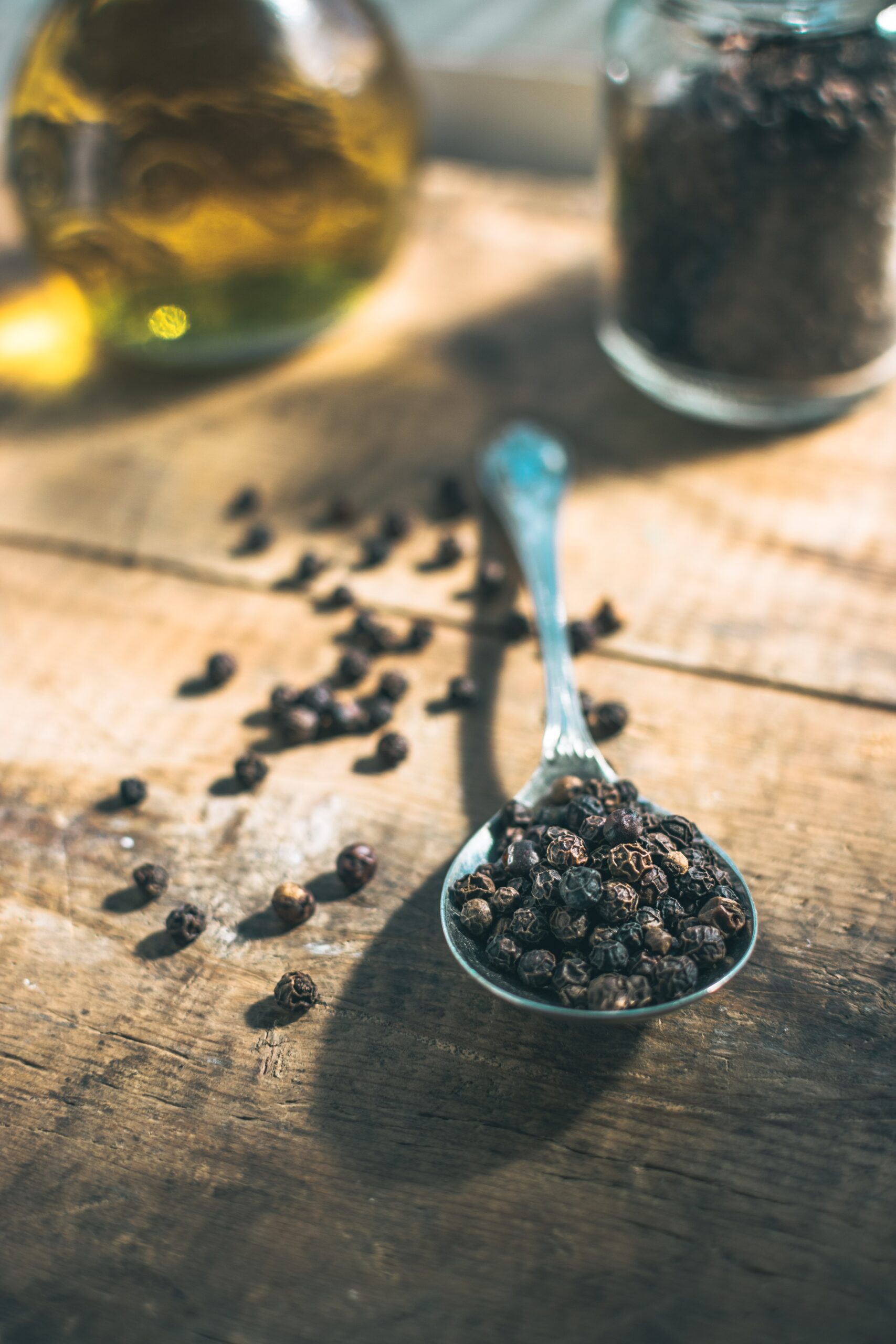
Peppercorns sterilization process - incorporate infrared drying technology to decrease microbial load
Peppercorns are the unripe fruit of the piper nigrum plant. Collected fruits are immersed in boiling water for about 10 minutes, which causes them to turn dark brown or black in an hour. The softened outer coating is then removed by washing and rubbing or trampling. The whole peppercorns, when ground, yield black pepper. To reduce microbial load on peppers, such as TPC, E.coli, salmonella, yeast, mold, infrared drying technology can be used for sterilization of ground spices while avoiding overheating and loss of essential oils.
Filling, dosing and spice packaging technology
Powder characteristics such as particle density, flowability, dustiness and segregation tendency will determine the type of dosing and filling systems suitable for your product. Whole spices such as the seeds from cardamom and coriander can easily be ground into fine powders using automated grinding machines. Uniformity of a final blend or mixture is needed to guarantee the ingredient ratio. Whether you would like to pack your spices into small stick-packs, stand up pouches, containers or jars, it’s important to find a technology that matches your production process and scale.
Which spices technology do you need?

Spice doser for powdered and free-flowing dry vegetables
Optimize spice and dried vegetable packaging with precise dosing...
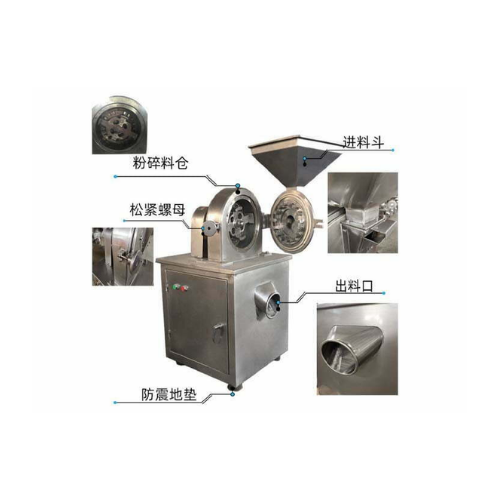
Spice and pharmaceutical powder grinder
Efficiently transform raw materials into fine powders, ensuring optimal consistency...

Grinder for spices and coffee
Gentle grinding of coffee down to all grades from coarse to fine requires high precision proce...
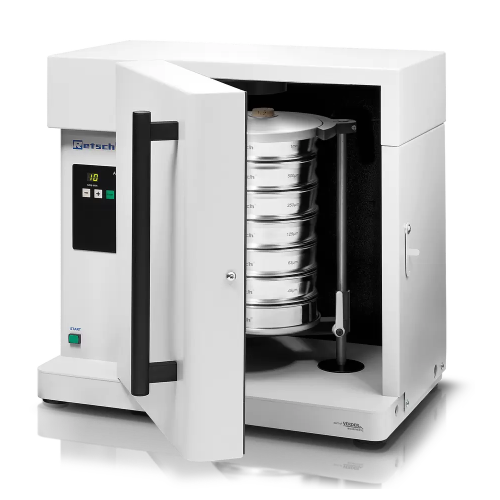
Precision sieve shaker for particle size analysis
Achieve precise particle size separation with a sieve shaker designed f...
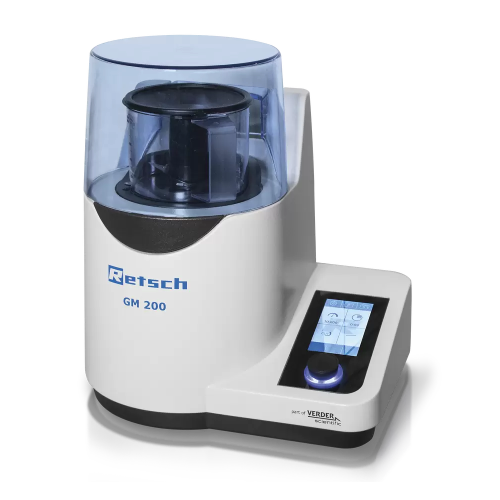
Knife mill for food and feed sample grinding and homogenization
Achieve consistent texture and precise size reduction of...
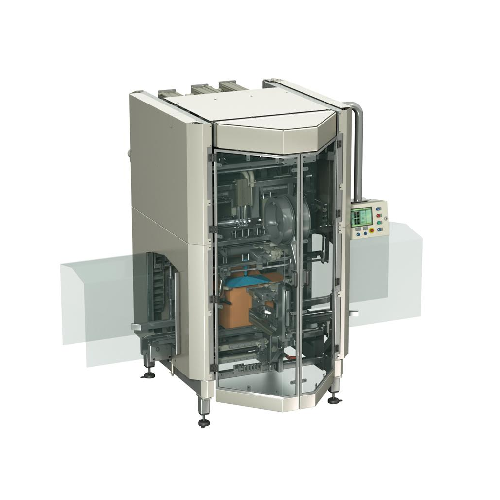
Industrial bag tie-wrapping solution
Ensure your bulk packaging is reliably sealed with a tamper-evident tie-wrap, allowing...
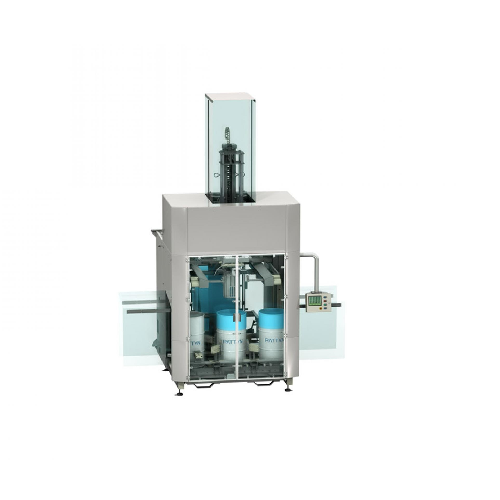
Bag inserter for drums
Effortlessly streamline your packaging process by automatically inserting custom-made bags into drums,...
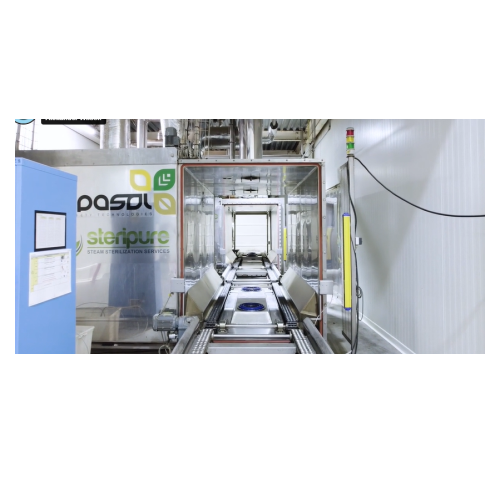
Roasting and pasteurization system for nuts and seeds
Ensure optimal pasteurization and roasting of nuts, seeds, and drie...
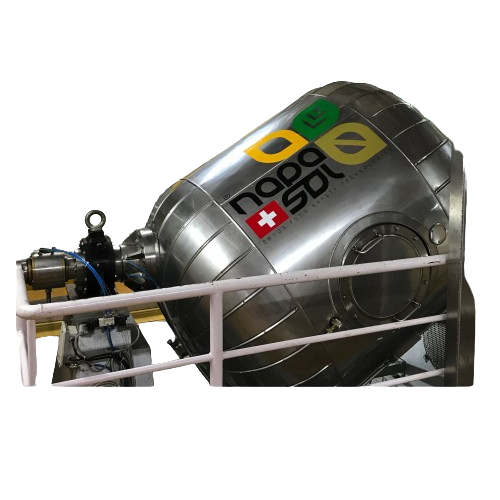
Roasting and pasteurization solution for nuts and seeds
Optimize your product line with seamless blending and pasteurizat...
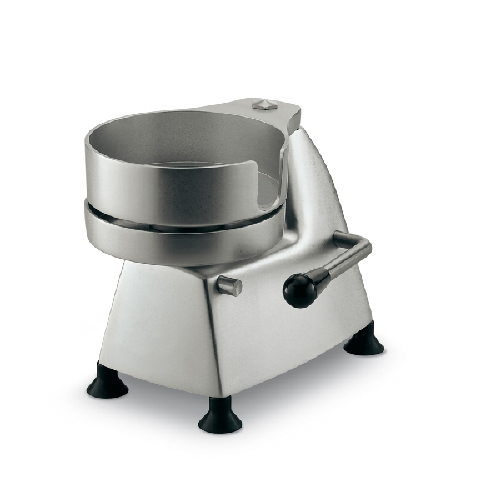
Manual patty formers for 180mm burgers
Effortlessly mold uniform 180mm patties from diverse ingredients, ensuring consisten...
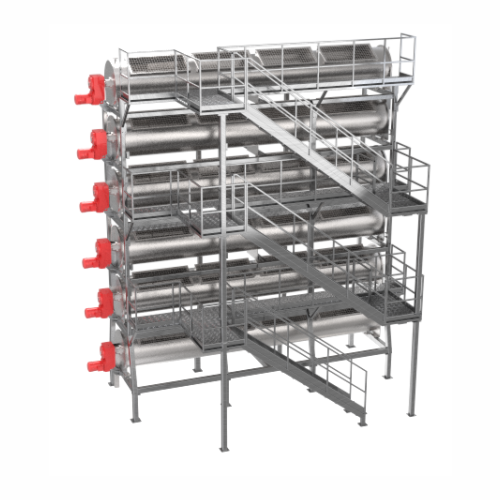
Sesame seed roaster
Achieve consistently roasted sesame seeds and nuts with optimal moisture control, designed to enhance fla...
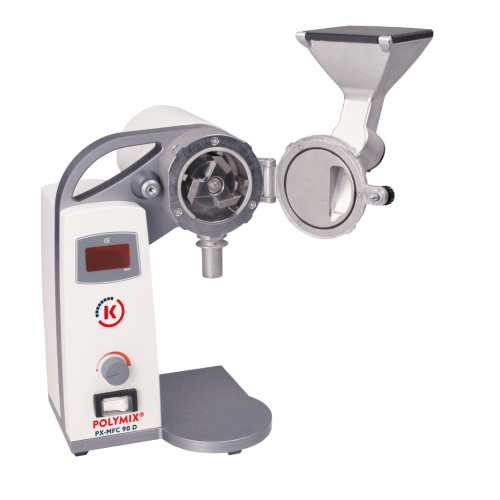
Dry sample preparation mil
Optimize your grinding processes with precision particle size reduction for various materials, en...
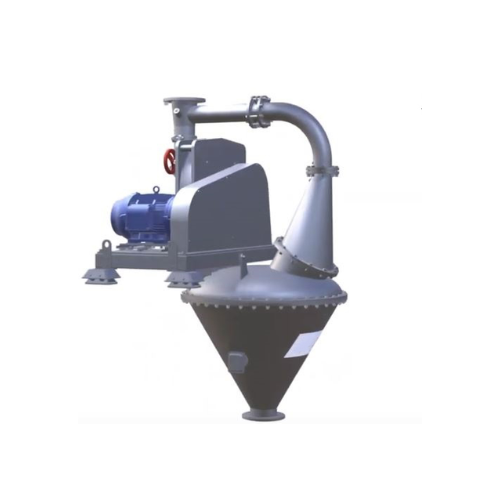
Universal mill for fine grinding in food and pharma industries
Achieve unparalleled particle size reduction with high-pe...
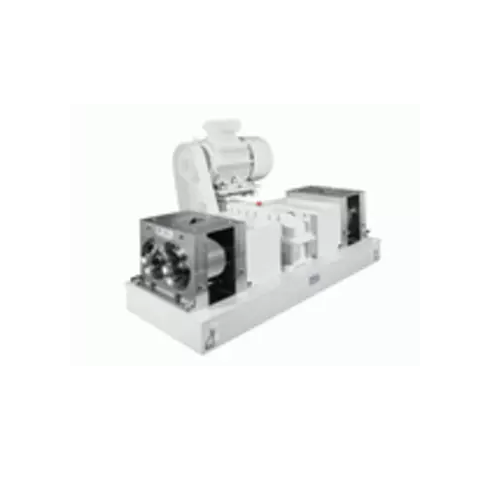
Pelleting and spheronizing equipment for chemical granulates
Optimize your production line with versatile pelleting and ...
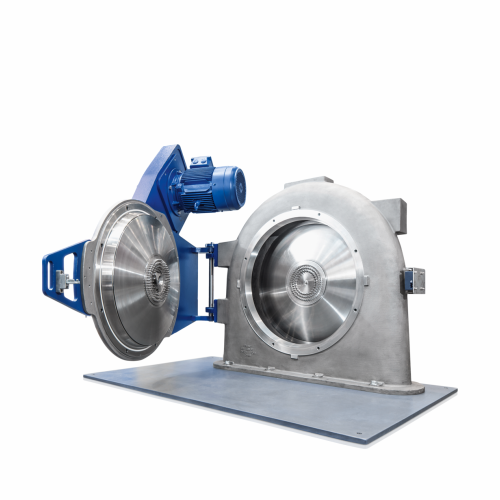
Pin mill for fine grinding of sticky materials
Achieve ultra-fine grinding of challenging materials with high speed and pr...
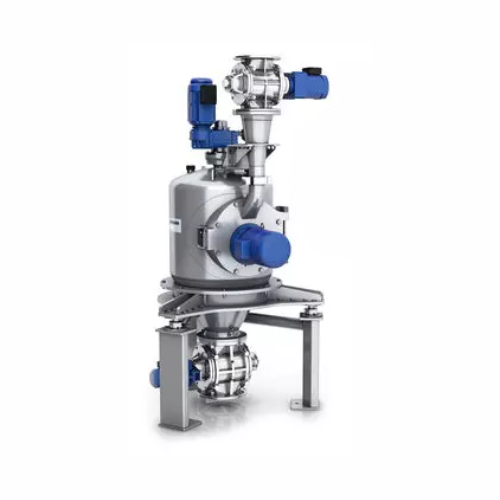
Sugar grinding and recrystallization system
Optimize your sugar production with a system that integrates grinding and recr...
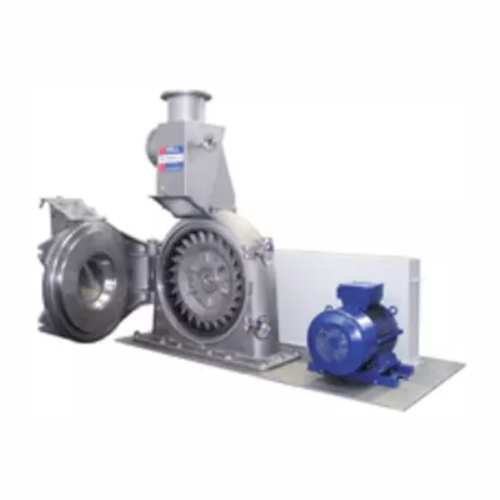
Versatile fine impact mill for soft materials
Achieve precision grinding with flexibility for a wide range of materials, e...
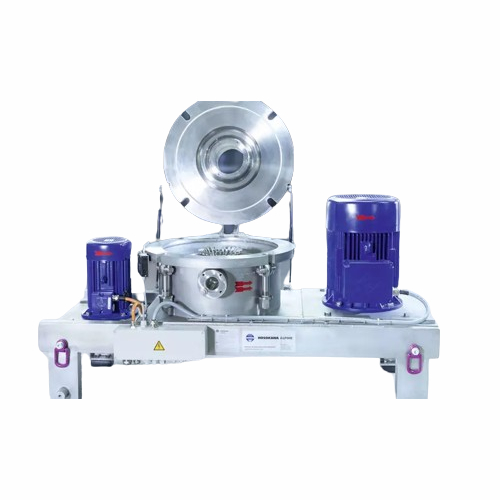
Classifier mill for ultrafine grinding
Achieve precise particle size distribution and contamination-free processing with th...
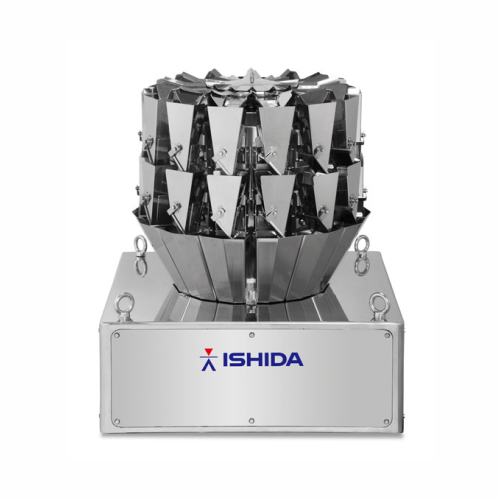
High precision weigher for small package weights
Achieve precise micro-dosing with unmatched accuracy at high speeds, opti...
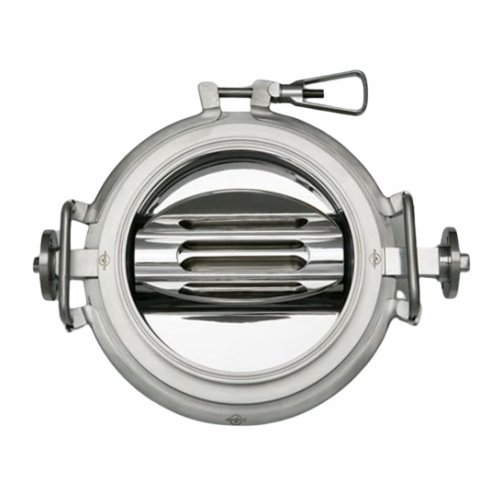
High-accuracy rotary dosing valve for fine material feeding
Ensure precise dosage of fine powders and granules, enhancin...
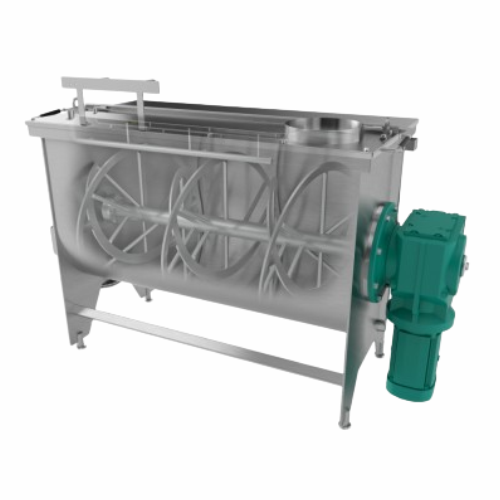
Ribbon blender for homogeneous blending of solids
Achieve perfectly consistent blends with a ribbon blender that ensures ...
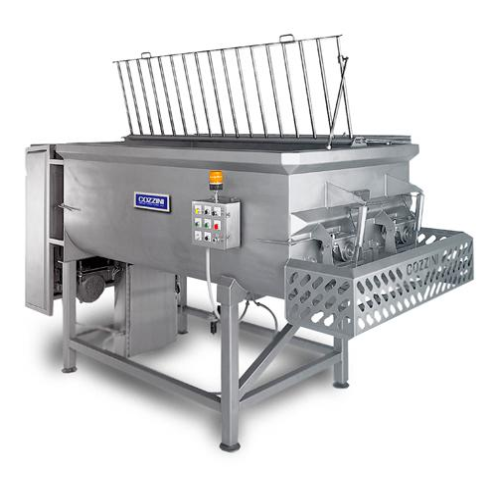
Industrial food mixer for high-volume processing
Achieve consistent mixing and precise blending of diverse food ingredient...
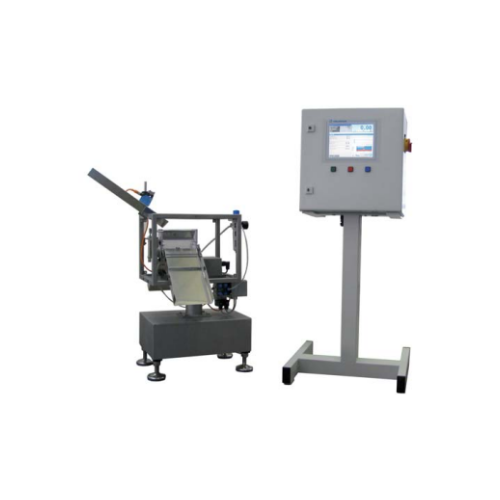
Static checkweigher for accurate measurement
For those needing unparalleled precision, this static checkweigher ensures ex...
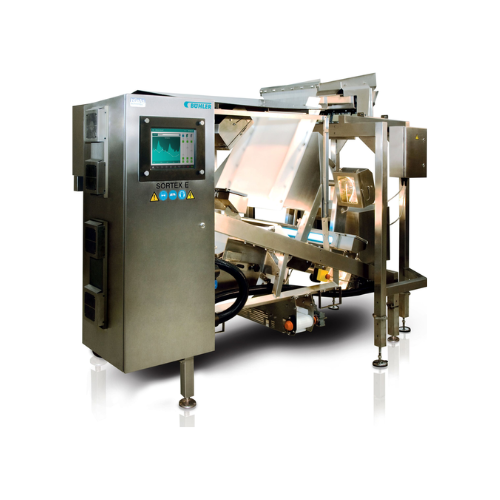
Optical sorter for frozen fruit and vegetable processing
Enhance your processing line’s efficiency with high-speed ...
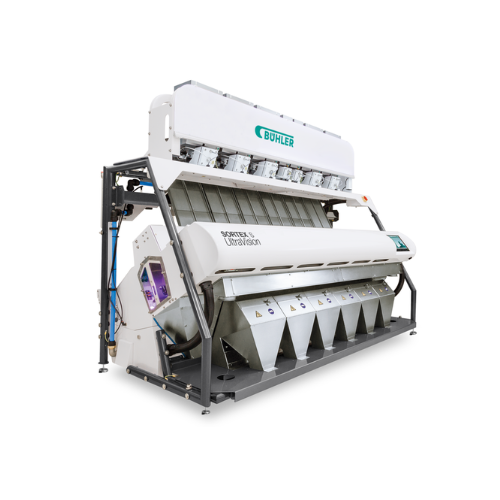
Optical sorter for rice
Enhance your product quality by efficiently sorting and removing color defects and foreign materials ...
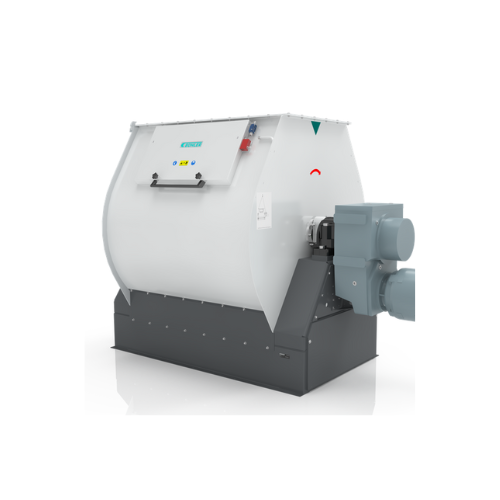
Batch mixer for animal feed
Streamline your mixing process with a high-speed batch mixer that delivers up to 20 mixing cycle...
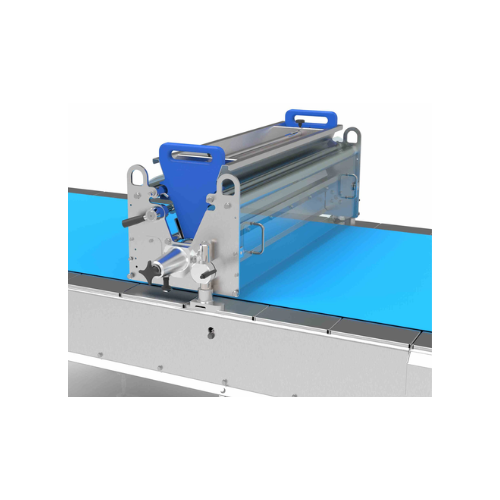
Sprinkling unit for confectionery and baked goods
Achieve precise and uniform toppings on baked goods with versatile and ...
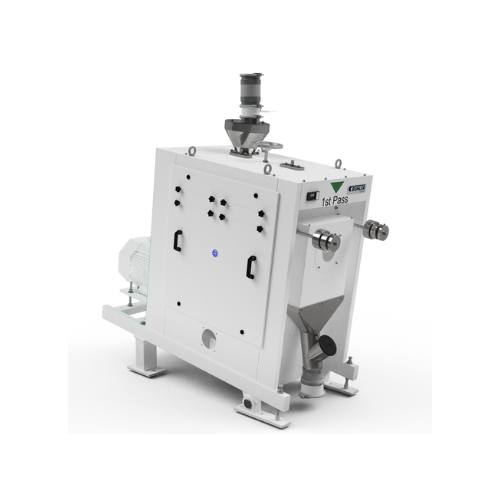
Pulse huller for high throughput applications
Efficiently hull a wide variety of pulses and spices to enhance product qual...
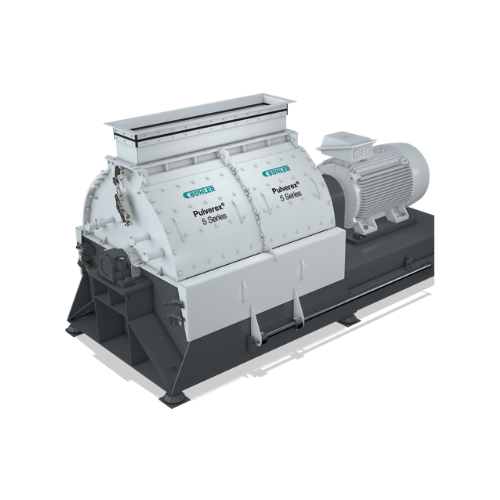
Pulverizer for fine grinding applications
Achieve optimal particle size distribution and enhance throughput with this adva...
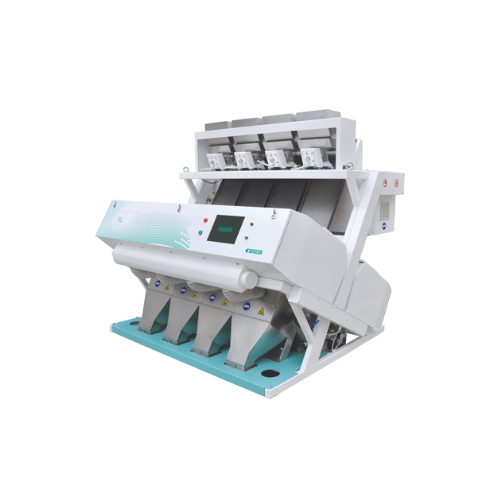
Optical sorter for grain and seed sorting
Ensure precise defect detection and efficient sorting of grains, pulses, and see...
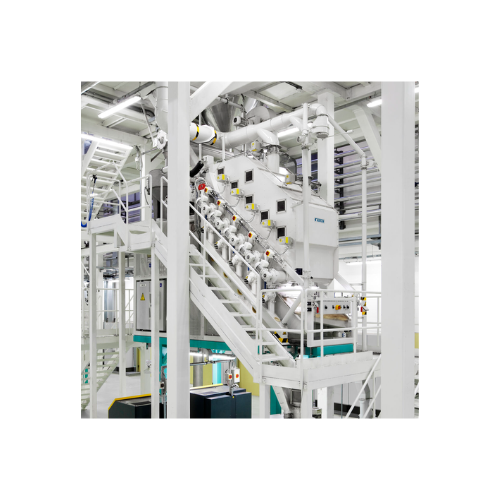
Winnowing system for cocoa processing
Achieve precise cocoa separation with a high-efficiency winnowing system designed for...
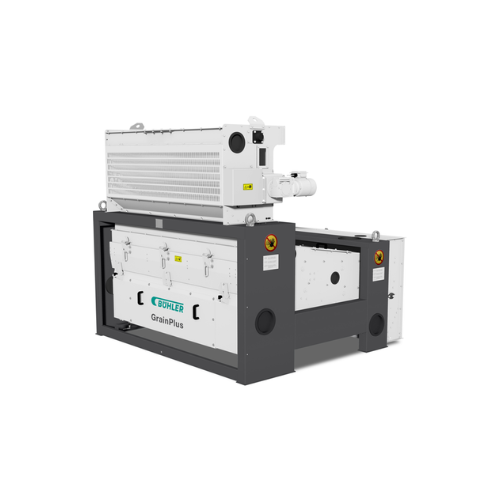
Grain screening for small to midsize operations
Streamline your grain processing with an economical screening solution tha...
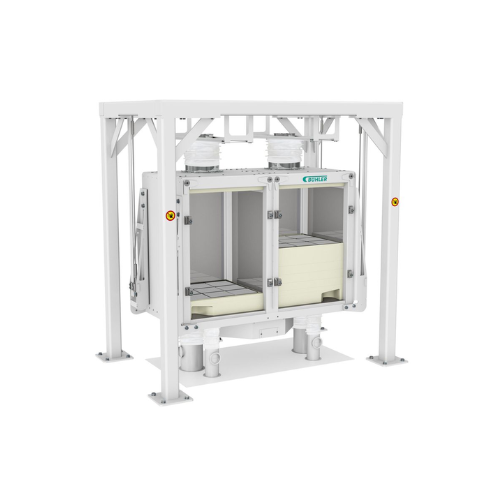
Small plansifter for grain milling
Optimize your grain milling with a compact plansifter designed for high-speed, precise s...
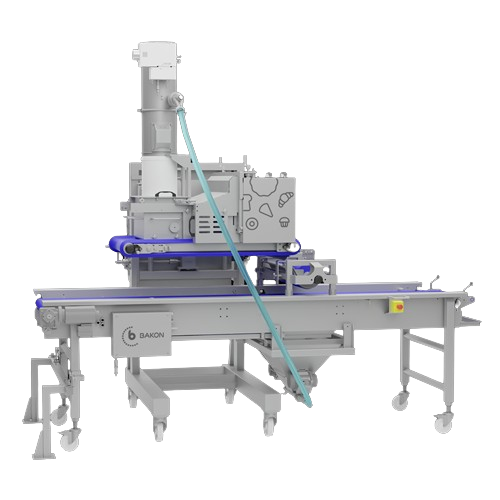
Efficient topping strewer for bakery production lines
Enhance your product’s appeal and streamline topping applicat...
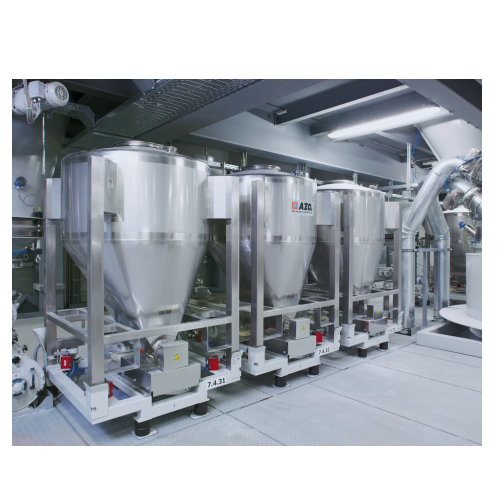
Precise dosing system for bulk materials
Ensure precise bulk material dosing with minimal dust, seamlessly switching betwee...
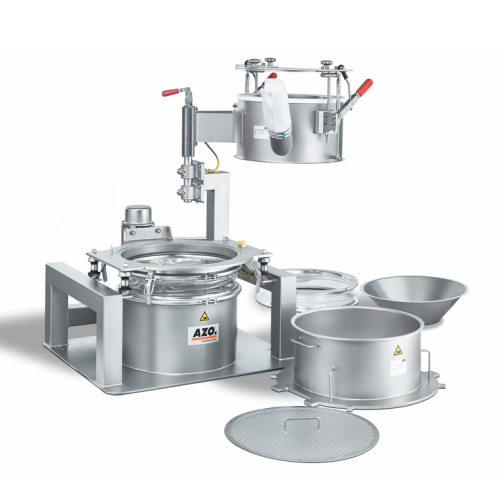
Big bag connection system for dust-free docking
Achieve dust-free docking and seamless discharging of bulk solids with an ...
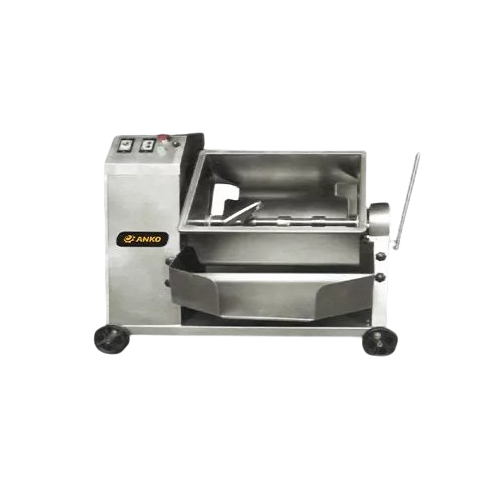
Automatic seasoning mixer for food production
Effortlessly blend diverse ingredients with precision in your production lin...
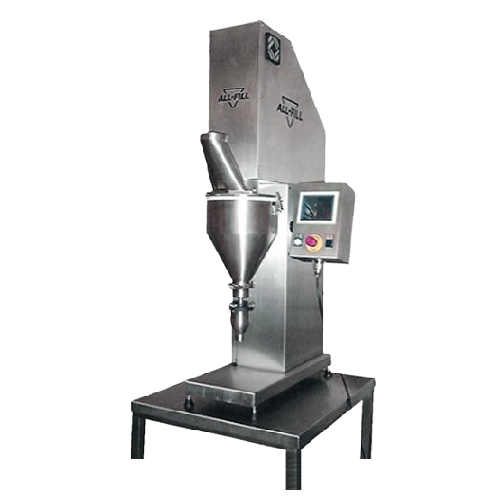
Miniature auger filler for precise powder filling
Achieve precision filling with a compact, bench-top auger solution desi...
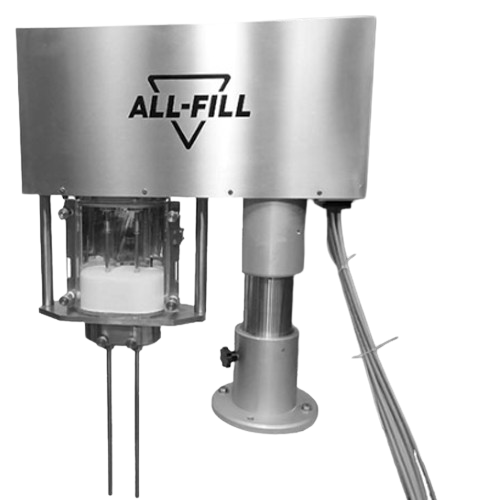
Multi-fill powder filling system
Achieve precise and consistent filling for your powdered and granulated products with a mod...
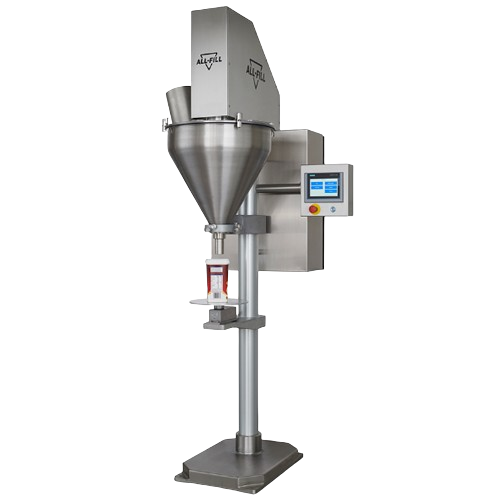
Gravimetric filling solution for inconsistent density products
Achieve precise weight accuracy in your filling processes...
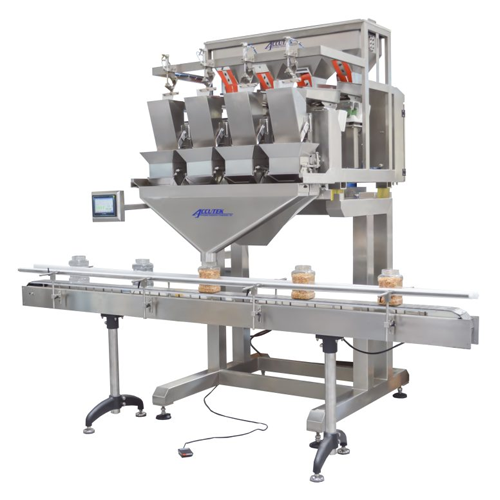
Automatic granular product weighing system
Effortlessly achieve precise fills for dry granular products and powders while ...

Form, fill, and seal system for single-use pouches
Achieve precise portion control and secure sealing with an integrated ...
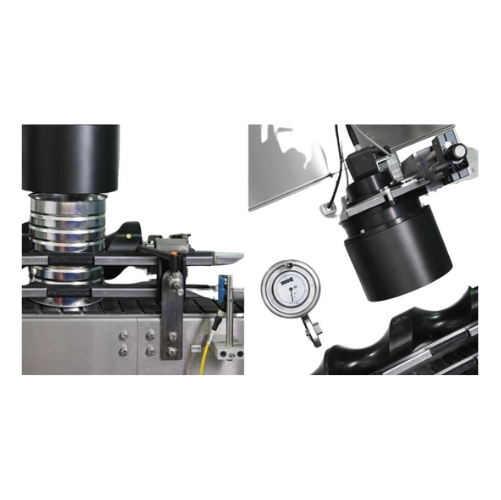
Container inspection and particulate detection system
Ensure product integrity and efficiency by accurately detecting and...
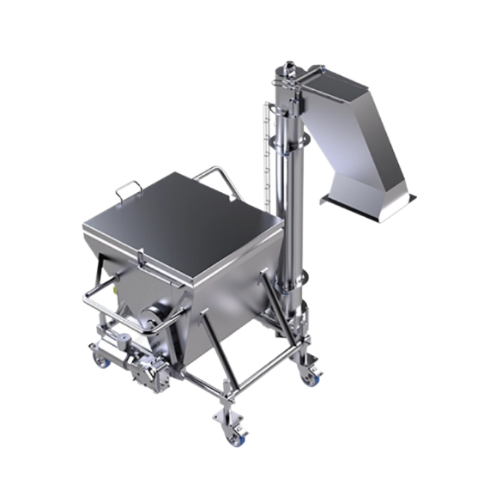
Flour and crumb feeders for breading and pre-dusting processes
Optimize your breading and pre-dusting operations with ad...
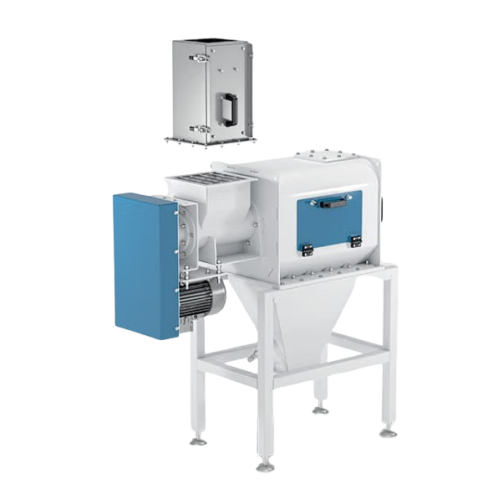
Rotary cleaner for raw material sieving
Ensure precise raw material quality with a rotary cleaner that efficiently sieves a...
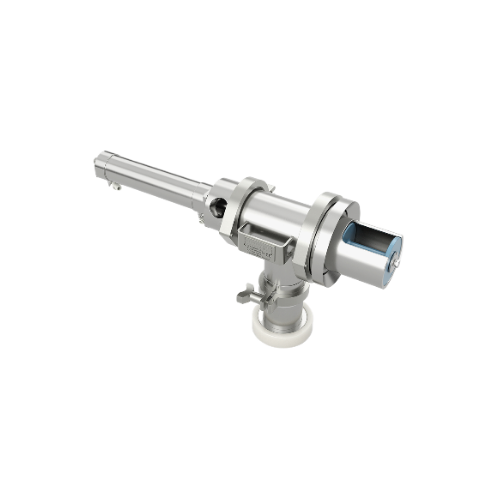
Powder sampling solution for dairy and food processors
Ensure precise quality control with a versatile sampling system de...
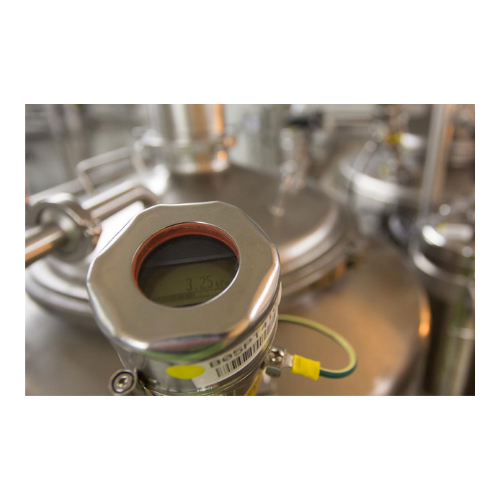
Powdered product shelf-life enhancement through inert gas packing
Extend the shelf life of sensitive powder products by...
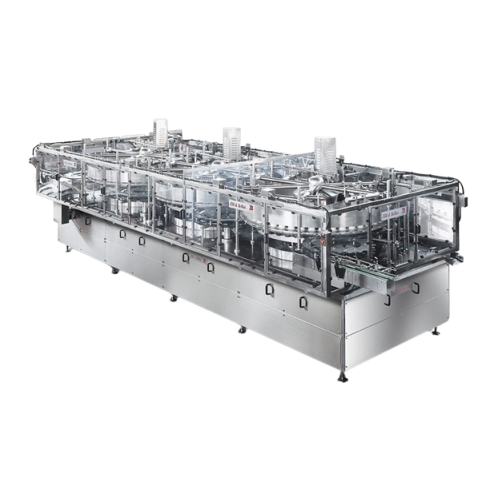
Fillers for solid products
Optimize your production line with versatile fillers that ensure precise handling and packaging o...
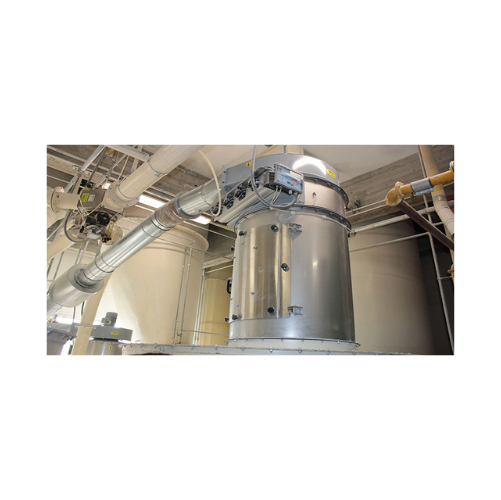
Food-grade round dust collectors
Maintain a clean production environment with this food-grade dust collector, designed to ma...
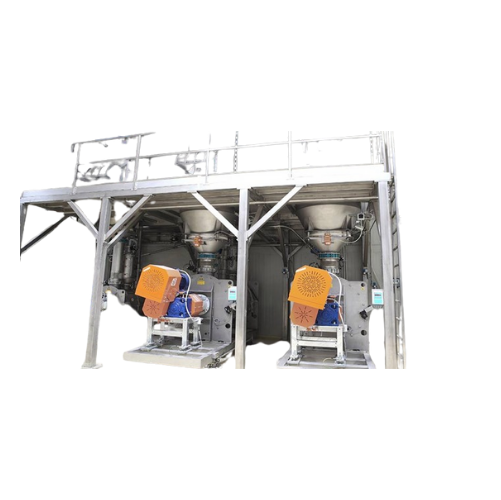
Food-grade bin activator for optimized material flow
Ensure hygienic and efficient discharge from hoppers with our food-g...
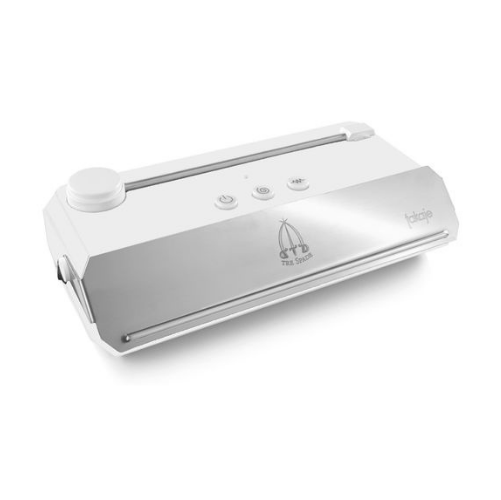
Vacuum sealing system for glass jars with metal lids
Efficiently vacuum seal glass jars with metal lids to transform pres...
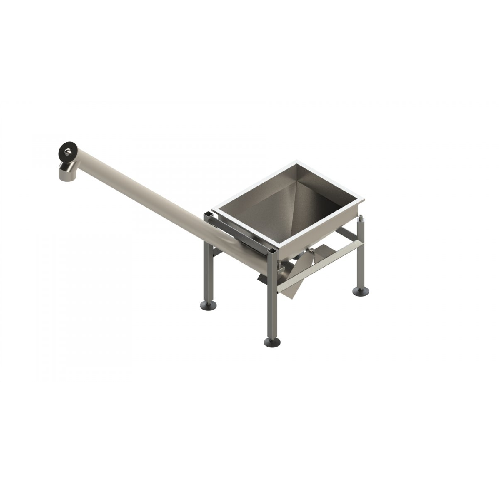
Vibratory storage hopper with inclined screw conveyor
Enhance your production line efficiency with a vibratory storage ho...
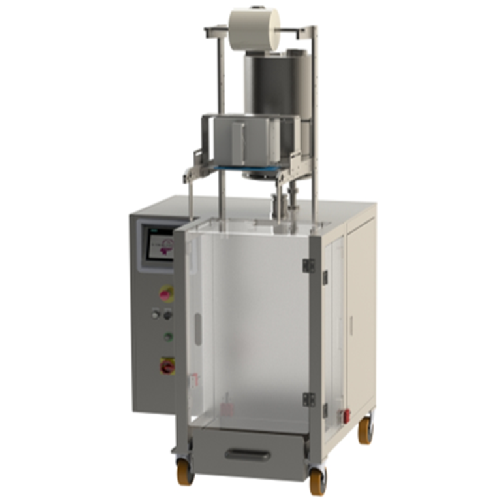
Granule filling sachet machine
Ideal for optimizing packing operations, this granule-filling sachet machine ensures precise ...
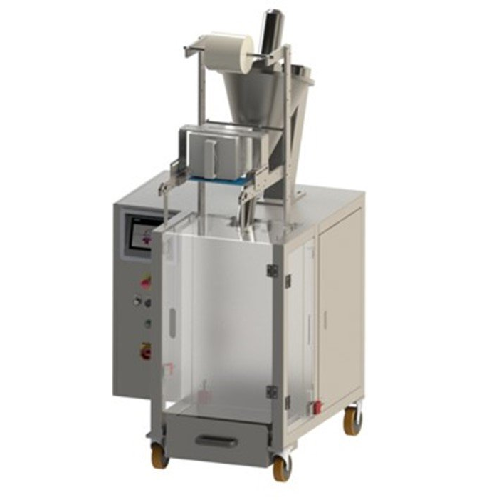
Sachet powder filling machine
Optimize your packaging line with this efficient solution for precise powder filling, ensuring...
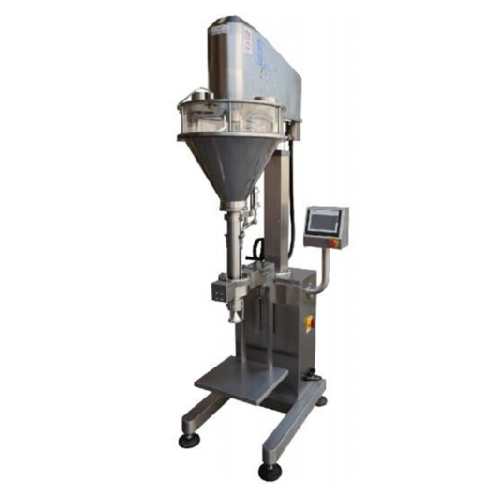
Powder auger filler for precise weighing and depositing
Ensure accurate and efficient powder filling with this innovative...
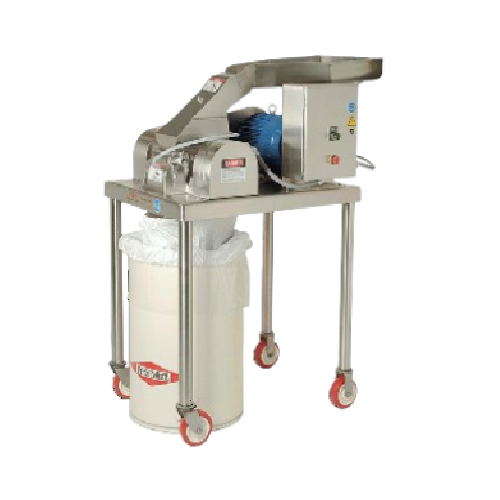
Atex approved hammer mills for high-capacity particle size reduction
Ensure precise and reliable particle size reductio...
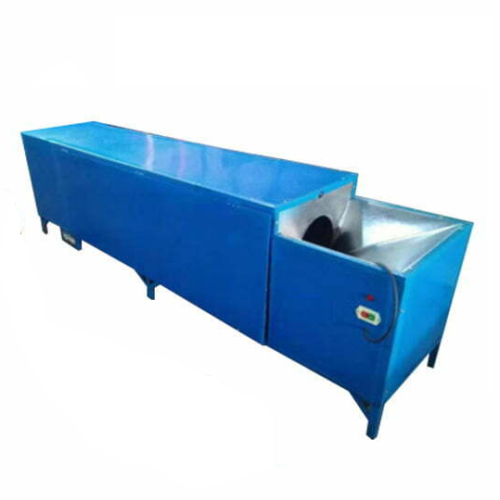
Small pepper stalk removal system
Effortlessly streamline your pepper processing with a machine designed to remove stalks w...

Commercial mango dehydrator
Optimize your fruit processing with a commercial mango dehydrator that ensures precise moisture ...

Ginger powder processing line
Optimize your spice production with comprehensive ginger powder processing, transforming fresh...
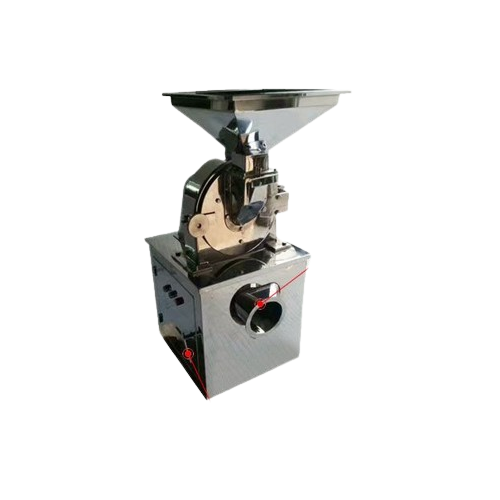
Chili powder milling machine
Transform raw spices into finely milled powders effortlessly with this high-speed grinding solu...
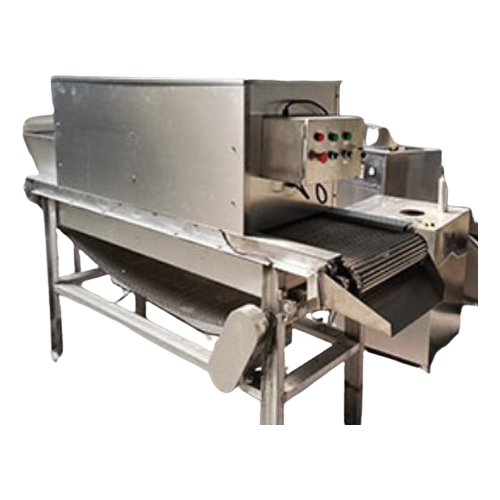
Garlic processing equipment for industrial applications
Streamline your garlic processing with equipment that automates p...
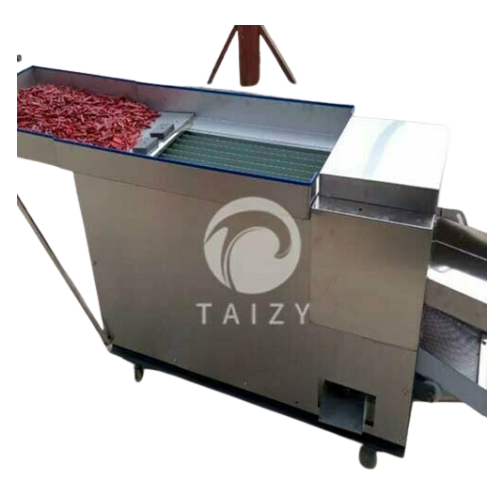
Dried chili cutting solution
Optimize your spice processing with high-speed cutting and seed separation, designed to deliver...
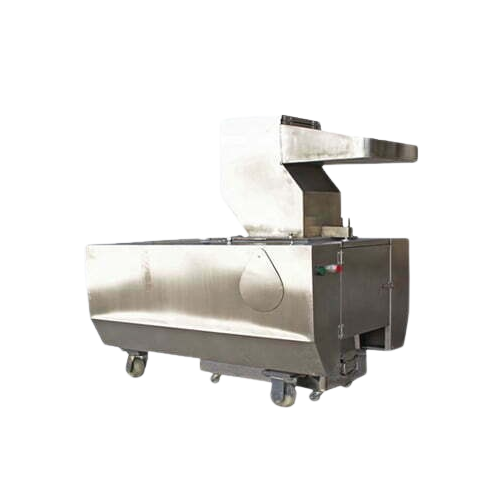
Industrial animal bone crushing solution
Efficiently transform hard animal bones into fine granular materials, enhancing nu...
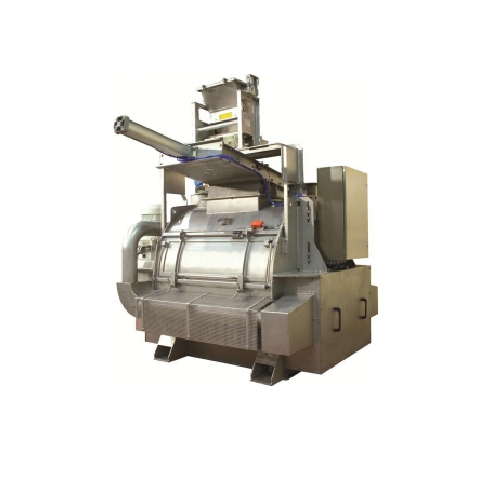
Cryogenic mixer for frozen fruits and vegetables
Enhance frozen food quality with rapid, uniform mixing and precise temper...
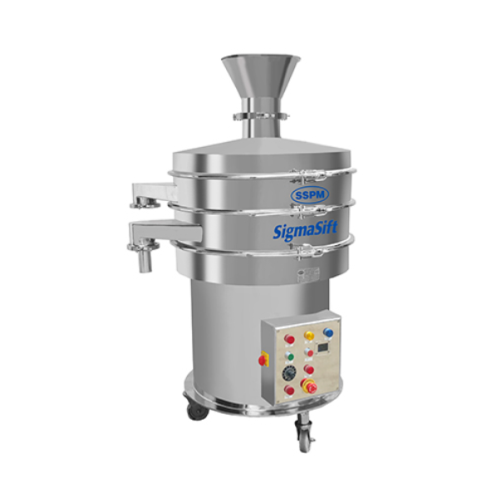
Vacuum rated vibro sifter for pharmaceutical materials
Ensure precise separation of impurities and achieve consistent par...
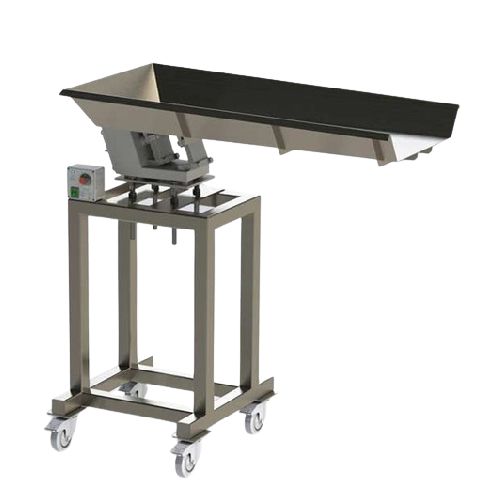
Electrostatic drum flavouring system for food industry
Enhance the consistency of your food products with precise flavour...
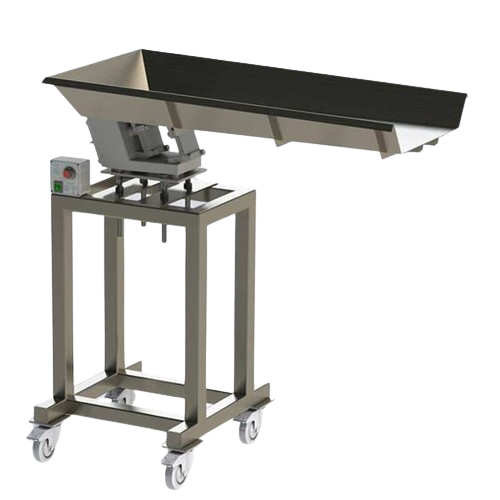
Electrostatic drum flavoring system for food processing
Enhance your snack production efficiency with a system designed t...
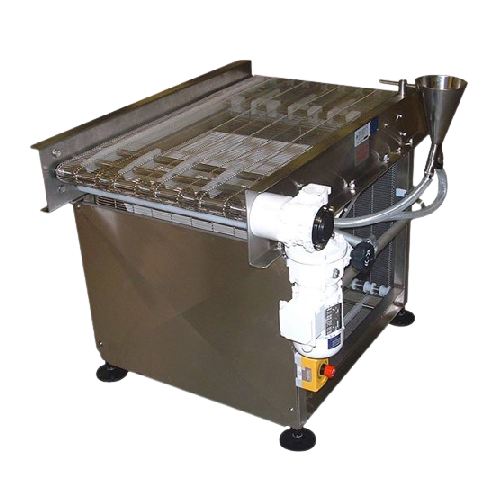
Electrostatic drum flavouring for uniform coating
Achieve precise and uniform flavor distribution on snack products with ...
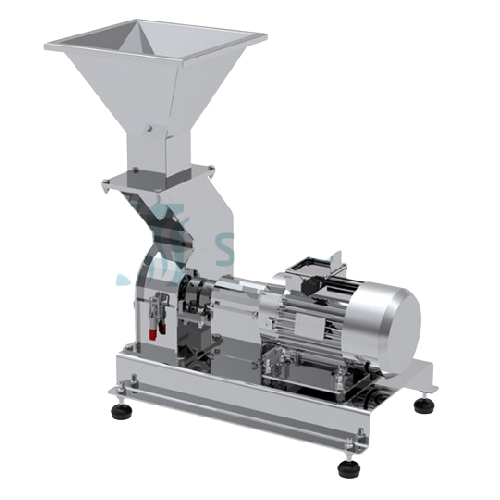
Semi-automatic seaweed grinder for efficient algae processing
Optimize seaweed processing with this stainless steel grin...
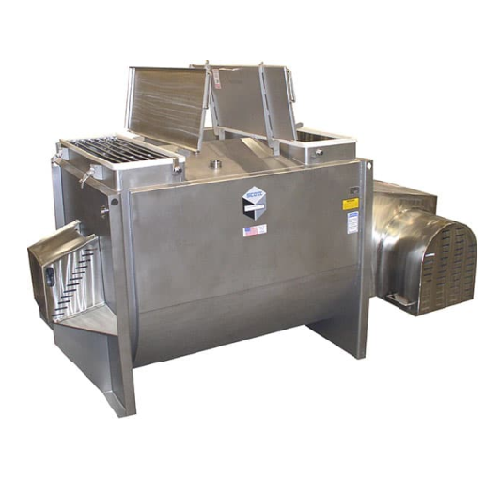
Industrial batch mixers for pet food
Achieve homogenous mixing of complex multi-ingredient formulations with precision and ...
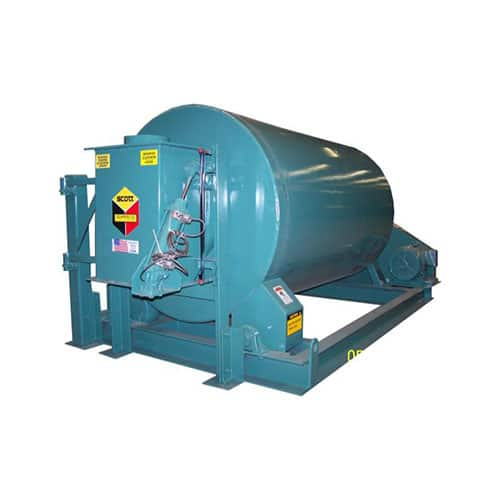
Rotary drum mixer for free-flowing materials
Achieve uniform mixing of heavy, free-flowing solids with precise control and...
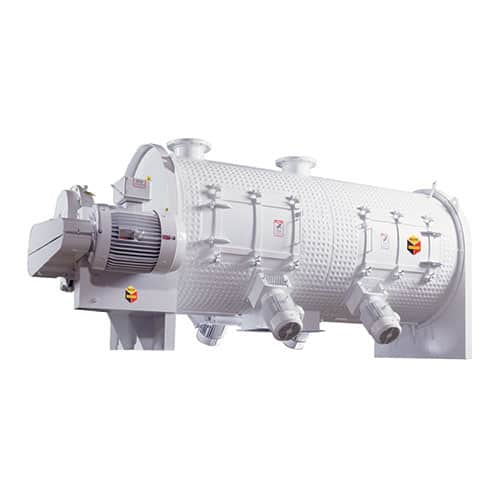
Industrial plow mixer for efficient solid and liquid mixing
Experience unparalleled mixing precision with high-speed plo...

Metal detector for granulated products
Free-fall applications, such us flour, sugar, spices and other granulated or powdere...

Infrared rotating drum dryer
Traditional drying methods are often slow and can actively damage ingredients, reducing the fin...
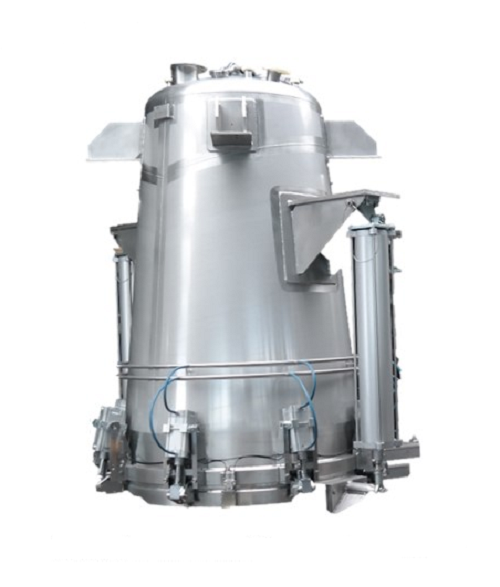
Extraction plant for natural ingredients
Bespoke extraction plants using the latest technology can improve your efficiency ...
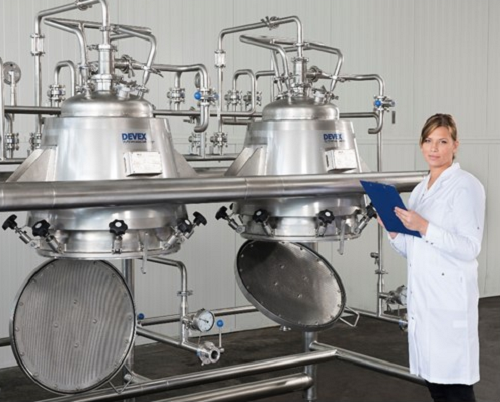
Pilot extraction plant for natural ingredients
Before purchasing a full-scale extraction plant you need to exactly determi...
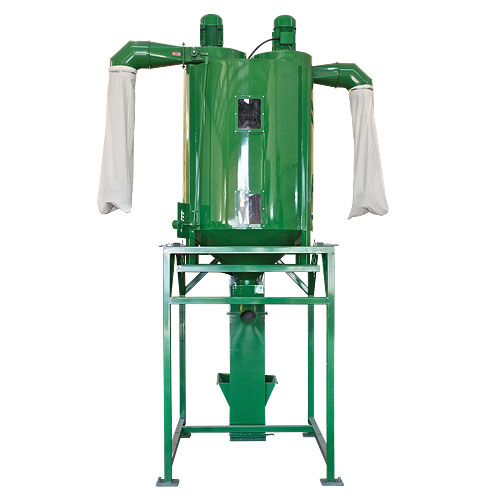
Destoner for coffee beans
When you are roasting and grinding your own coffee beans, destoning is an essential step to gain f...
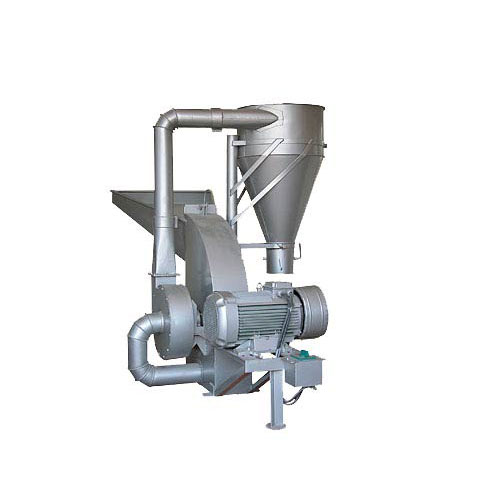
Hammer mill for coffee beans
Being able to obtain an on-point grinding is easily achievable with these hammer mills, from co...
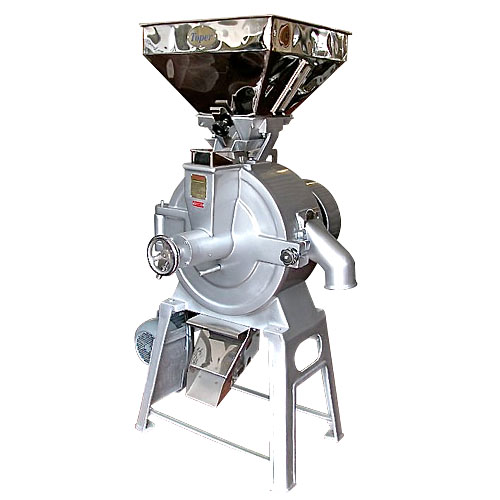
Stone mill for coffee beans
Traditional milling of coffee beans or seeds, with a stationary bedstone and a turning runner st...
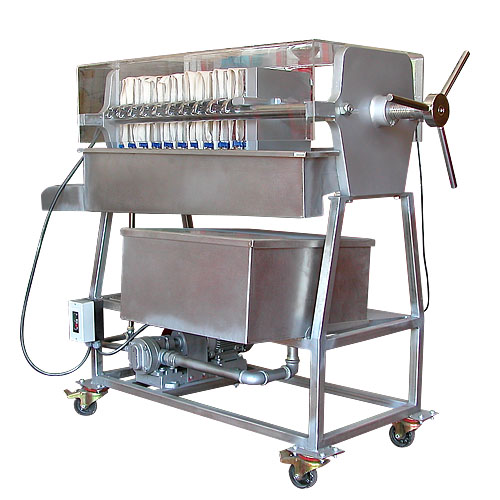
Small batch filter press for oil seeds
Getting a high-quality oil filtration can be a challenging task, with a filtration ...
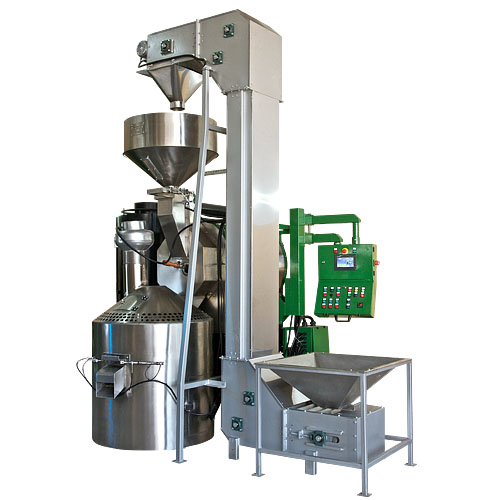
Nut roaster
Nut roaster that guarantees a high-quality roasting of nuts and seeds with a batching capacity of 40 and 120 kg, d...
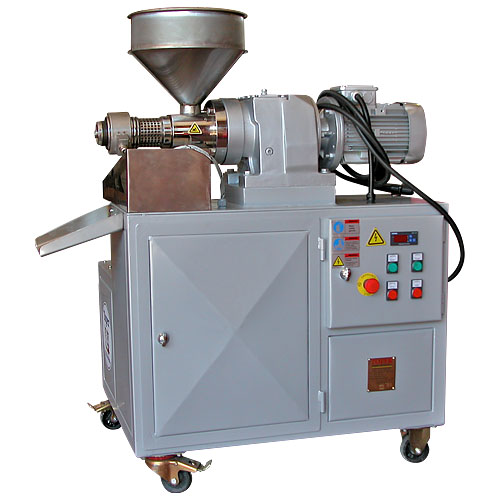
Cold oil press for seeds
With a cold oil press, you can optimize the process of extracting oil from a wide variety of oil see...
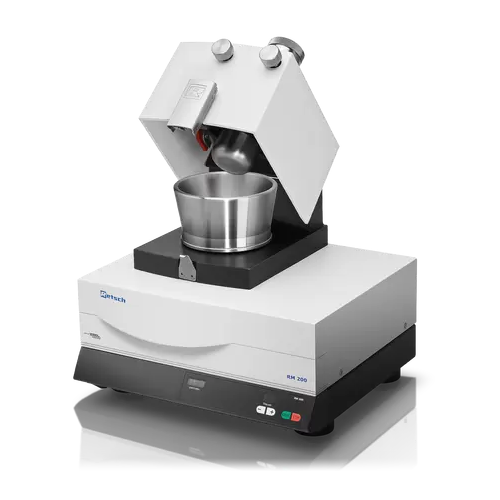
Mortar grinder for reproducible sample preparation
Achieve precise and consistent material preparation with this mortar g...
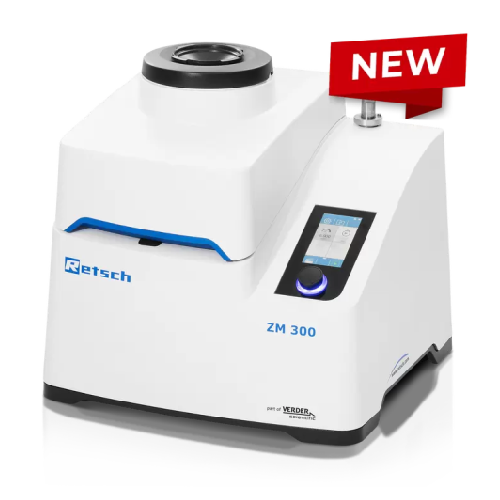
Ultra centrifugal mill for size reduction of soft and medium-hard materials
Achieve precise particle size reduction an...
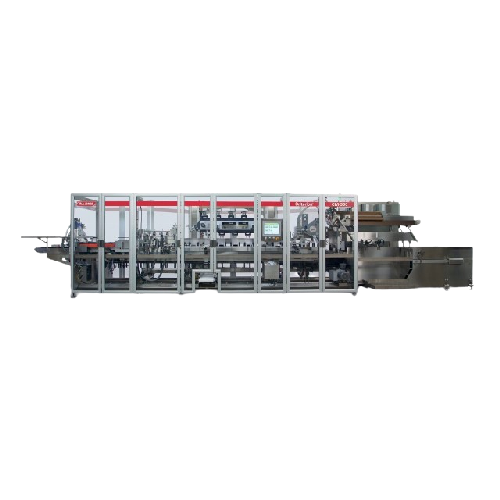
Medium-speed end load cartoner for food and beverage packaging
Streamline your packaging line with versatile cartoning c...
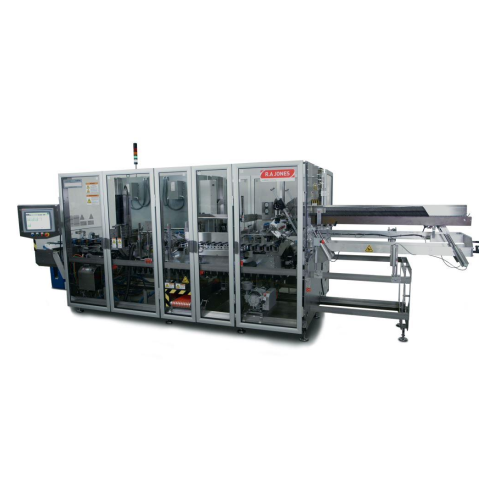
Intermittent end load cartoner for baked goods and snacks
Optimize your packaging line with an efficient, space-saving c...
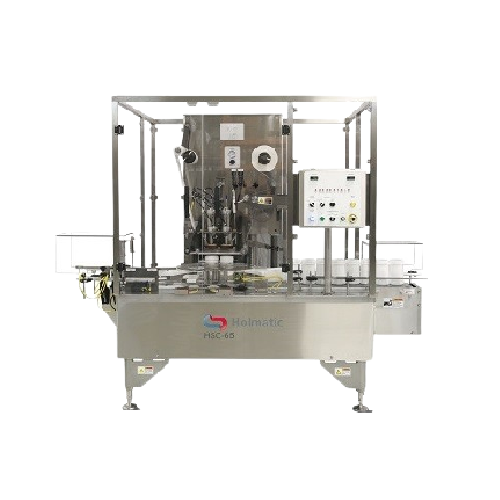
Rotary indexing sealer for cup filling
Streamline your production line with precise cup filling and sealing, ideal for a wi...
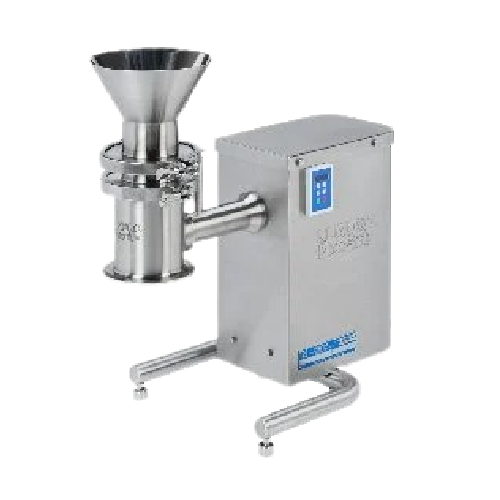
Industrial powder security screening and de-agglomeration
Ensure product purity by efficiently screening and de-agglomer...
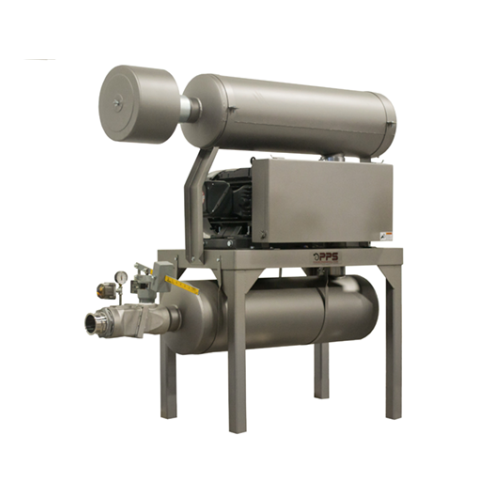
Food processing blower systems
Optimize your production line with precise air handling and moisture control to ensure qualit...
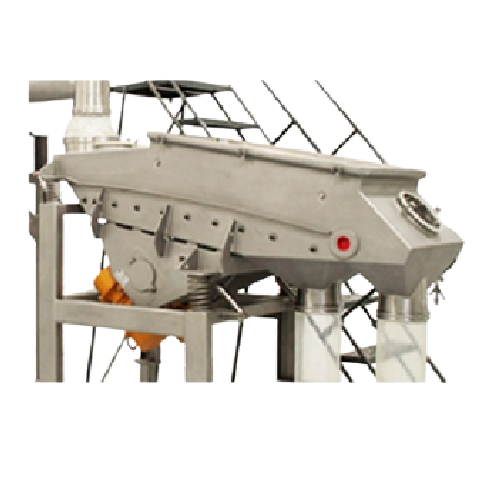
Powder sifters for industrial applications
Optimize powder consistency and enhance production flow with advanced sifting t...
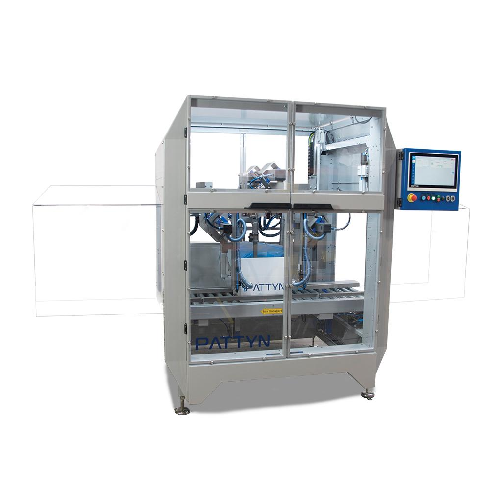
Automatic bag folding solution for bulk packaging
Enhance your production line efficiency and product protection by integ...
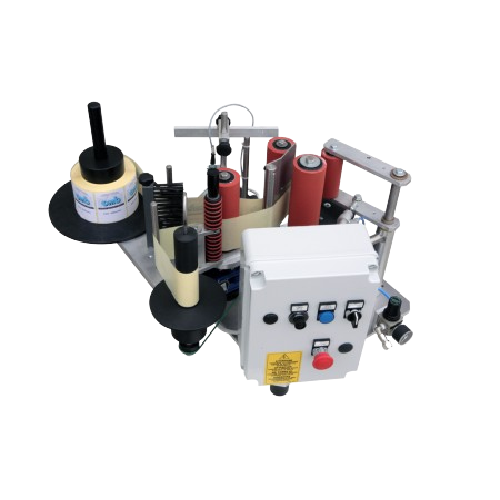
Semiautomatic labelling solution for cylindrical bottles
Effortlessly apply precise labels to various cylindrical and squ...
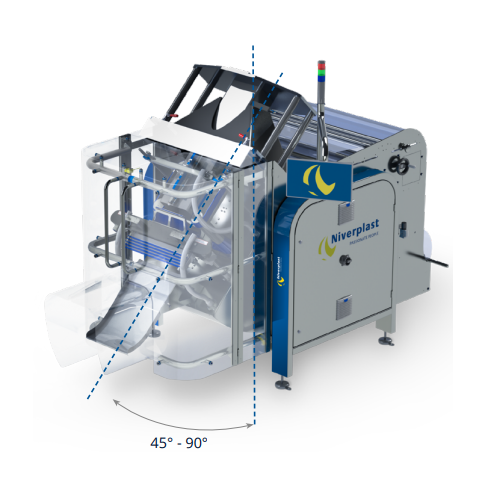
Vertical form fill seal packaging system
Enhance your packaging line with precision sealing and efficient throughput, ideal...
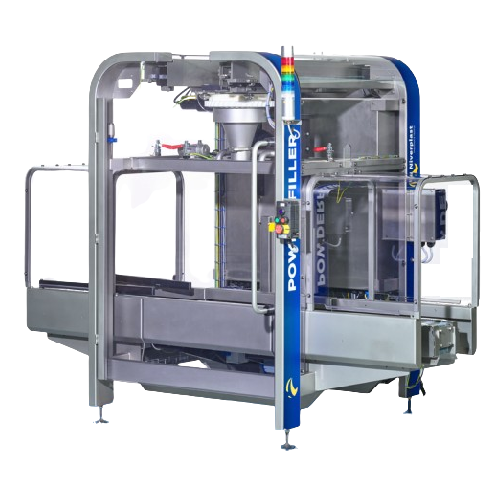
Accurate powder filling solution
When precision is paramount, this solution offers exceptional accuracy, filling powders up ...
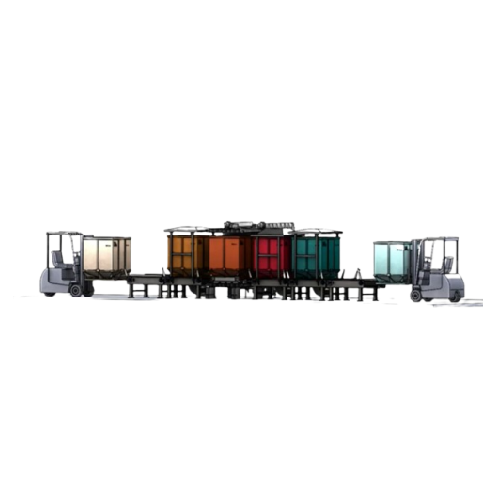
Nut roasting process with halved energy consumption
Achieve significant energy savings while maintaining high-quality roa...
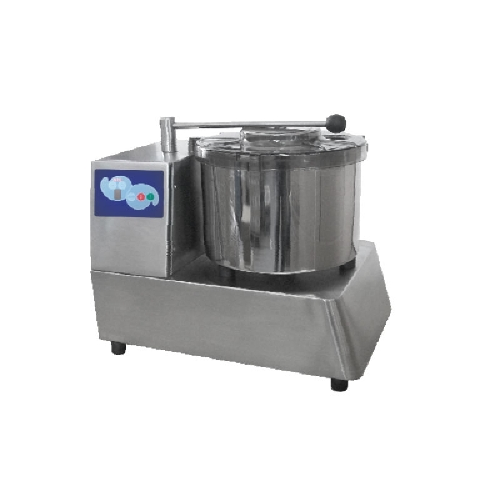
Food cutter for professional kitchens
Optimize your food preparation with precision mincing, cutting, and homogenizing, pre...
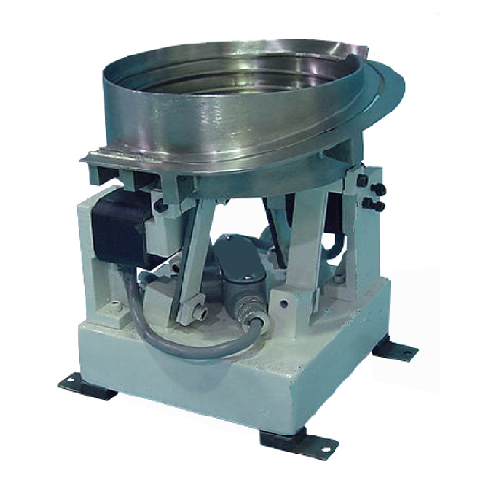
Vibratory bowl feeder for bulk items
When precision and speed are crucial, ensure your production line efficiently handles ...
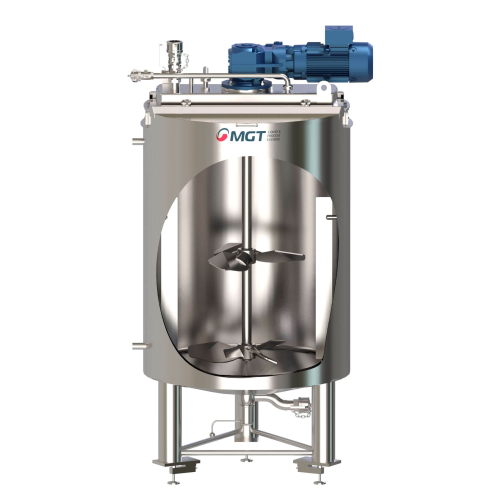
Mounting configurations for industrial agitators
Optimize your mixing processes with versatile agitators designed for effi...
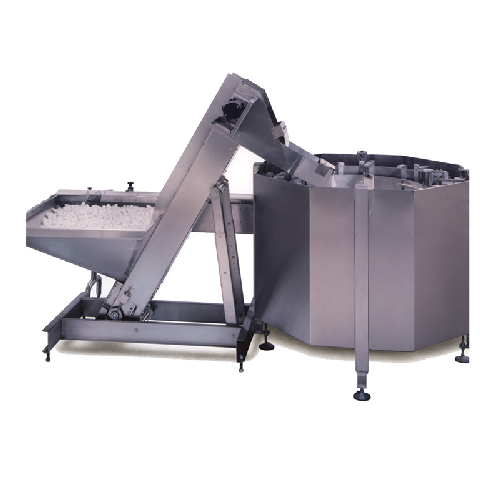
Centrifugal bowl feeder for high-speed bulk item feeding
Optimize your production line with high-speed feeding of diverse...
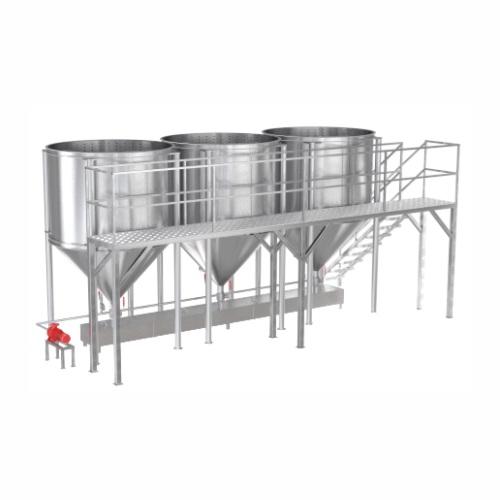
Sesame seed washing system
Eliminate the bitterness and impurities from sesame seeds efficiently, setting the stage for high...
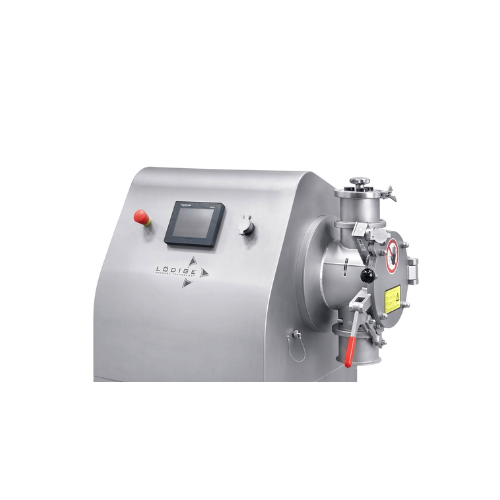
Laboratory ploughshare mixer for small-scale production
Achieve precise mixing and granulation for R&D and small-bat...
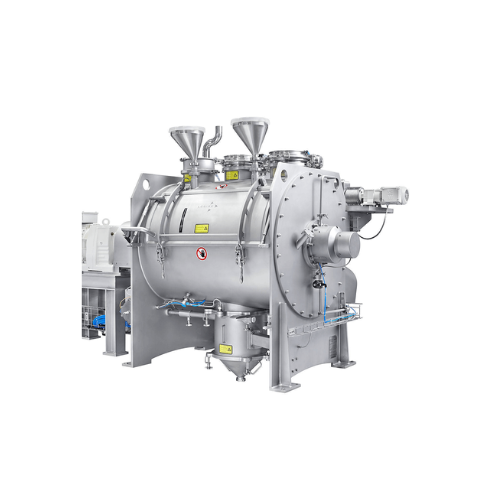
Hygienic mixer for batch operation
Achieve consistent and precise mix quality across diverse powders and granules with this...
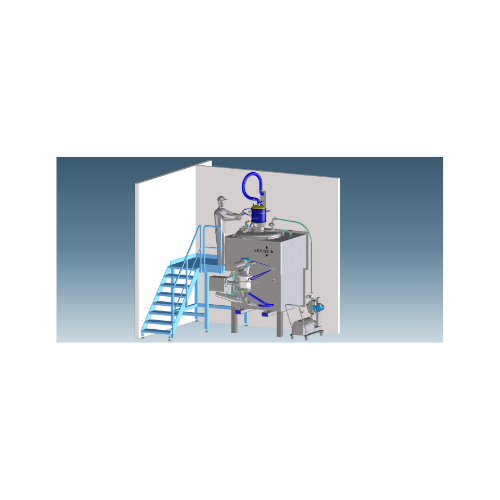
Mixing granulator for pharmaceutical and cosmetic industries
Achieve precise granulation and uniform mixing for high-qua...
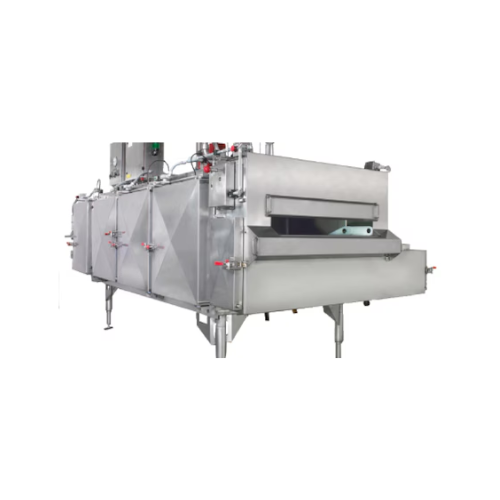
Cryogenic tunnel freezer for optimized food freezing
Enhance your production line with advanced cryogenic freezing techno...

Jar sealing system for plastic and glass containers
Achieve precise and efficient sealing of plastic and glass jars with ...
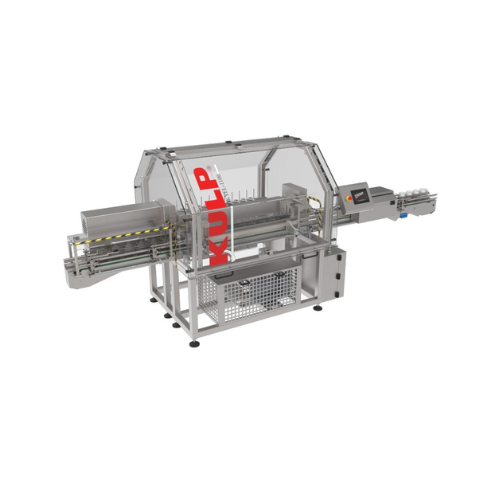
Jars and bottles rinsing solution
Ensure impeccable hygiene and particle-free cleanliness for your jars and bottles by inte...
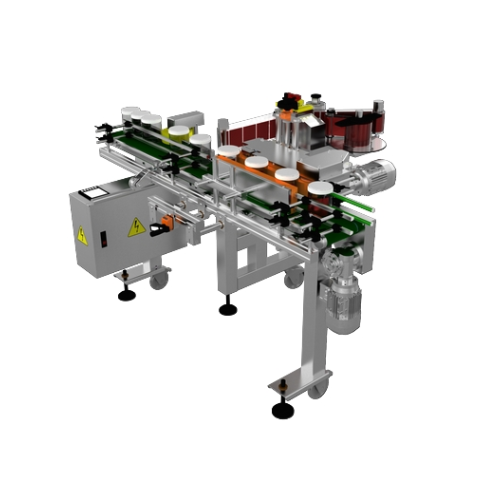
Container labeling for jars and bottles
Achieve precise labeling for diverse container shapes, from jars to square bottles,...
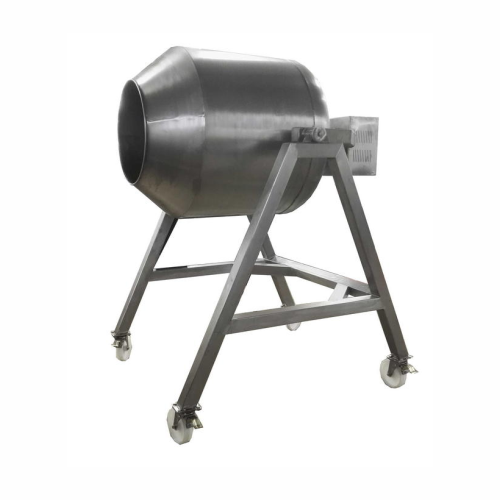
Industrial food mixer for vegetables and powder mixing
Enhance your production efficiency with a versatile mixer designed...
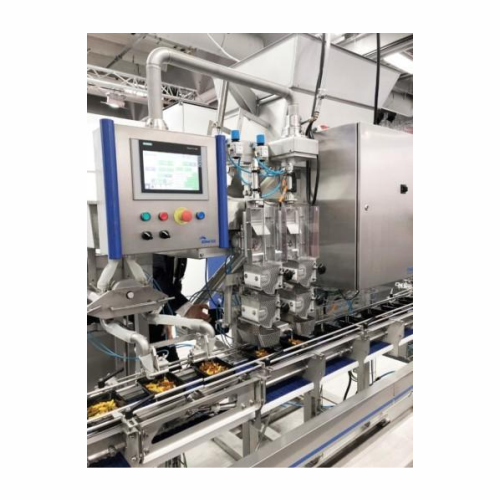
Food dosing systems for industrial applications
Optimize your food production efficiency by minimizing waste with precisio...
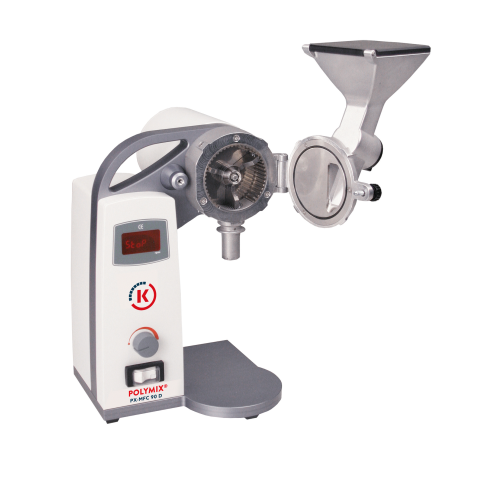
Laboratory mill for dry sample preparation
Achieve precise particle size reduction for pharmaceuticals and fine chemicals ...
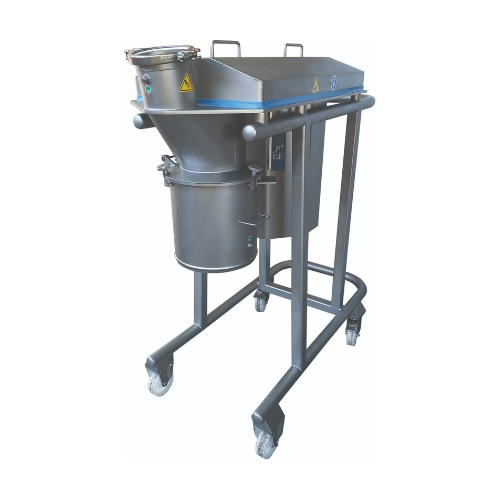
Versatile cone mill for uniform size reduction
Achieve precise particle size consistency and gentle deagglomeration across...
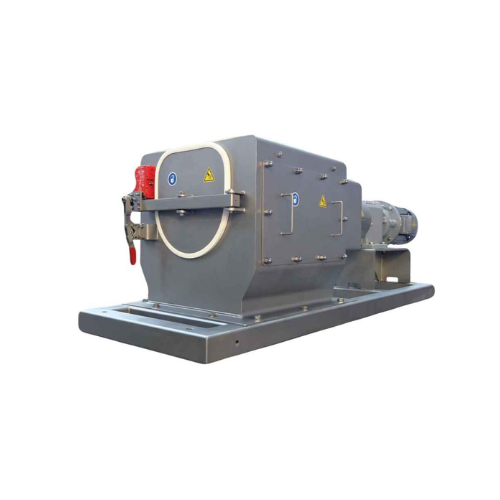
Heavy duty lump breaker for coarse and pre-grinding
Achieve consistent particle size reduction with this heavy-duty solut...
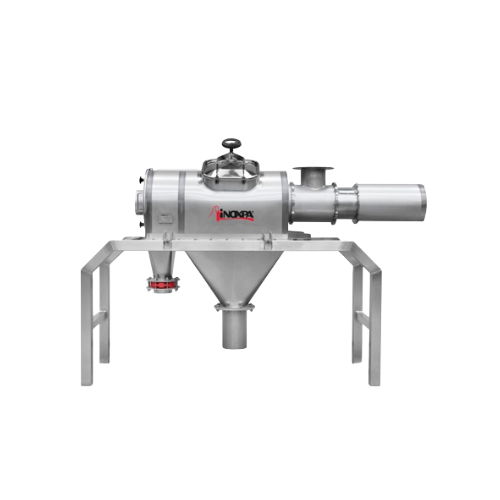
Industrial sieving solution for solid materials
Effortlessly separate impurities and adjust particle size for optimal prod...
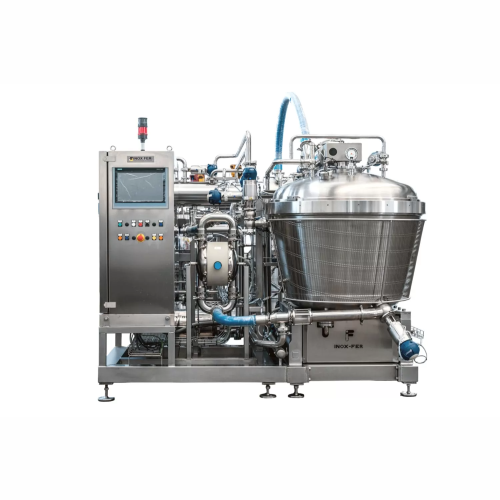
Industrial cooking kettle for food processing
Achieve seamless integration of cutting, mixing, and cooking processes to cr...
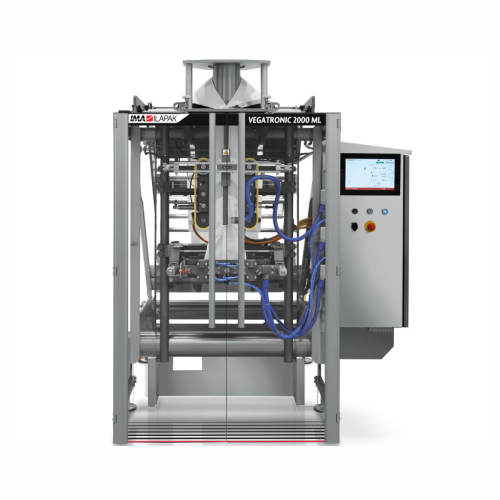
Vertical bagging system for heat sealing films and Lpde
Achieve unparalleled flexibility with a versatile vertical baggin...
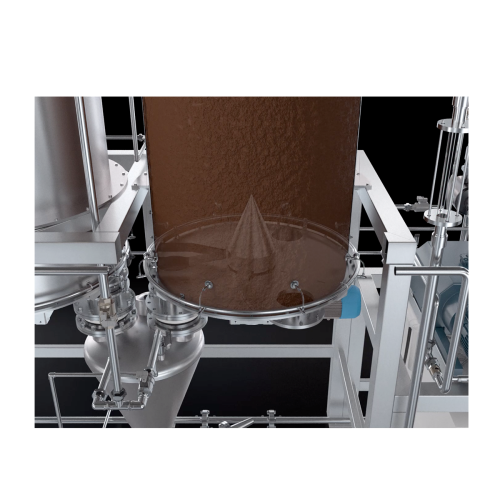
Ground coffee handling and conveying system
Enhance your coffee production with precise handling systems that ensure aroma...
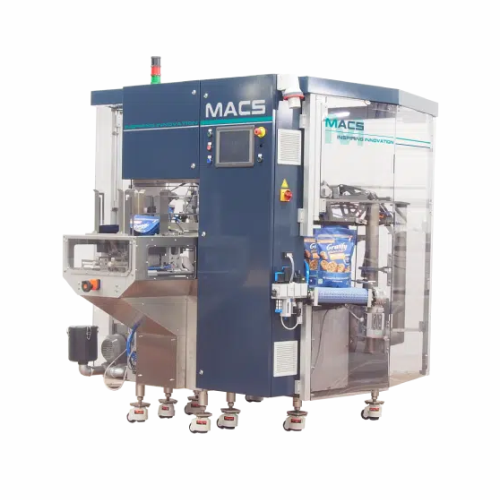
Rotary doypack packaging system for various materials
Enhance your packaging line with versatile doypack machines designe...
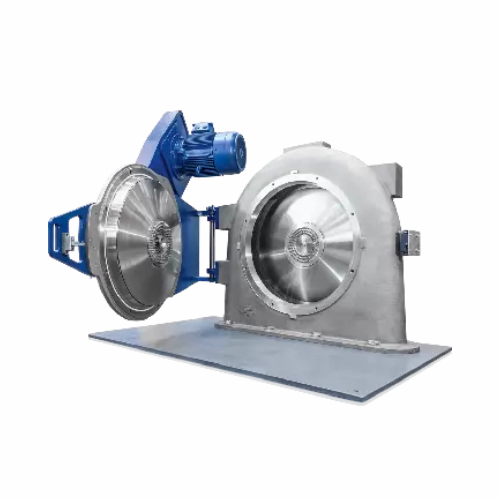
Industrial powder grinder
Achieve precise particle size reduction and classification with advanced equipment designed for co...
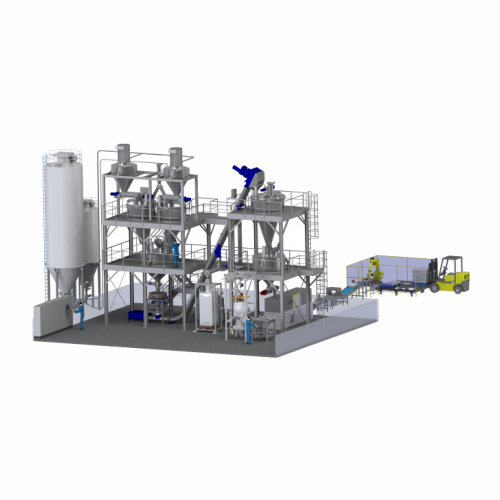
Powder mixing systems
Optimize your production line with precision powder mixing systems that ensure uniformity, enhance prod...
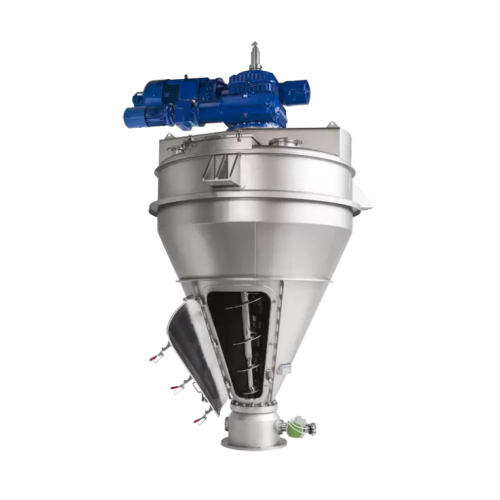
Mid-shear mixer for powders and bulk solids
Achieve ultra-short mixing cycles and superior homogeneity without the need fo...
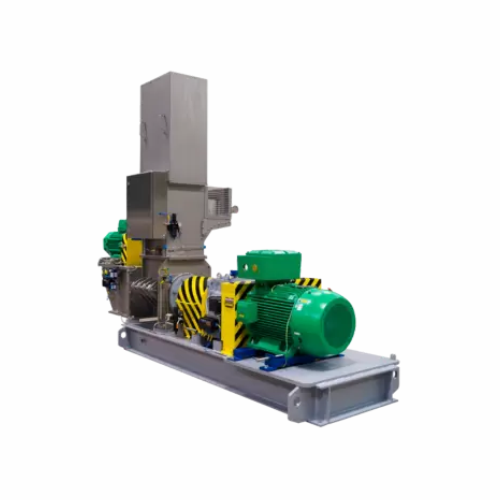
Choppers and disintegrators for industrial size reduction
Enhance your production efficiency by mastering size reduction...
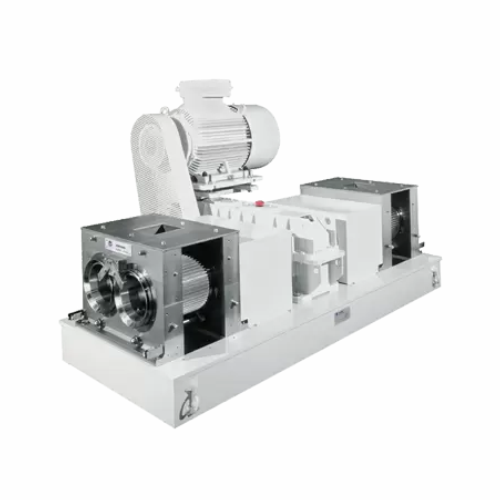
Compactors and granulators for powdery products
Transform loose powders into dense, free-flowing granules that enhance han...
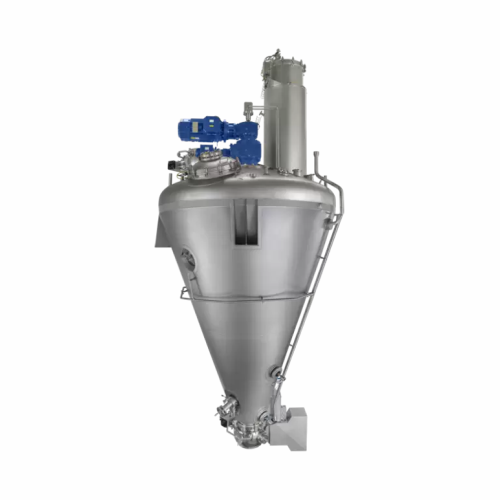
Vacuum dryer for powders and granules
Achieve precise moisture control for sensitive materials with a versatile vacuum dryi...
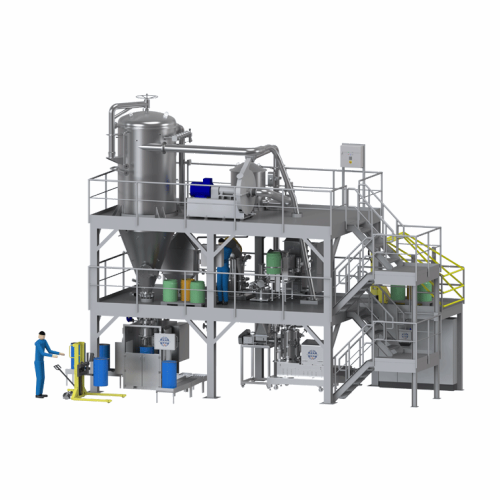
Drying systems for powders and bulk solids
Enhance your production line with precise control of moisture content in powder...
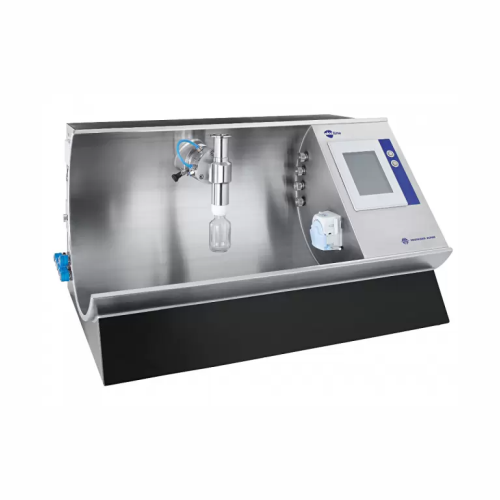
Lab-scale powder processing system
Achieve precise control in ultra-small batch processing with a versatile modular system,...
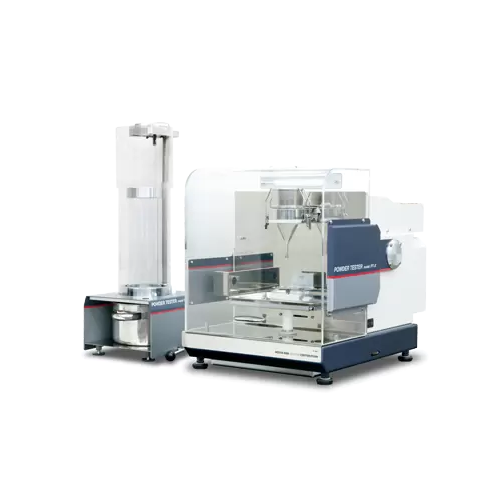
Powder characteristic evaluation
Ensure precise powder analysis and testing in your laboratory to optimize production qualit...
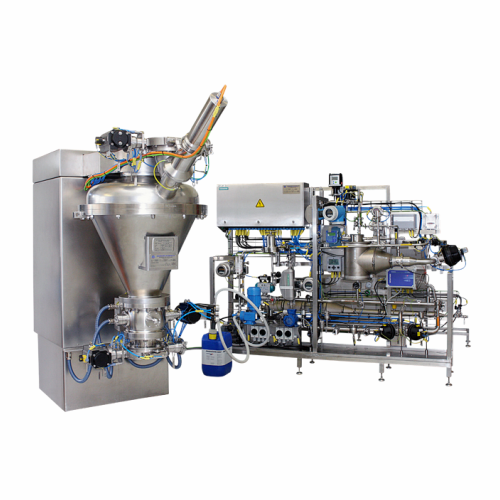
Cip/sip cleaning for solids processing systems
Ensure seamless transitions and maintain hygienic production environments w...
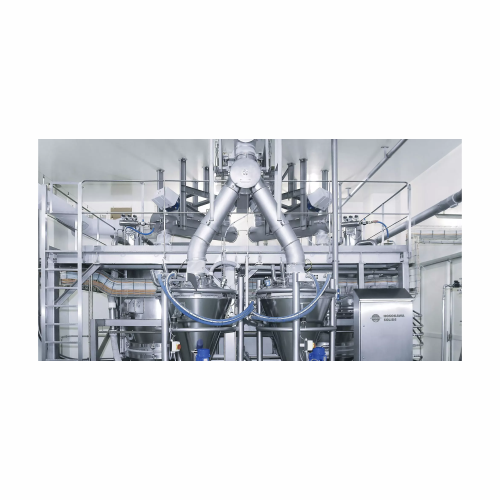
Pneumatic conveying system for bulk material handling
Efficiently transport bulk materials with precision through pneumat...
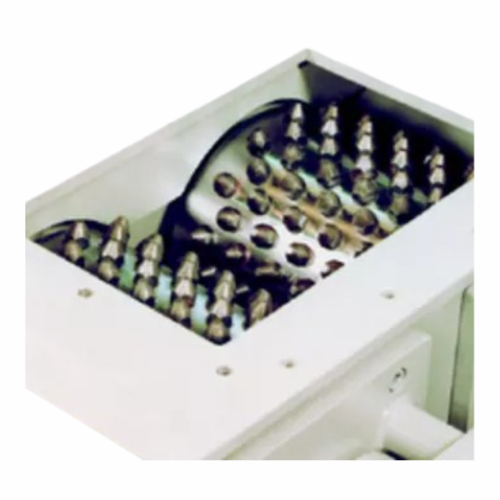
Industrial pre-crusher for coarse crushing
Optimize your production line by efficiently transforming clumped materials int...
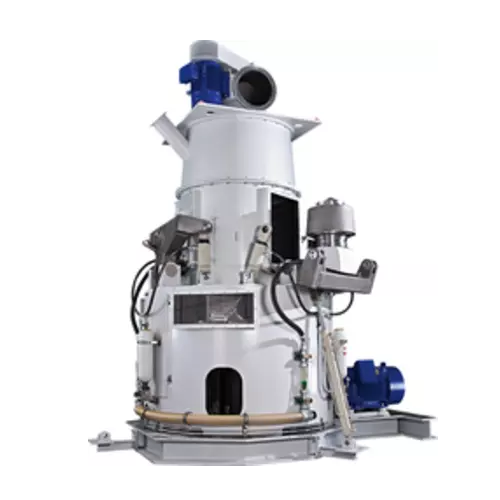
Table roller mills for mineral raw material comminution
Achieve precise mineral raw material comminution and energy-effic...
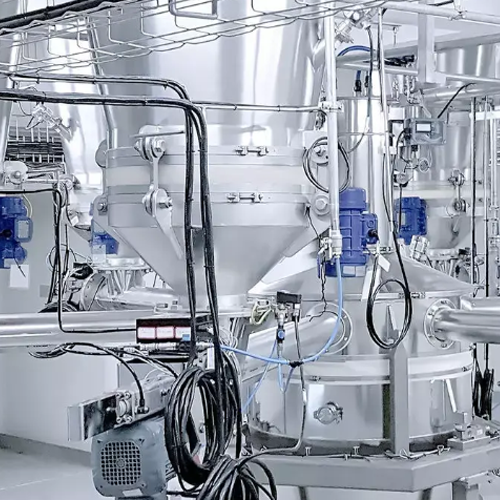
Conical screw mixer for powder blending
Achieve precise and homogeneous blending with the conical screw mixer, ensuring uni...
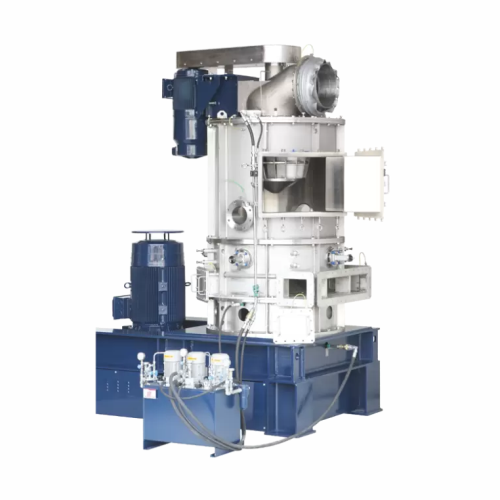
Ultra-fine powder flash drying system
Achieve rapid moisture removal and particle refinement with this integrated system, d...
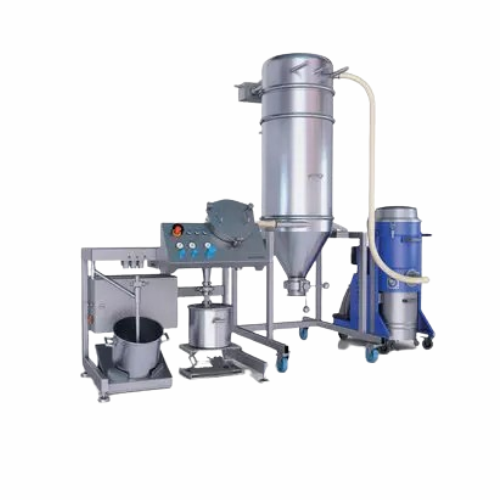
Spiral jet mill for ultrafine micronisation
Optimize your powder processing with precision-driven micronisation that ensur...
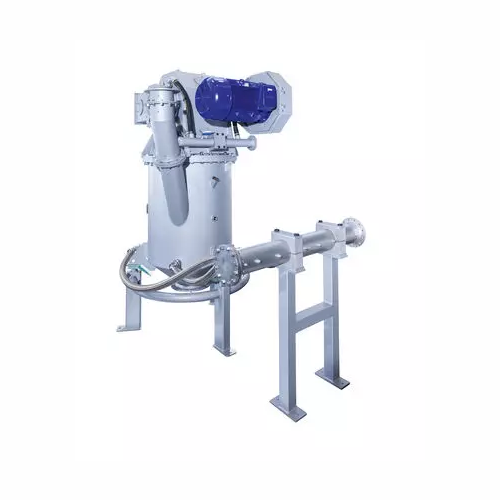
Fluidised bed opposed jet mill for fine particle processing
Achieve precise and consistent particle sizes with high-spee...
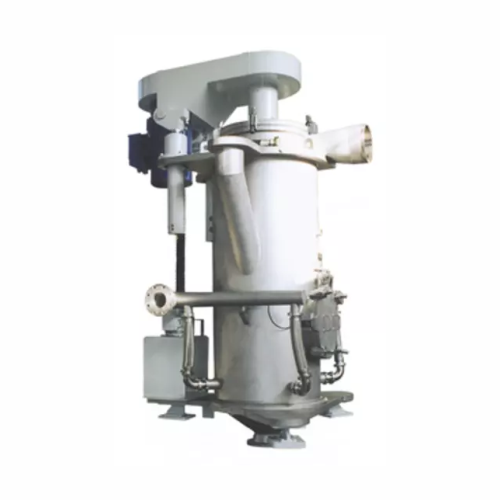
Jet mill for toner and pigment industries
Optimize particle size and distribution for high-demand applications with this h...
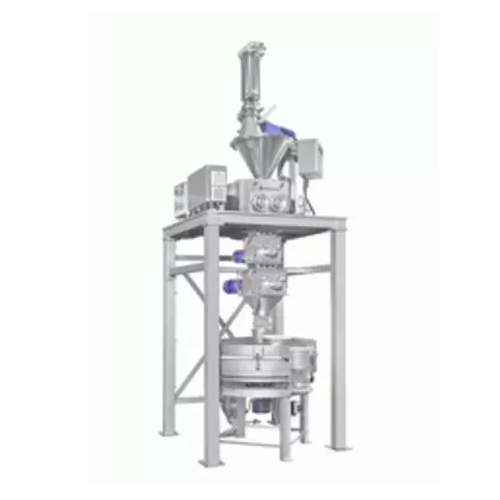
Roller press for fine-grained material compaction
Achieve optimal density and stability in your solid press agglomerates ...
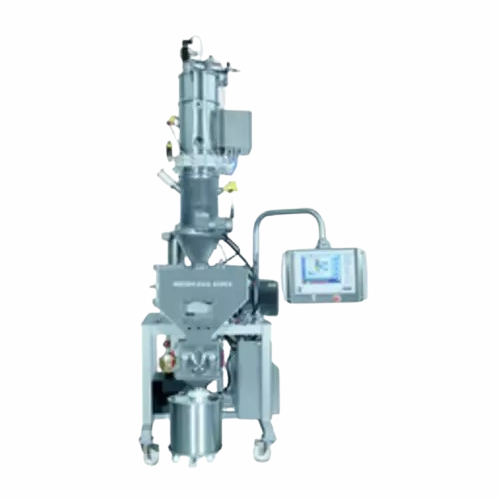
Compactor for powder processing
Designed for transforming powdered materials into uniform granules, this compactor enhances ...
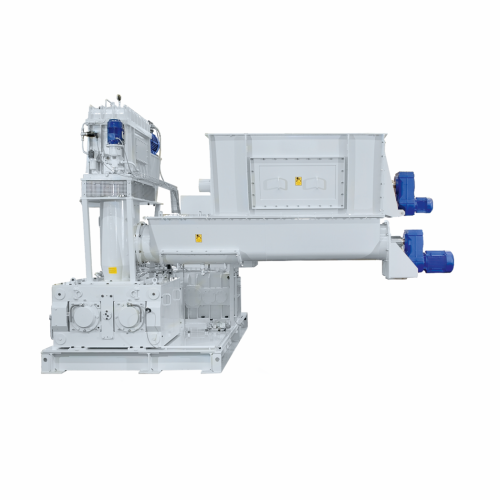
High-pressure roller compactors for chemical, food, and minerals industries
Achieve precise particle compaction and br...
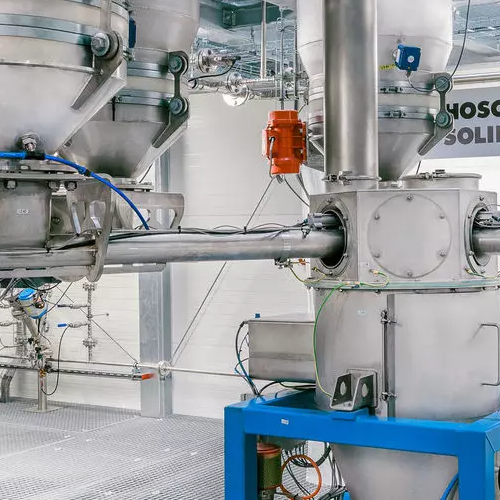
Mechanical conveying systems for bulk solids
Optimize your bulk material processes with advanced mechanical conveying syst...
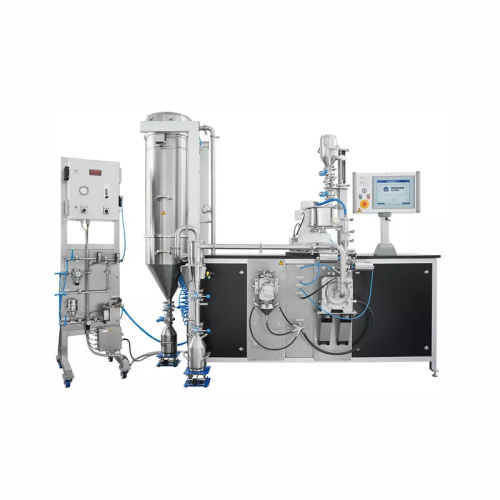
Multiprocessing system for flexible research and production
Optimize your process development with a versatile system th...
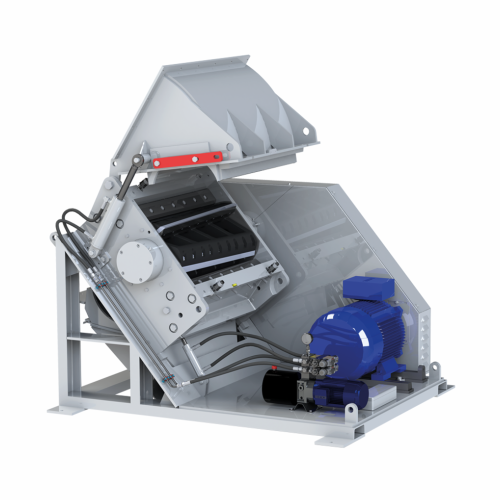
Low-dust granulator for plastic parts recycling
Achieve efficient comminution with minimized dust generation, ideal for pr...
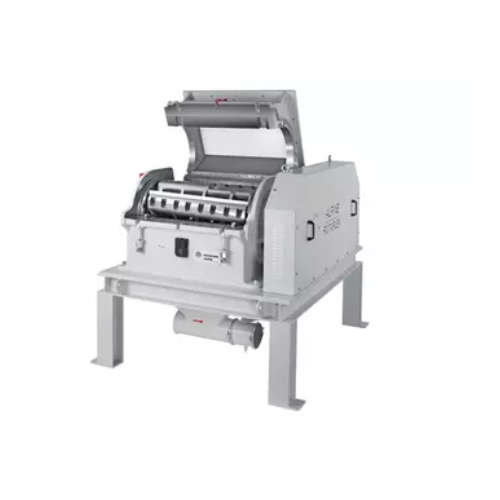
Industrial granulator for high-throughput plastic recycling
Facing challenges in efficiently recycling high-volume plast...
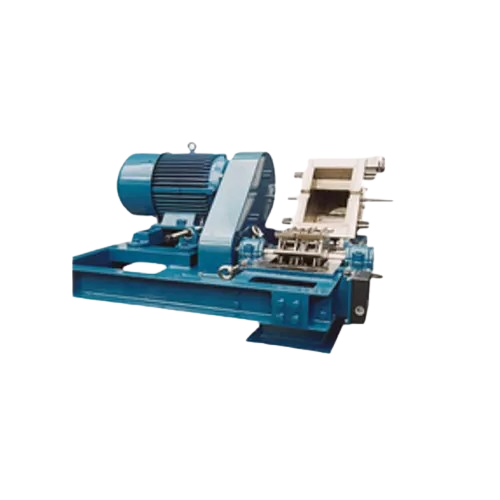
High-speed hammer mill for continuous operation
Achieve precise particle size reduction with high-speed hammer milling, id...
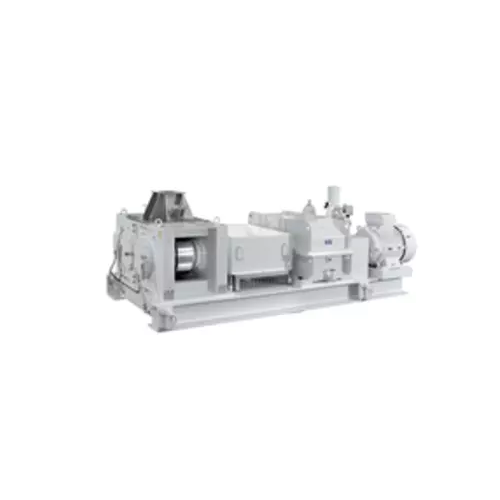
High pressure roller mill for medium-fine crushing
Achieve precision in particle size with high-pressure roller mills, id...
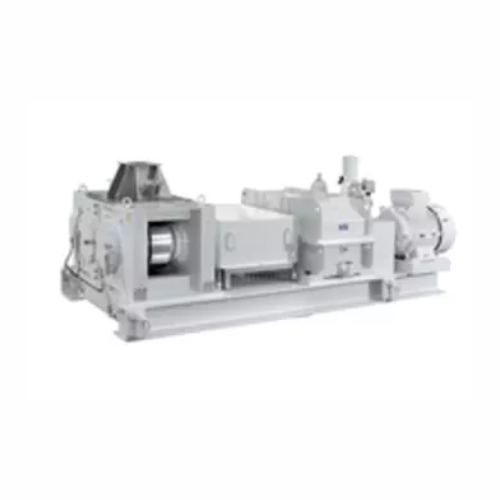
High-pressure roller mill for medium-fine crushing
Achieve precise granule distribution in medium-fine crushing applicati...
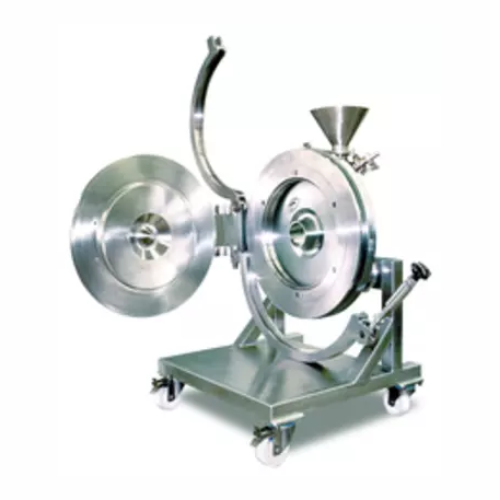
Spiral jet mill for superfine powder production
Achieve consistent ultra-fine powder with precise particle size control, c...
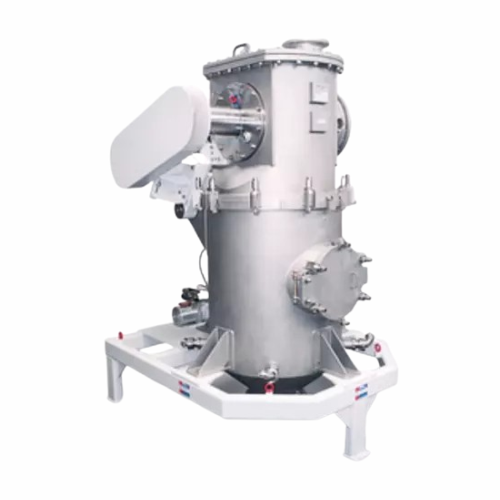
Fluidised bed opposed jet mill for ultrafine powder production
Achieve contamination-free ultrafine powder milling with ...
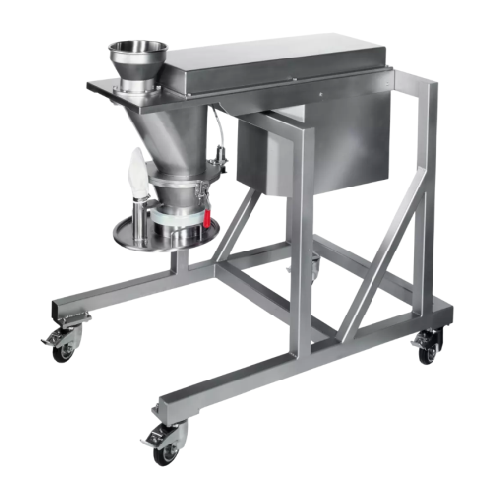
Flake crushers for gentle crushing of brittle materials
For processes needing precise granule control, our equipment ensu...
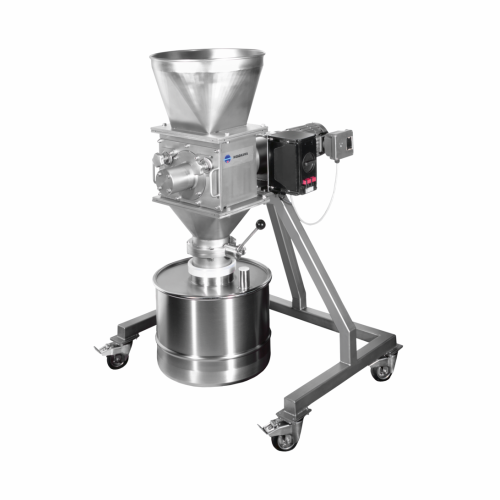
Flake crusher for hygroscopic substances and lumped salts
Efficiently turn fragile, aggregated materials into manageable...
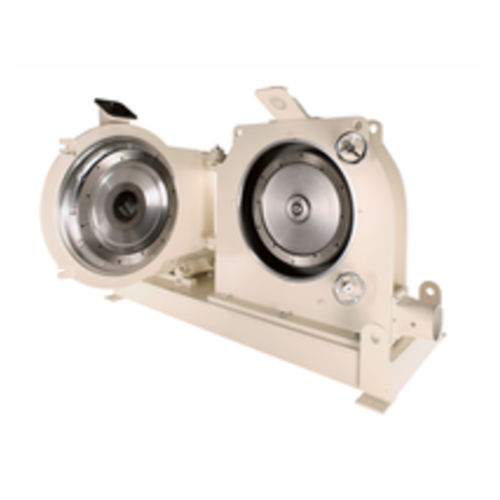
Fine cutting mill for soft to medium-hard plastics
Achieve precise size reduction and smooth particle shapes in plastic p...
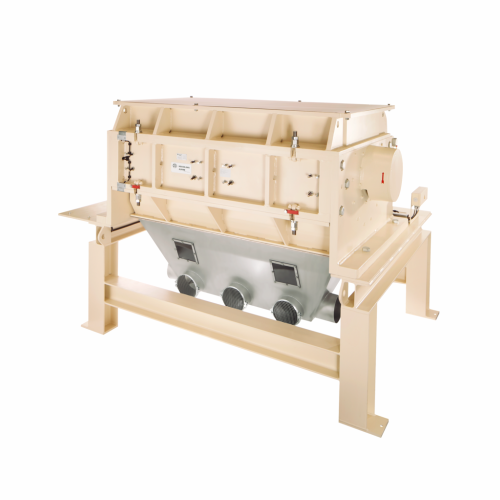
Compact granulator for plastic comminution
Optimize your plastic recycling operations with a compact granulator designed t...
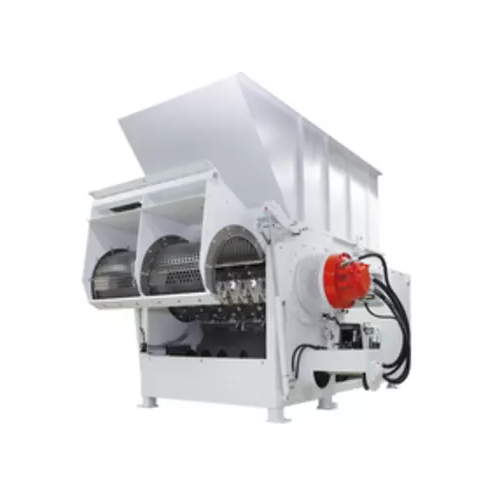
Heavy-duty shredder for difficult materials
Struggling with stubborn materials that resist conventional shredding? This ro...
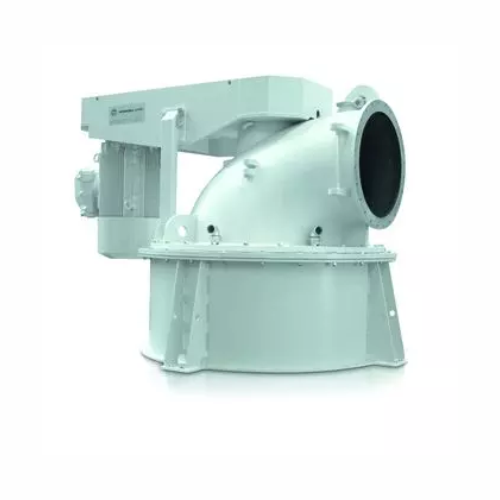
Air classifier for fine powder processing
Enhance your production line with precise particle size control and energy-effic...
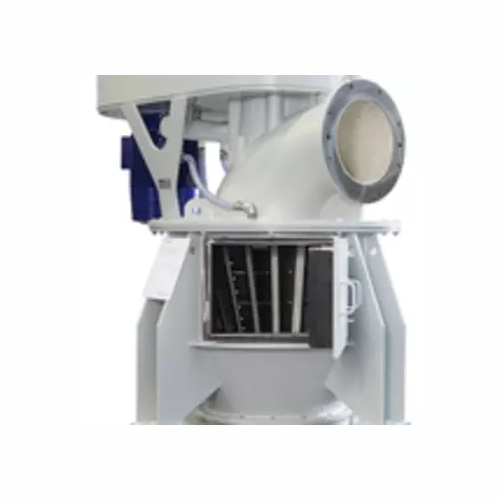
Ultrafine classifier for precise particle separation
Gain precise control over particle size with this ultrafine classifi...
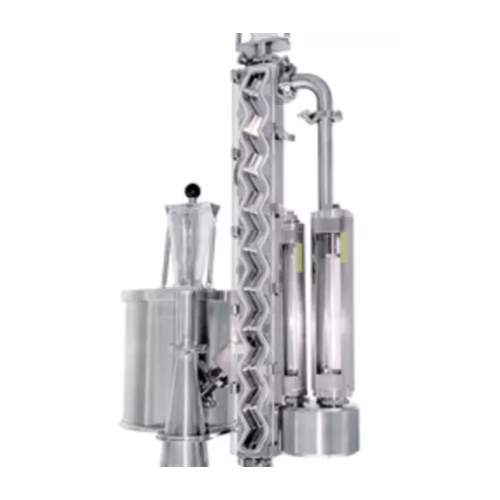
Gravity classifier for precise particle separation
Achieve sharp separations in particle processing with minimal maintena...
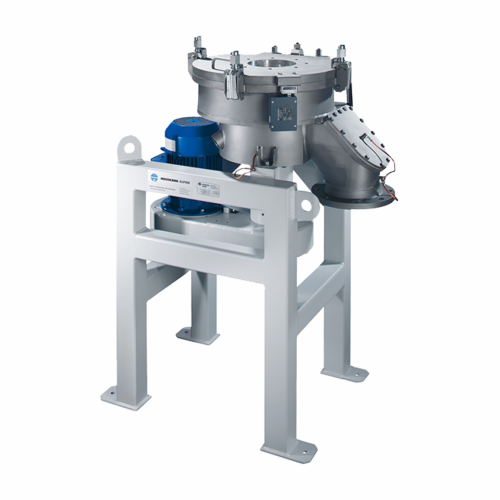
Ultrafine classifier for toner and pigments
Achieve unparalleled precision in classifying fine powders essential for high-...
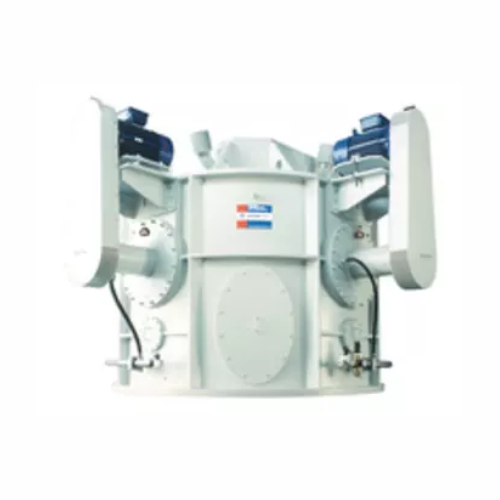
Ultrafine air classifier for powder separation
Achieve precise particle separation with technology designed to enhance you...
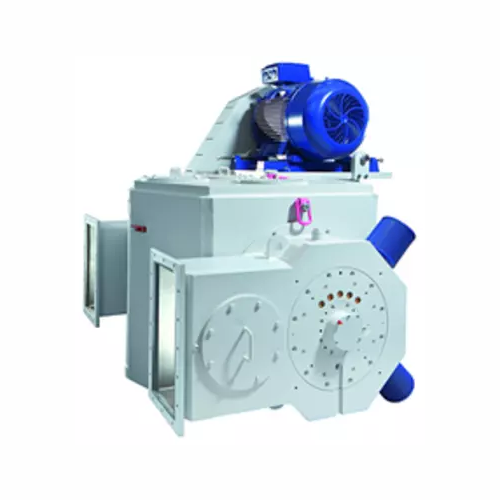
Ultrafine classifier for soft to medium-hard mineral processing
Achieve exceptional particle precision with an ultrafine...
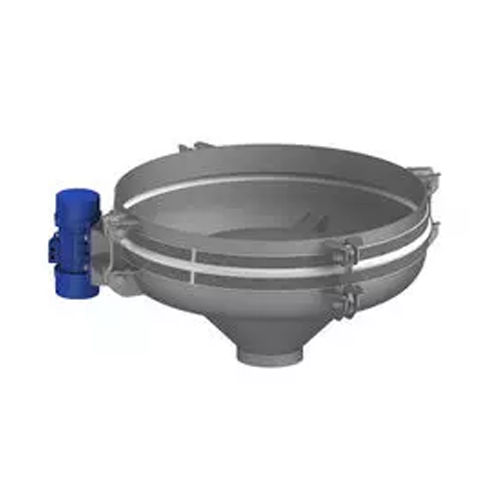
Discharge systems for difficult bulk materials
Achieve seamless bulk material discharge with our advanced systems that eff...
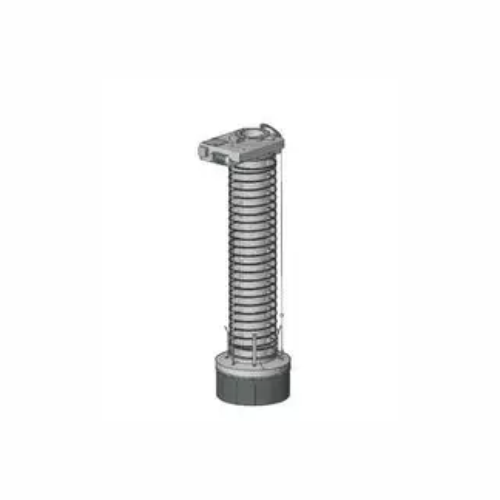
Automatic bulk material filling system
Ensure precise, contamination-free filling of various bulk materials with an advance...
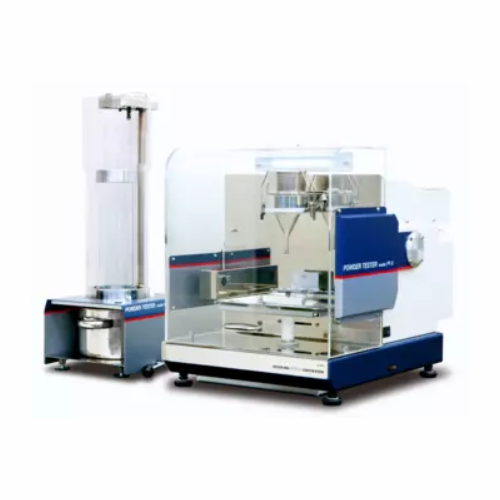
Powder flowability and compressibility analysis
Ensure accurate powder flowability and compressibility data with this adva...
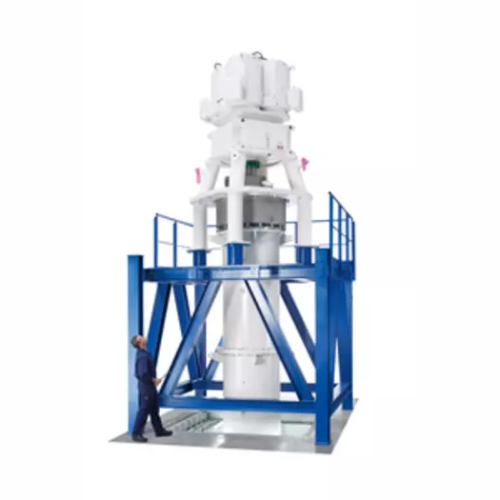
Ultrafine grinding mill for calcium carbonate slurries
Achieve precise particle size distribution in your mineral slurrie...
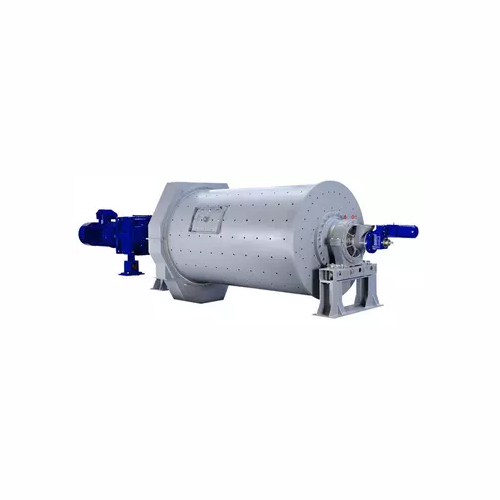
Ball mill for dry comminution of hard materials
Achieve ultrafine particle sizes and precise material breakdown with this ...
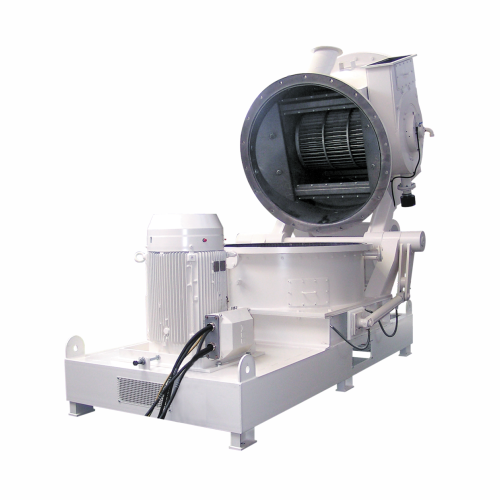
Classifier mill for ultra-fine grinding and precise particle size control
Achieve consistent ultra-fine particle distr...

Air classifier for classifying industrial minerals
Achieve precise particle separation with advanced air classifiers, par...
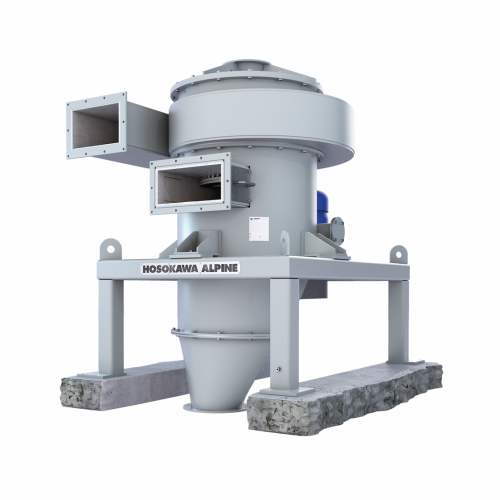
Air classifier for fine to medium-fine separation
Reduce energy consumption and wear while achieving high precision in th...
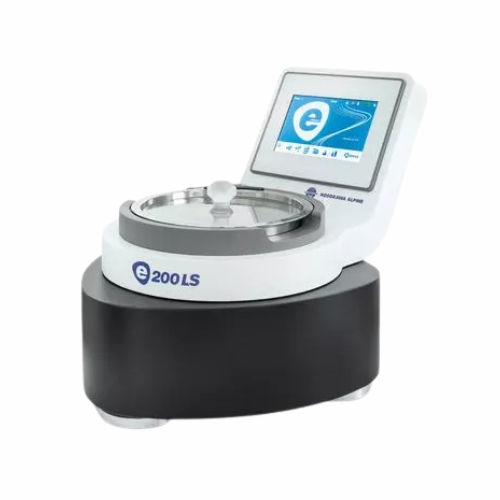
Air jet sieve for particle size analysis
Achieve precise particle size distribution effortlessly for your powders, ensuring...
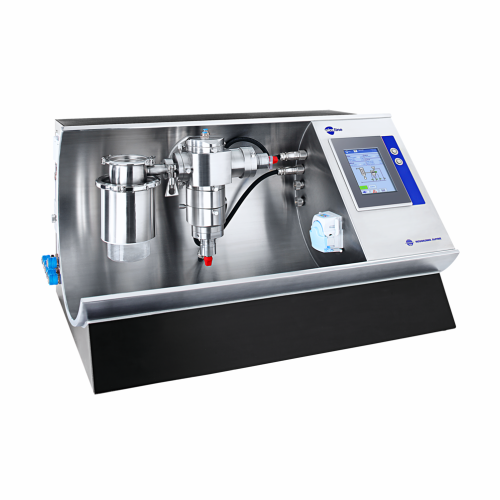
Laboratory system for powder and particle processing
When precision in powder processing is crucial, this versatile labor...
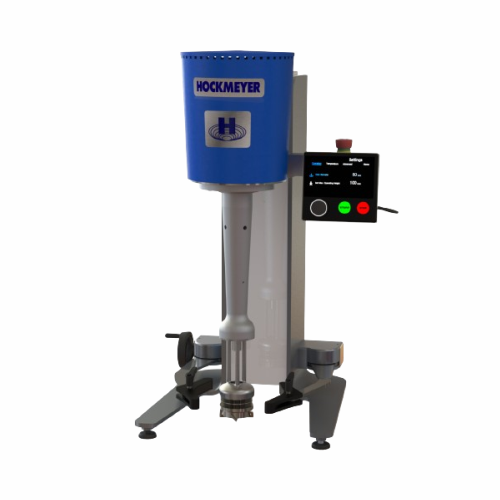
Lab-scale disperser and immersion mill
Achieve precise dispersing and milling with rapid changeover capabilities, ideal for...
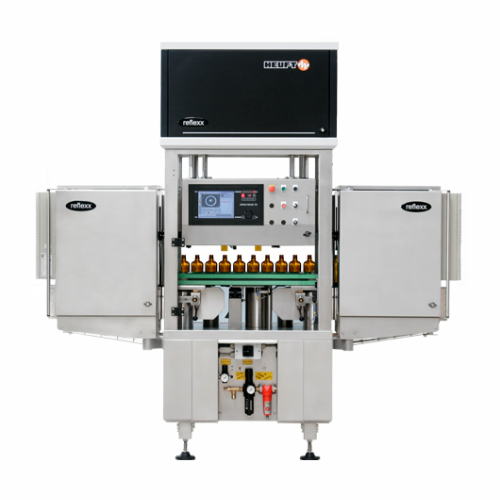
Empty container inspection for pharma packaging
Ensure ultra-clean packaging by detecting glass faults and contaminants be...
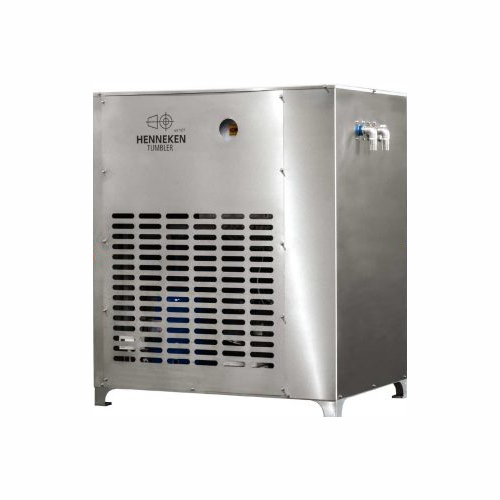
Double jacket cooling and defrosting system
Achieve precise temperature control in meat processing with a double jacket sy...
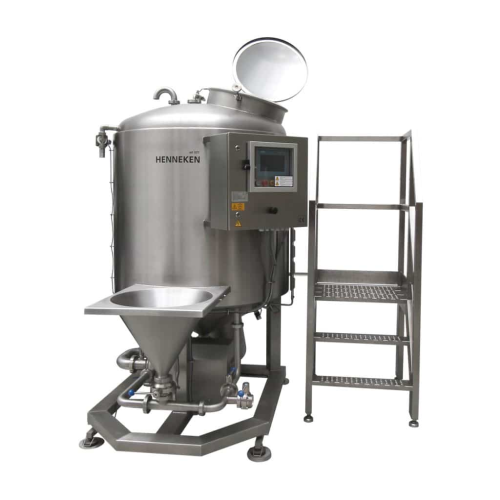
Homogeneous brine mixer for meat processing
Achieve rapid and uniform brine solutions with precise integration into your p...
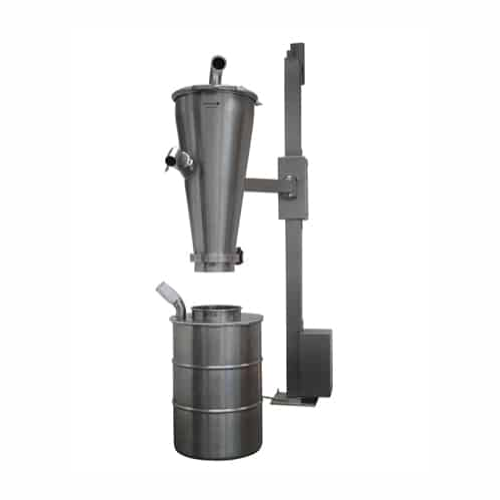
Vacuum conveyor for hygienic material transfer
For operations demanding swift, dust-free material handling, this solution ...
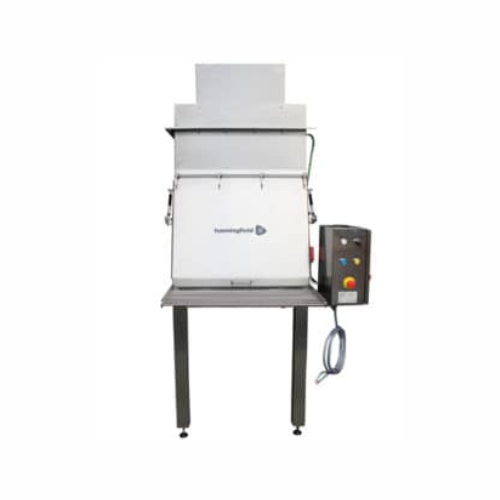
Dust control sack tip station for bag unloading
Ensure efficient powder unloading and minimize dust emissions in your prod...
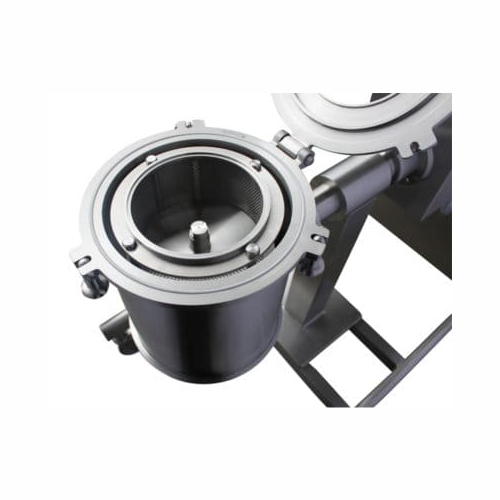
Centrifugal powder sifter for particle separation
Achieve consistent material quality with efficient powder sifting and d...
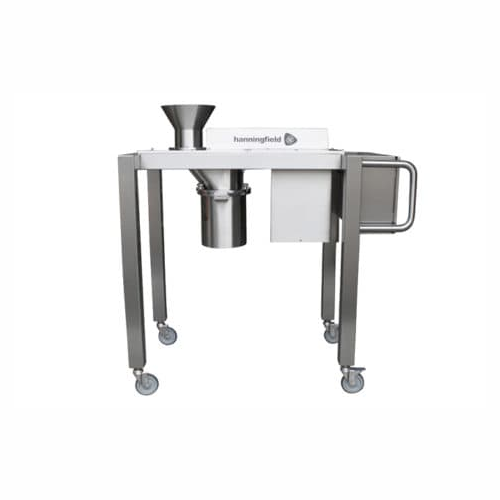
High capacity conical mill for powder processing
Optimize your milling process with a versatile solution that ensures prec...
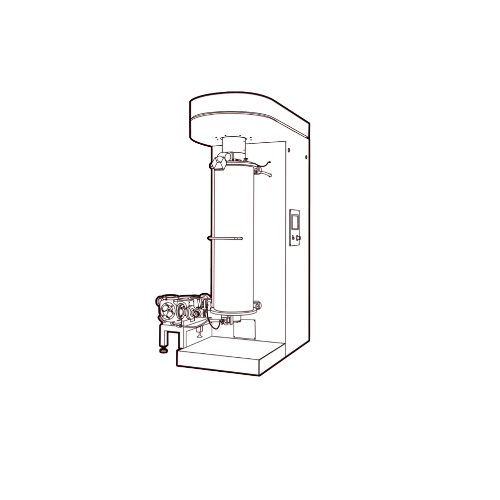
Spindle mill for fine and super fine grinding of cocoa liquor
Achieve precision in grinding cocoa liquor and nut pastes ...
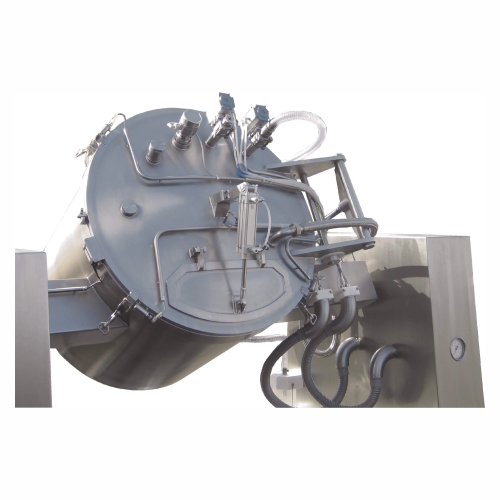
Vacuum tumblers for food processing
Optimize your production line with vacuum tumblers designed to enhance flavor infusion,...
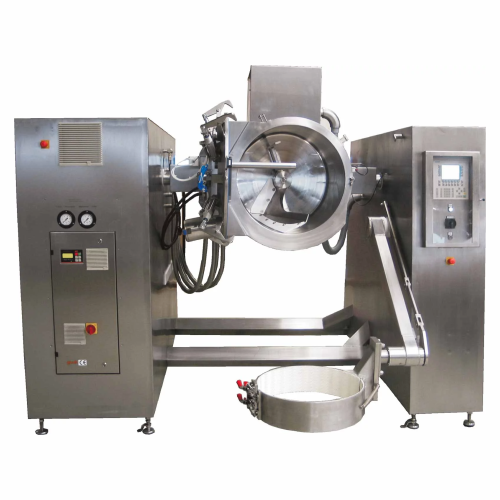
Industrial mixing and processing plant for demanding products
Enhance your production line with precise mixing and proce...
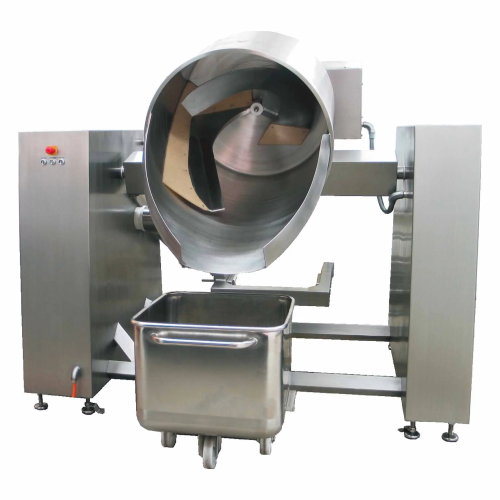
Industrial food mixer for sensitive product mixing
Enhance your production line with precise mixing capabilities, ensurin...
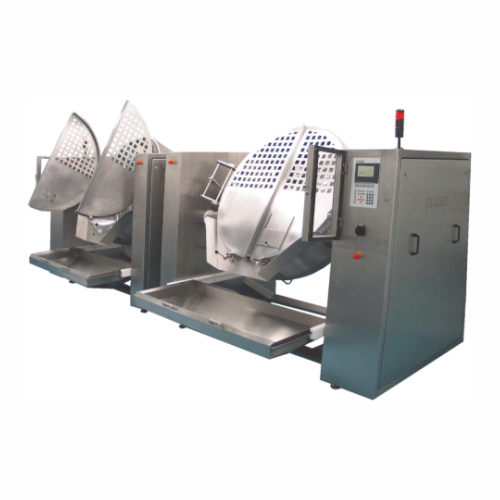
Industrial tilting frying pan for precise roasting and cooking
Achieve uniform cooking and optimal flavor retention with...
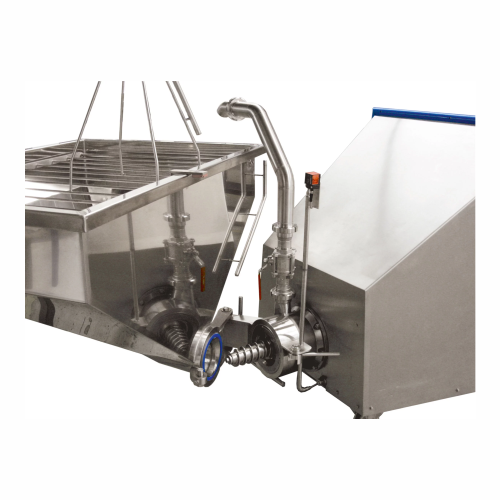
Precision emulsification equipment for food industry
Achieve precise comminution and emulsification for diverse food text...
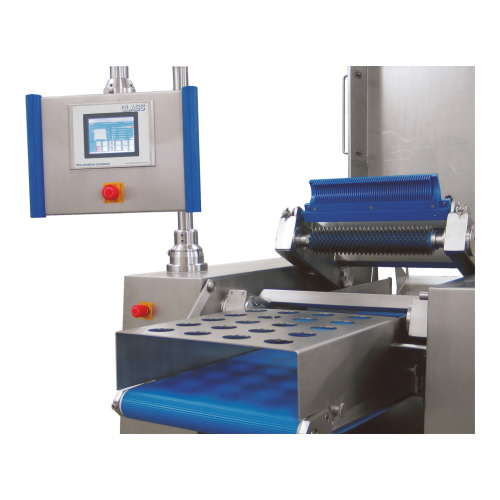
Cooked ham steaker
Achieve precise meat texture and uniformity with solutions designed for controlled cutting and pressing. I...
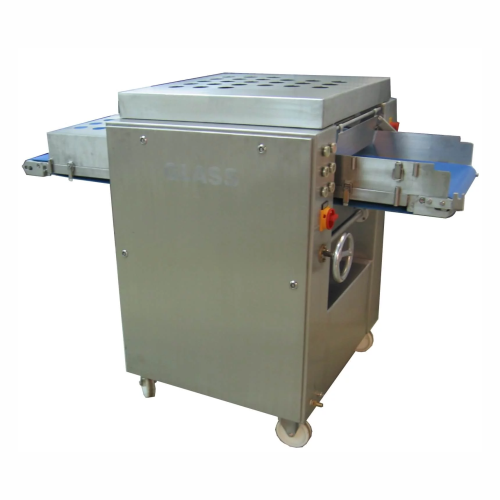
Schnitzel tenderizer with adjustable cutting pressure
For precise meat preparation, equip your production line with a sch...
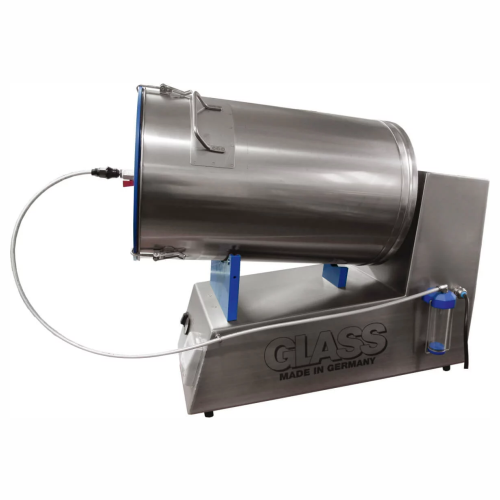
Laboratory mixing plant for small scale food production
Achieve precise control over small batch food processing with a v...
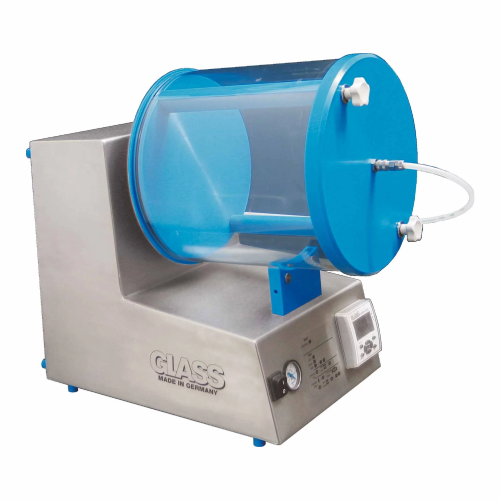
Small batch free fall mixer for food industry applications
Efficiently handle diverse ingredient integration for plant-b...
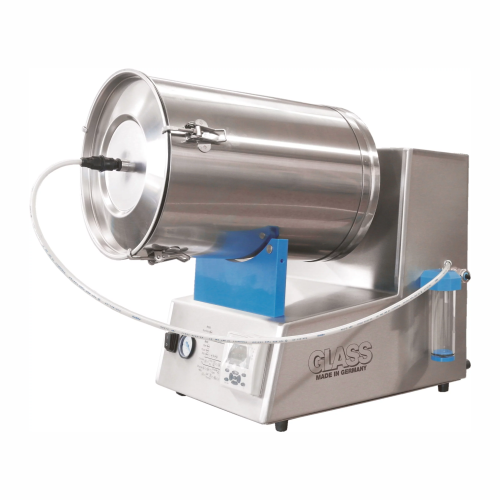
Vacuum marinater for meat production
Streamline your marinating process with precise vacuum control, enhancing flavor absor...
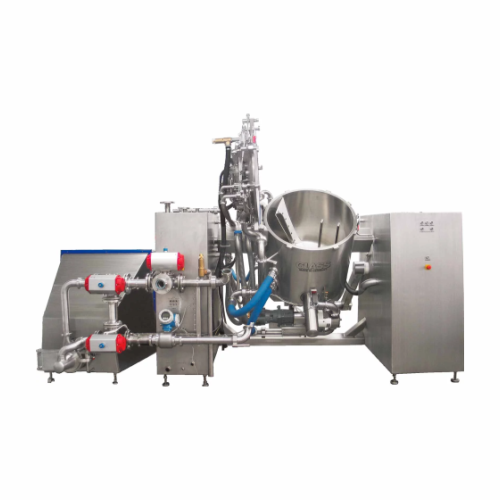
Integrated production system for food processing
Optimize your food production line with this versatile system, designed t...
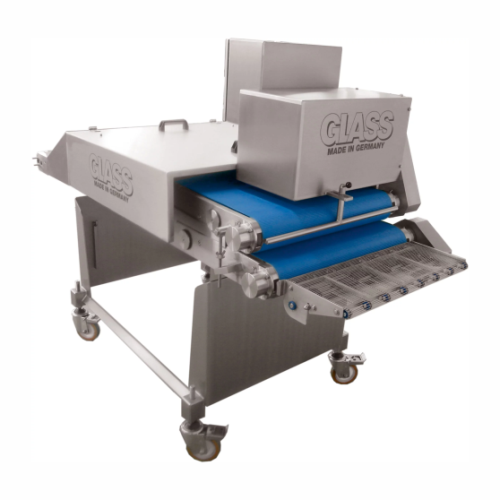
Meat flattening and levelling system
Optimize your meat production with precise flattening and leveling, achieving consiste...
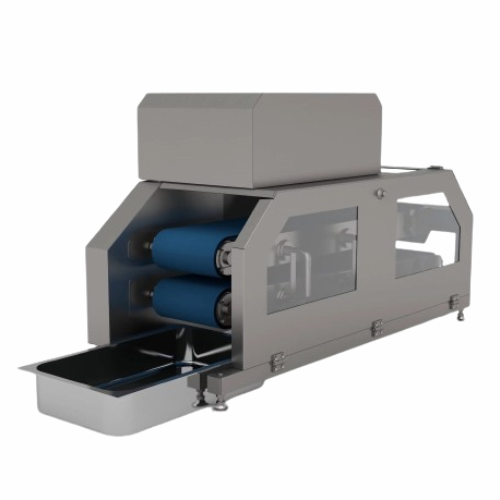
Meat tenderizing and flattening solution
Achieve consistent thickness and texture with this innovative flattening system, i...
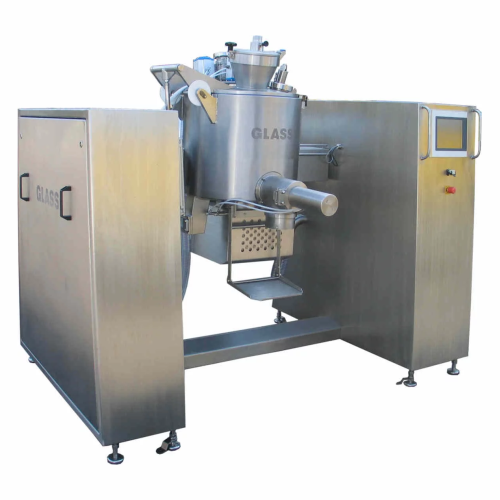
High-speed mixer for granulating and mixing powders
Achieve consistent granulation and mixing with precise temperature co...
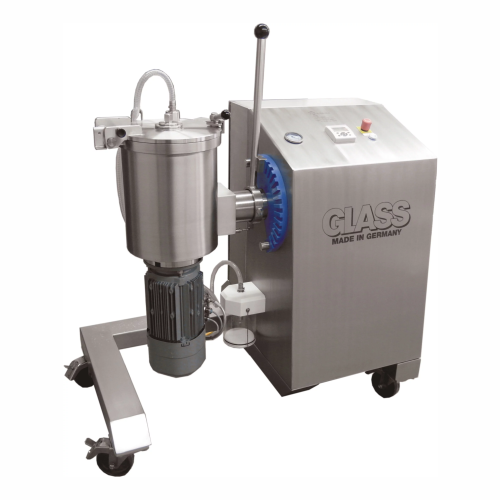
Emulsifying plant for pasty and liquid products
Optimize your production line with seamless emulsification processes, desi...
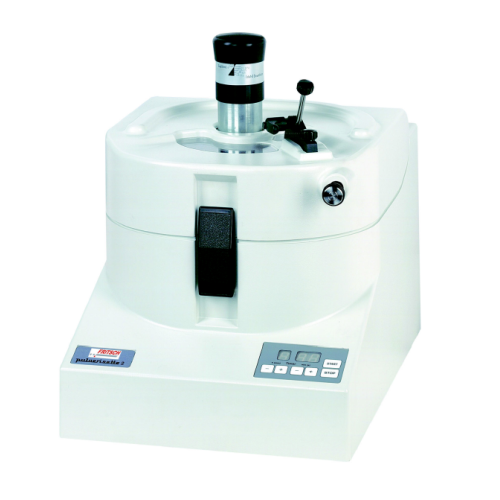
Laboratory mortar grinder for wet and dry grinding
Ensure precise blending of fine powders, pastes, and creams with contr...
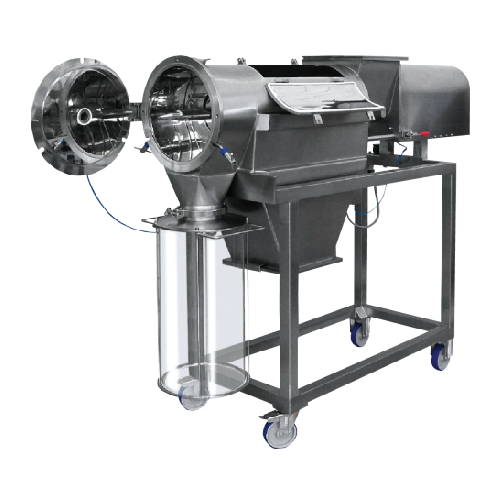
Centrifugal sifter for particle size classification
Achieve precise particle size control with high output efficiency, en...
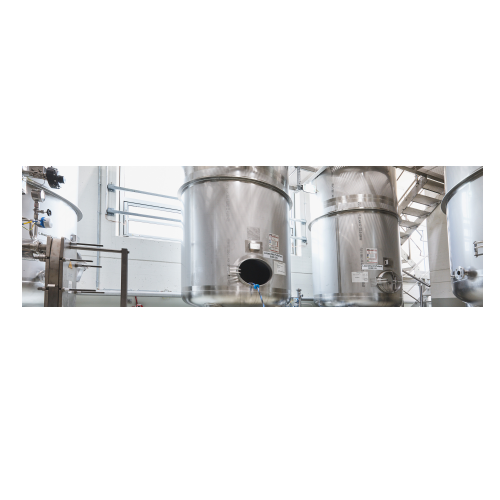
Thermal process plants for liquid treatment
Achieve precision thermal processing with systems designed to optimize the hea...
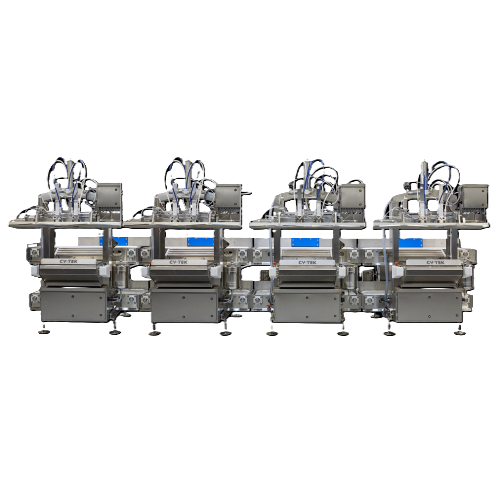
Multi-station modified atmosphere packaging system for bulk products
Optimize your packaging efficiency with a system d...
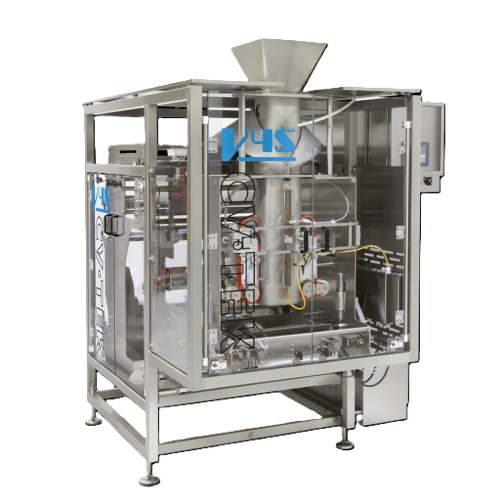
Vertical form fill seal packaging for high washdown environments
Ensure optimal packaging in demanding environments with...
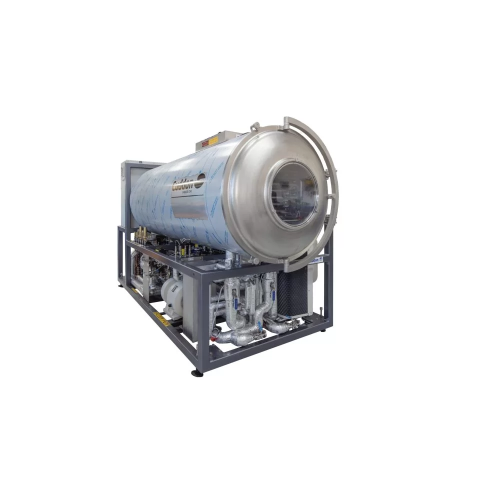
Freeze dryer for high sugar or acid content products
Achieve precise moisture control for challenging high sugar or acid ...
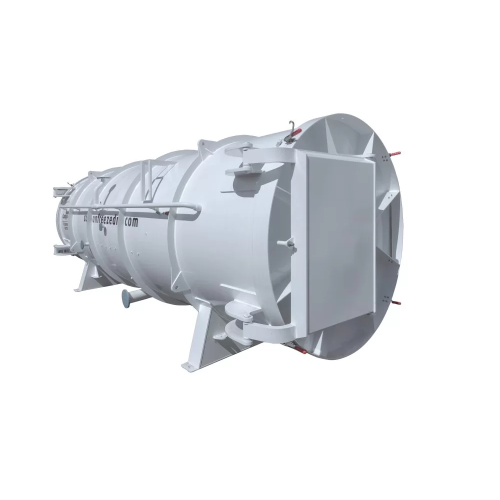
Large-scale industrial freeze dryer
Achieve precise moisture control and preserve product integrity with a large-scale free...
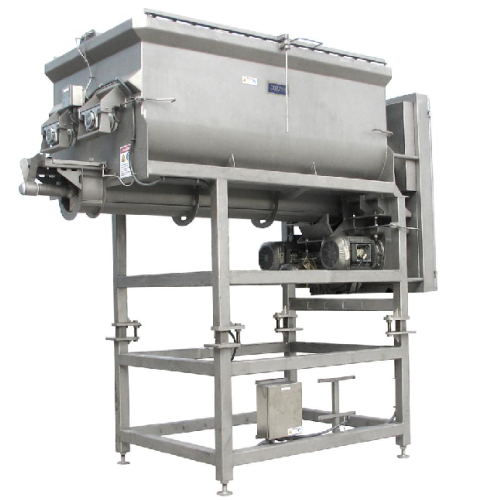
Overlapping paddle mixer for precise food processing
For precise and thorough mixing in food processing, this solution en...
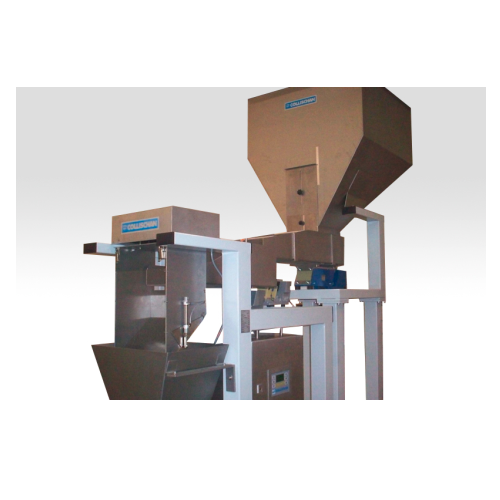
Weigh filler for bulk quantities 2-20kg
Optimizing your filling process with precision, this equipment handles bulk quantit...
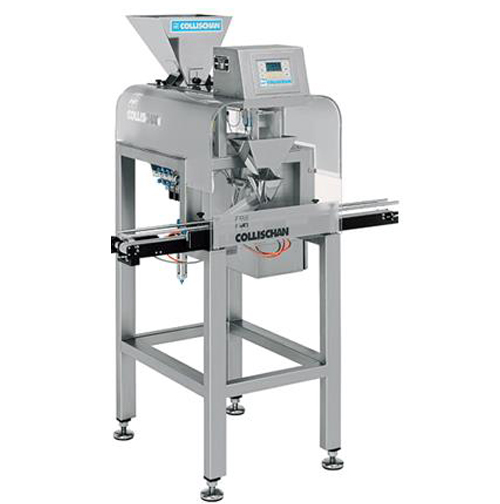
Weight filler for small batches in explosive areas
Efficiently handle and weigh small batch products with precision, even...
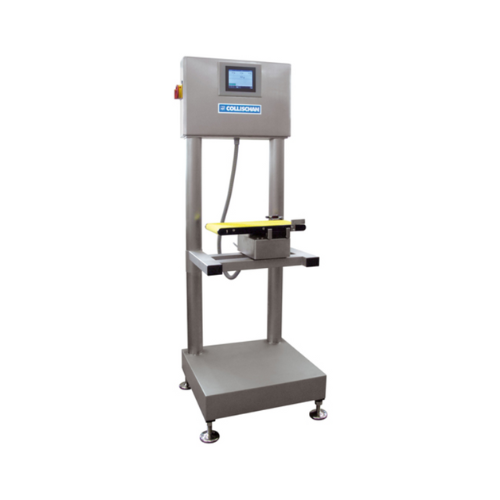
Basic checkweigher for weight control in low to medium performance
Ensure accurate weight control with a versatile chec...
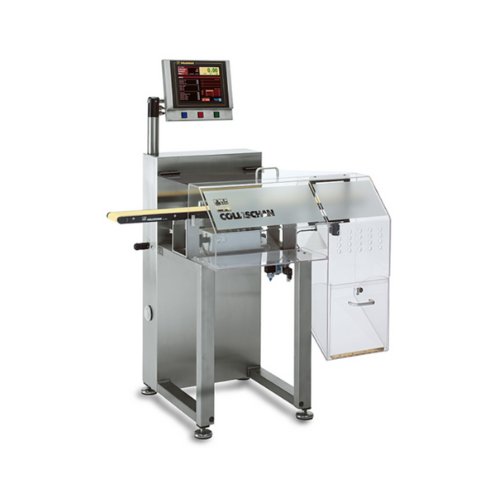
High-performance checkweigher for pharmaceutical tablet cartons
Achieve precision weighing at speeds up to 500 units per...
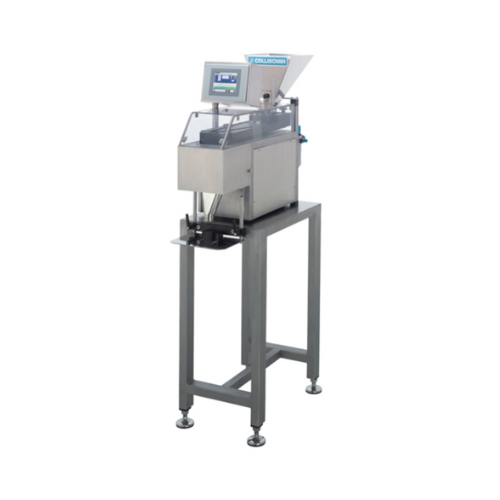
Counting system for tablets and capsules
Effortlessly count a variety of tablets, capsules, and dragées with precision, ens...
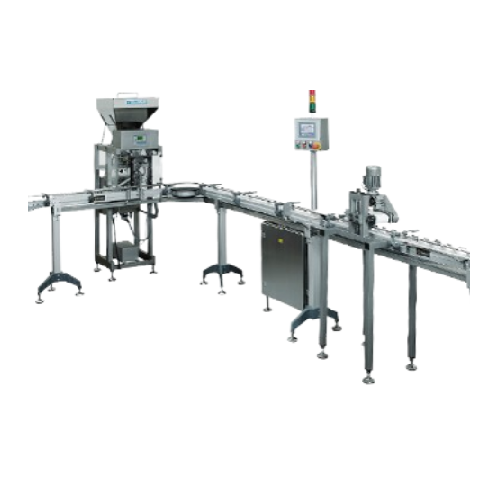
Precision weigh filler for food and pharma industries
Optimize precision in multi-component dosing with seamless integrat...
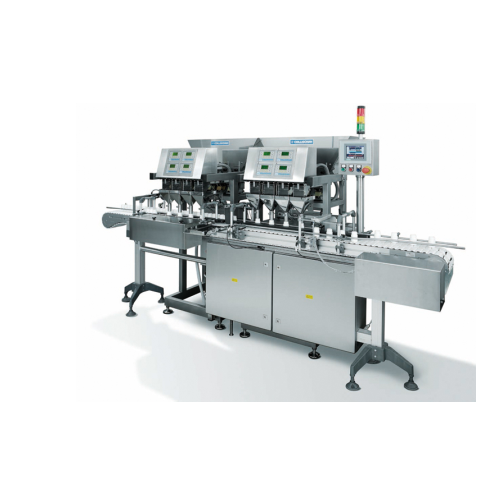
Complete packaging lines for various containers
Streamline your packaging process with versatile equipment capable of hand...
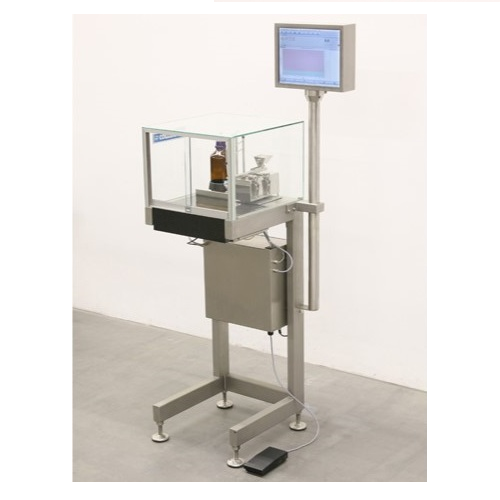
Microdosing system for granules and powder
Achieve precise dosing with minimal variance across all fills, ensuring consist...
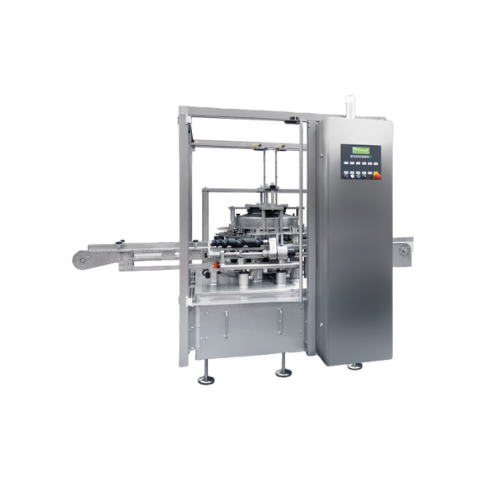
Rotary continuous motion bottle cleaning solution
Ensure pristine product integrity by effectively eliminating particles ...
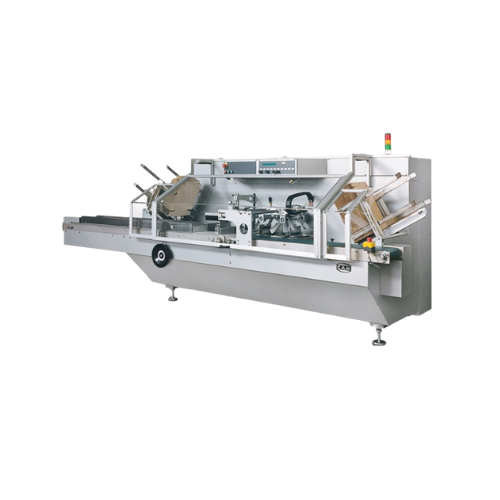
Tray and lid forming solution for food packaging
For manufacturers needing precision packaging, this machine seamlessly fo...
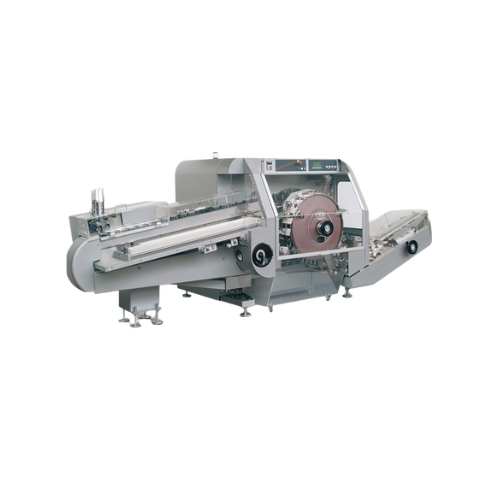
High-speed continuous motion horizontal cartoner
Achieve seamless high-speed cartoning with precision cartoner systems des...
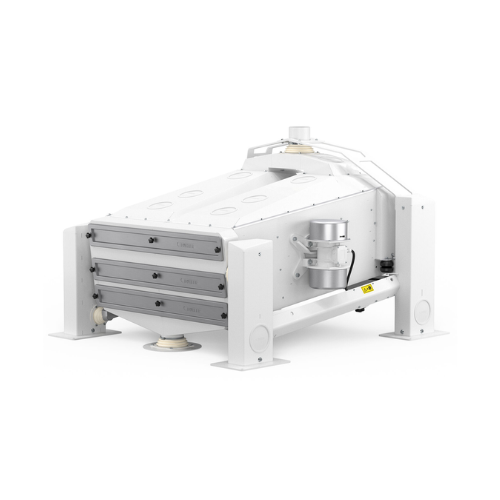
Grain separator for impurity removal in milling
Optimize grain cleaning with a high-performance separator designed to effi...
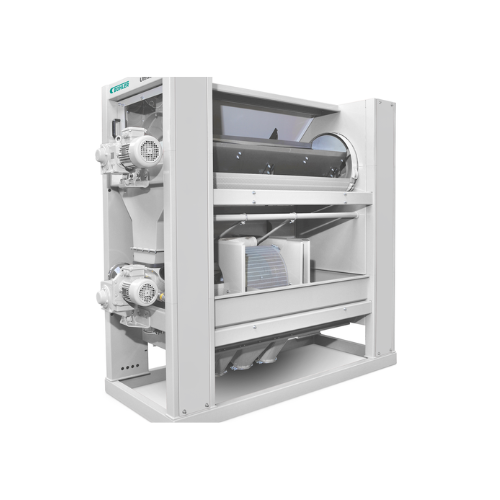
Indented separator for grain quality control
Achieve precise grain length separation with an adaptable indented separator,...
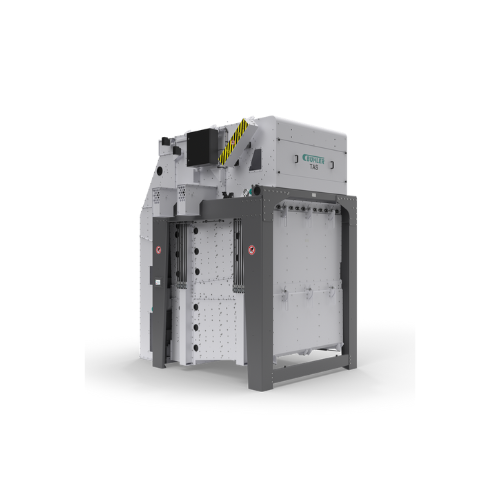
Grain cleaning system for high-quality processing
Optimize your grain processing with a versatile cleaning system designe...
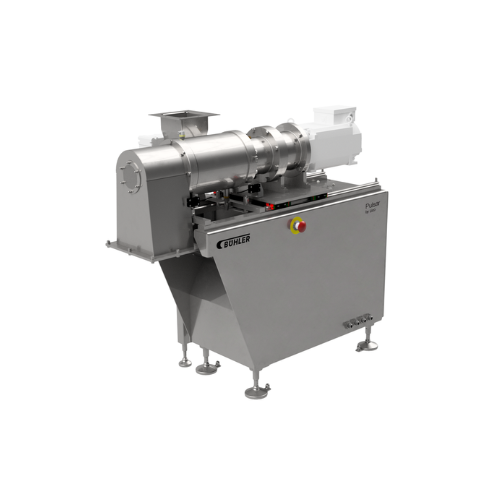
Universal mill for grinding nuts and seeds
Optimize your nut paste production with a high-speed, versatile milling solutio...
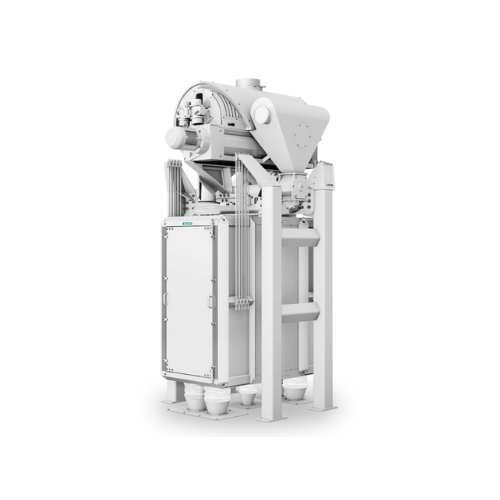
High-throughput grain cleaner
Maximize efficiency in grain processing with a high-throughput cleaner designed to handle dive...
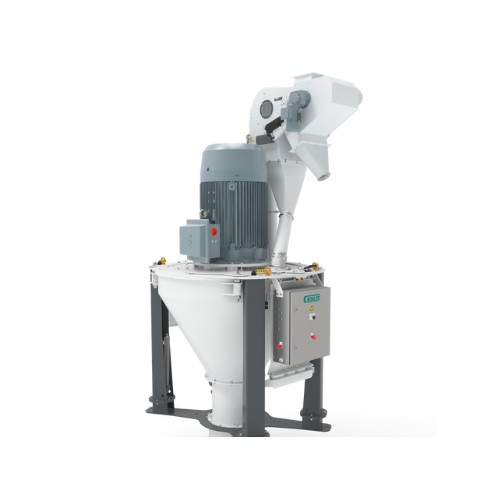
Vertical hammer mill for feed and grain processing
Optimize your milling operations and improve energy efficiency with th...
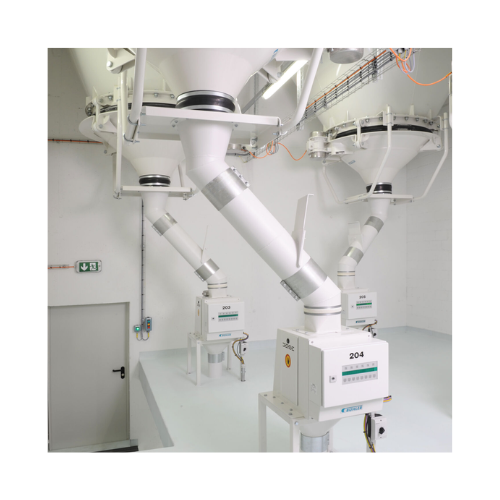
Vibro discharger for silo emptying
Achieve complete and even discharging of bulk materials from various silo types, ensurin...
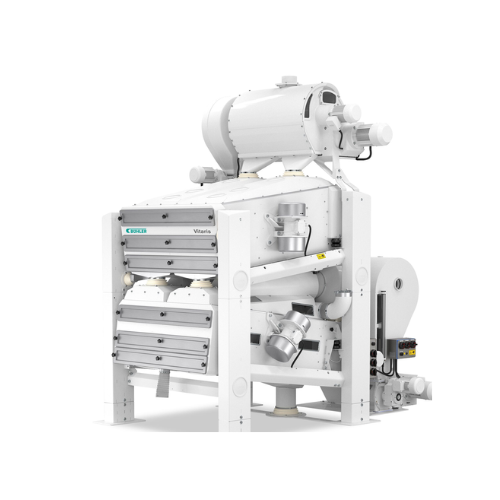
Advanced grain cleaning system
Optimize your grain processing with a cutting-edge cleaning solution that efficiently removes...

Efficient grain destoning and concentrating system
Optimize your grain processing with a solution that ensures precise se...
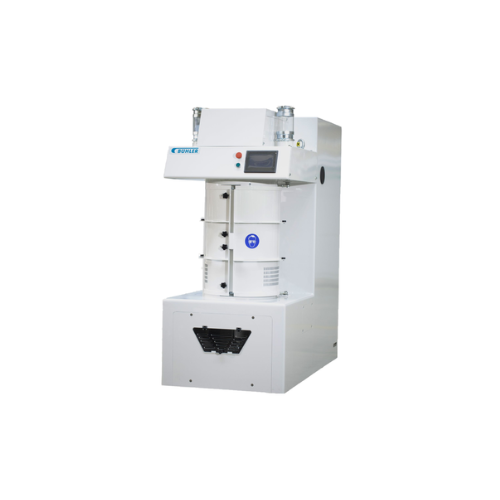
Automatic rice whitening solution
Need consistent rice whiteness and bran removal without manual intervention? This high-sp...
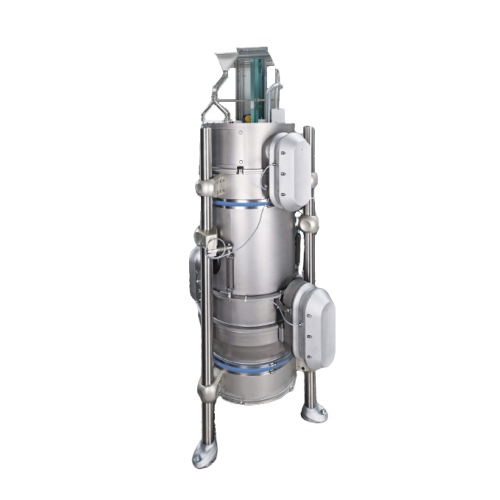
Advanced superheated steam drying solution
Harness the power of consistent drying technology to achieve optimal moisture c...
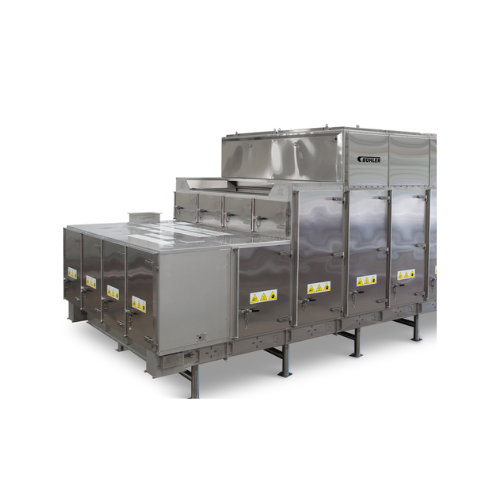
Multi-pass pet food dryer for consistent moisture content
Achieve precise moisture control and enhanced product quality ...
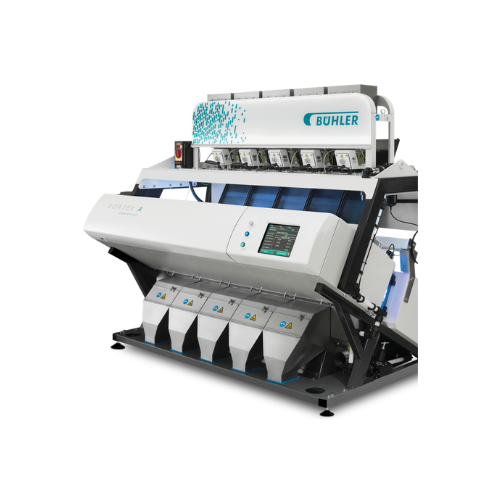
Optical sorter for coffee, grains, nuts, and plastic flakes
Ensure precise defect detection and foreign material removal...
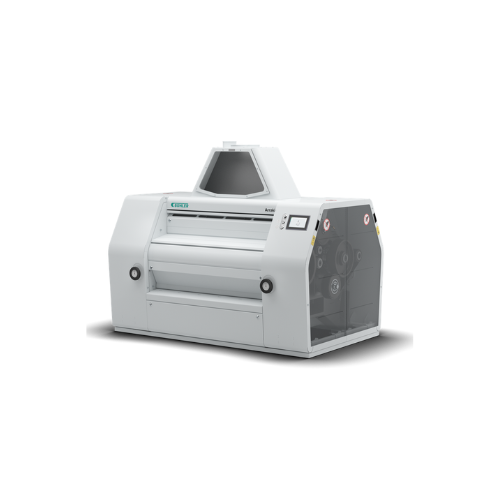
Four-roller and eight-roller mill for wheat and grain grinding
Optimize your grinding operations with this versatile rol...
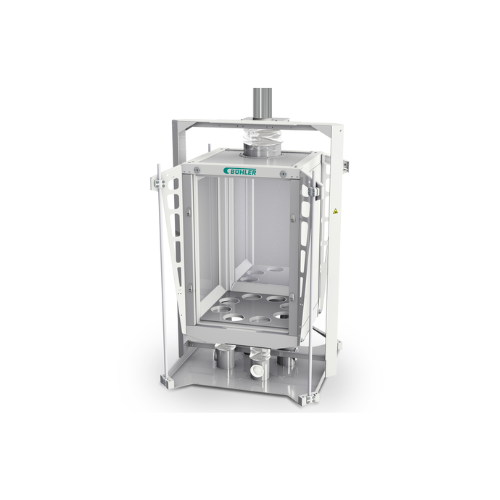
Grain sifter for milling applications
Optimize your grain processing by efficiently sifting and sorting a variety of produc...
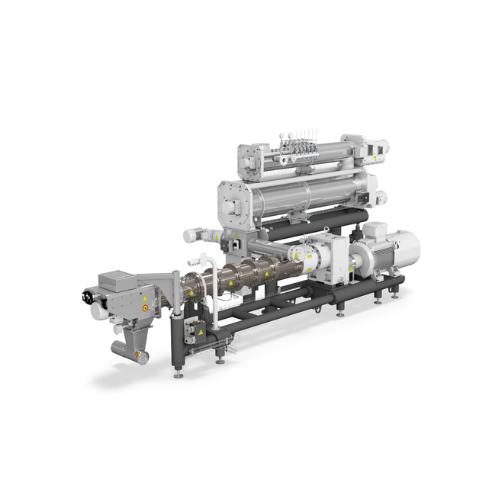
Single-screw extruder for pet food and aqua feed
For producers aiming to diversify their offerings, this single-screw extr...
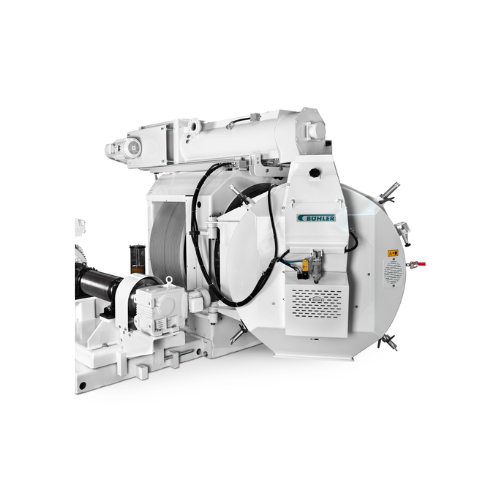
Pellet mill for biomass and sunflower hulls
Achieve high-speed, continuous production of durable pellets from varied mater...
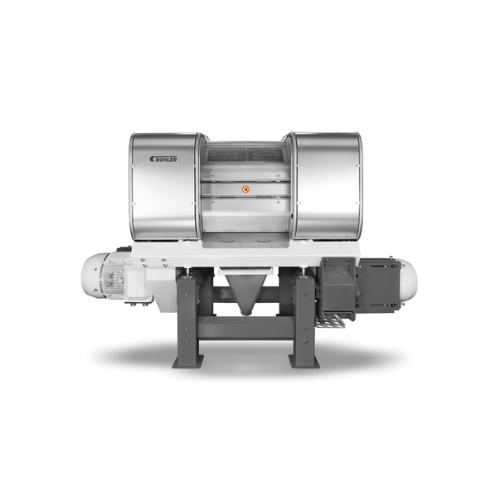
Flaking mill for grain and cereal production
Achieve consistent flake thickness and high throughput with advanced roller t...
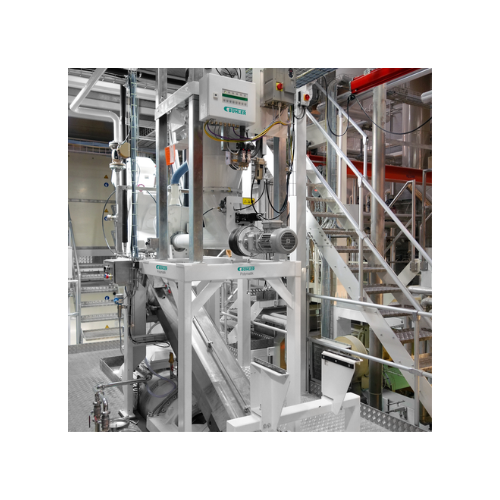
Commercial pasta press for diverse ingredients
Optimize your pasta production with a flexible solution capable of handling...
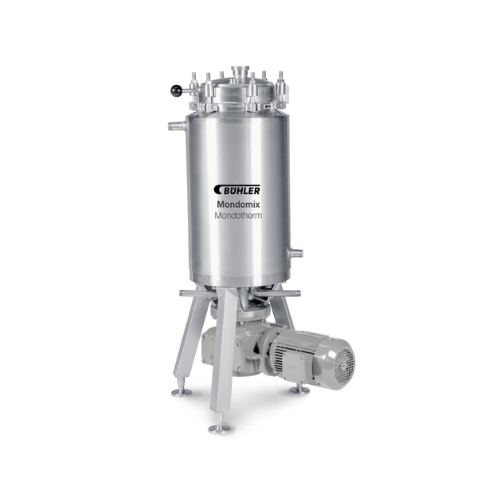
Scraped surface heat exchanger for viscous liquids
Optimize heating and cooling of viscous liquids efficiently with conti...
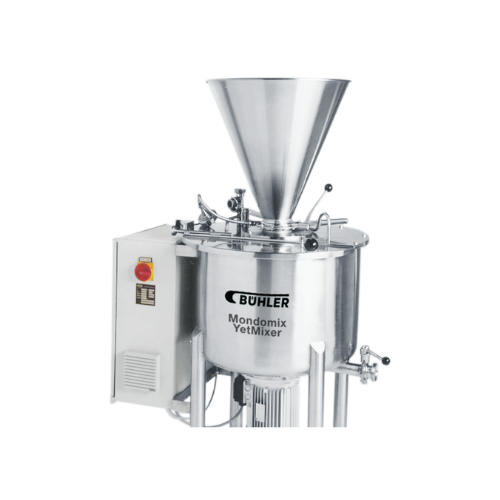
Premixer for confectionery masses
Achieve consistent ingredient blending with precision-premixing for candy and baked goods...
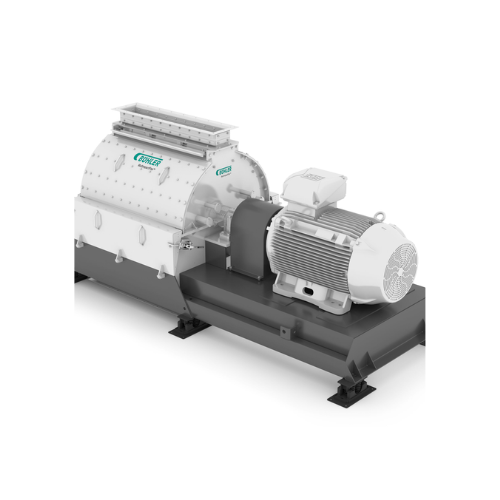
Hammer mill for fine grinding in food and feed industries
Achieve exceptionally fine particle-size distribution with a h...
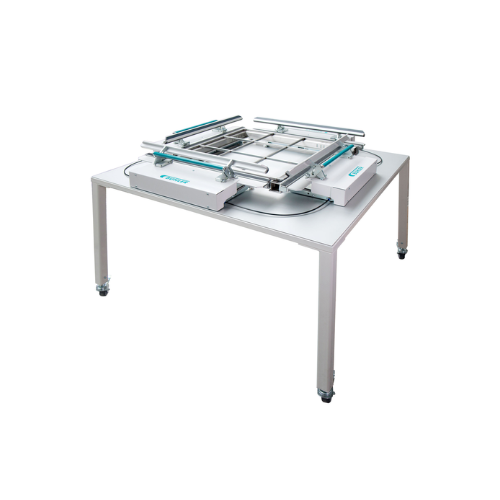
Sieve tensioning device for milling applications
Achieve precise and consistent tensioning across various sieve frames wit...
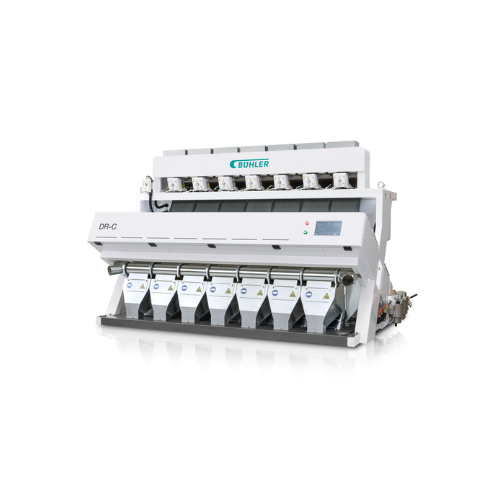
Optical sorter for rice defect detection
Achieve exceptional sorting precision by detecting and removing color and foreign ...
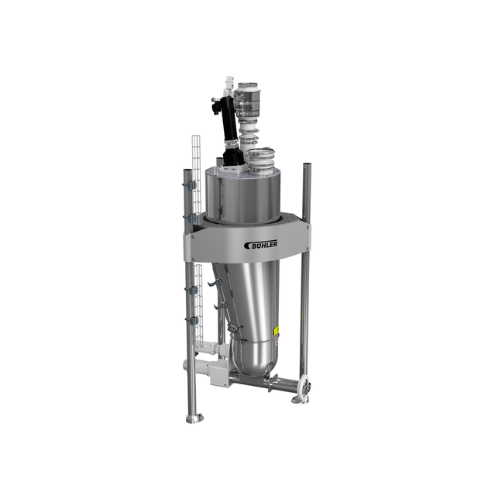
Micro loss-in-weight scale for precise dosing
For precise control over micro-component addition, this technology ensures c...
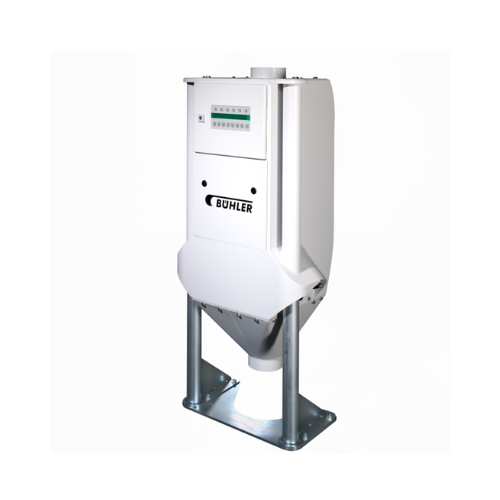
Moisture control system for grain milling
Optimize moisture levels precisely within your grain milling process, ensuring c...
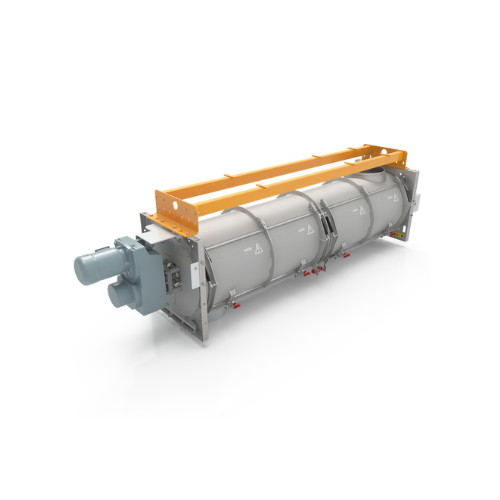
Retentioner for animal feed safety enhancement
Enhance your feed production line with a retention system designed for unif...
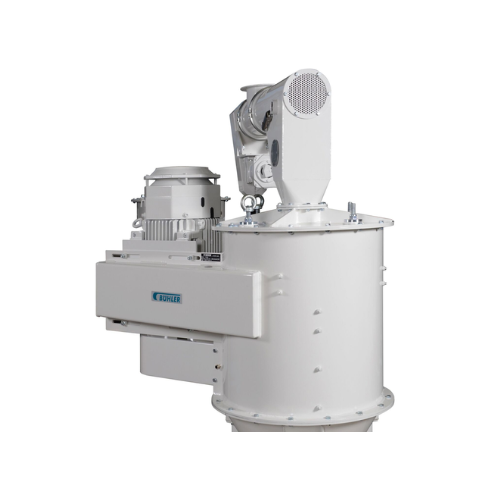
Impact dehuller for sunflower, soybean, and cottonseed
Enhance oil extraction efficiency with a dehulling solution that g...
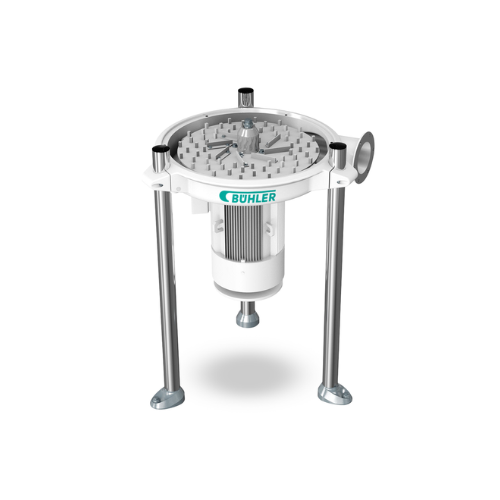
Impact machine for milling applications
Optimize your grain processing with this versatile impact machine, designed to refi...
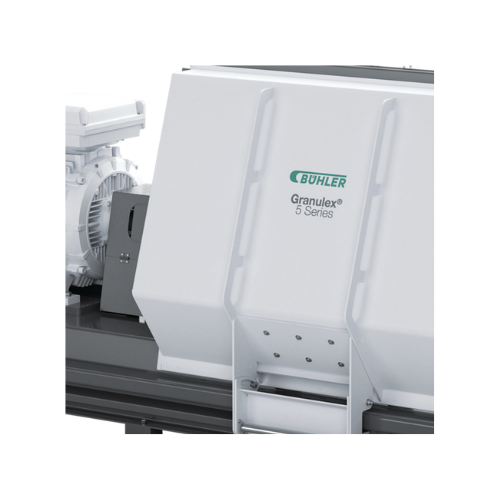
High-throughput hammer mill for animal feed production
Ideal for high-throughput operations, this hammer mill ensures pre...
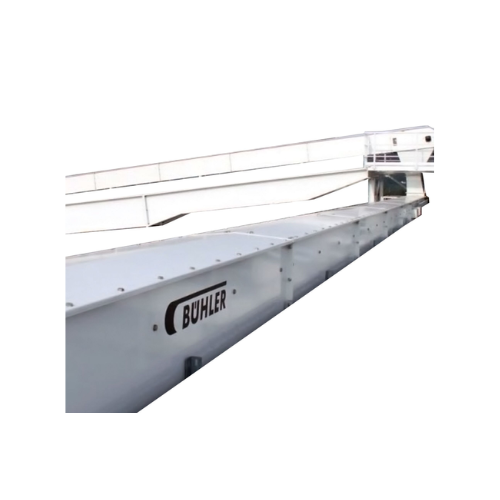
Heavy-duty trough chain conveyor for high throughput applications
Optimized for high-capacity operations, this robust c...
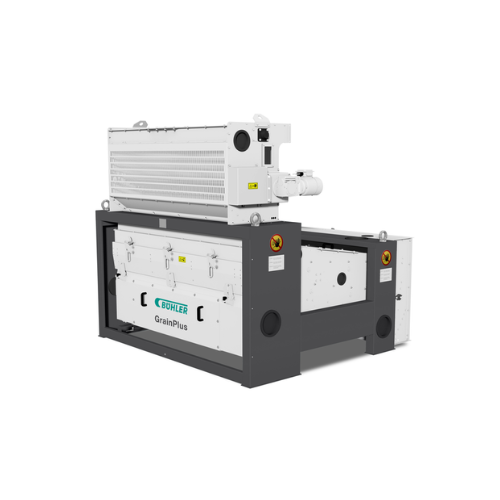
Grainplus screening system for grain quality
Ensure precision in grain cleaning with a compact and efficient sieving techn...
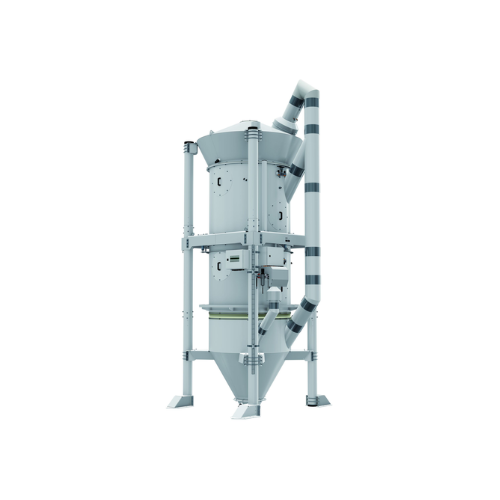
Automatic silo scale for grain processing
Enhance your grain handling operations with precision weighing and dosing, ensur...
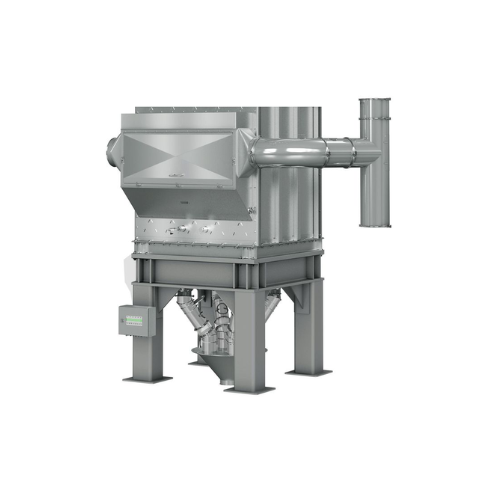
Hydrothermal kiln for oats and sorghum
Optimize your grain production with advanced enzyme inactivation and hydrothermal tr...
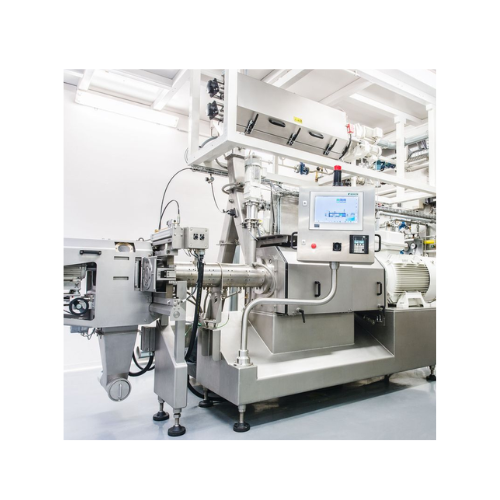
Twin-screw extruder for breakfast cereals production
Enhance your product range with flexible twin-screw extrusion techno...
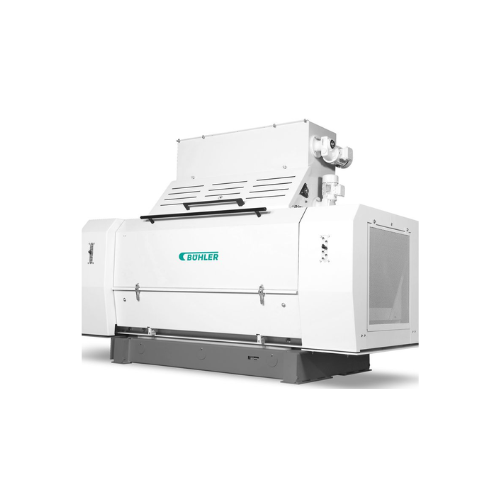
Oilseed flaking and milling system
Optimize your oilseed processing with a flaking system that enhances extraction efficien...
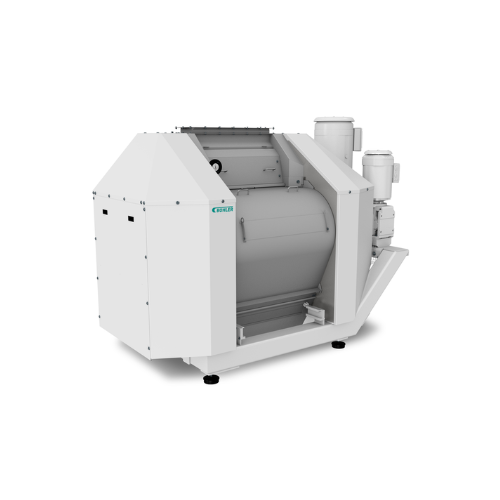
Industrial grain flaking mill
For efficient grain processing, achieve uniform flake quality with advanced temperature-contro...
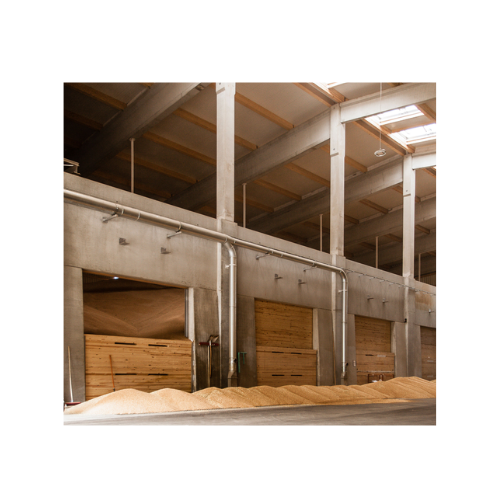
Flat storage system for grain
Designed to accommodate various agricultural products, this flat storage system ensures effici...
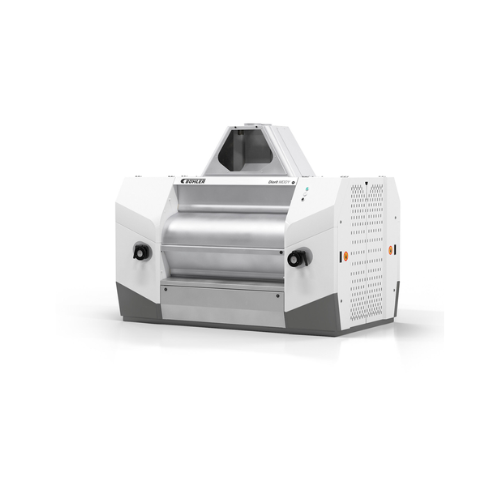
Four-roller and eight-roller mill for grains
Optimize your grain processing with precise roller configurations, ensuring c...
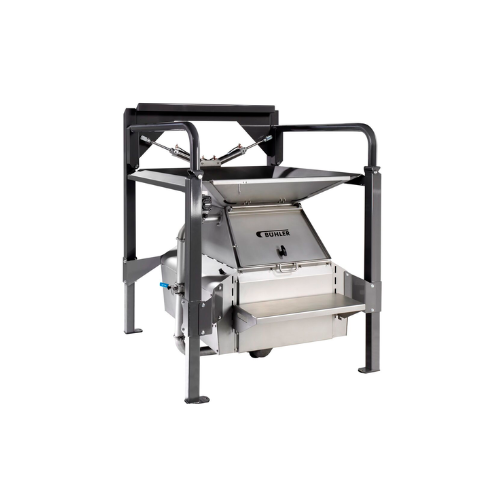
Discharge station for bags and big bags
Ensure consistent material flow and hygiene in your production line with a versatil...
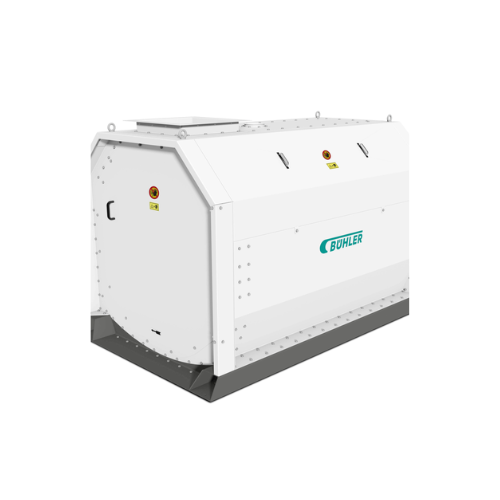
Grain cleaning drum sieve
Optimize your grain processing with this versatile pre-cleaning solution designed to efficiently r...

Malt conditioner for optimal brewing efficiency
Enhance your milling process with precise moisture control, ensuring optim...
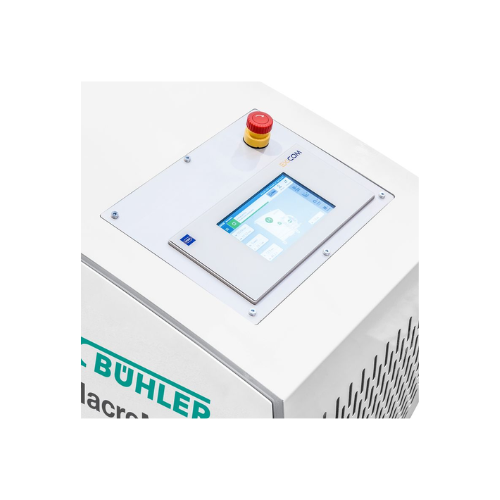
Control systems for wet grinding industry
Enhance precision and efficiency in your production line with advanced control s...
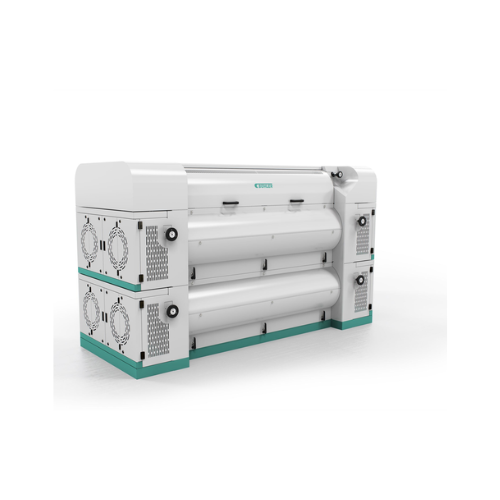
Cracking mill for oilseeds and feed
Enhance your production efficiency with a cracking mill that optimizes throughput and m...
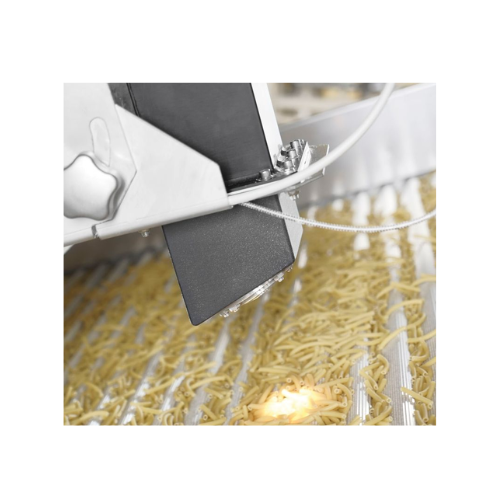
Digital process service for regulating water in dough preparation
Achieve consistent dough moisture levels with this di...
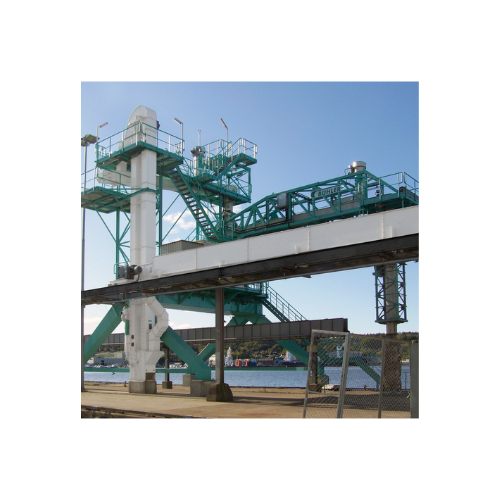
Vertical conveyor for bulk materials
Optimize your handling of bulk materials with a cost-effective solution that ensures h...
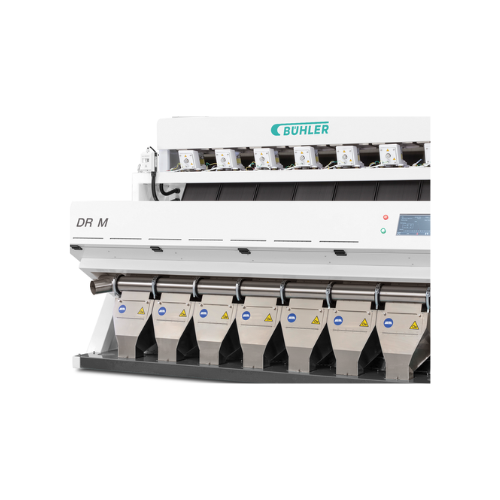
Optical sorter for wheat applications
Effortlessly enhance product purity by eliminating color defects and foreign material...
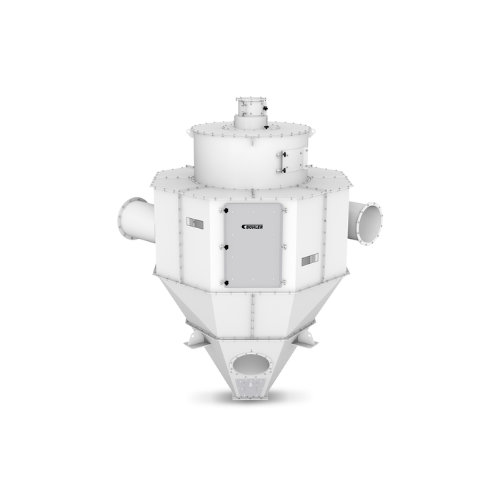
Soybean dehulling separator
Enhance the quality of your oilseeds and grains by efficiently separating hulls and impurities, ...
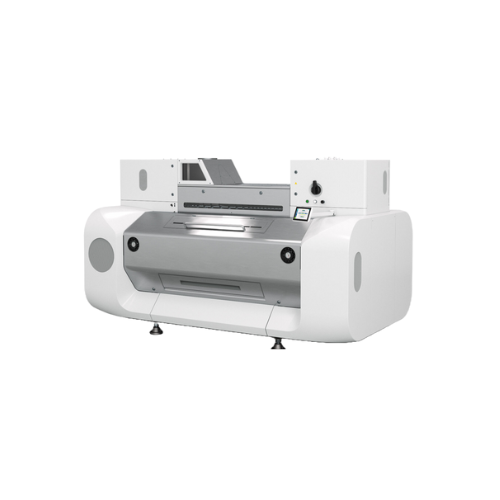
Integrated grinding system for wheat and grain
Optimize your grinding process with a system that delivers consistent parti...
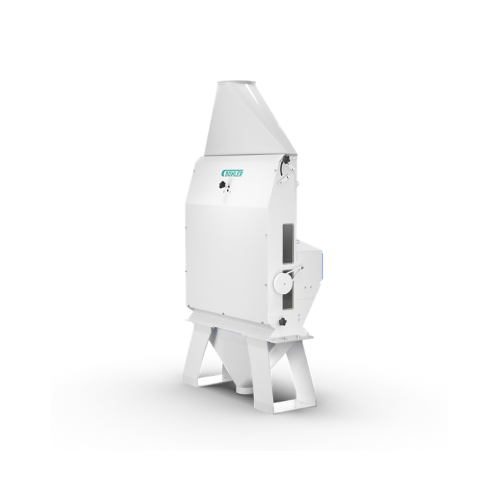
Aspiration channel for grain cleaning
Achieve superior product quality by efficiently removing light impurities from granul...
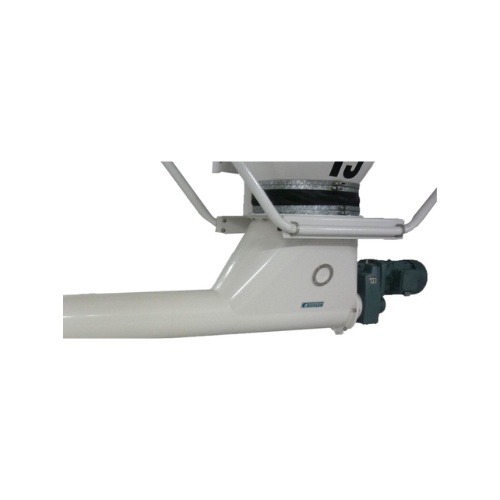
Tubular screw conveyor for grain transport
Efficiently discharge and dose raw materials with high precision, ensuring seam...
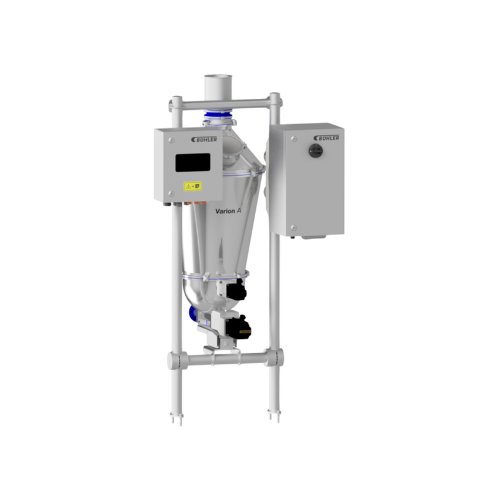
Batch scale for high accuracy weighing of powdery products
Achieve unparalleled precision in powder dosing with our batc...
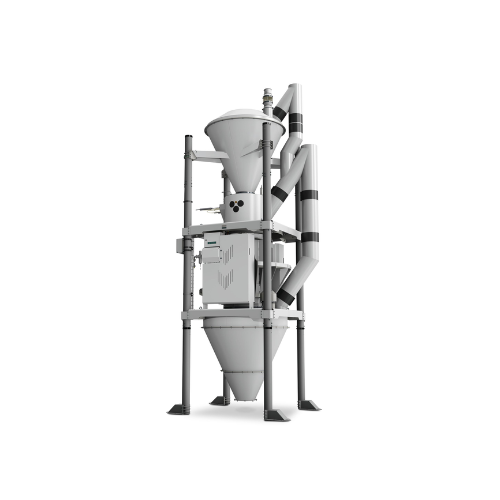
Fully automatic batch scale for powdery and granular products
Achieve precise and repeatable dosing for powdery and gran...
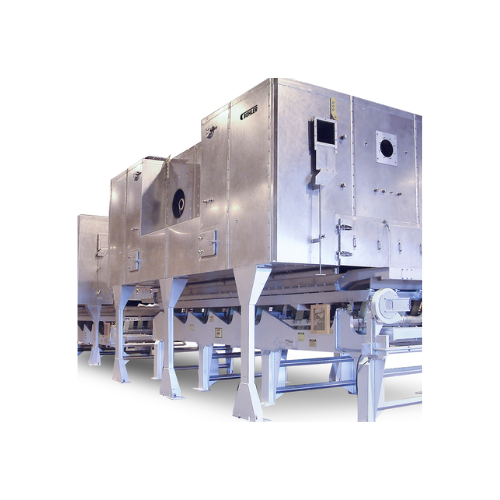
Fluid-bed toaster for cereal processing
Achieve precise control over texture and taste while reducing operating costs with ...

Air-recycling aspiration channel for grain cleaning
Optimize grain processing with an innovative air-recycling system tha...
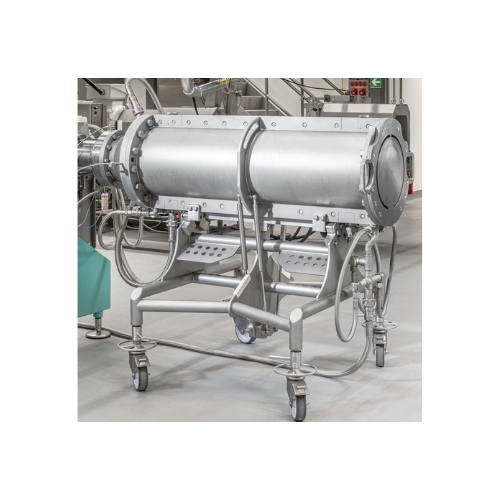
Industrial cooling die for wet textured proteins
Maximize production efficiency by creating diverse, high-quality protein ...
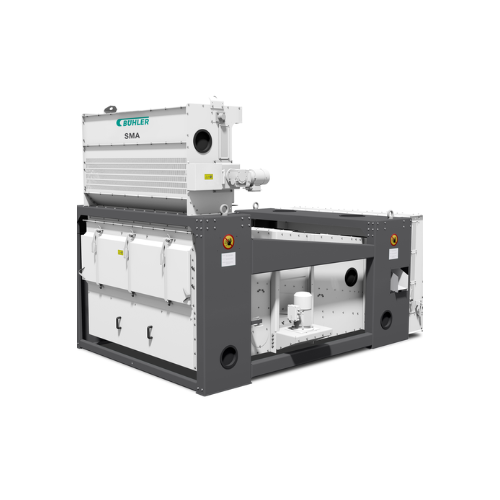
Oilseed screening solution for soybean and canola
Optimize your grain and oilseed processing with a high-throughput scree...
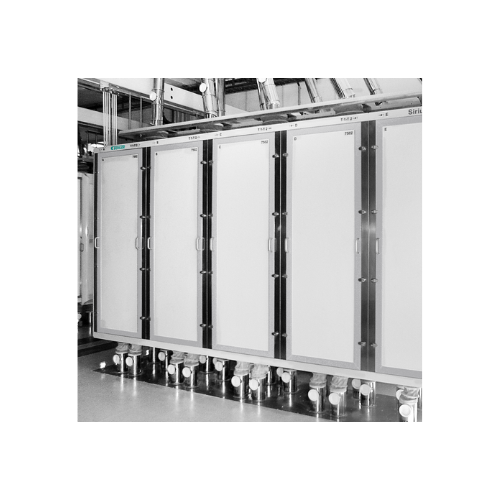
Industrial plansifter for grain sifting and grading
Optimize your production line with precision grain separation, mainta...
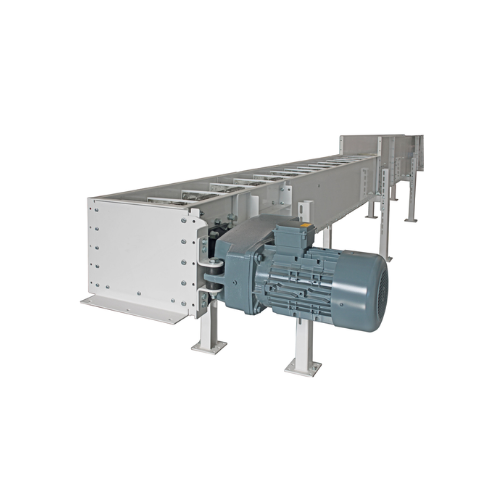
Chain conveyor for grain handling
Optimize your production line with a customizable chain conveyor that ensures efficient, ...
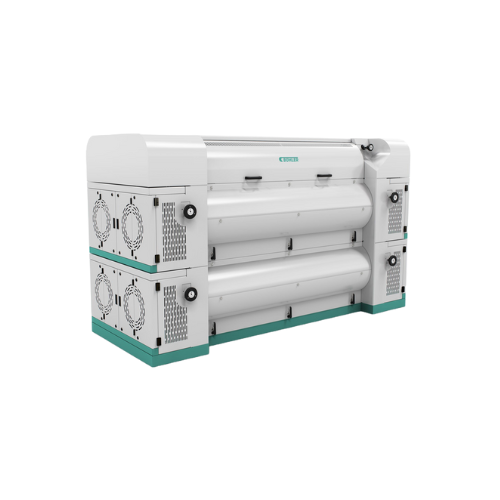
Cracking mill for oilseeds and feed processing
Maximize your production efficiency with advanced cracking and milling solu...

Twin-screw extruder for breakfast cereal
Optimize your production with a robust twin-screw extruder that accommodates high ...

Ultra-fine pulverizer for aqua feed and pet food
Achieve precise granulation with high efficiency for your feed and food p...
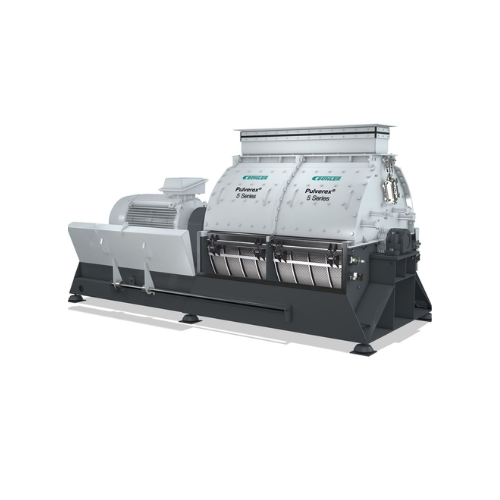
Industrial fine grinding pulverizer
Achieve consistent fine granulation at high capacity with reduced energy consumption, u...
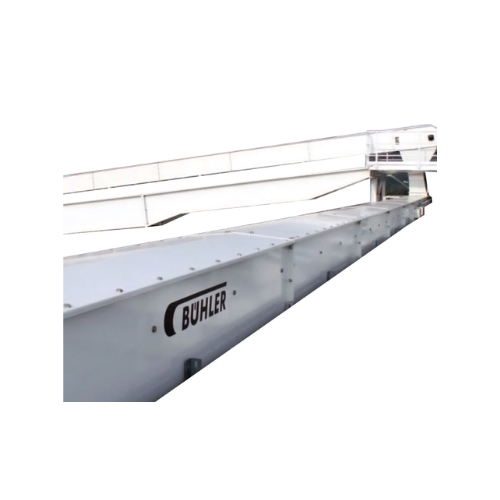
High-capacity horizontal conveyor for bulk storage
Optimize your high-speed bulk material handling with a durable and eff...
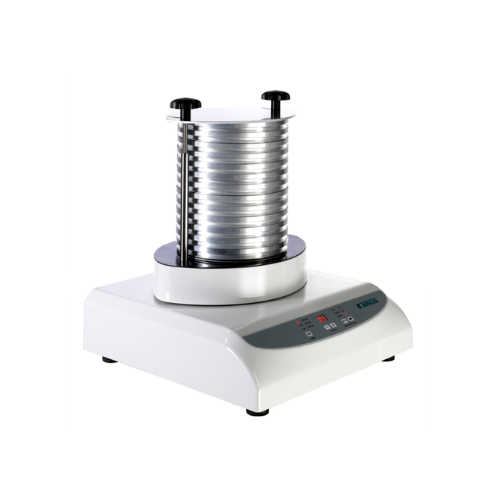
Laboratory plansifter for grain milling and brewing
Achieve precise particle-size distribution and quality control across...
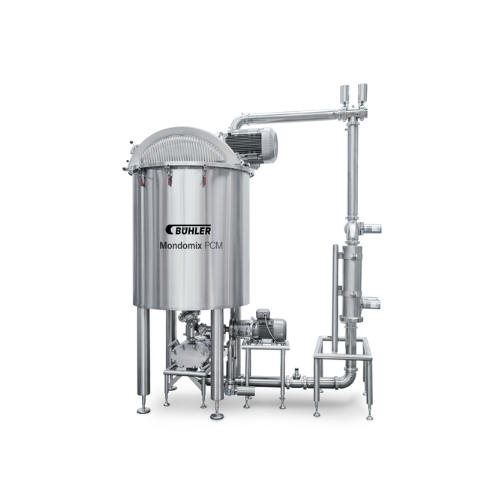
Premixer for cream production
Achieve precise mixing of liquid and solid fats for diverse cream formulations with insulated ...

Air cleaners for grain dust removal
Enhance safety and operational efficiency by effectively removing dust and light partic...
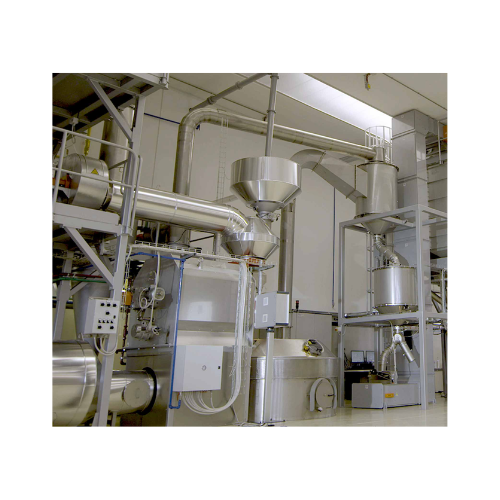
Coffee roasting system
Optimize your coffee production from green beans to finely ground espresso with this versatile system,...
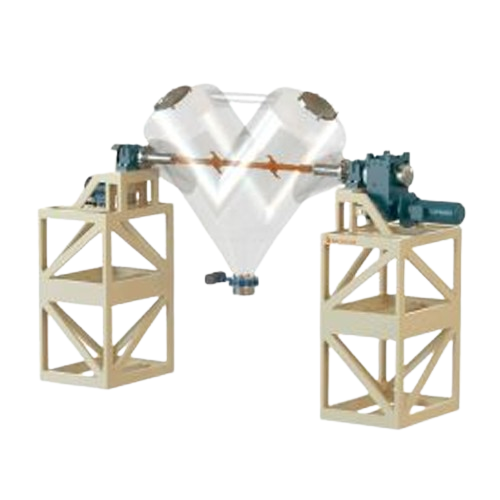
V shape mixer for solids and powders
Ideal for preserving the delicate structures of fragile materials, this mixer ensures ...
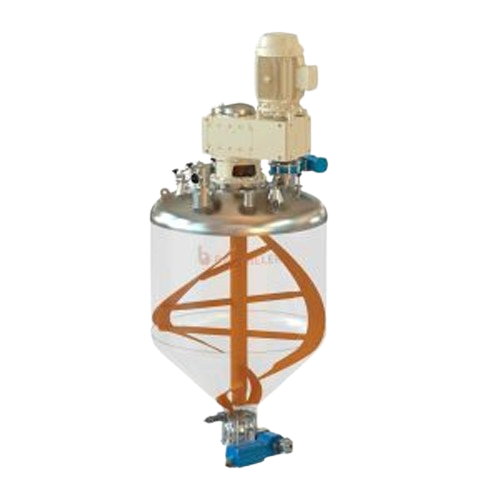
Vertical ribbon mixer for solids and powders
Achieve rapid, uniform mixing of powders and solids while preserving particle...
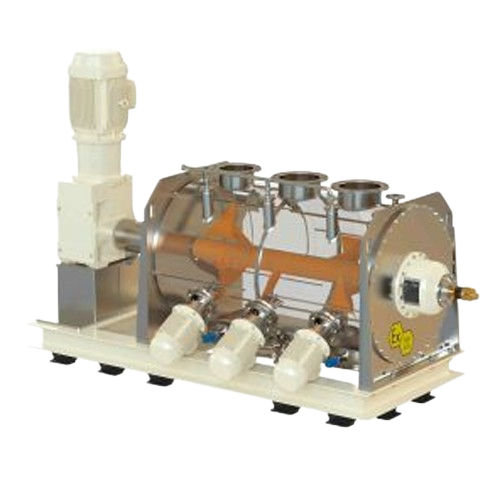
Horizontal ploughshare mixer for solids and powders
Achieve uniform blends of diverse solids and powders with precision a...
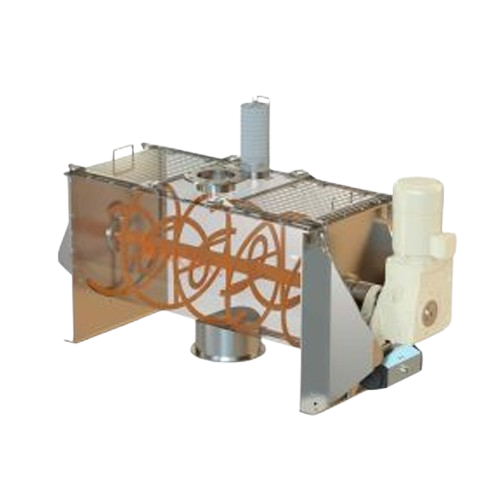
Horizontal ribbon blender for solids and powders
Efficiently achieve uniform blending of bulk solids and powders, ensuring...
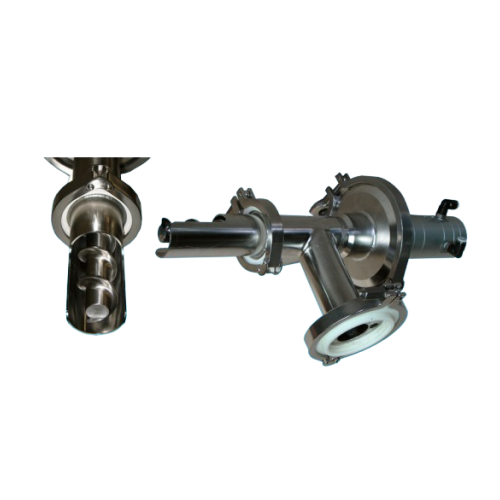
Sampling unit for continuous sampling in industrial processes
The PRS sampling unit ensures precise and uncontaminated s...
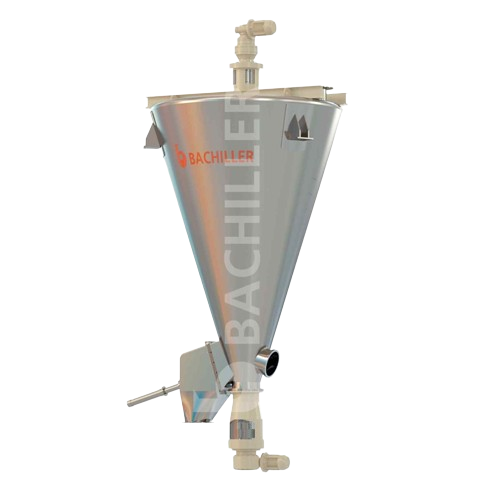
Conical screw mixer for solids and powders
Achieve precise homogenization of your solid and powder mixtures with minimal e...
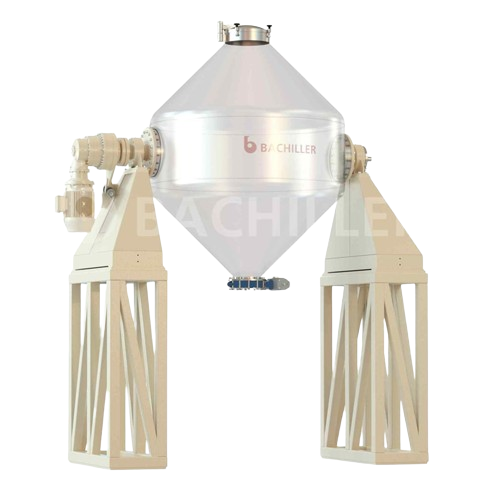
Double cone mixer for powders and solids
Ensure gentle mixing of fragile powders and solids with a low-speed, non-forced bl...
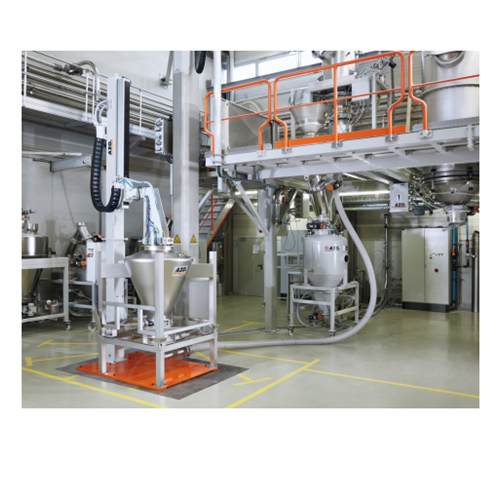
Dry cleaning container & hopper station
Effectively manage cleaning of rotation-symmetrical containers with minimal downtim...
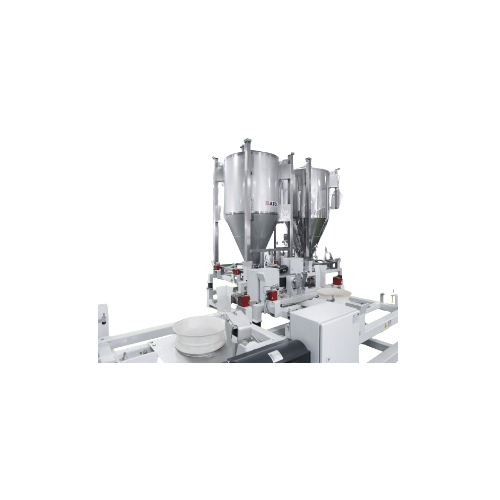
Dust-free docking collar for containers and bins
Achieve seamless, dust-free connections between containers and processing...
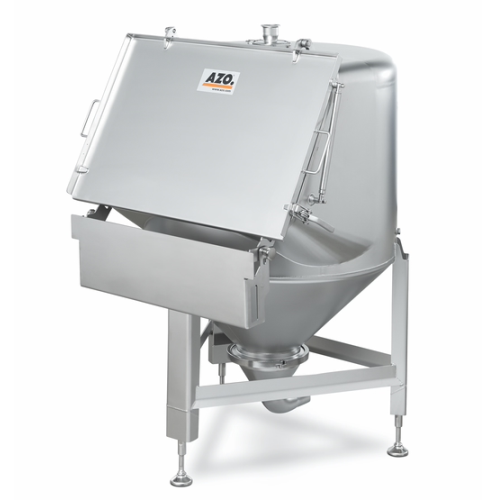
Precise weighing solutions for small batch production
Streamline handling of diverse ingredient blends with precise dosin...
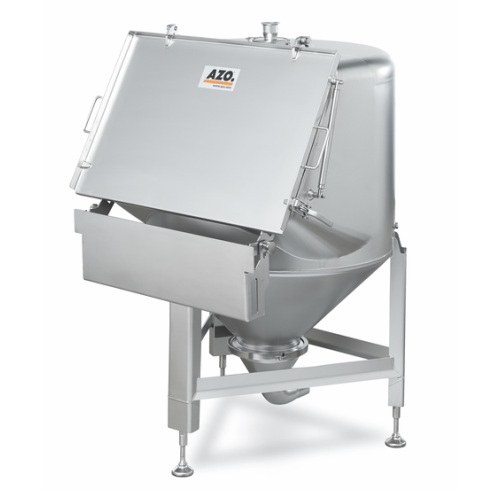
Hygienic feeding hopper for bulk solids
Ensure optimal hygiene in your powder and granular processing with a feeder that fa...

Dust-tight docking for dosing units to bulk solids containers
Ensure seamless, dust-free transfer and dosing of bulk sol...
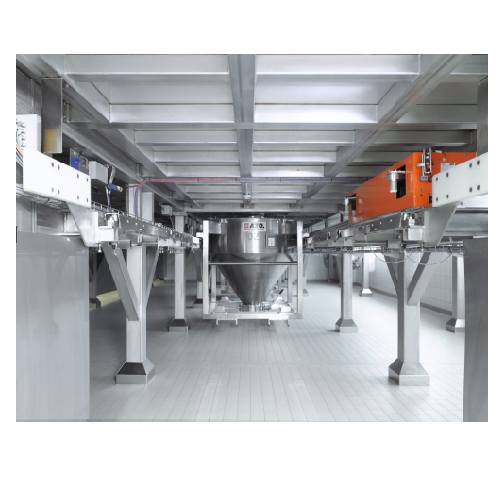
Batch automation system for fast and precise weighing
Achieve unmatched precision and speed in batch processing with this...
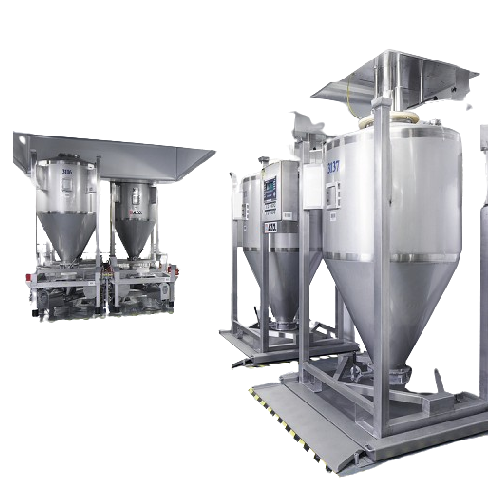
Automated bulk material handling system
Ensure precise batch tracking and efficient handling of challenging bulk materials ...
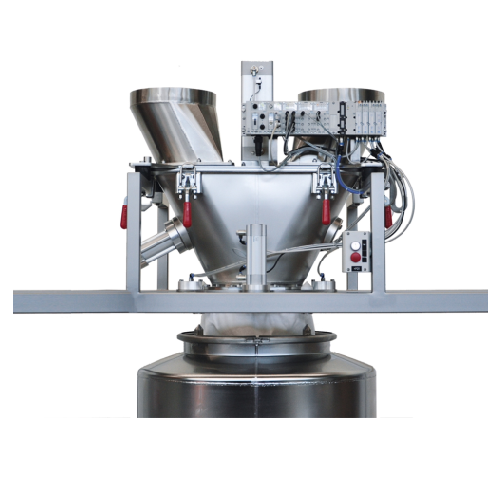
Contamination-free docking system for bulk solids
Achieve contamination-free transfer of bulk powders and granules while ...
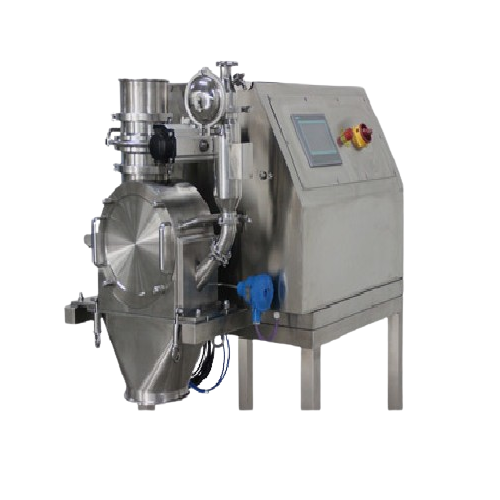
Particle size control equipment for pharmaceutical applications
Achieve precise particle size control for diverse materi...
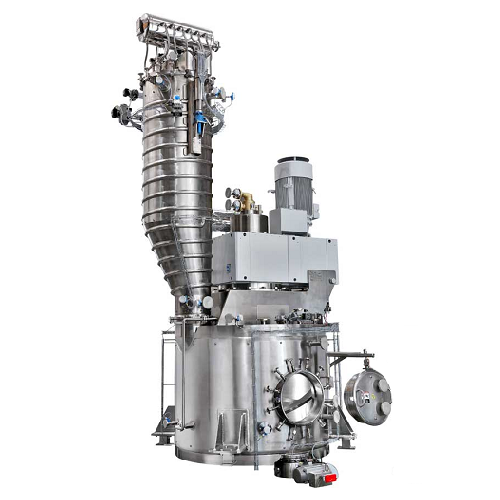
Vertical vacuum dryer and mixing reactor
Achieve precise control over drying and mixing processes with a versatile unit des...
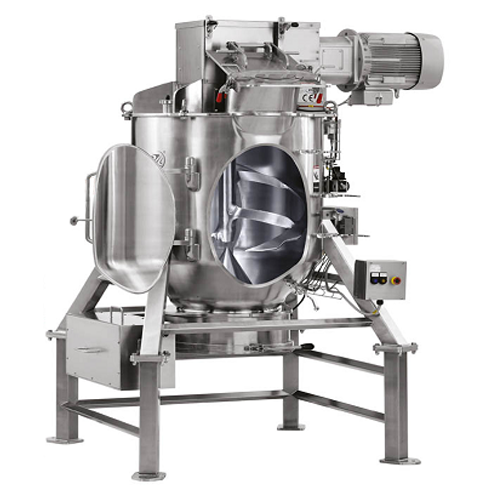
Precision powder mixer for baby formula
Achieve consistent texture and rapid homogenization for sensitive powder blends lik...
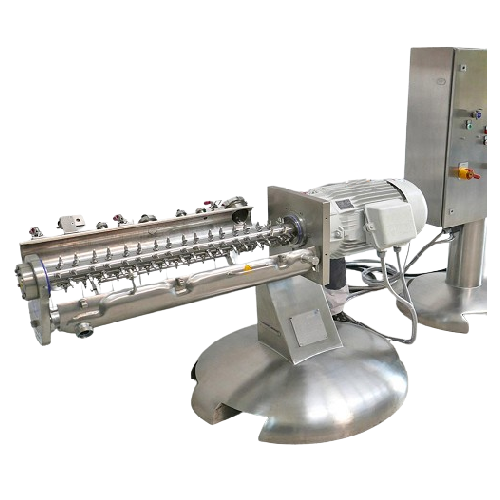
Continuous granulator for powdery goods
Achieve uniform particle size and structure with a continuous granulation process t...
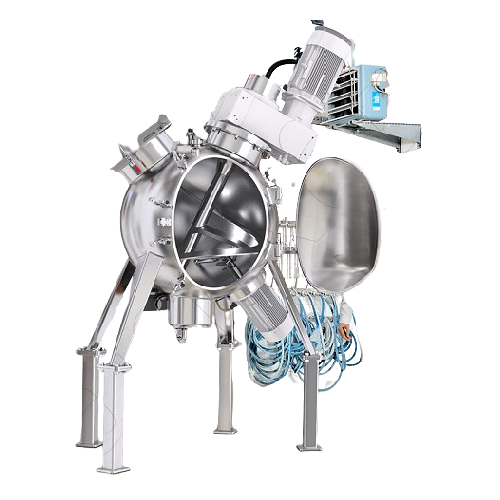
Spherical mixer for industrial mixing applications
Experience precise and efficient mixing with this hollow spherical mix...
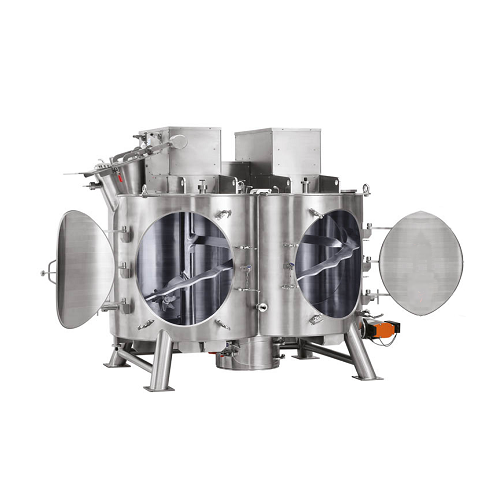
Vertical twin-shaft mixer for dry, moist, and viscous materials
Achieve consistent mixing and blending of diverse materi...
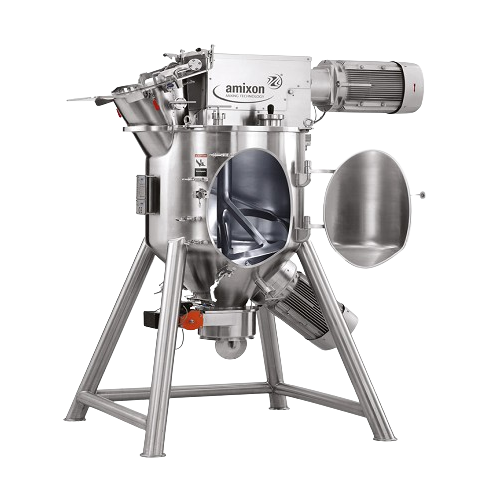
Conical mixer for dry, moist, and viscous materials
Achieve optimal mixing consistency and precision for diverse material...
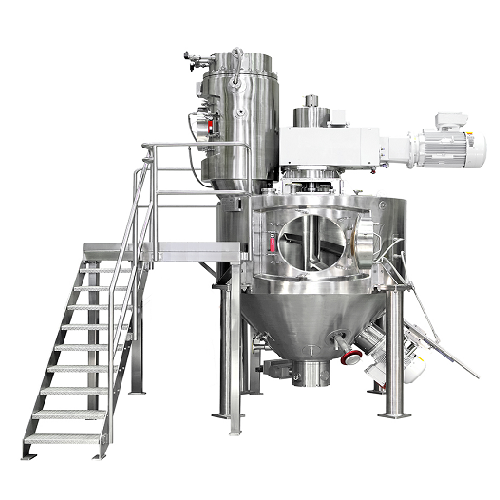
Conical vacuum dryer for viscous materials
Achieve precise drying and mixing of moist and viscous materials, ensuring cons...
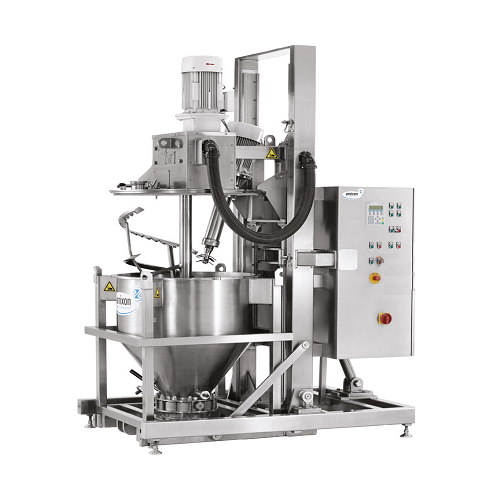
Container mixer for dry and moist materials
Achieve exceptional mixing quality with variable filling levels, ensuring cons...
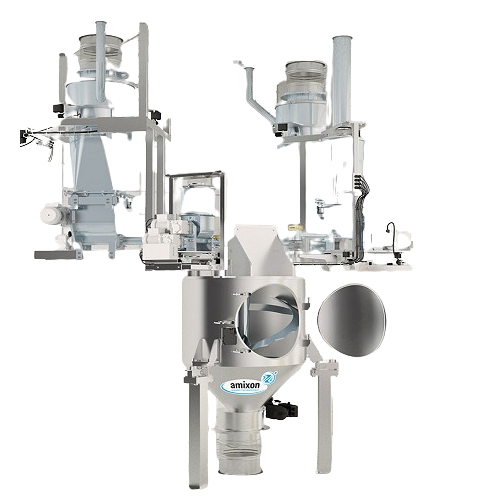
Continuous powder mixer for dry, moist and suspended goods
Achieve precise homogenization and deagglomeration with a con...
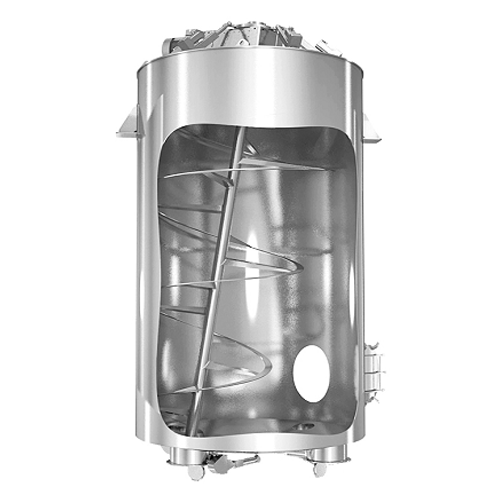
Large batch gyraton® mixer for homogenizing moist and poorly flowing materials
Optimize your production line with this...
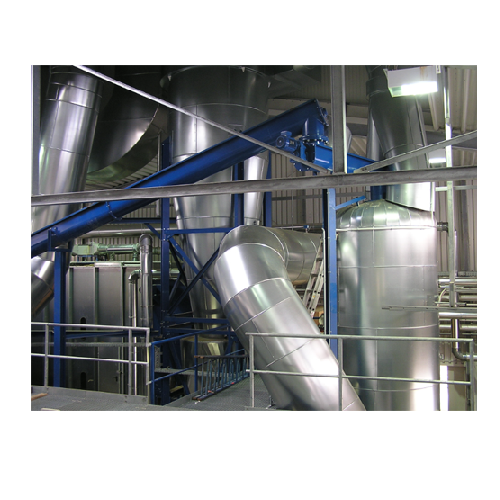
Flash dryer for high-moisture bulk materials
Tackle high-moisture challenges head-on with rapid drying solutions that effi...
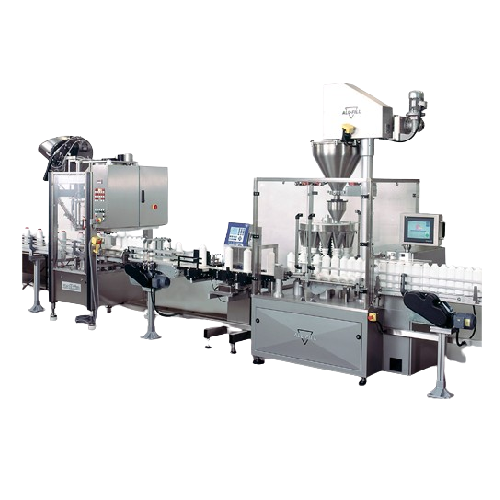
Turnkey filling lines for packaging solutions
Optimize your production line with our turnkey filling solutions, designed t...
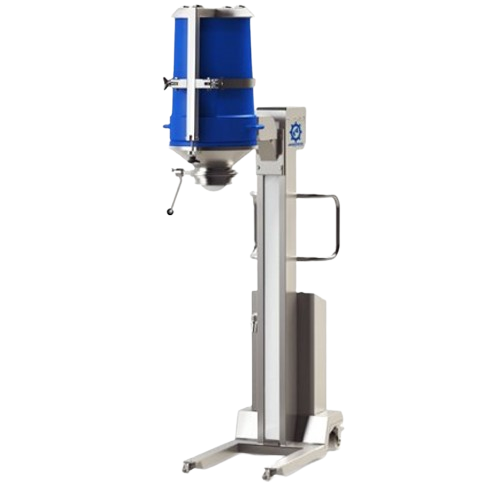
Mobile lifting column for drum handling
Streamline your powder and drum handling operations with this versatile mobile lift...
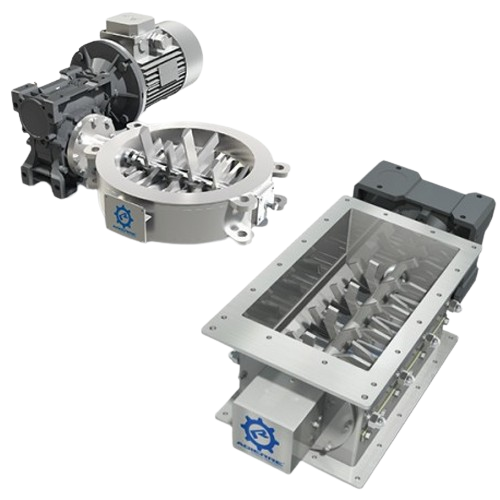
Hygroscopic material lump breaker
Ensure seamless processing by breaking down compacted or hygroscopic powders efficiently,...
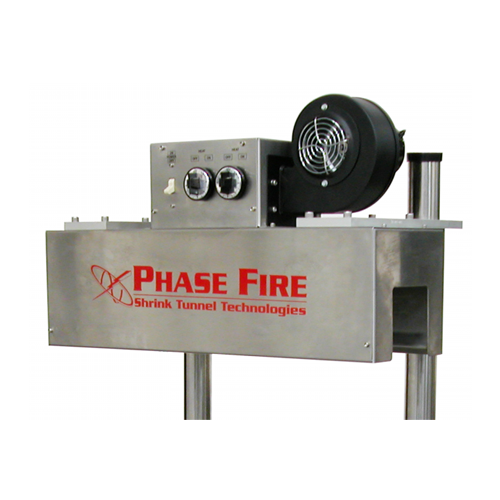
Tamper evident heat tunnel for safety banding
Achieve precise and consistent tamper-evident sealing on containers with a h...
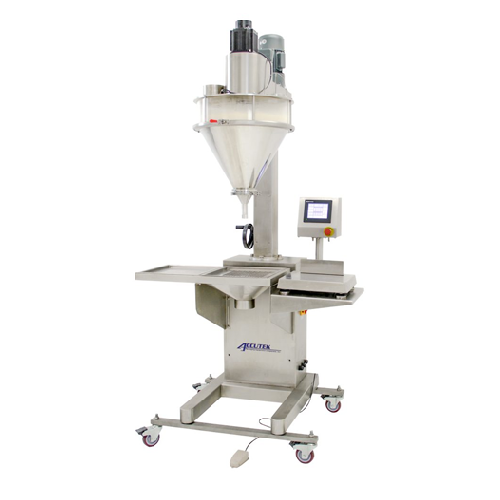
Powder filling machine for dry products
Achieve precision and consistency in filling dry powders and granules with a versat...
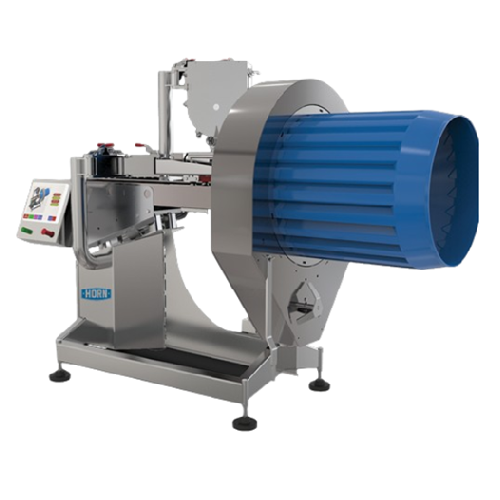
Seasoning system for snack products
Optimize your snack production with precise oil, salt, and seasoning distribution, ensu...
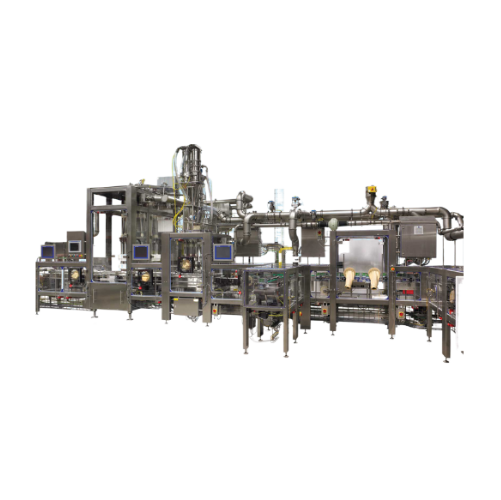
In-line gassing system for powder processing
Optimize shelf life and quality of your powdered products by effectively redu...
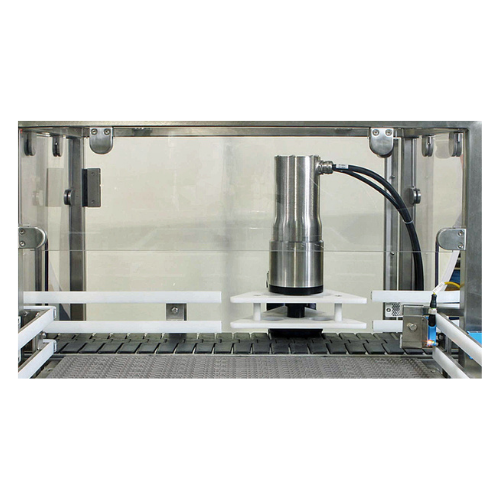
High-speed container reject system
Ensure product integrity by swiftly rejecting non-compliant containers at speeds up to 3...
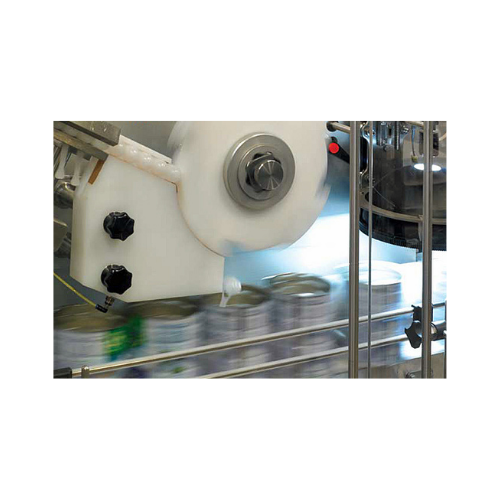
Automated scoop insertion system for powder containers
Streamline your container filling operations by ensuring precise s...
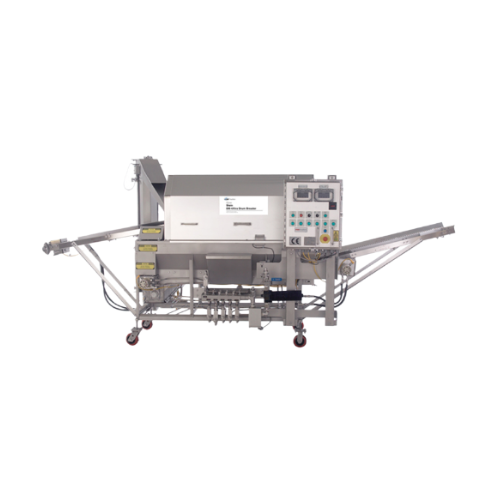
Rotary drum breader for irregular-shaped food coating
Enhance your food products with precise, customizable coating using...
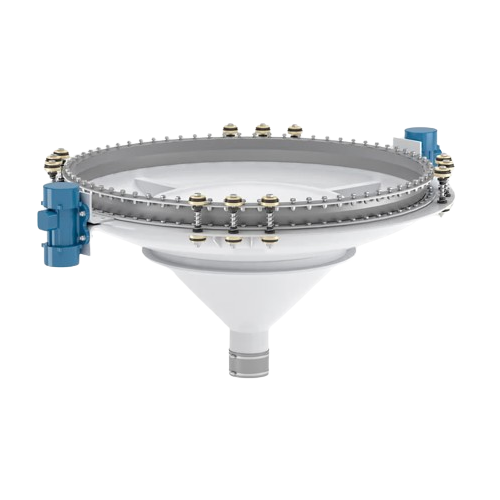
Industrial vibrating extractor for homogeneous product conveyance
Ensure consistent flow of dry bulk materials with a v...
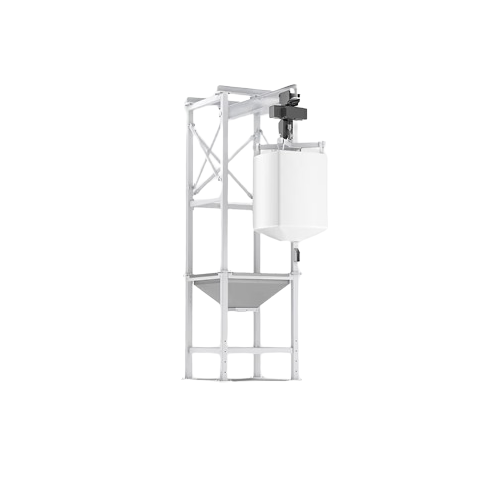
Big bag emptying station for bulk product handling
Streamline your bulk material handling with a station designed to effi...
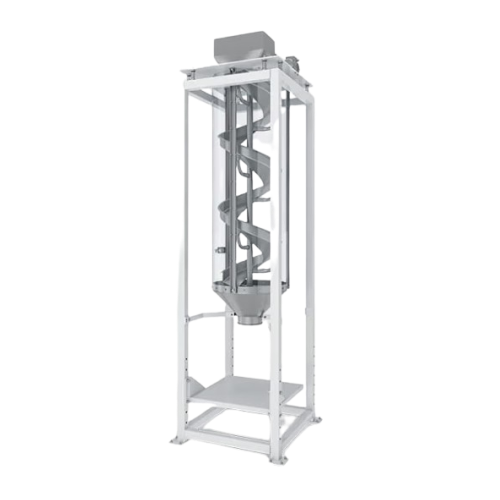
Direct discharge descender for product handling
Efficiently transport granulated materials without compromising their inte...
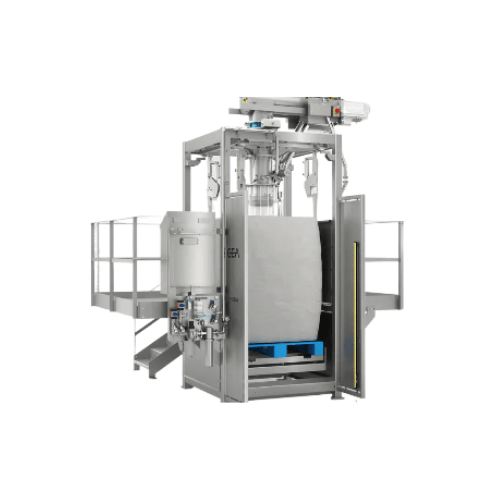
Low care bulk powder fillers
Optimize your production efficiency by accurately filling flexible bulk containers with dry pow...
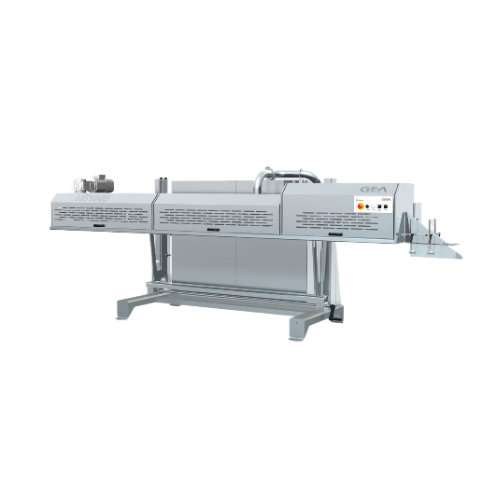
Continuous leveler and sealer for powder packing
Enhance efficiency in powder packaging with a system that ensures precise...
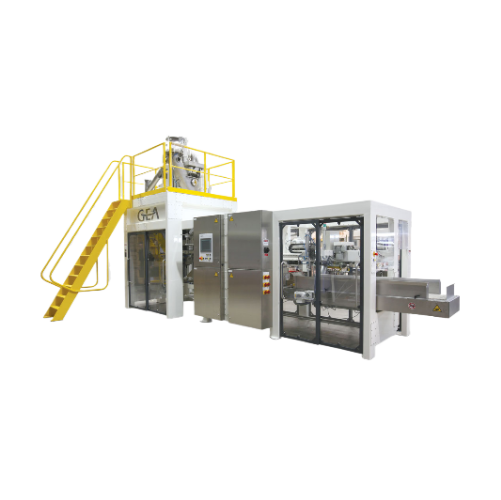
Automated powder bag filling system
Streamline your powder packaging operations with a fully integrated system that automat...
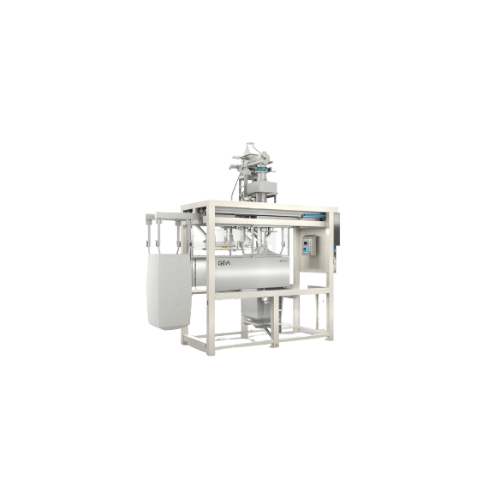
High care bulk powder fillers
Ensure hygienic packaging for your bulk powders with a system designed to enhance filling accu...
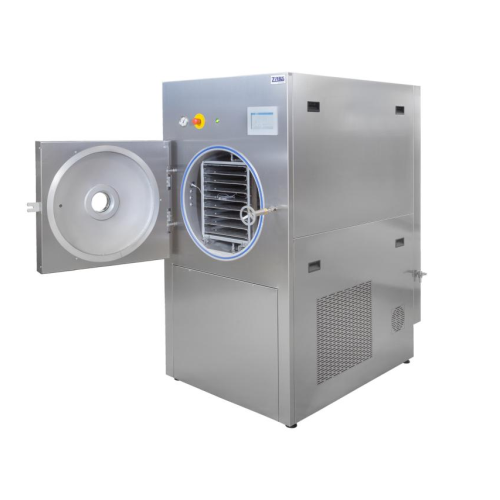
Food freeze dryer for bulk materials
Achieve efficient and uniform drying of fruits, herbs, and other materials with advanc...
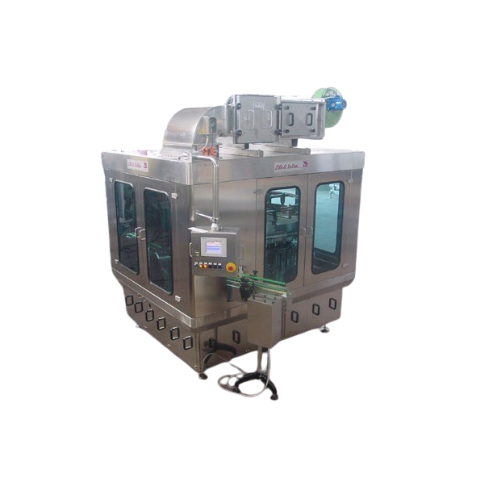
Industrial powder fillers for various containers
Optimize your packaging line with high-speed powder fillers that handle d...

Pneumatic mixer for fluidizable bulk materials
Achieve uniform and gentle mixing of powdered ingredients with minimal effo...
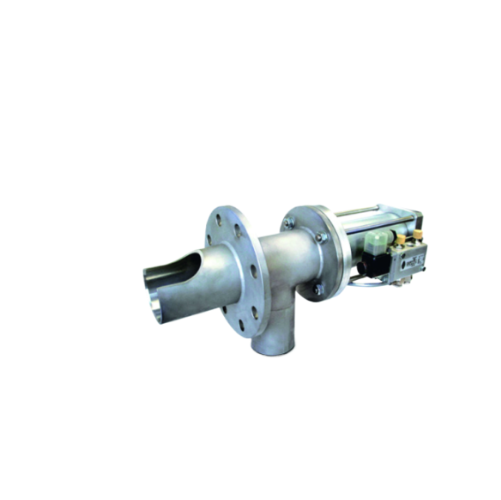
Sampler for powdered and granular bulk materials
Ensure precise sampling of powdered and granular materials under varied o...
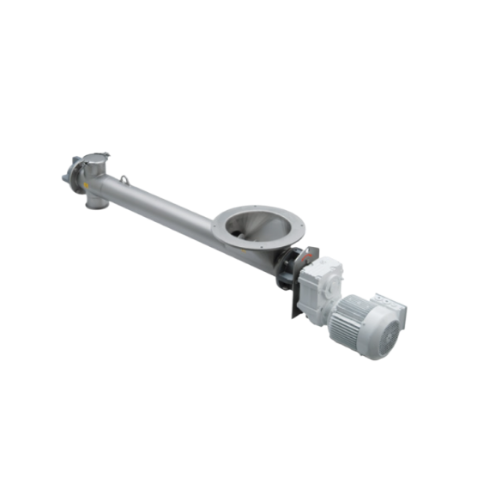
Dosing and conveying screw for dry bulk materials
Efficiently manage the precise dosing and conveying of dry, powder, and...
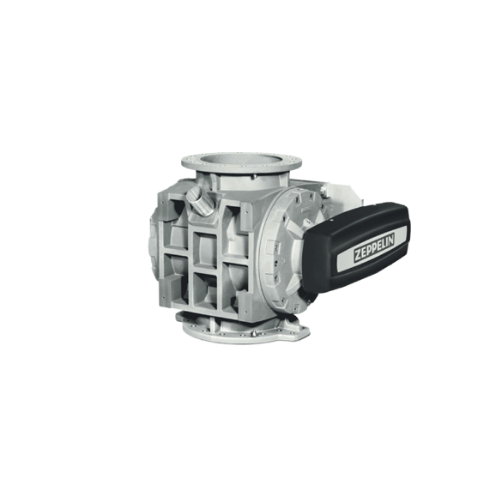
Rotary feeder for bulk material conveying
Enhance your material flow with precise metering and efficient conveying, ensuri...
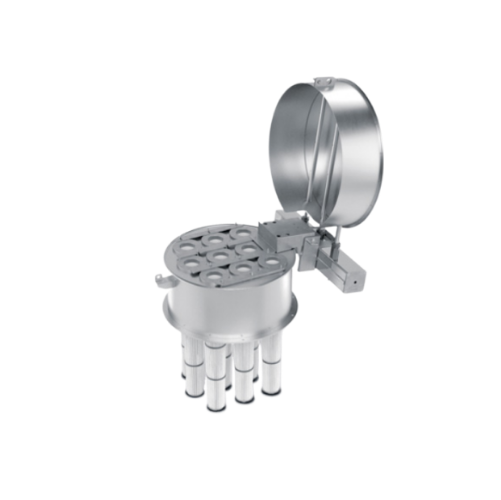
Continuous pneumatic silo air filtering system
Ensure clean and efficient pneumatically conveyed materials by integrating ...
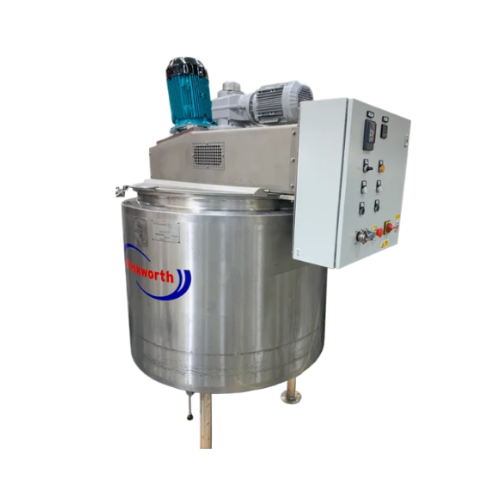
Pv processing vessels for liquid and cream mixing
Optimize your mixing operations with versatile processing vessels desig...
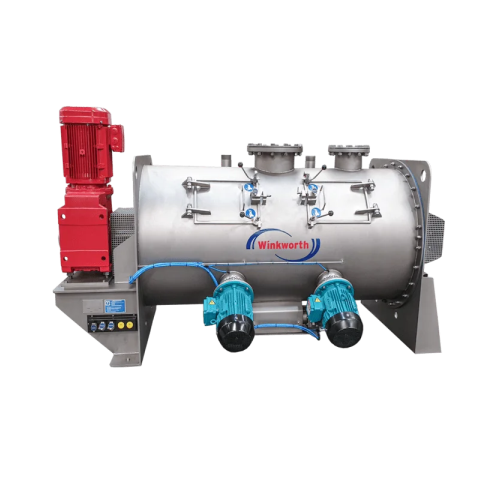
High-speed mixer for industrial mixing applications
Achieve rapid, consistent mixing and dispersion across diverse materi...
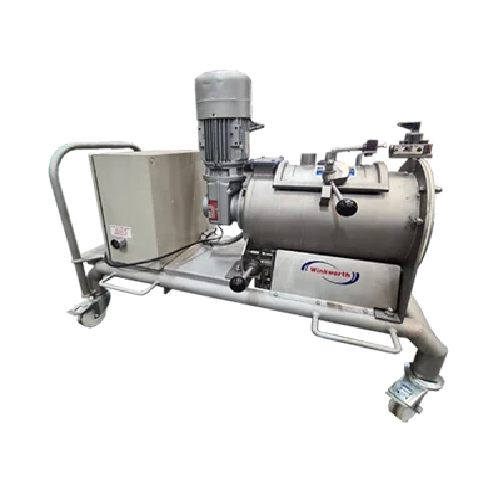
Industrial mixers for hire
Optimize your production line with versatile mixers designed for precision blending, heating, and...
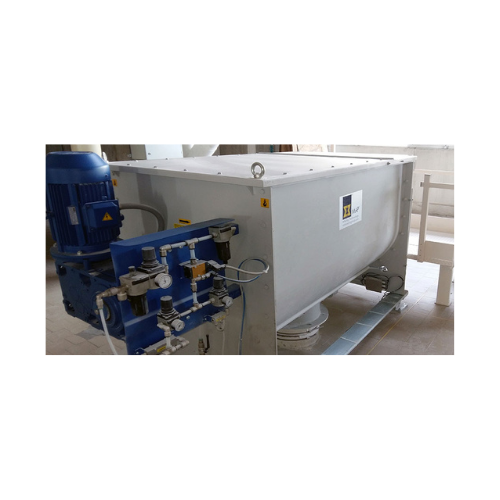
Single-shaft ribbon blender for homogeneous mixing
Achieve high-quality, precise blending of delicate and temperature-sen...
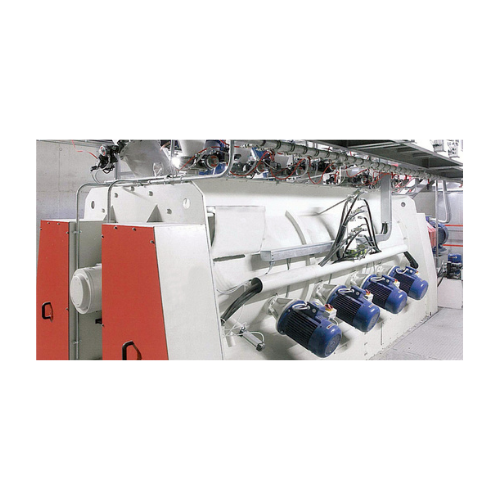
Batch-type single shaft mixers with bomb-bay discharge
When you need rapid, residue-free discharge in your batch mixing p...
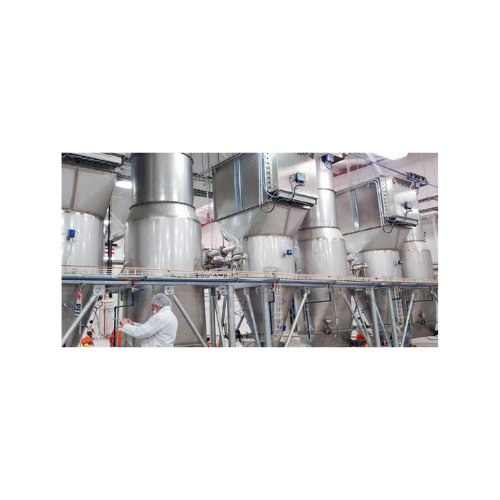
Atex-certified flanged polygonal dust collectors
Ensure dust control and compliance in explosive environments with our com...
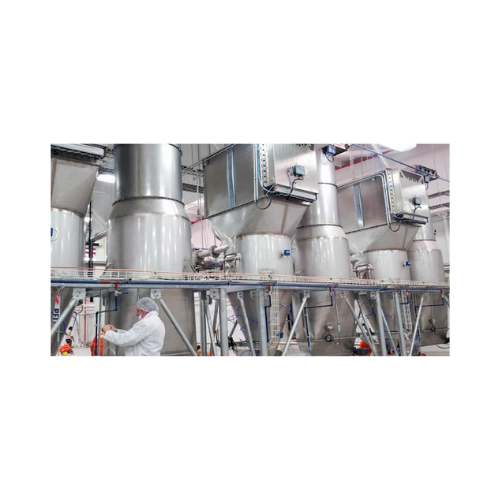
Industrial dust collection system for air filtration
Optimize air quality in your production line with this compact dust ...
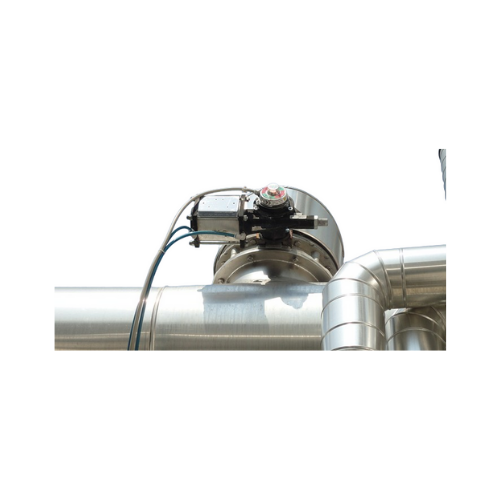
Fit-frame butterfly valves for dry bulk solids
Achieve precise control and minimize contamination in your dry bulk materia...
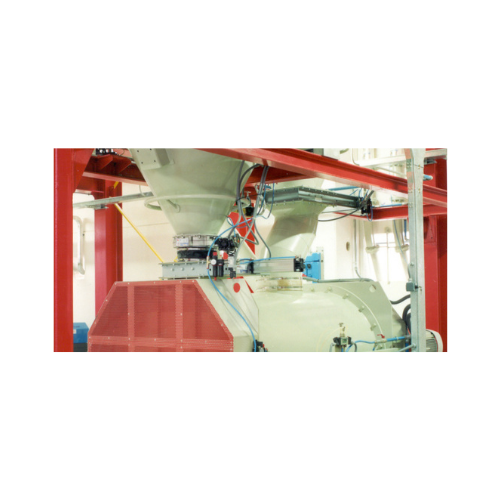
Butterfly valves for powders and granules
Ensure precise flow control and reliable sealing for gravity-fed or pneumatic sy...
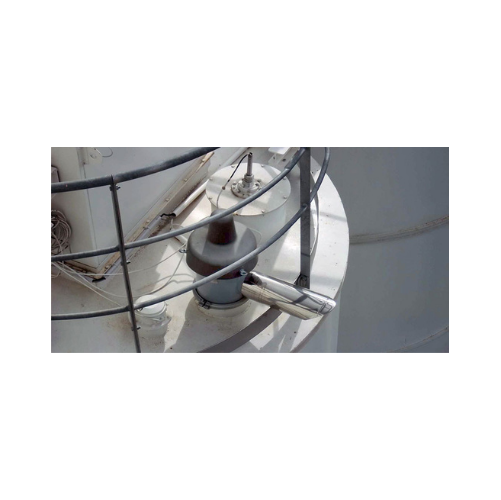
Membrane pressure relief valve for silos and bins
Ensure silo safety with our valve that instantly balances internal pres...
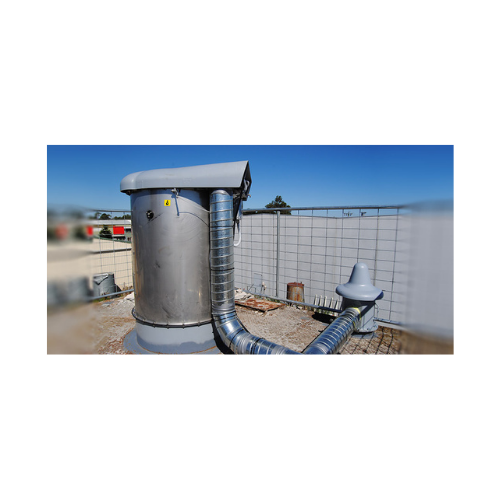
Low profile slide valve for controlling powder flow
Optimize your powder and granule flow management with precision-engin...
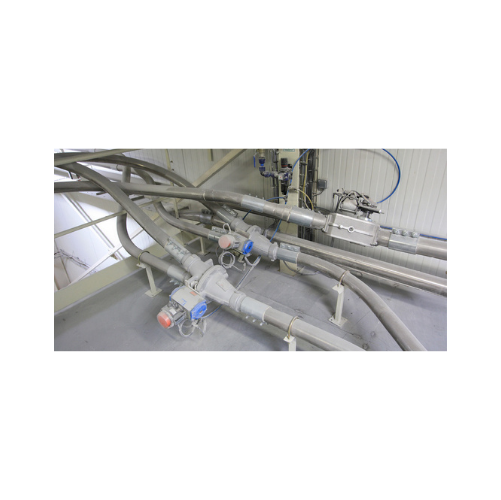
Flap diverter valves for pneumatic conveying
Streamline material flow in your pneumatic conveying system by effortlessly r...
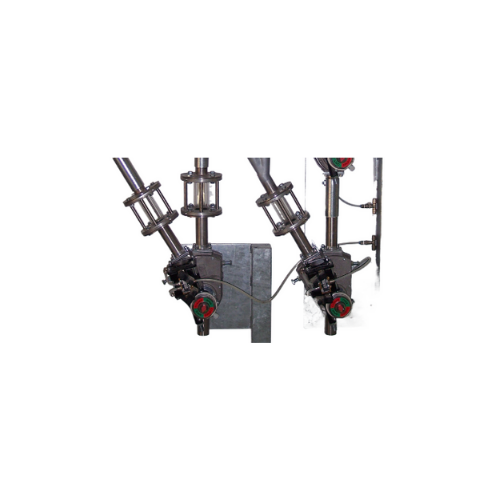
Diverter valves for pneumatic conveying lines
Experience precise flow control in pneumatic conveying with diverter valves ...
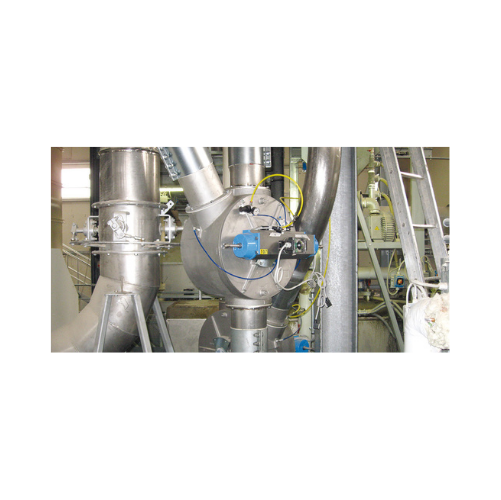
Drum-type diverter valves for pneumatic conveying
Optimize your pneumatic conveying system by effortlessly controlling th...
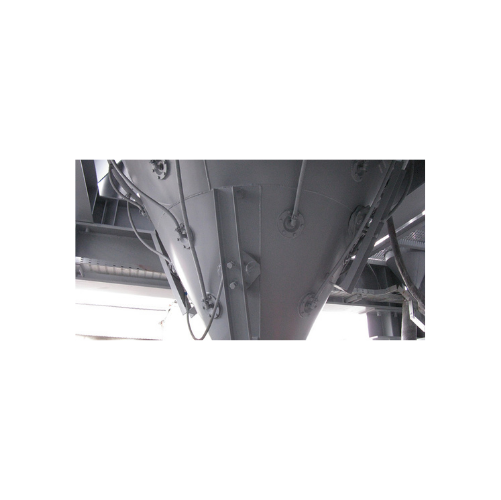
Vibro-aerators for bulk solids discharging
Optimize your powder flow and ensure consistent discharge with this advanced ae...

Silo overfill protection valves
When abnormal pressure threatens your silo’s integrity, reliable pressure relief becom...
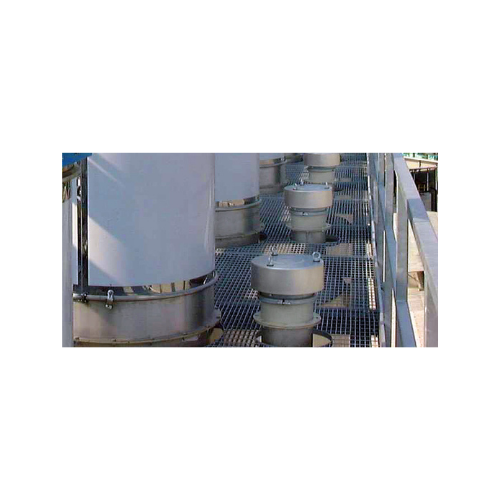
Spring-loaded pressure relief valves for silo overfill protection
Ensure safety and prevent costly overfills with press...

Food-grade tubular screw conveyors
Ensure complete hygiene in your production line with these stainless steel tubular screw...
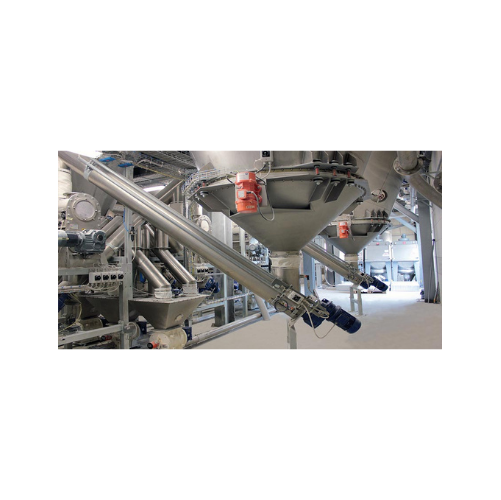
Food-grade stainless steel tubular screw conveyors
Ensure contamination-free material handling with our tubular screw con...
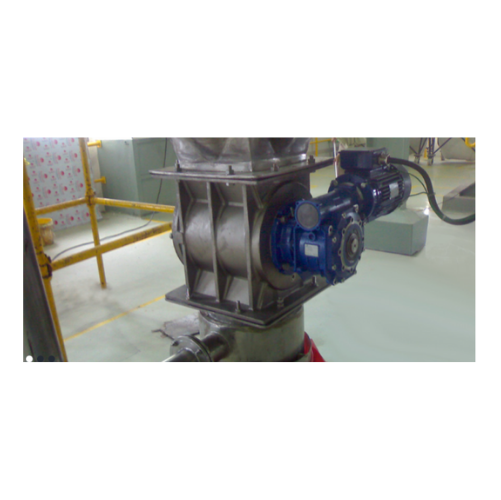
Drop-through rotary valve for powder and granular material feeding
Achieve precise control in discharging and feeding p...
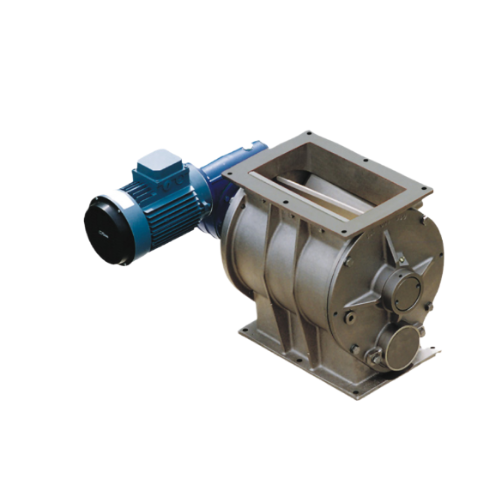
Drop-through rotary valve for precise powder and granule feeding
Ensure precise material handling with this drop-through...
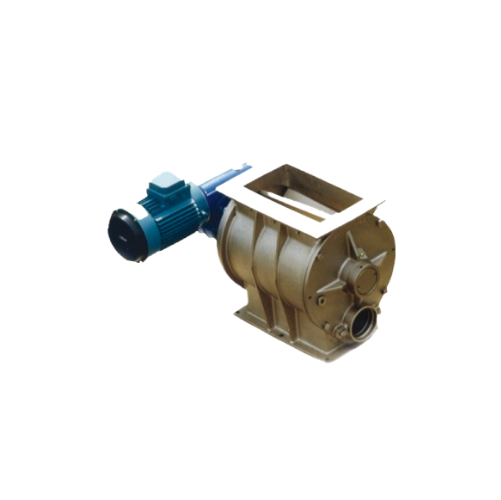
Blow-through rotary valves for pneumatic conveying
Optimize your pneumatic conveying systems with high-efficiency blow-th...
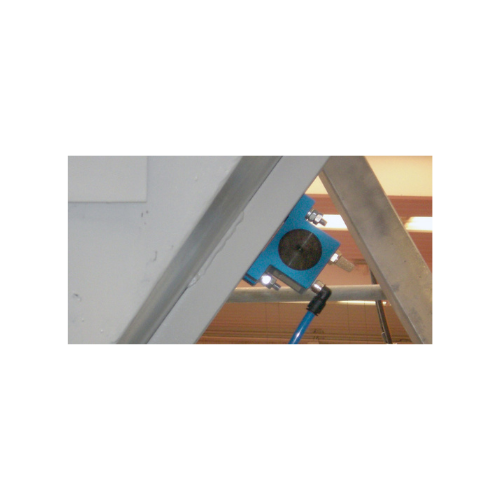
Rotary ball vibrators for aggregate reclaiming
Enhance efficiency in your production line with a solution that optimizes t...
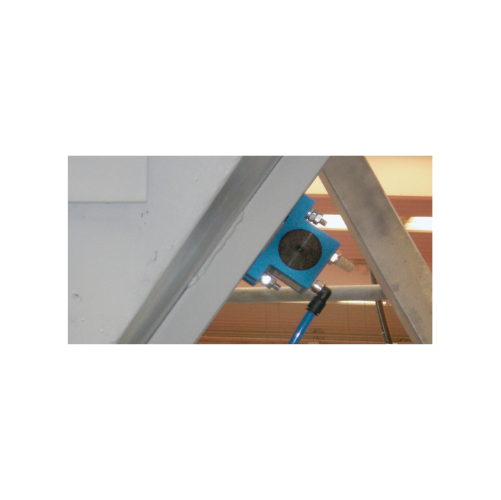
Rotary ball vibrators for bulk solids discharging
Ideal for enhancing material flow, this equipment efficiently handles f...
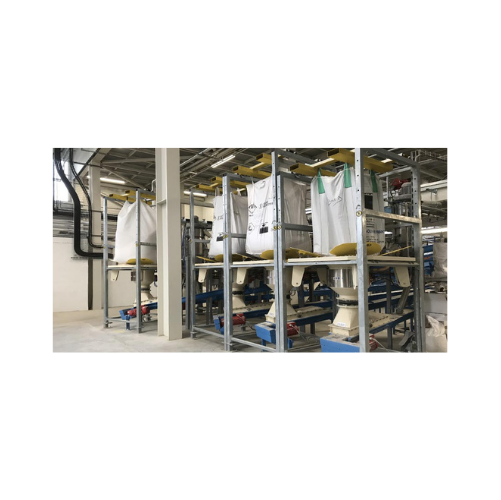
High flow rate Fibc discharger
Optimize your bulk material handling with a system designed for efficient and dust-free FIBC ...
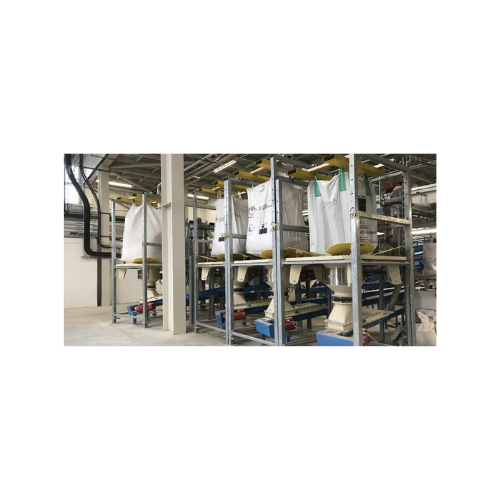
High flow rate Fibc dischargers for wastewater treatment
Optimize your material handling with efficient, dust-proof disch...
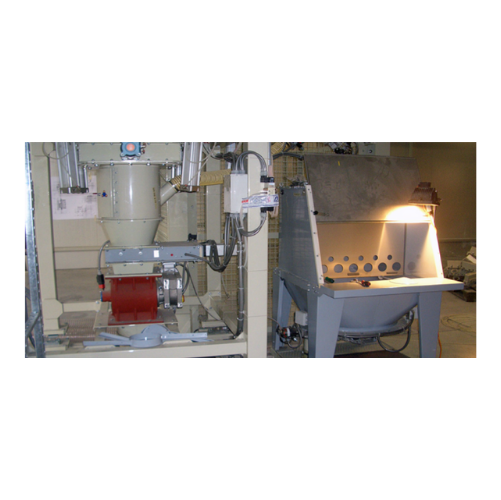
Manual bag opener for bulk solids discharging
Effortlessly open and empty bags while containing dust emissions, ensuring a...
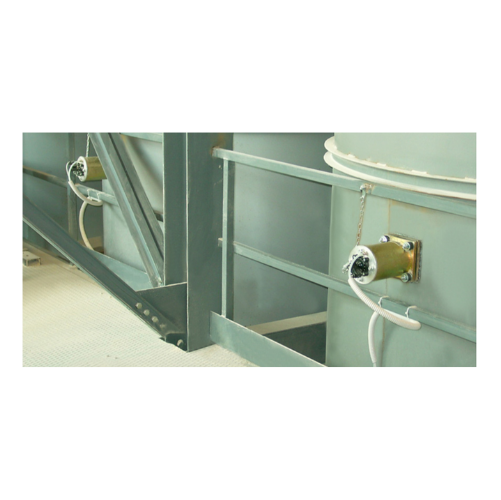
Air cannons for resolving bulk material flow issues
Solve bridging and rat-holing issues in bulk material storage with po...
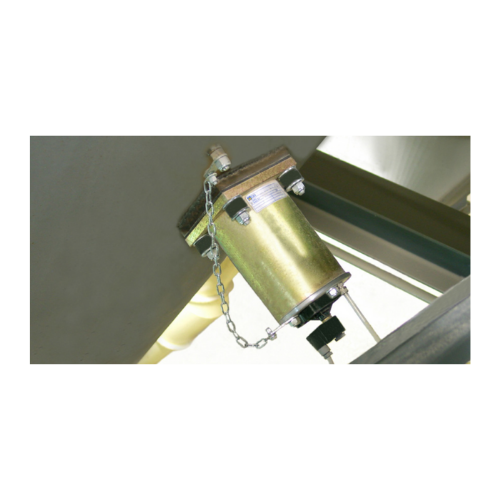
Single impact pneumatic hammers for flow aids
Combat material clogs and ensure smooth flow in your production line with pn...
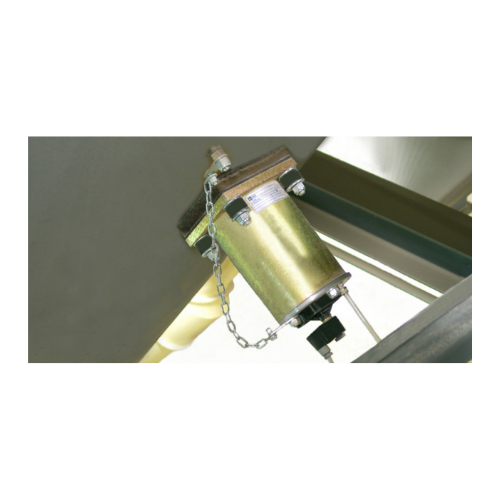
Pneumatic hammers for bulk solids discharging
Optimize your production efficiency and solve material flow challenges with ...
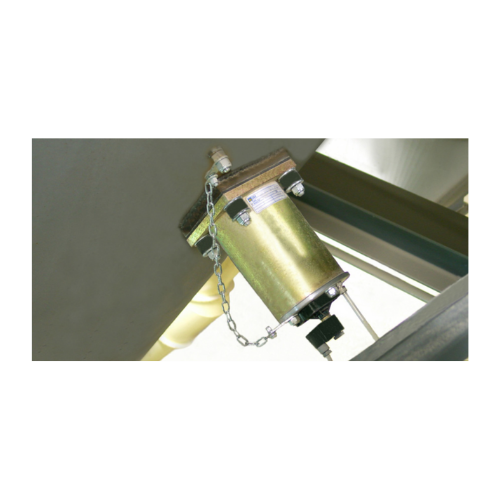
Pneumatic hammers for aiding material flow
Optimize material flow and eliminate blockages in your processing line with pne...
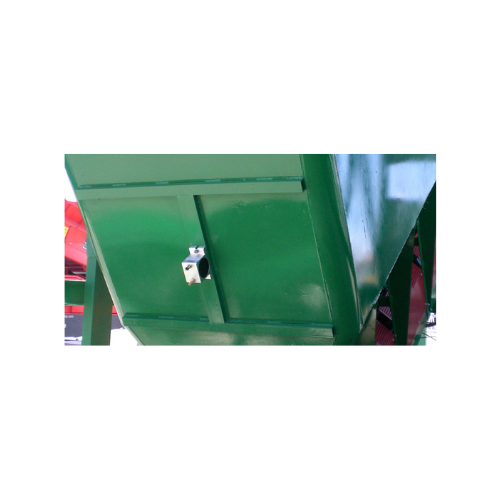
Industrial vibrator for high-frequency vibration
Achieve efficient material flow and compaction across various production ...
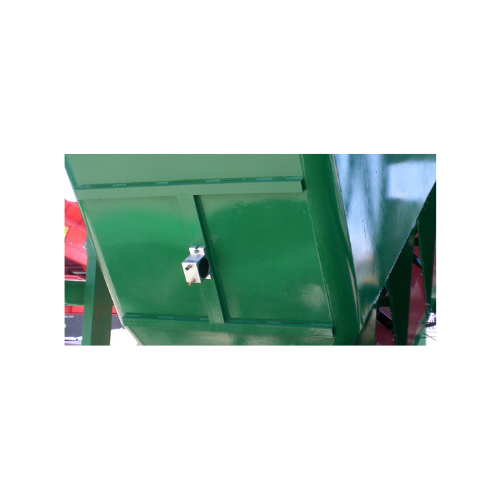
Rotary turbine vibrators for bulk solids discharging
Enhance the efficiency of material handling with high-speed, low-noi...
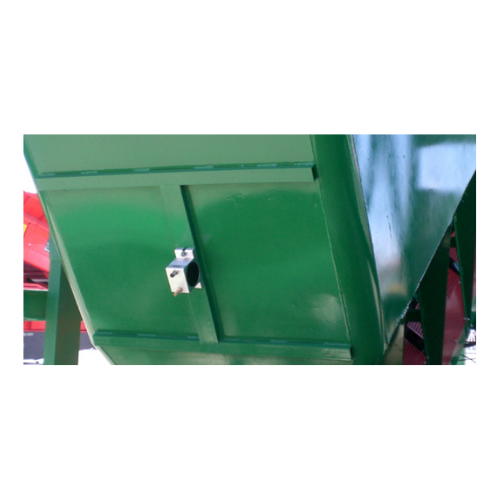
Rotary turbine vibrators for material flow aid
Optimize your production efficiency with high-speed, silent operation vibra...
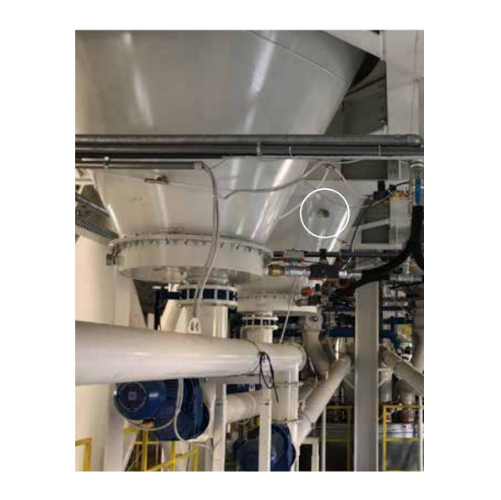
Continuous impact vibrators for bulk material removal
Combat material flow issues like bridging and rat-holing with our i...
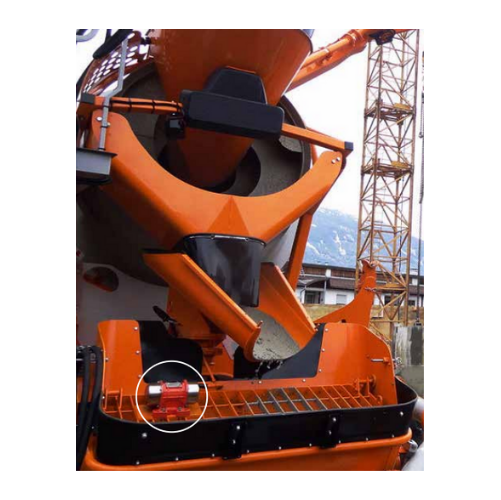
Continuous impact vibrator for aggregate reclaiming
Tackle material flow challenges head-on by preventing common issues l...
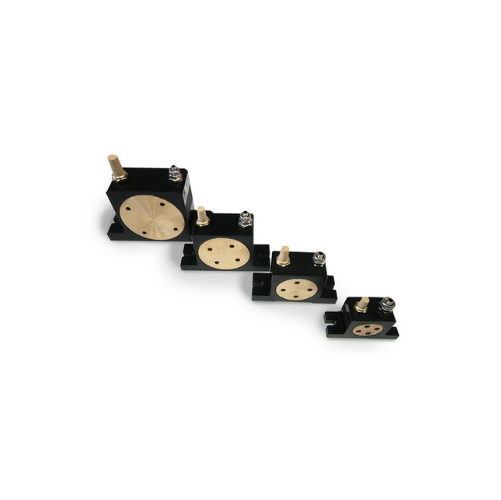
Rotary roller vibrators for material flow assistance
Enhance material flow efficiency in your production line with high-f...
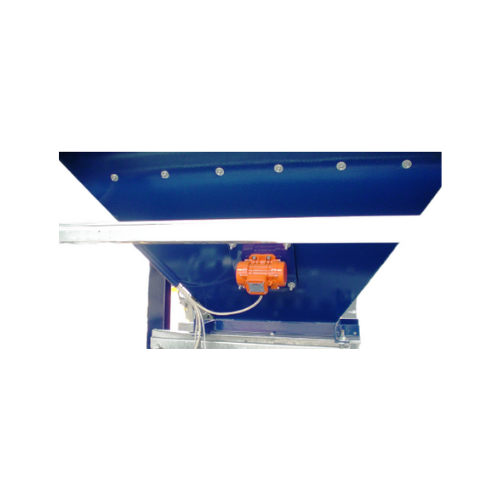
External electric motovibrators for industrial applications
Optimize material movement and improve discharge efficiency ...
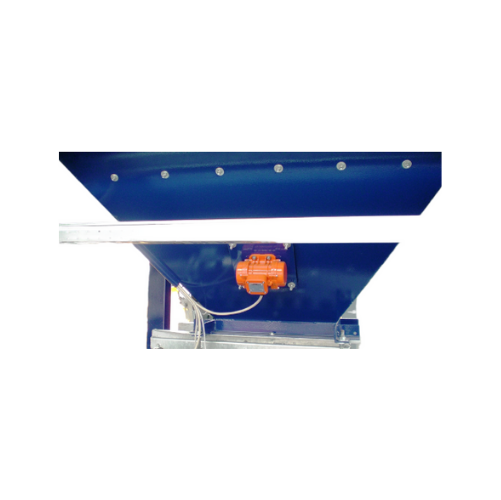
External electric motovibrators for bulk solids conveying
Enhance material flow efficiency and solve challenging dischar...
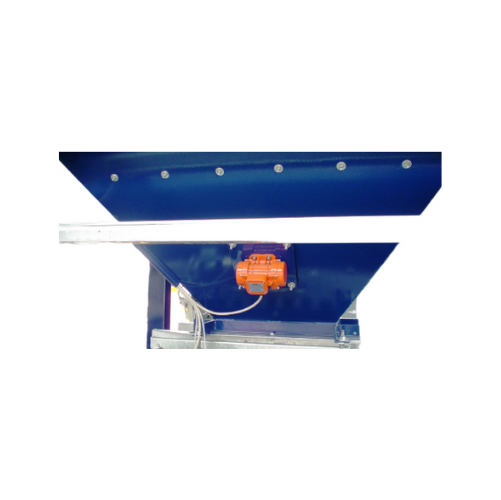
Industrial electric vibrator for bulk solids discharging
Enhance material flow efficiency and ensure consistent output ac...
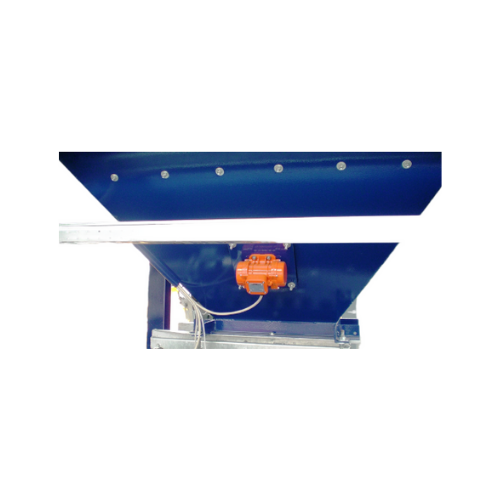
External electric motovibrators for industrial material flow
Experience enhanced material flow and precise material disc...
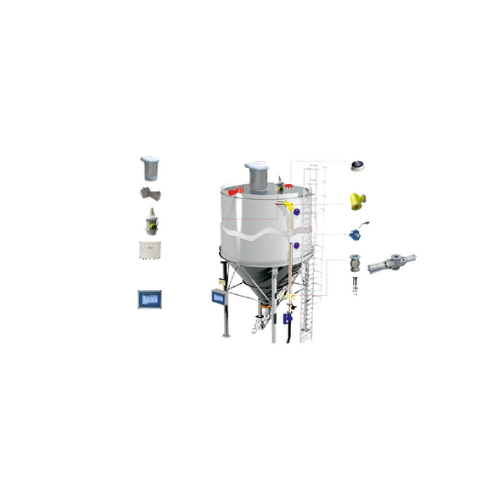
Silo overfill protection system
Prevent silo overfilling and excess pressurization with a system designed to safeguard silos...
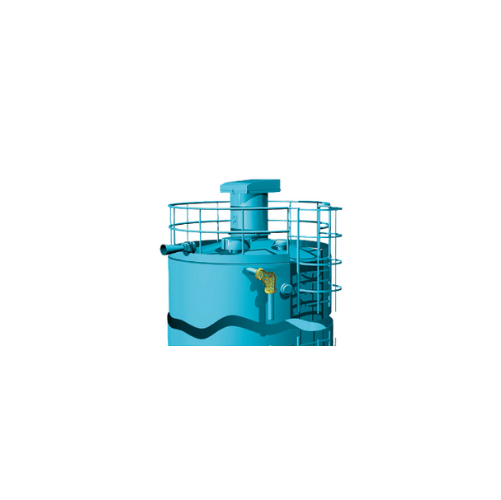
Silo overfilling safety system
Ensure safe silo filling with our system that prevents overfilling and excess pressurization,...
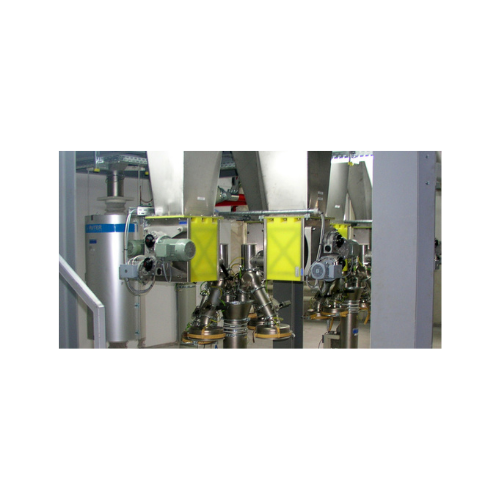
Micro-batch feeders for powder and granular material
Struggling with clog-prone powders? Gain precise control and consist...
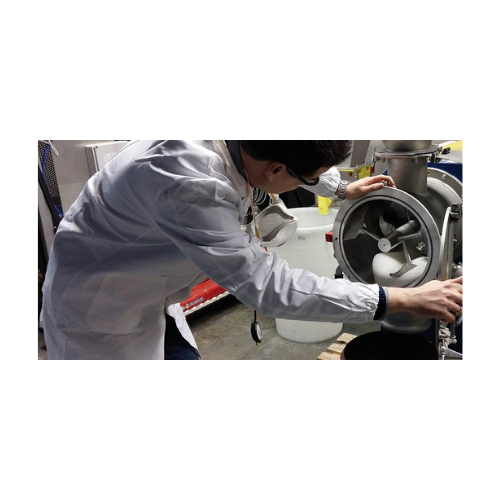
Laboratory batch mixer for small scale production
Achieve rapid and reproducible mixing results with this laboratory batc...
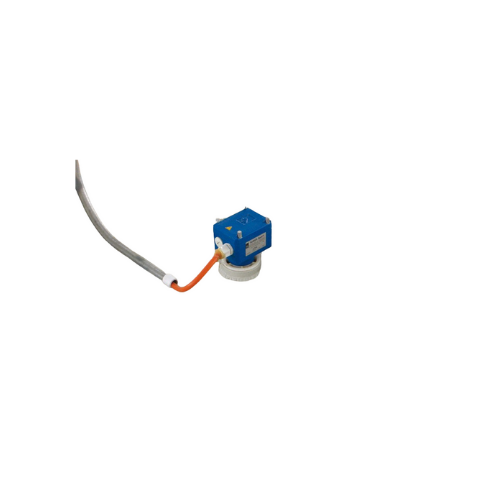
Bin level indicators for wastewater treatment
Ensure reliable material level monitoring in your silos and hoppers with ILT...
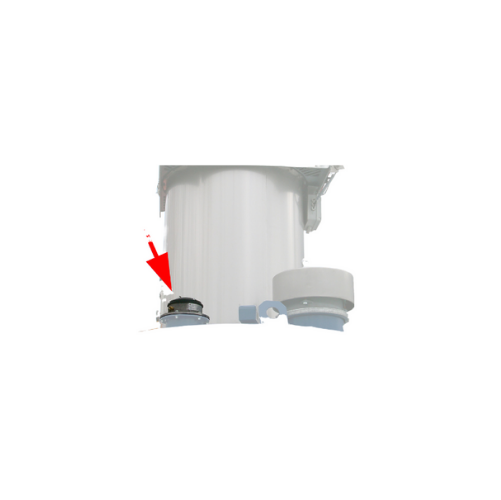
Electronic pressure meters for silo safety monitoring
Ensure precise pressure management in your systems with this advanc...
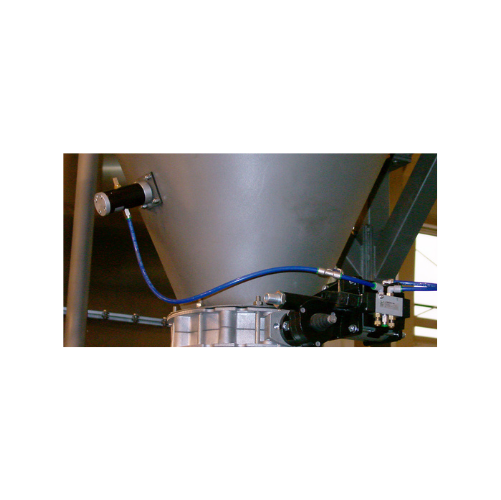
Pneumatic linear vibrators for bulk material flow
Prevent bridging and rat-holing in your production process with silent,...
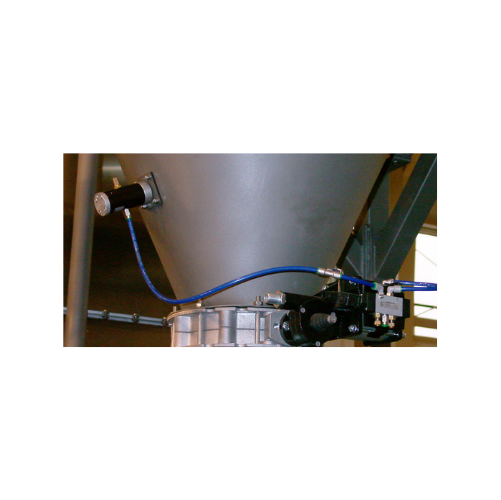
Cushioned pneumatic linear vibrators for bulk solids
Combat material bridging and rat-holing with silent vibratory techno...
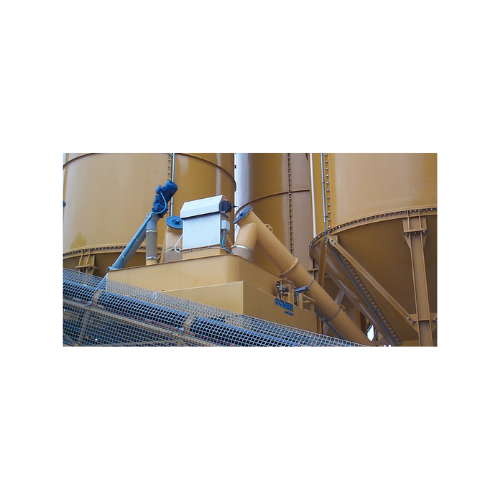
Hopper venting filter for efficient dust filtration
Achieve superior dust control and efficient material handling with a ...
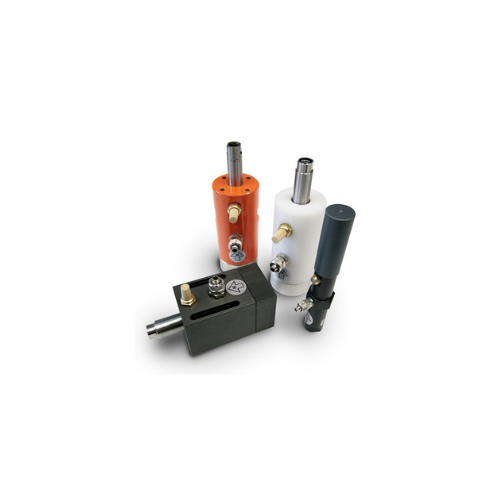
Cushioned pneumatic vibrators for coarse particle materials compaction
Enhance your material flow and compaction proces...

Cushioned pneumatic vibrators for bulk solids conveying
Streamline your material handling with precision vibration contro...
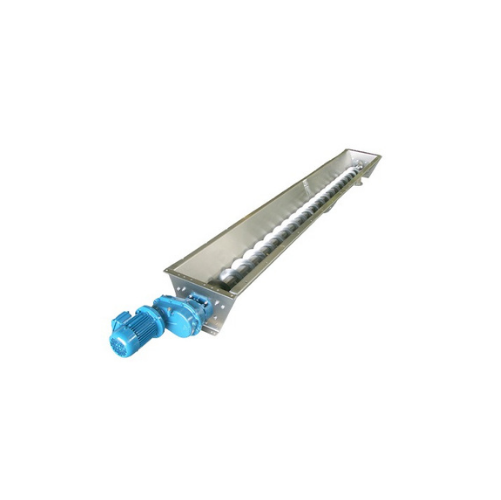
Stainless steel trough screw conveyor
Ideal for precise handling of powdery and granular materials, this solution ensures m...
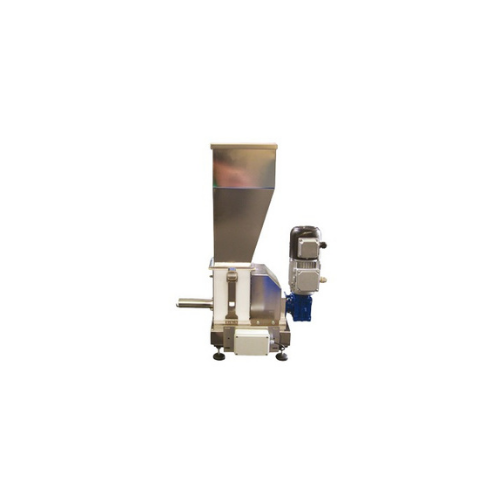
Loss-in-weight screw feeder for precise powder dosing
Achieve high precision in continuous dosing with this advanced scre...
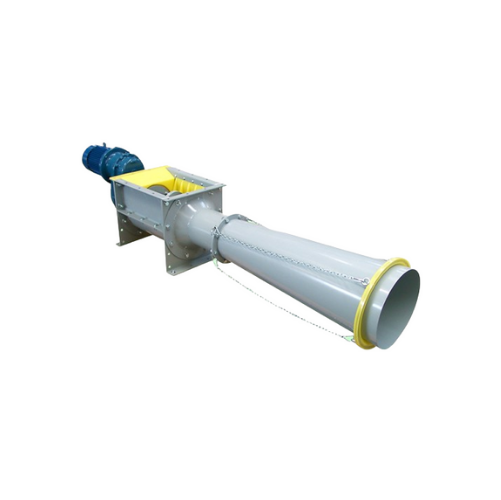
Waste bag compactor for bulk solids
Efficiently compact waste bags to a fraction of their volume, streamlining disposal whi...
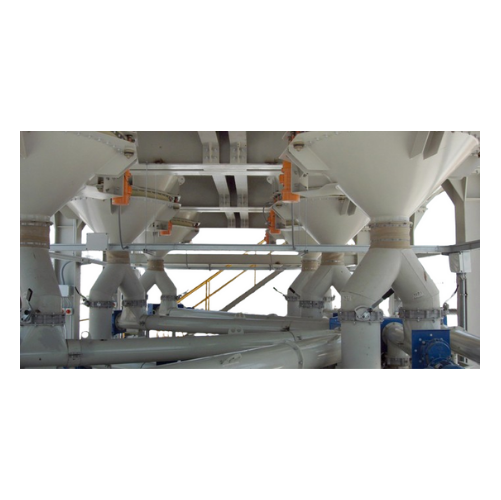
Vibratory outlet hopper for bulk material discharge
Struggling with material bridging and inconsistent discharge? Enhance...
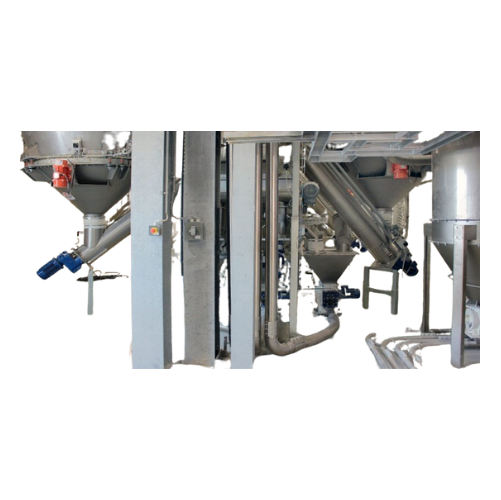
Food-grade bin activator for hygienic bulk solids discharge
Achieve consistent material flow and avoid contamination wit...
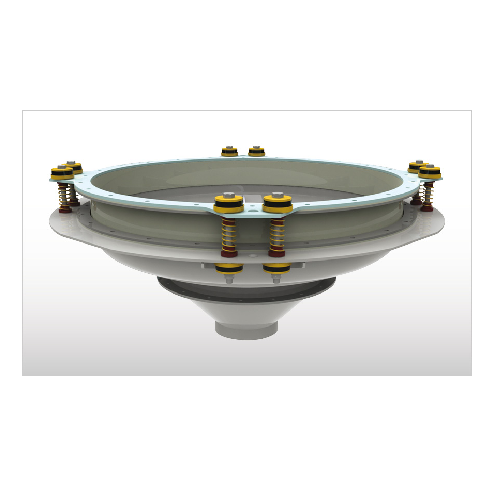
Industrial bin activator for smooth material flow
Enhance your material handling process with a solution that ensures con...
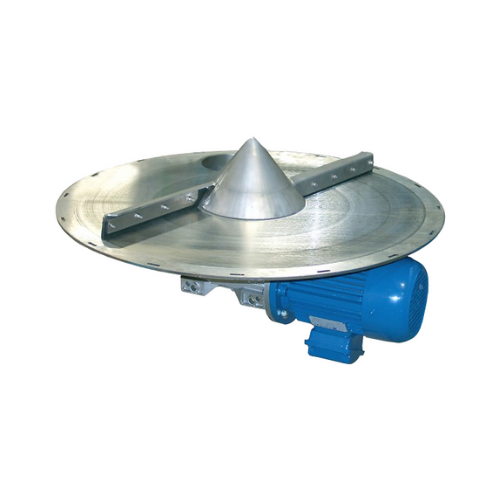
Rotary bin discharger for bulk solids
Efficiently manage bulk solids with a rotary bin discharger that minimizes residue an...
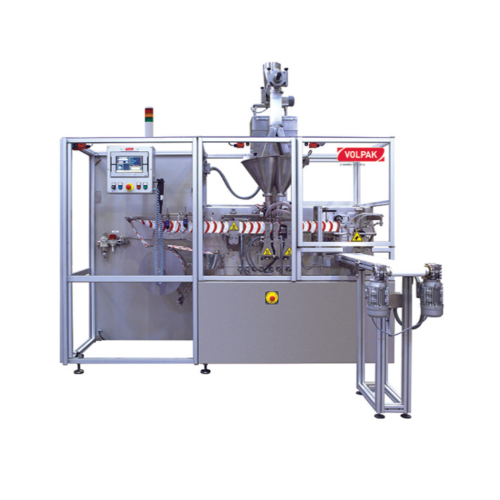
Horizontal flat pouching solution for foods and chemicals
Achieve precision in pouching liquids and powders with high-sp...
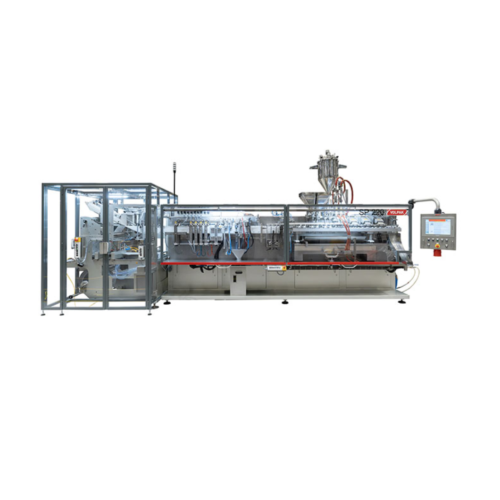
Stand-up pouch packaging for various industries
Elevate your packaging capabilities with a high-speed horizontal pouching ...
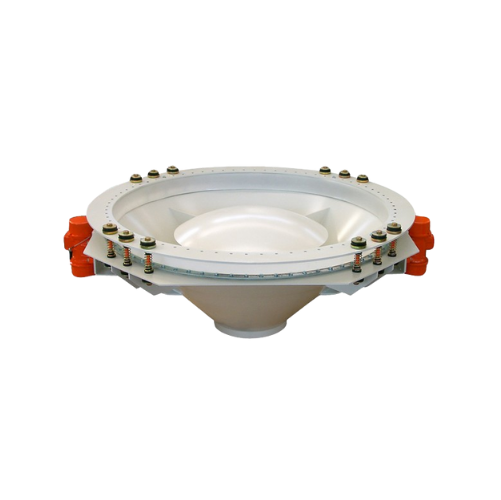
Vibratory hopper for bulk solids discharge
Ensure consistent material flow and prevent bridging in storage silos with this...
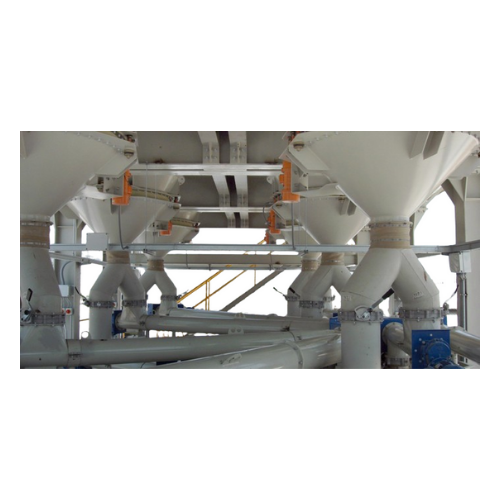
Bin activator for silo and hopper discharge
Ensure optimal material flow and prevent blockages in your storage systems wit...
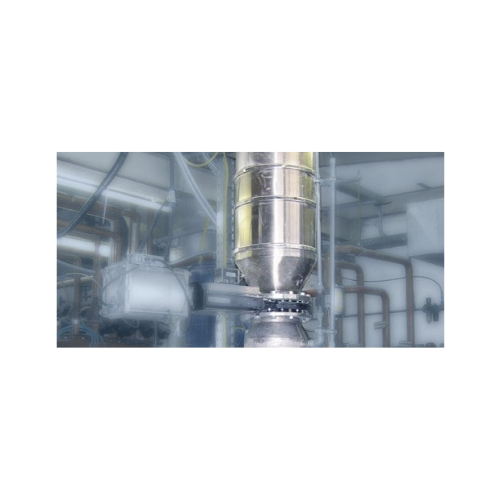
Powder locks for safe bulk material handling
Ensure containment and prevent contamination while processing sensitive bulk ...
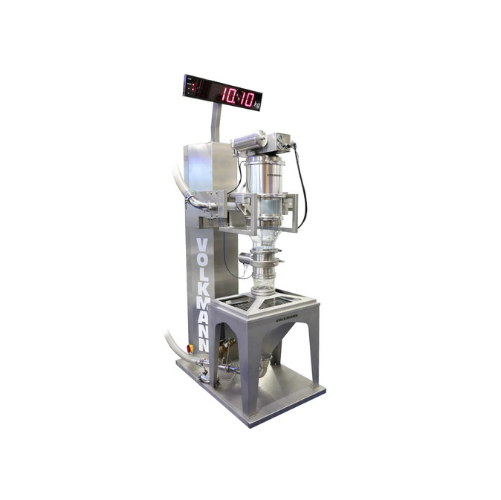
Integrated conveying and weighing system for bulk materials
Achieve precise material management with a solution that sea...
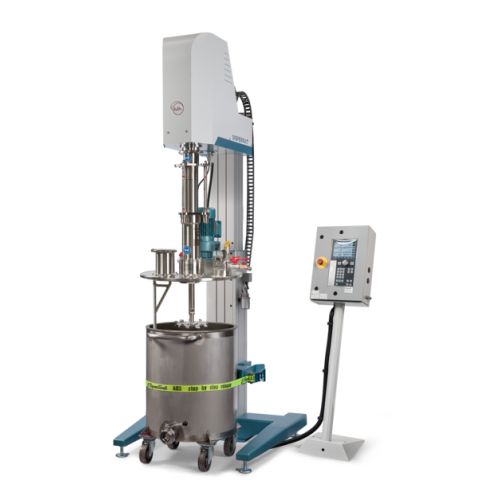
Explosion-proof vacuum dissolver for high viscosity applications
For operations requiring precise control in high-viscos...
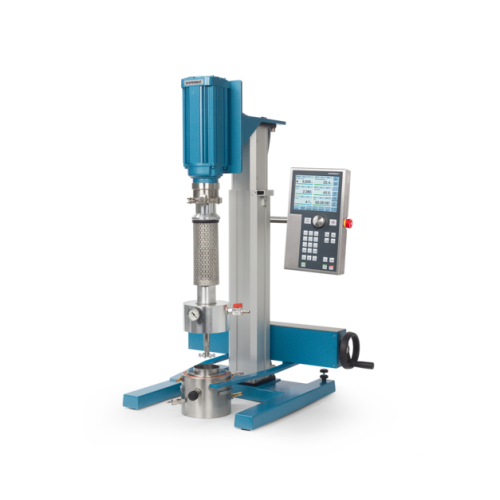
Vacuum dispersion system for laboratory applications
Achieve precise mixing and homogenization under vacuum conditions, e...
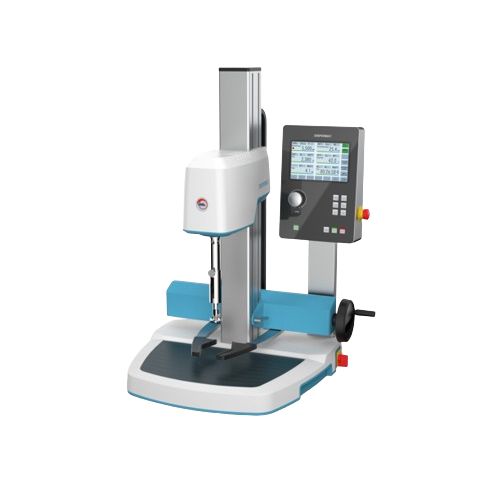
Laboratory dissolver for multiple applications
Efficiently streamline your laboratory processes with this versatile dissol...
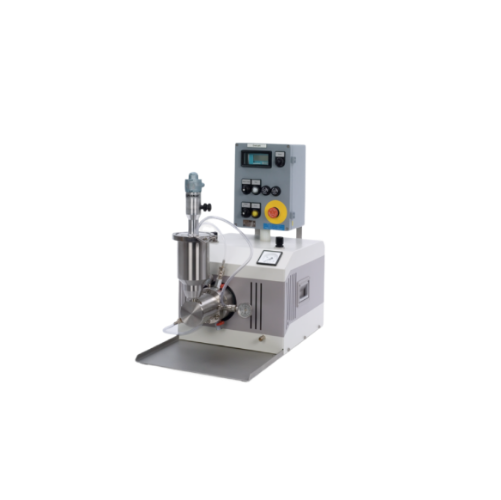
Atex horizontal bead mill
Ensure precision and safety in explosive environments with a robust solution that finely grinds an...
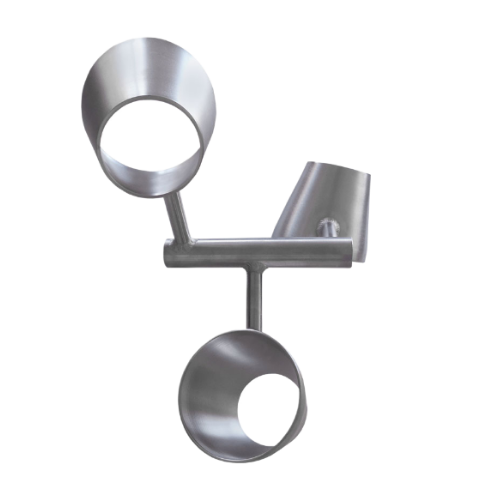
Side-mount agitator for large tank mixing
Achieve efficient mixing in large tanks with reduced energy consumption by lever...
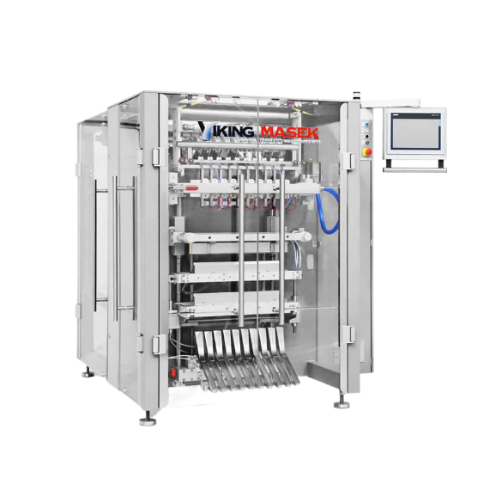
Stick pack packaging for powders and liquids
Streamline your packing process with high-speed, servo-driven stick pack mach...
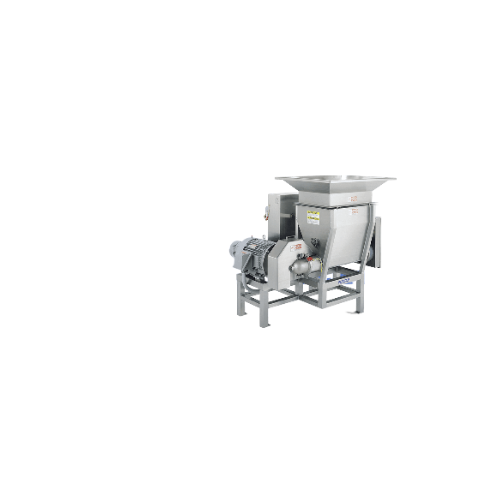
Industrial milling systems for food processing
Streamline your food production line with robust milling and cutting soluti...
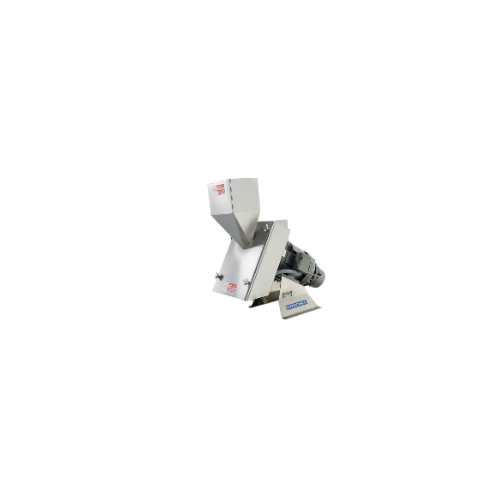
Industrial food processor for diverse applications
Optimize your production line with a versatile processor capable of ch...
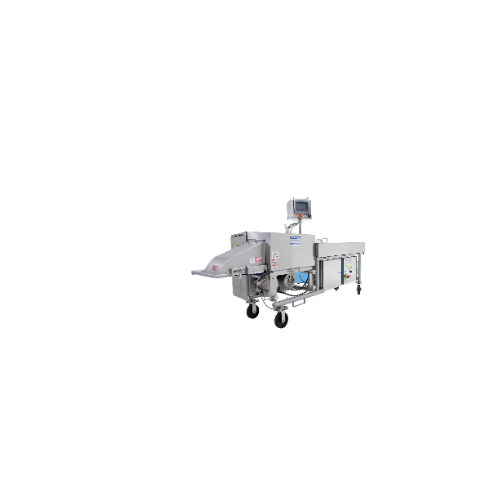
Industrial dicing solution for food products
Enhance processing efficiency with high-speed dicing and slicing solutions, e...
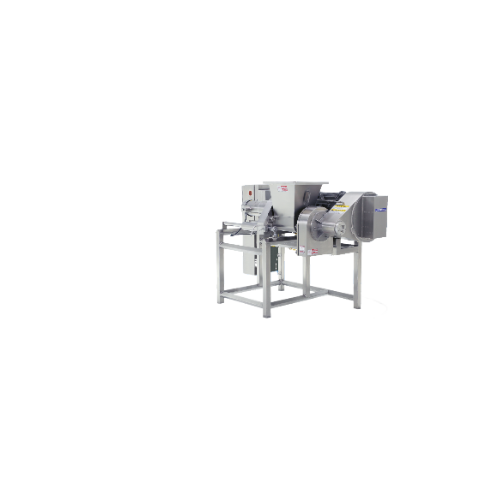
Industrial vegetable protein processor
Achieve precise size reduction and consistent texture in food processing with this h...
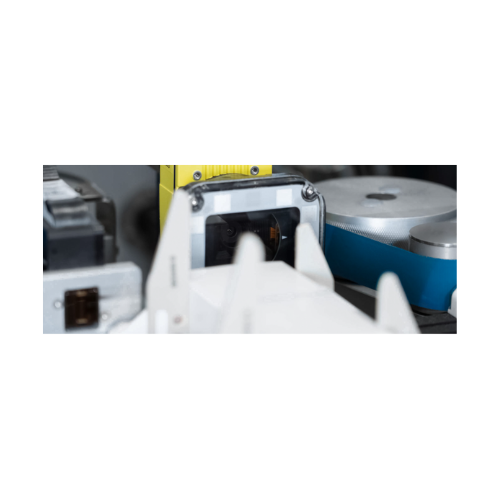
Sachet packaging lines for pharmaceuticals
Optimize your pharmaceutical production with high-speed sachet packaging lines ...
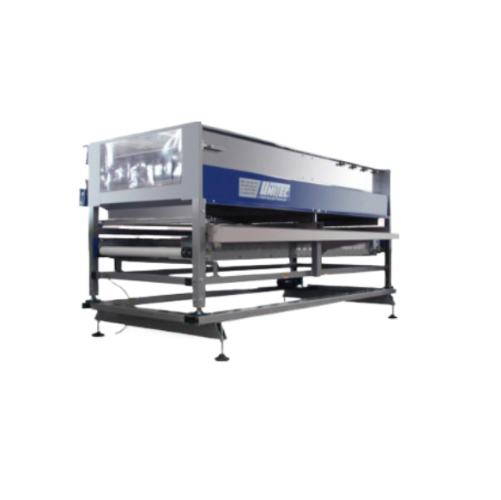
Brushing systems for agricultural produce
Enhance the precision and efficiency of fruit and vegetable processing with vers...
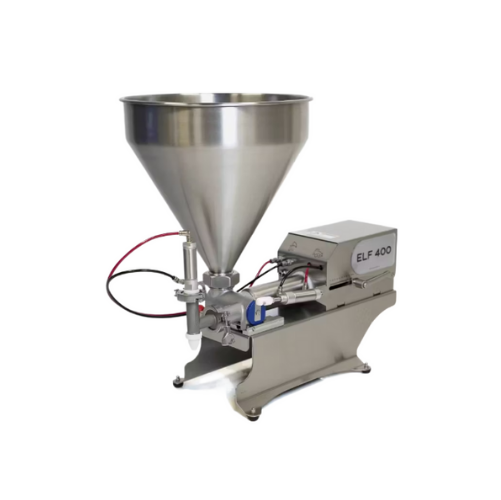
Single piston food filler
Achieve precise portioning and consistent product flow with a versatile solution perfect for handl...
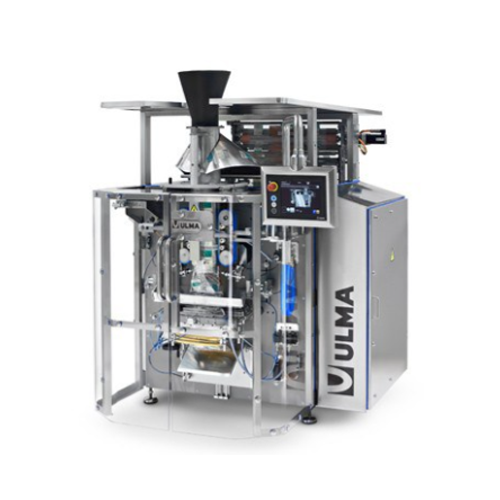
Vertical packaging system for medium-high speed applications
Optimize your packaging line with a system that delivers pr...
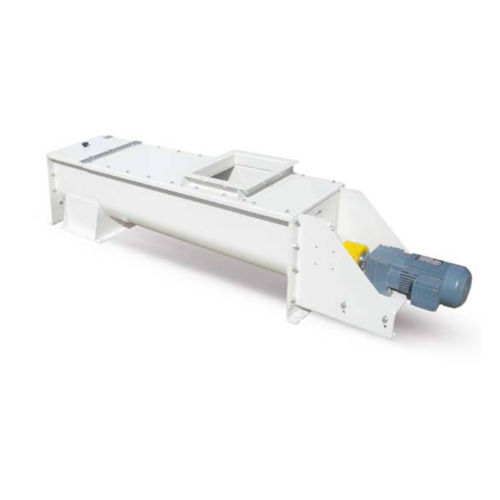
Screw conveyor for grain or finished products
Optimize your production line with a space-efficient screw conveyor designed...
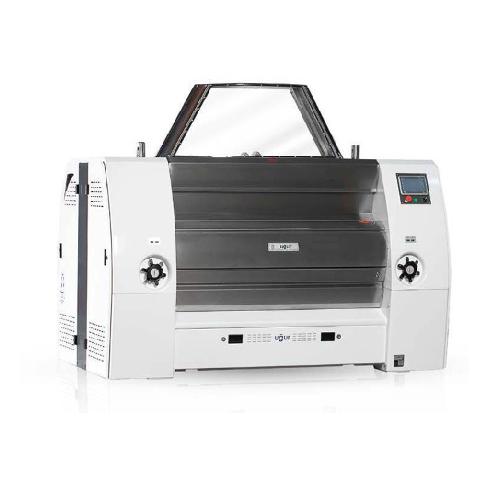
Industrial roller mill for high-stability milling
Optimize your milling process with a high-speed roller system designed ...
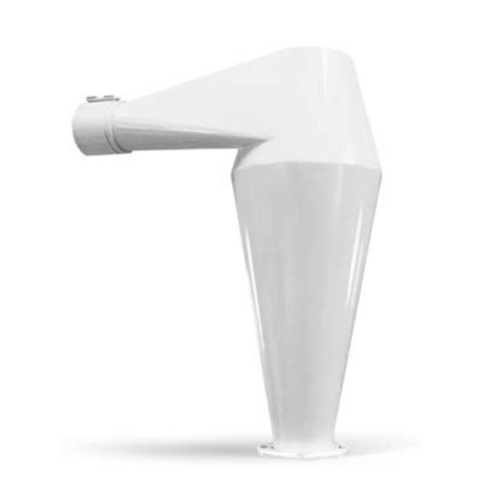
Pneumatic cyclone for effective product-air separation
Optimize particle separation with high-speed pneumatic cyclones, e...
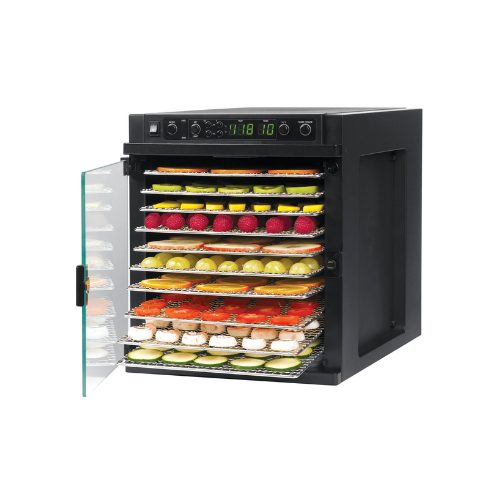
Compact food dehydrator for fruits and meats
Achieve precise dehydration of fruits, vegetables, and meats with a compact s...
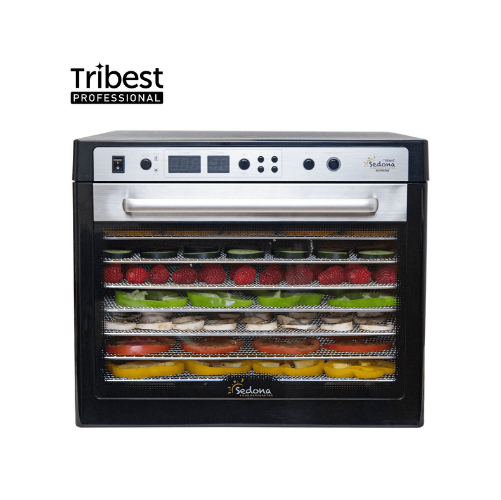
Large-capacity commercial food dehydrator
Achieve precise dehydration for a wide range of food items with unmatched consis...
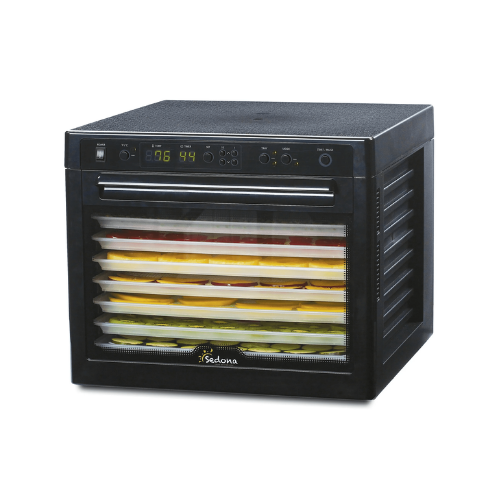
Food dehydrator with Bpa-free trays
Effortlessly retain nutrients while creating a variety of dehydrated snacks using dual ...
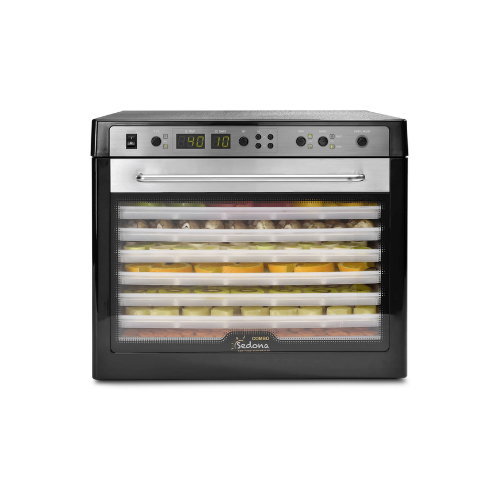
Food dehydrator with Bpa-free plastic trays
Achieve precise dehydration for fruits, vegetables, and snacks with advanced t...
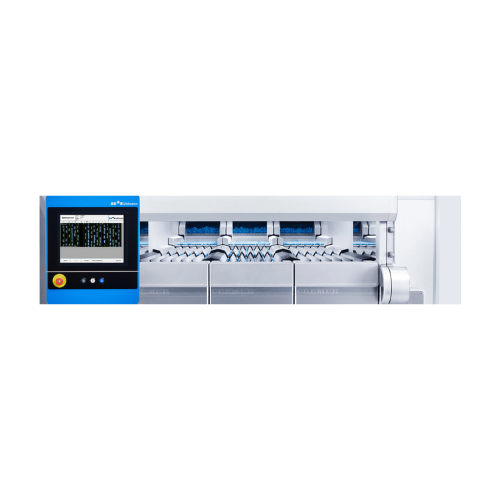
High-speed vacuum blender for commercial use
Achieve optimal blending with cutting-edge vacuum technology, ensuring vibran...
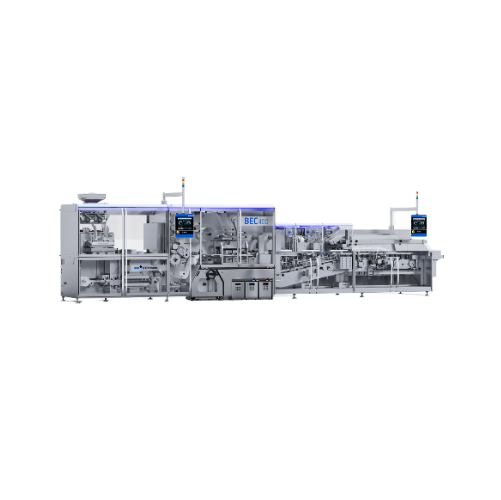
Fully automated packaging lines
Streamline your production with versatile packaging lines designed to handle a range of good...
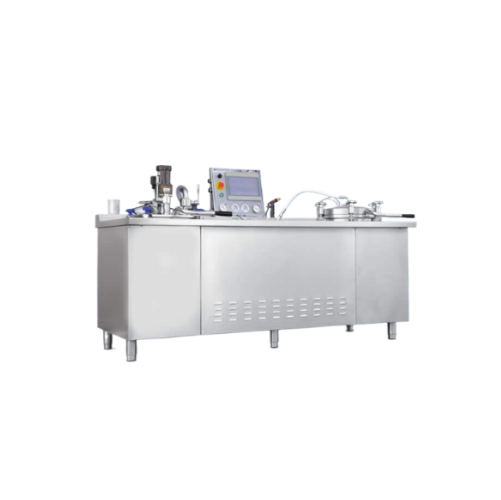
Low temperature food dehydration system for fruit and vegetables
Optimize your food processing with advanced low-tempera...
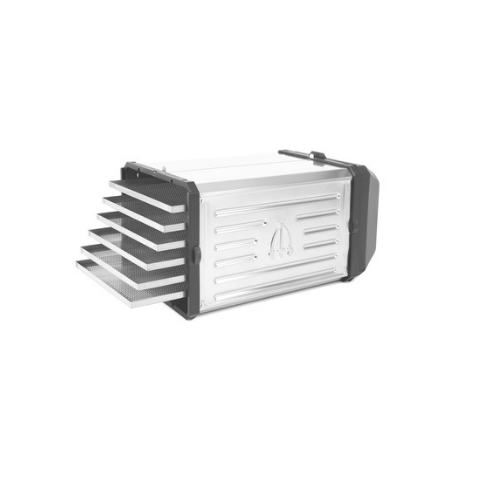
Professional food dehydrator for fruits and vegetables
Enhance your culinary creations with precise dehydration technolog...
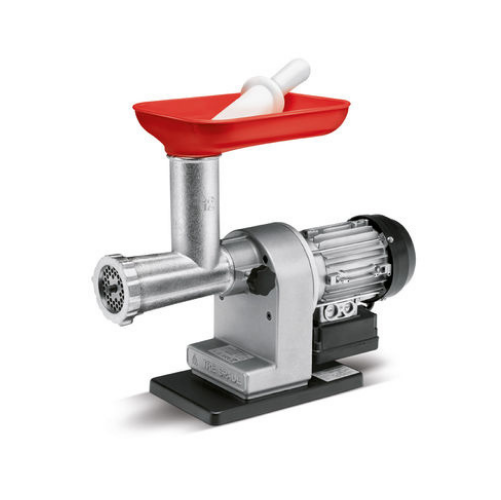
Electric meat grinder for efficient meat processing
Streamline your kitchen operations with a robust meat grinder, engine...
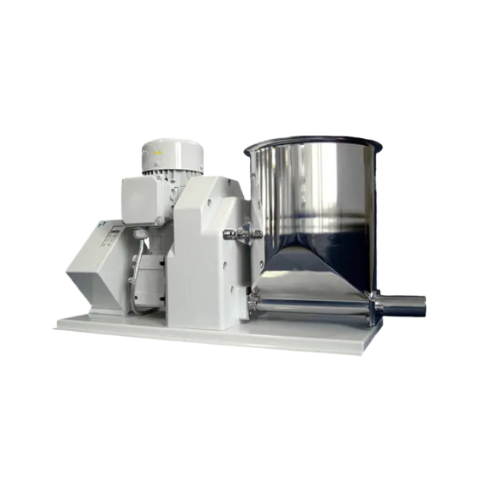
Volumetric twin screw feeder for powder and micro-granules
Optimize your production flow by ensuring consistent and prec...
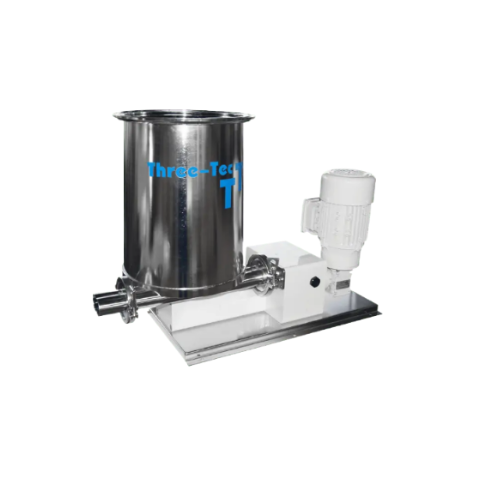
Volumetric twin-screw feeder for poorly flowing powders
For manufacturers dealing with powders that clump or cake, this f...
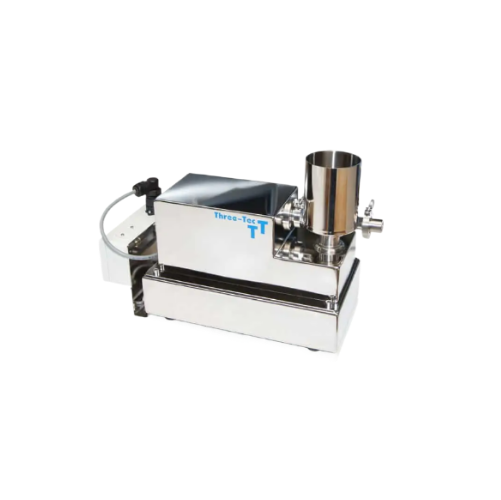
Precise volumetric or gravimetric powder feeder
For precise feeding of challenging powders prone to clumping and bridging,...
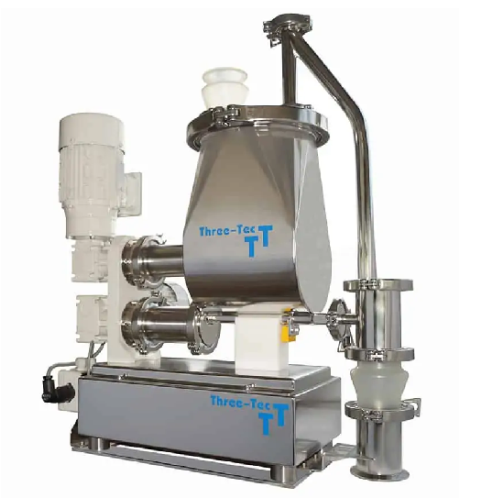
Quick change feeding devices for industrial applications
Experience seamless product transitions with quick-change feedin...
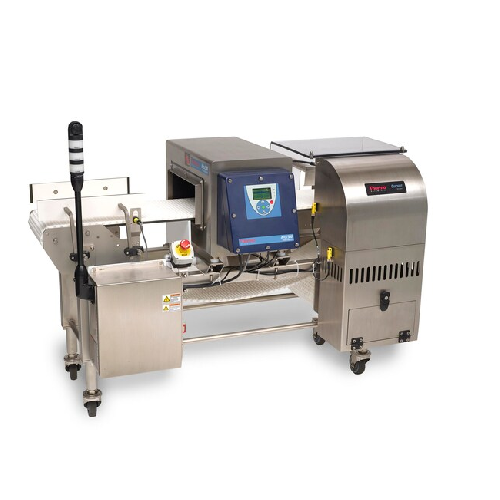
Conveyors for food packaging metal detectors
Ensure seamless integration and safety in food processing lines with conveyor...
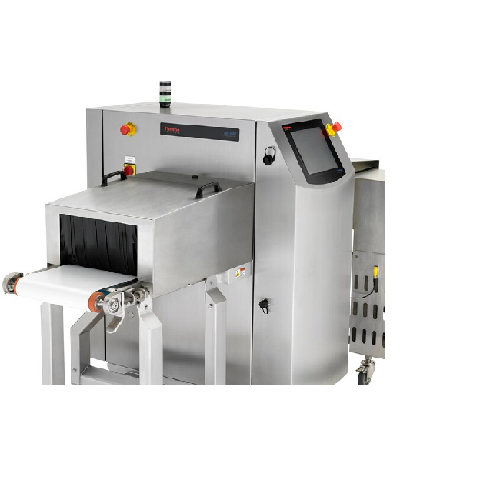
X-ray detection for food inspection
Ensure product integrity in high-speed packaging lines by detecting metallic and non-me...
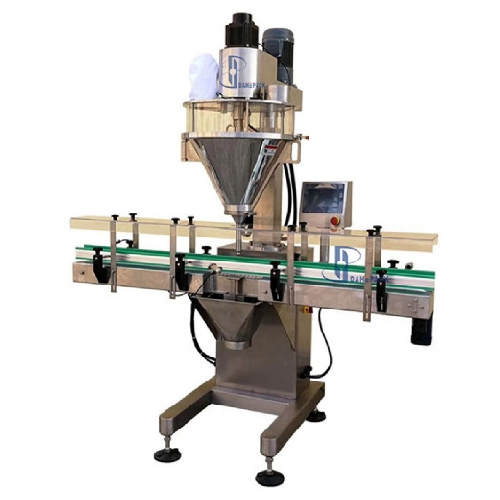
Volumetric auger filler for powder packaging
Streamline your powder packaging process with precise and efficient volumetri...
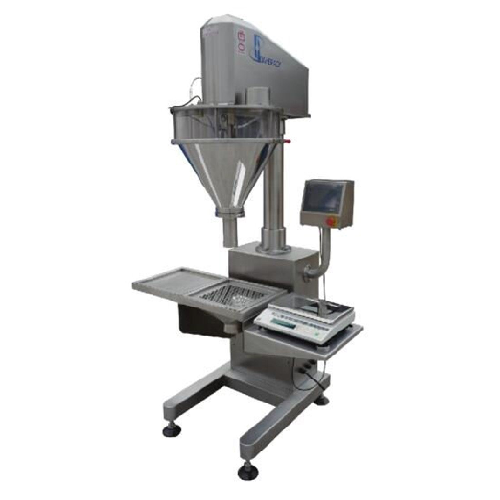
Volumetric auger filler for precise powder weighing
Optimize your production line with a high-speed volumetric auger fill...
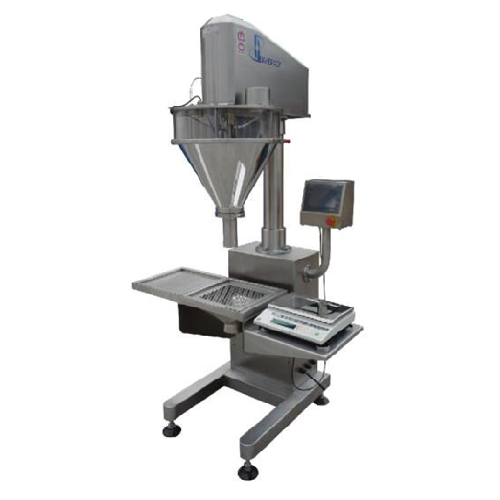
Volumetric auger for powder weighing and depositing
Ensure precise powder weighing and depositing for consistent product ...
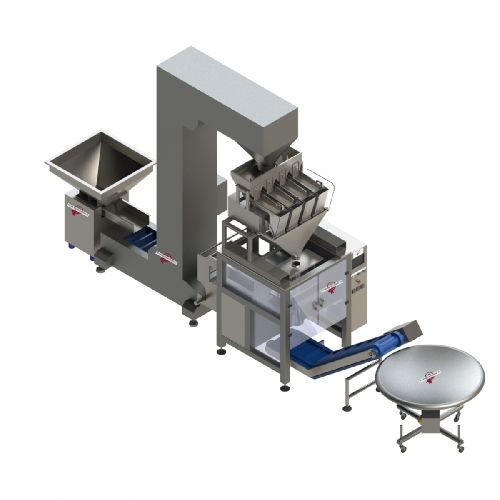
Modular linear packing system for granular products
Streamline your packing operations with a versatile system that integ...
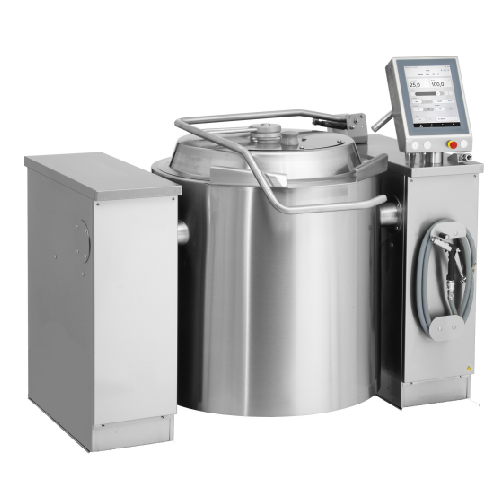
Multifunctional cooking kettle for commercial kitchens
Optimize your batch cooking processes with an all-in-one solution ...
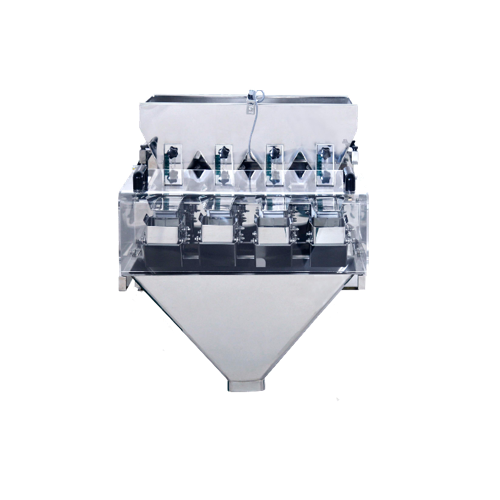
Linear weigher for dry free flowing powder
Optimize your packaging line with precise weighing for free-flowing granular pr...
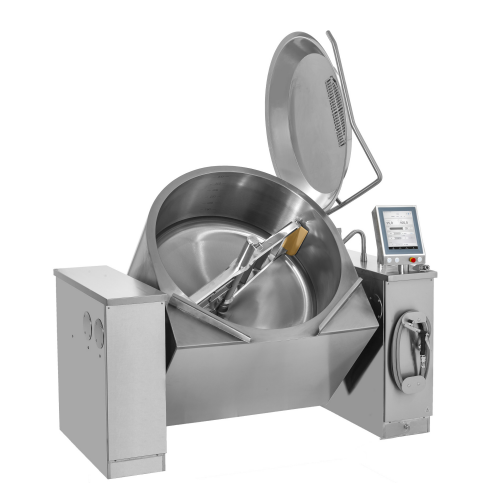
Large capacity cooking kettle for industrial kitchens
Optimize your cook-and-chill production with a versatile cooking ke...
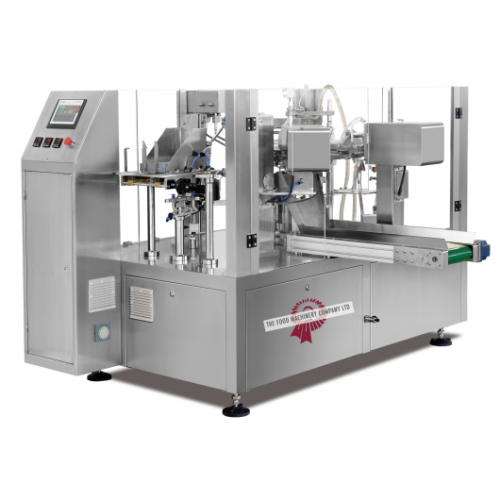
Rotary pouch filling system
Looking to efficiently manage pouch filling for diverse products? This rotary system seamlessly ...
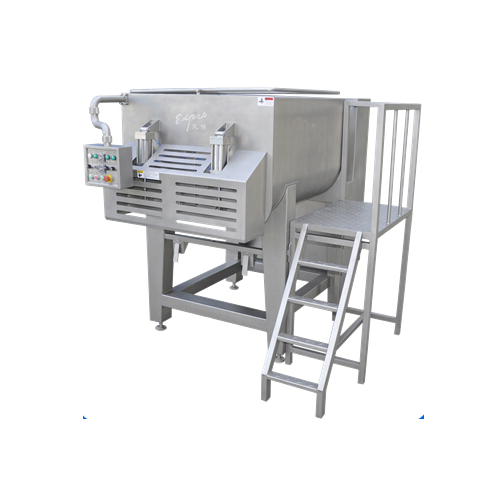
Commercial food mixers for versatile culinary applications
Streamline your food production with mixers and kneaders desi...
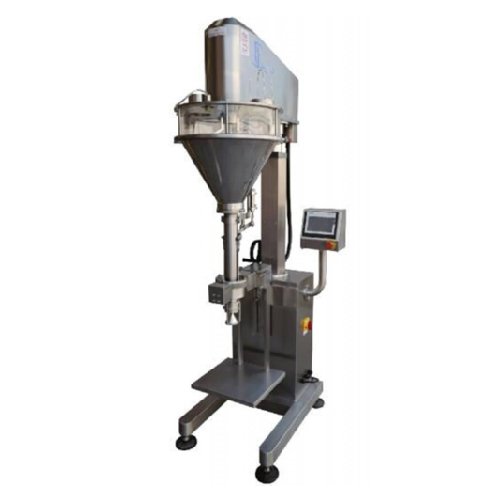
Gravimetric auger filler for powder weighing
Achieve precise powder filling with this gravimetric auger solution, ensuring...
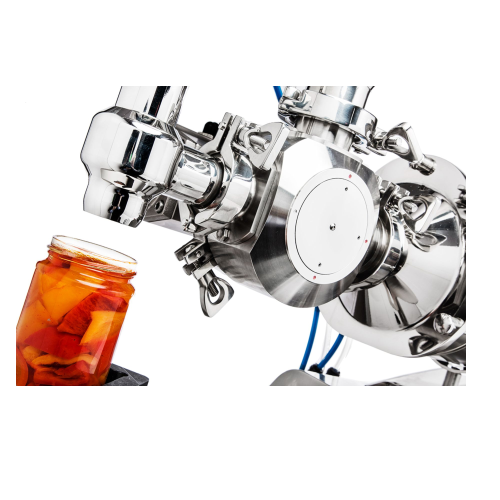
Automatic liquid filling solutions for various containers
Ensure precise liquid packaging for diverse container types, e...
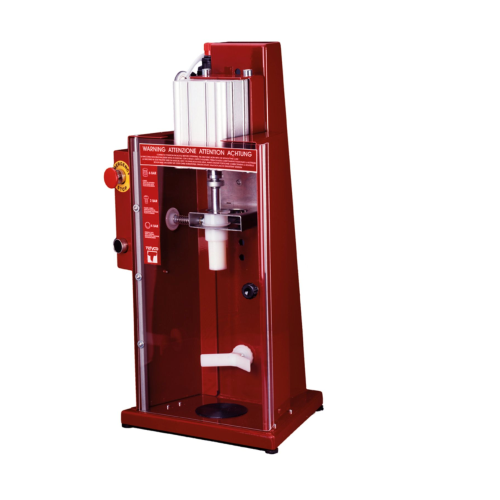
Semi-automatic capping solutions for small to medium enterprises
Streamline your packaging line with versatile capping s...
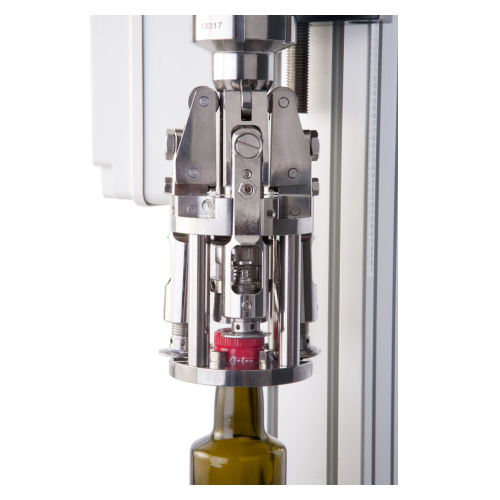
Semi-automatic capping solutions for small to medium production
Streamline your capping process with versatile, customiz...
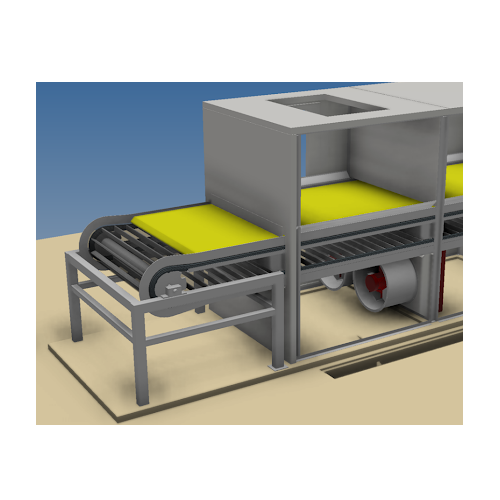
Belt dryer for large-scale continuous drying
Achieve precise moisture control and energy-efficient processing with this be...
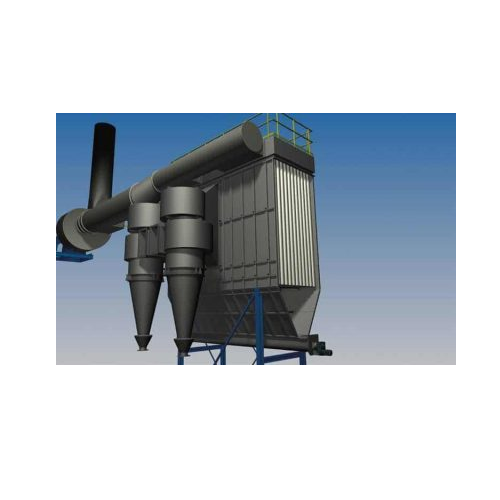
Industrial dust collection system
Optimize your process by efficiently capturing and removing airborne dust particles, ensu...
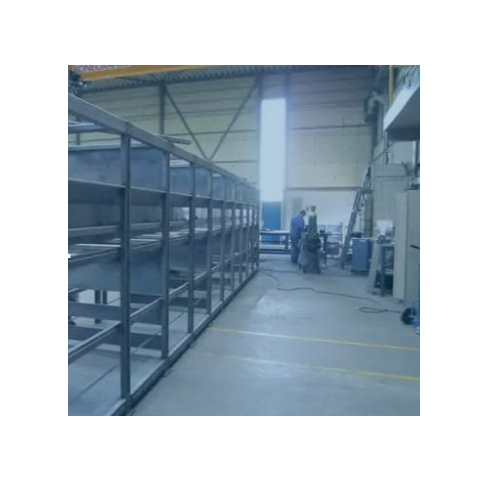
Continuous bulk fluid bed dryer
Achieve rapid and energy-efficient moisture removal across diverse materials with our advanc...
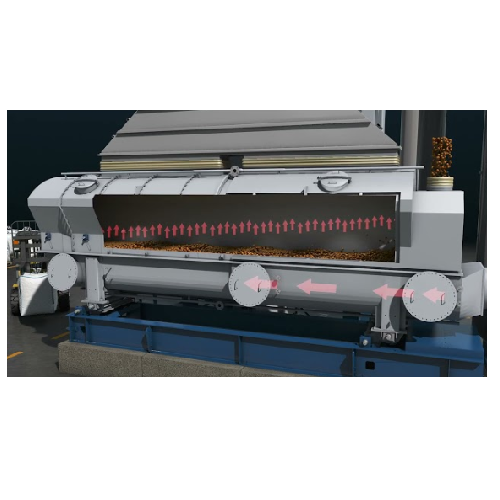
Continuous fluid bed dryers for various industrial applications
Achieve precise moisture control with fluid bed dryers, ...
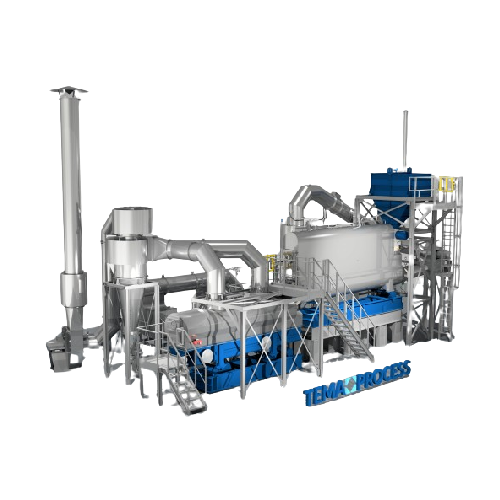
Vibrating fluid bed dryer for bulk materials
Ensure efficient moisture removal and thermal processing with this fluid bed ...
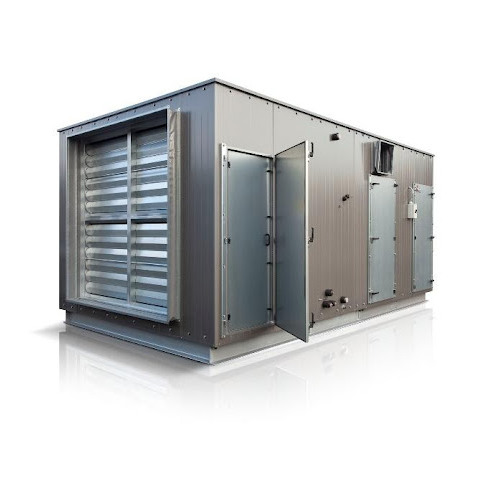
Ventilation and dehumidification for meat processing plants
Achieve precise humidity and condensation control in meat pr...
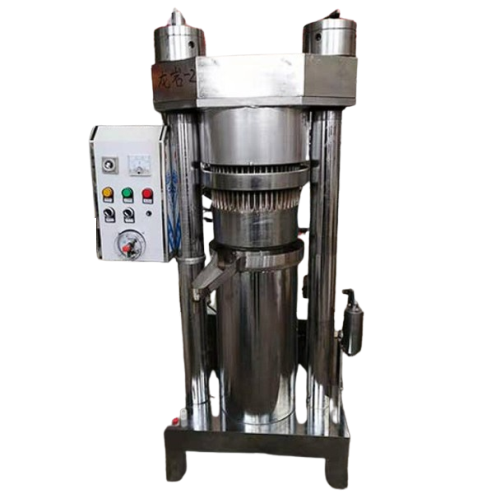
Hydraulic oil press for efficient oil extraction
Streamline your oil production with a hydraulic oil press that ensures hi...
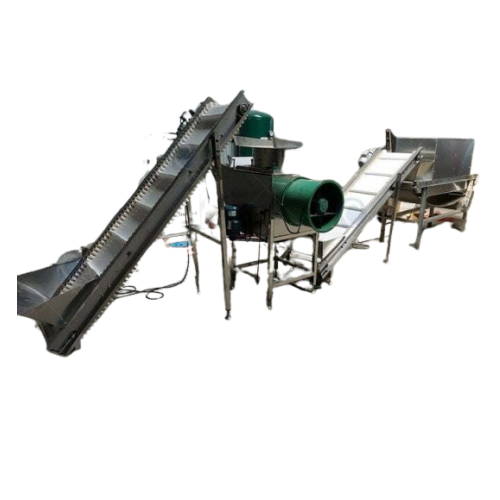
Garlic splitting and peeling line
Streamline garlic processing with this high-speed line designed to efficiently split, pee...
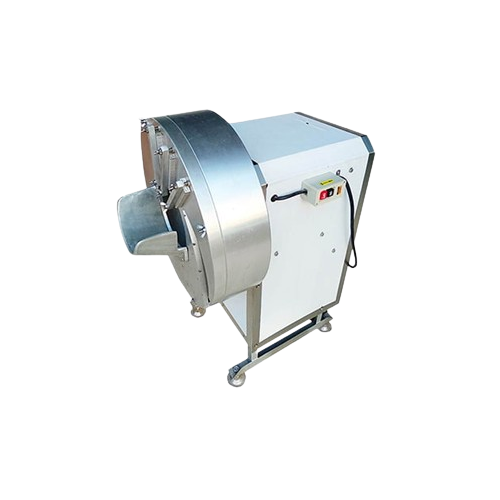
Industrial ginger slicer for efficient vegetable processing
Achieve precise vegetable slicing with high-speed efficiency...
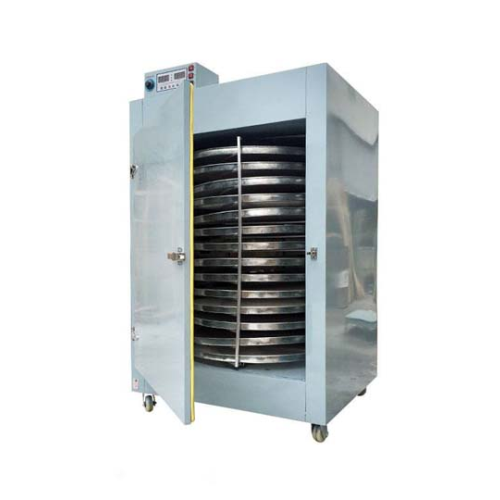
Fruit and vegetable drying equipment
Achieve optimal moisture control for your fruits, vegetables, and herbs with versatile...
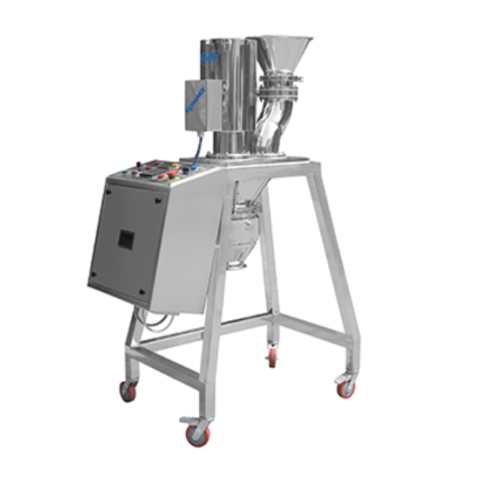
Wet granulation co mill for pharmaceutical formulations
Optimize your manufacturing process with precise particle size re...
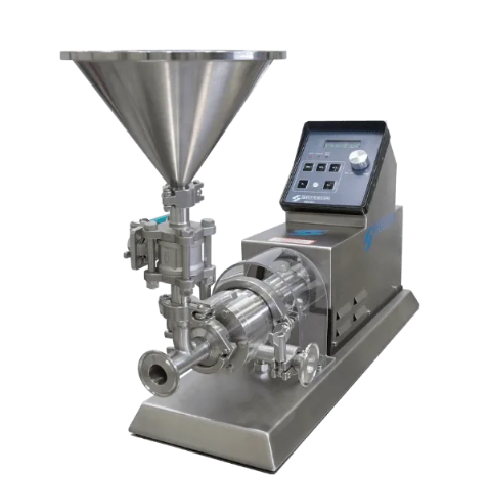
Laboratory scale powder/liquid mixer
Easily integrate powders into complex liquid formulations at a laboratory scale, ensur...
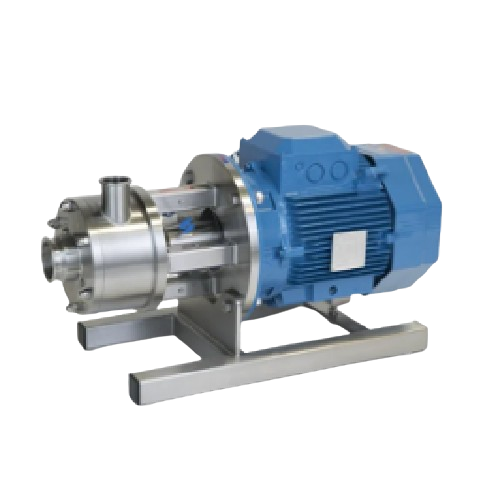
High shear mixer for efficient particle size reduction
Achieve rapid and precise blending and particle reduction in your ...
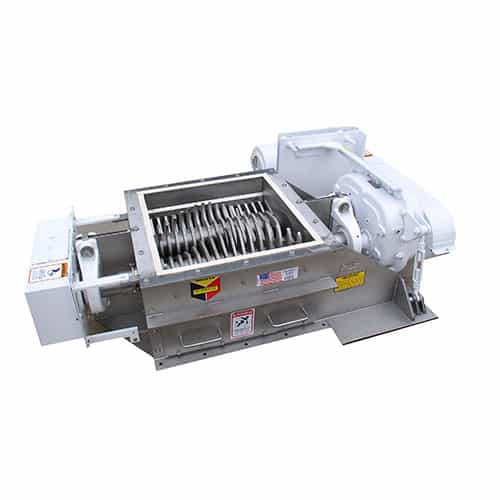
Industrial crusher for size reduction and waste recycling
Optimize your production line with versatile and robust crushi...
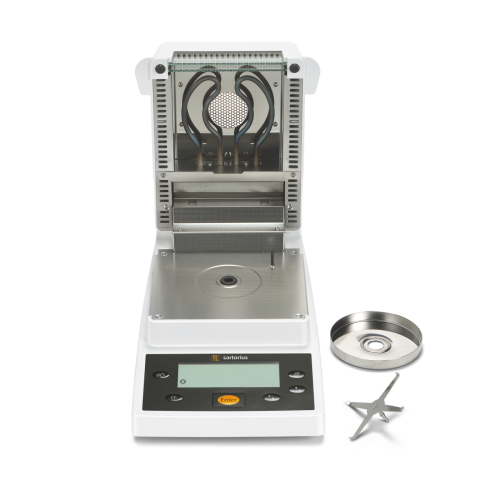
Infrared moisture analyzer for lab and production use
Achieve precise and reliable moisture analysis with minimal time an...
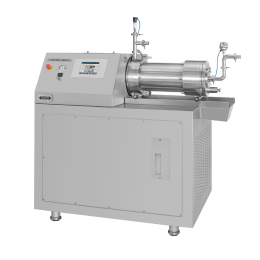
Agitator bead mill for functional foods and flavors
Fine-grinding solid flavors to improve taste properties and integrati...
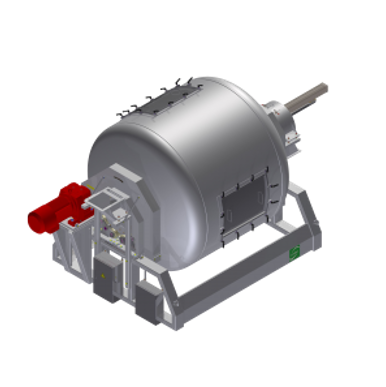
Gentle mixer for tea blending
The blending process is critical to the flavor quality of tea. But the physical impact of the ...
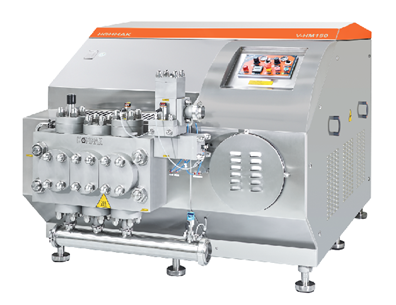
Pilot plant homogeniser
From food to pharma, homogenization is an essential step in the production process that provides unif...
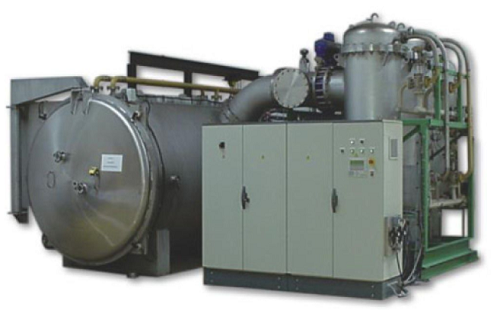
Freeze drying system for berries and fruit powders
Delicate fruits with high moisture levels, such as berries, risk losin...
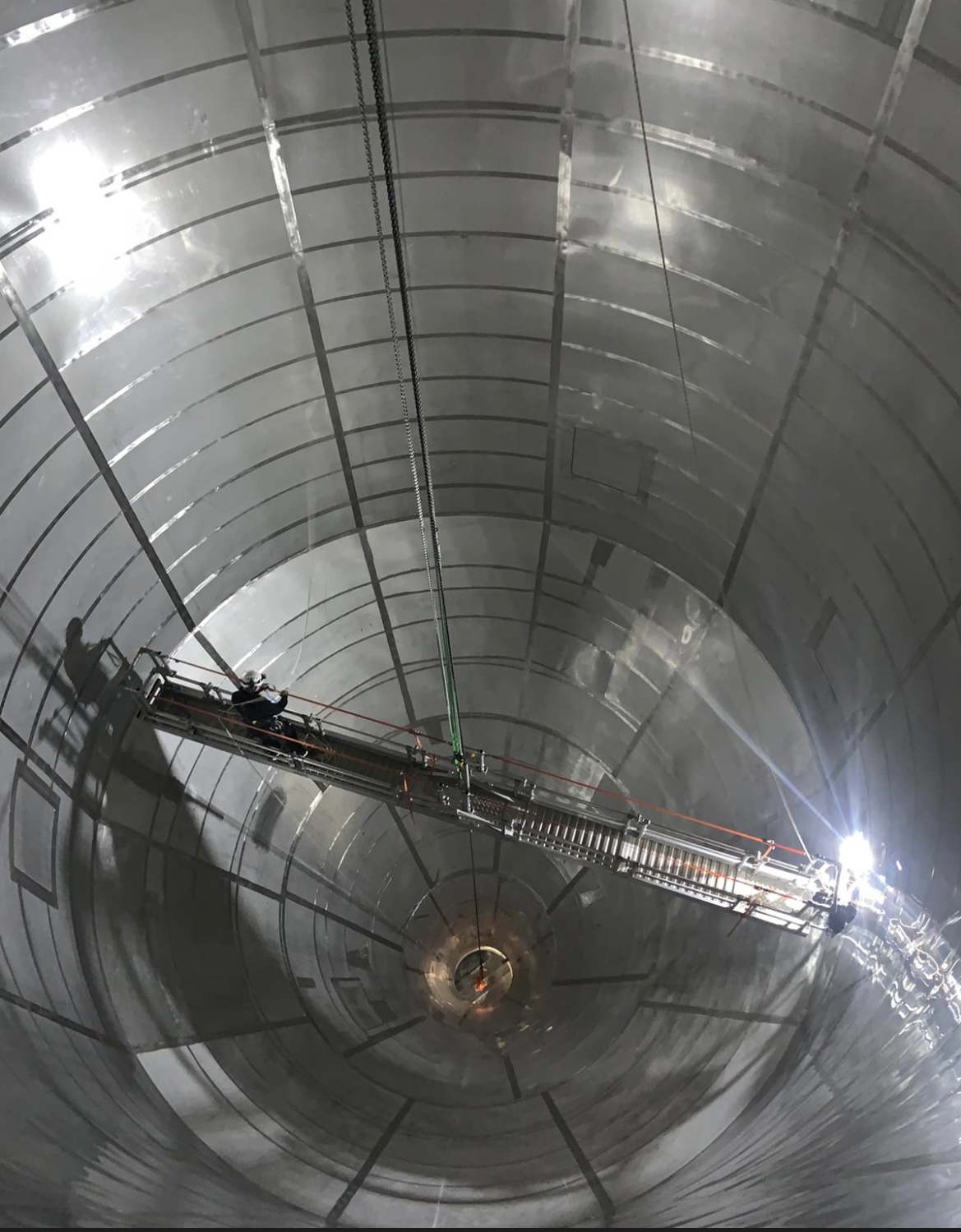
Non-Destructive Crack Detection Vessel Testing
Using traditional types of inspection methods when inspecting vessels may p...
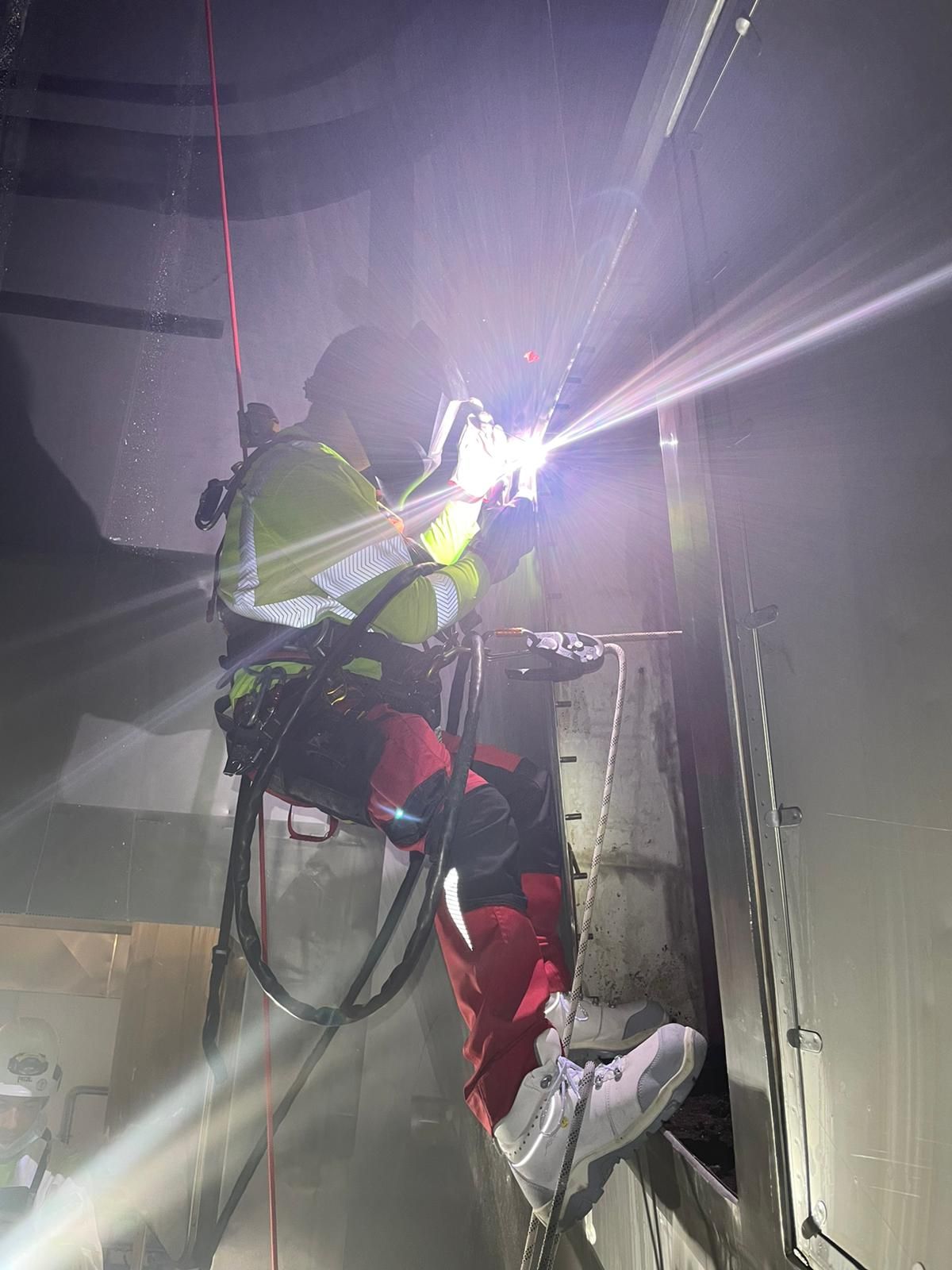
Spray Dryer Crack Testing Services
Spray dryers undergo multiple thermal cycles and may develop cracks as the metal becomes...
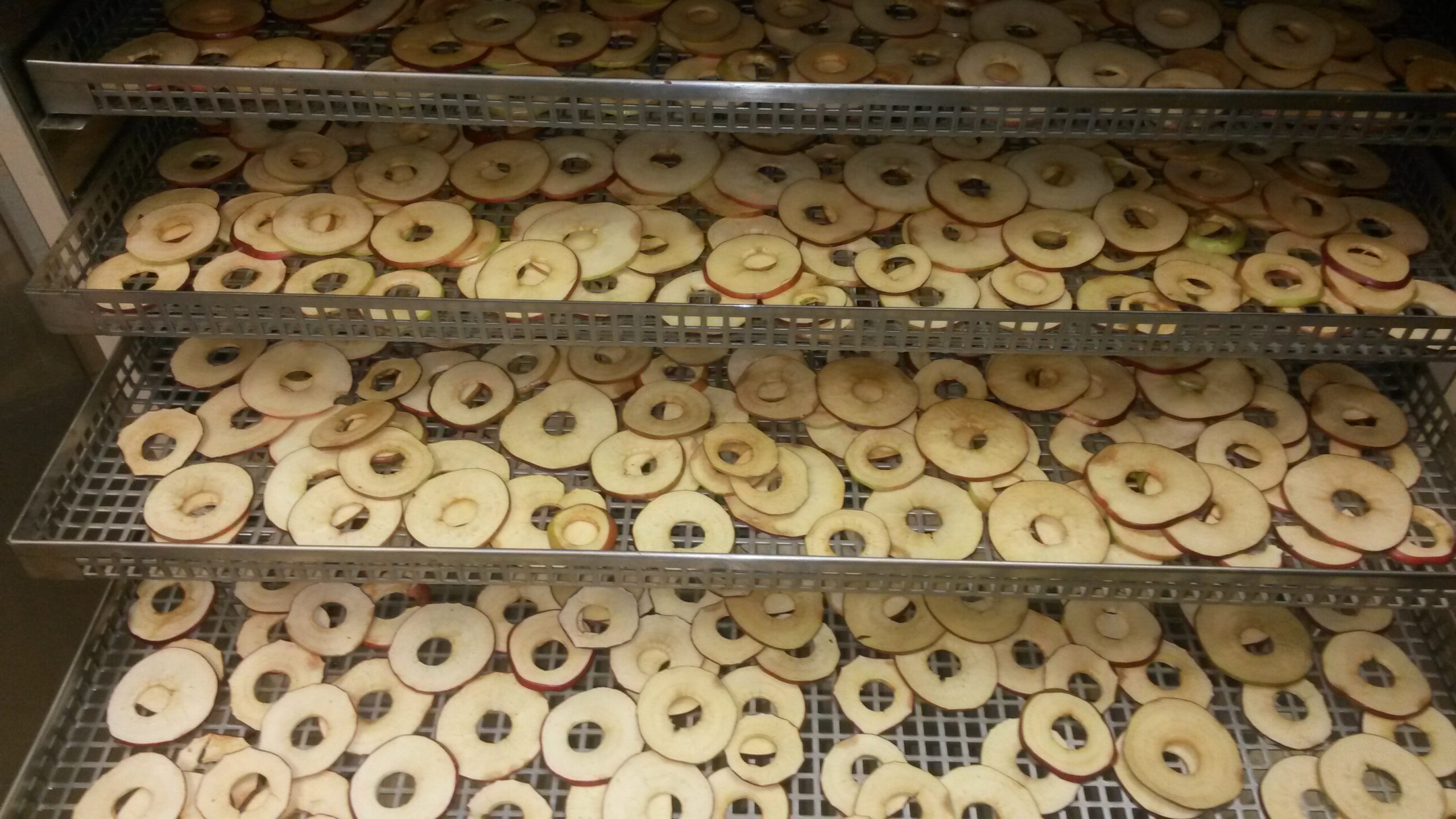
Energy saving cabinet dryer for food
Traditional drying systems use a lot of energy and take a long time to dry the product...
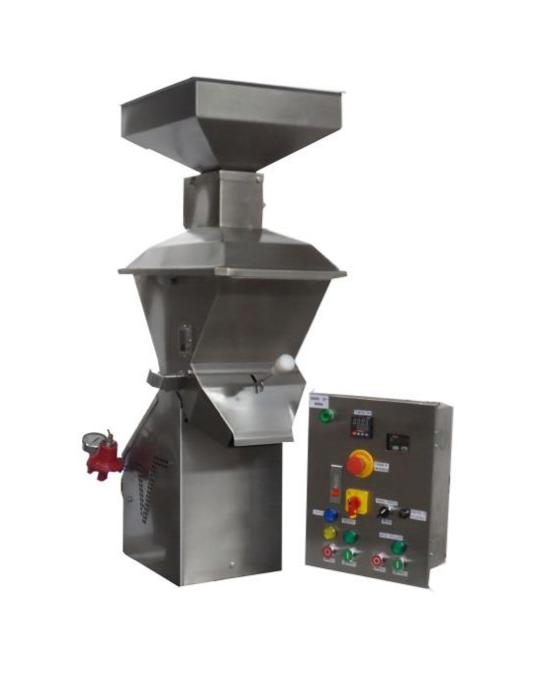
Entry level cocoa roaster
The biggest challenge that small-scale cocoa processing manufacturers face is even and thorough ro...
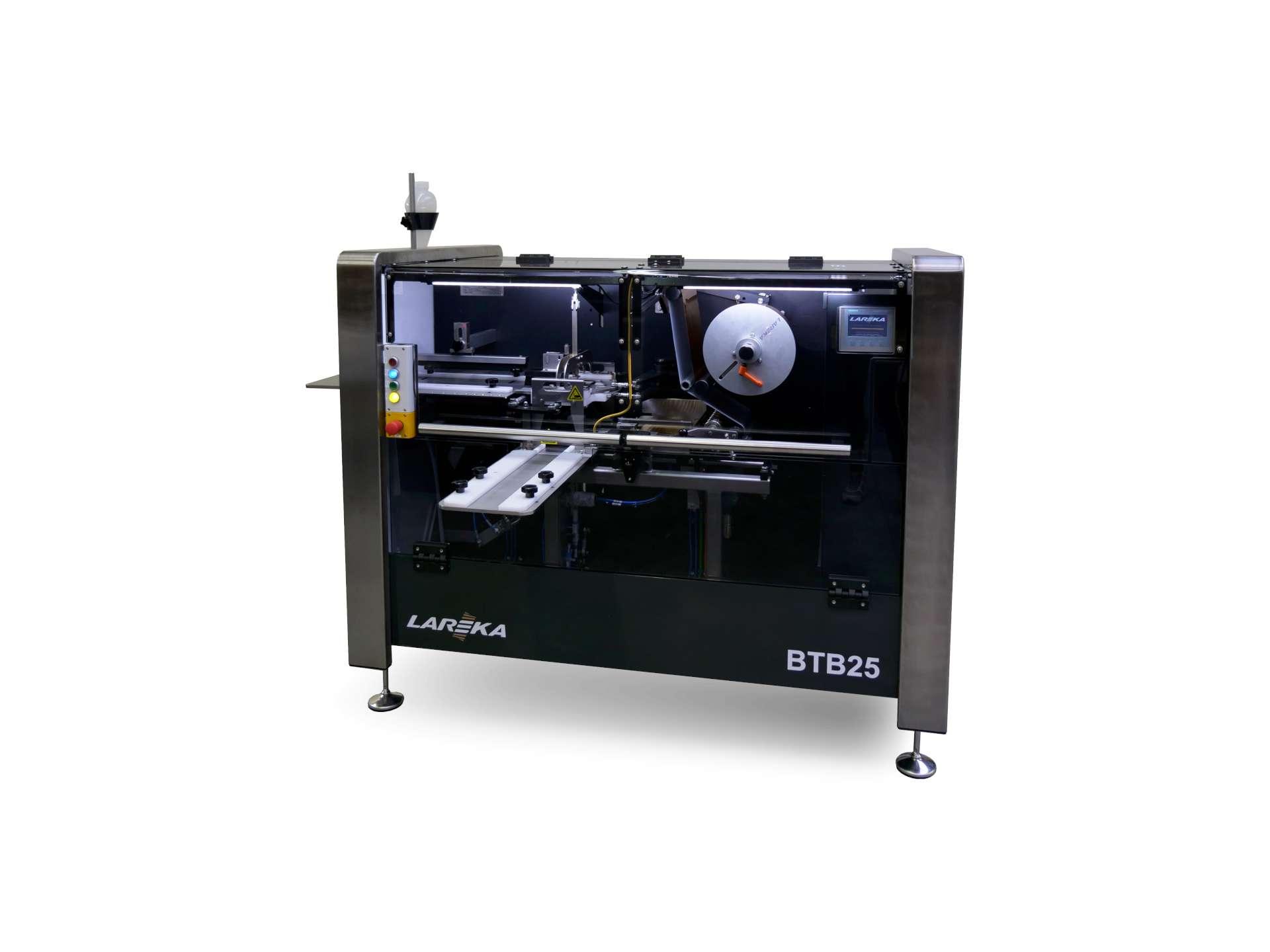
Flexible chocolate tablet wrapping machine
In the overcrowded and competitive confectionery industry, attractive chocolate...
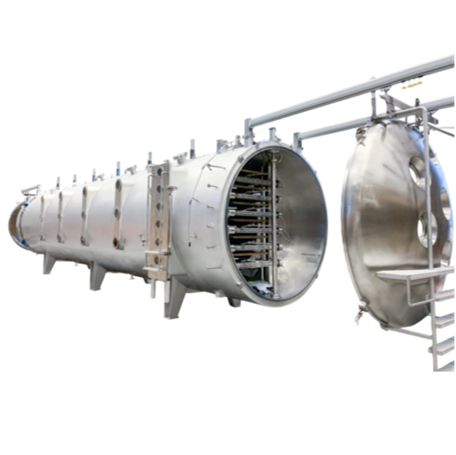
Vacuum belt dryer for instant drink powders
Extracting the essential acids and compounds from fruits and plants is a compl...
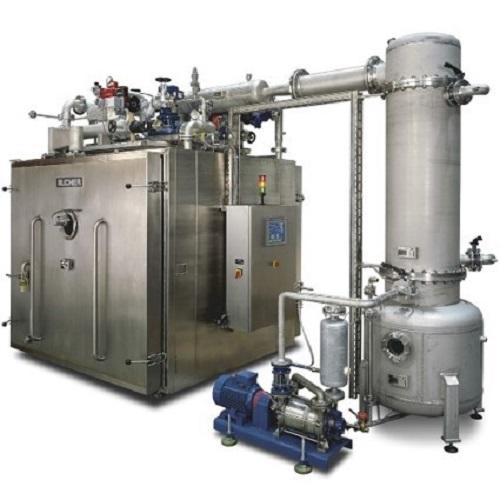
Vacuum cabinet dryer for plant extracts and functional foods
Plant extracts are vital to functional food preparations. B...
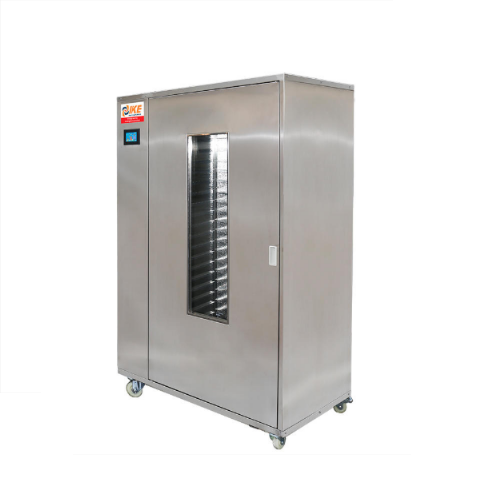
Industrial drying cabinet
The production of high-quality biltong and similar dried meat products can pose problems with main...
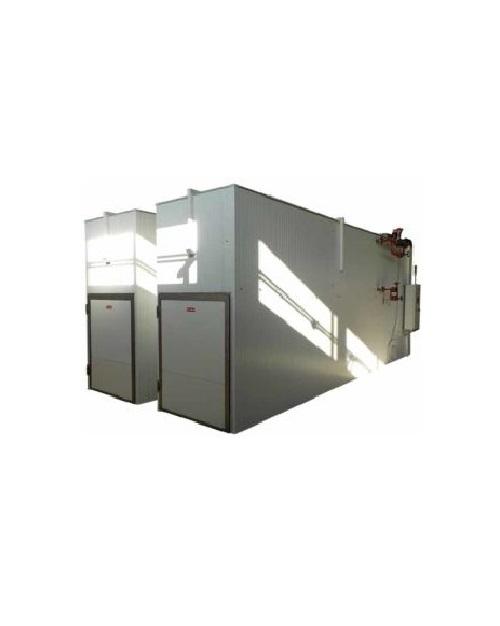
Industrial tunnel dryer for food sector
Dry foods are popular consumables and have their place on the market. In cases wher...
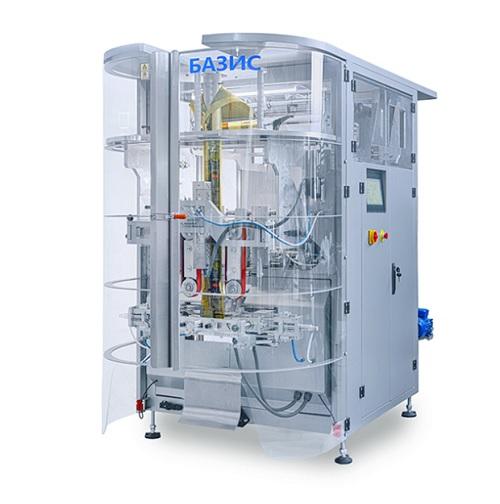
Pillow bag vertical packing machine
When packaging products such as seeds, cereal, snacks, candies, nuts, tea, dried fruits...
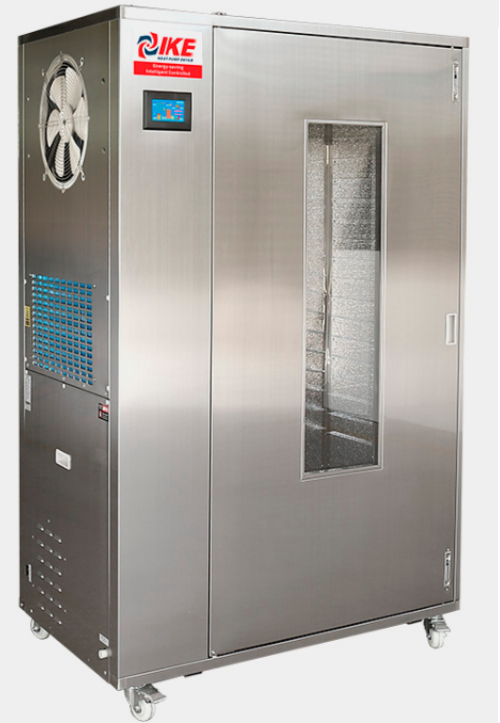
Industrial dehydration machine
Dried fruits are popular both as food in themselves and as ingredients. Traditional drying te...
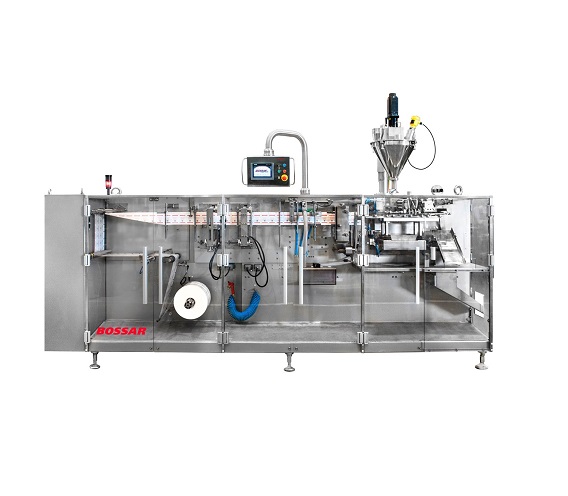
Entry level HFFS Machine for flat sachets
Traditional horizontal form fill and seal sachet machines for lower volume lines...
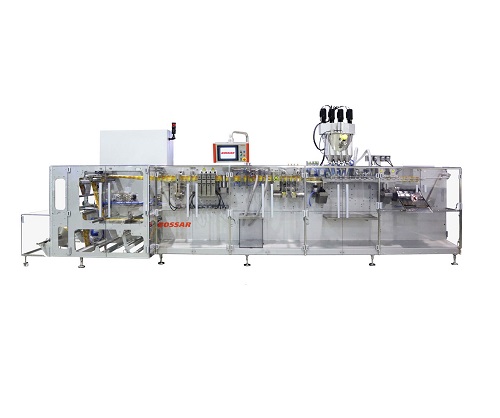
High-Speed Pouch Packaging Machine
For large scale production of powders and liquids in a wide range of industry sectors, a...
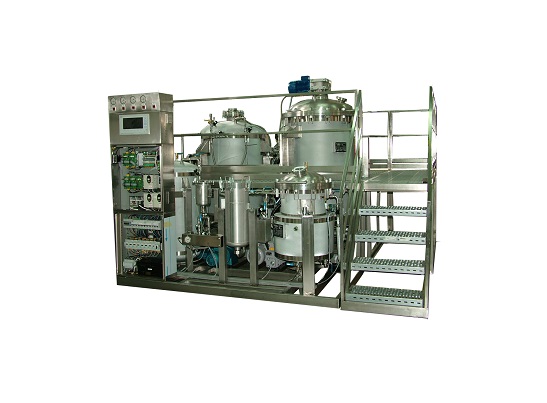
Flower oil extraction machine
The production of “essential oils” has traditionally involved using heat and distillation to e...
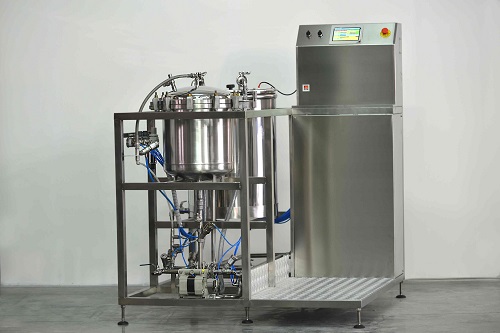
Medicinal plant extraction machine
Traditional methods for extracting active compounds from medicinal plants or herbs use h...

Blow off system for containers
Packaging powders into plastic or glass containers often leaves a residue that needs to be re...
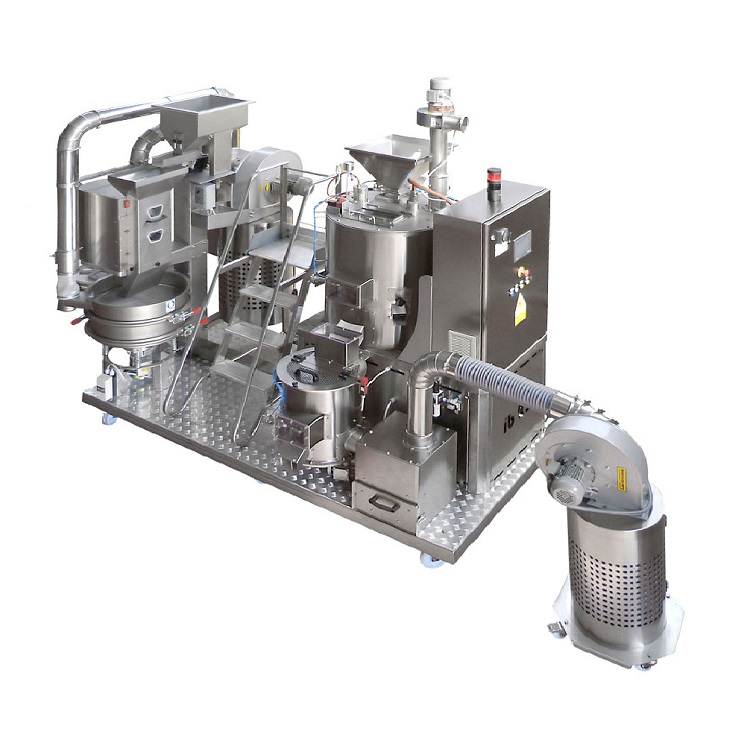
R&D roaster for cocoa beans
When designing a new chocolate line or experimenting with new ingredients for existing processes...
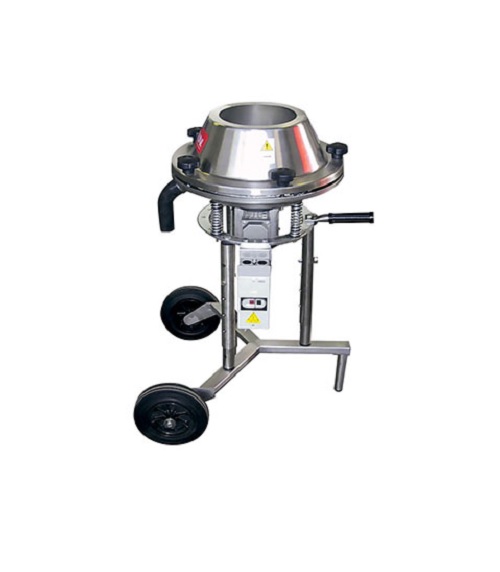
Screener and separator of dry powder
Many industries require the effective screening and separating of a range of dry powde...
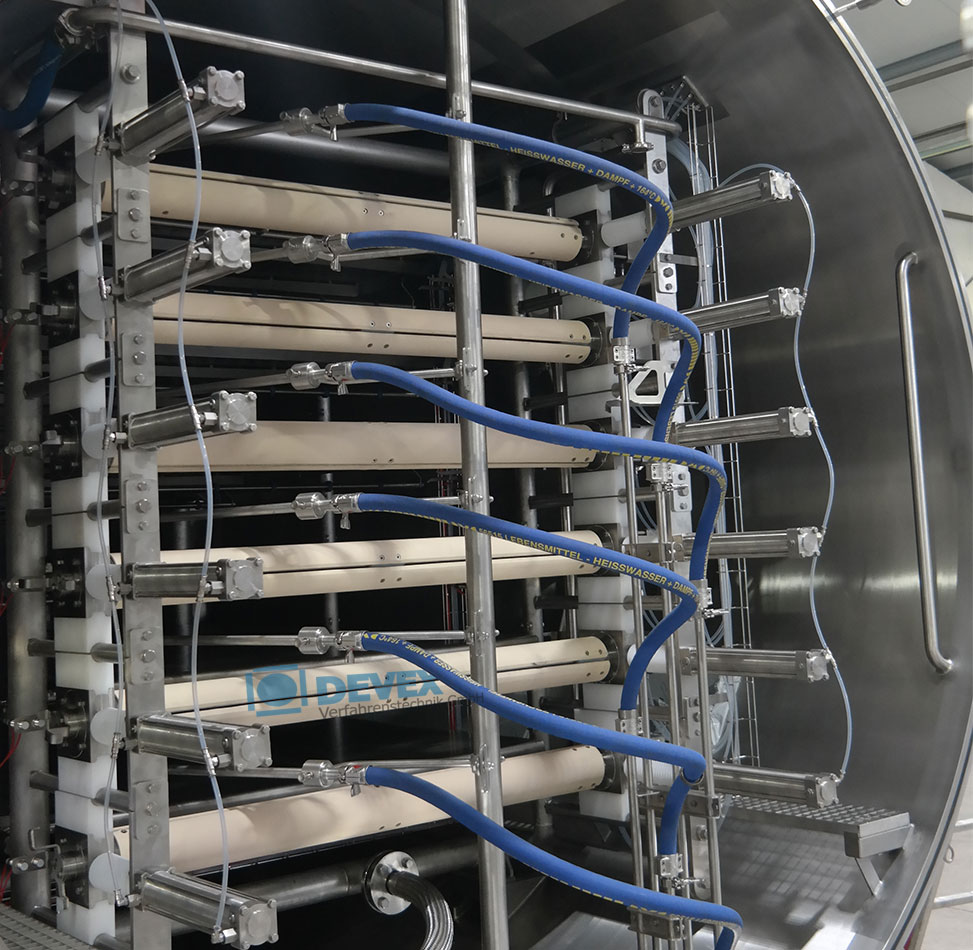
Continuous vacuum belt dryer
For gently drying liquid concentrates into granulates or powders, a vacuum drying solution is t...
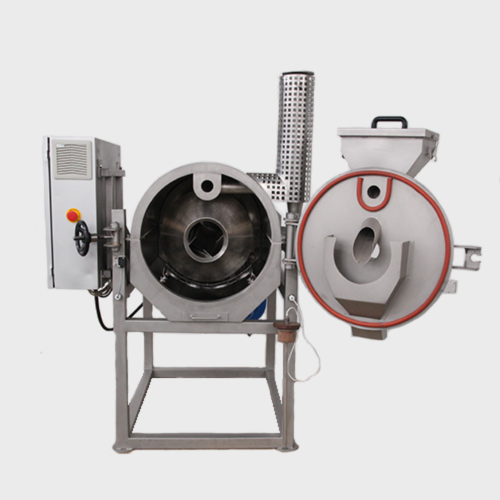
Compact cylindrical roaster for beans, nibs and nuts
Roasting times and temperature can vary depending on the type of pro...
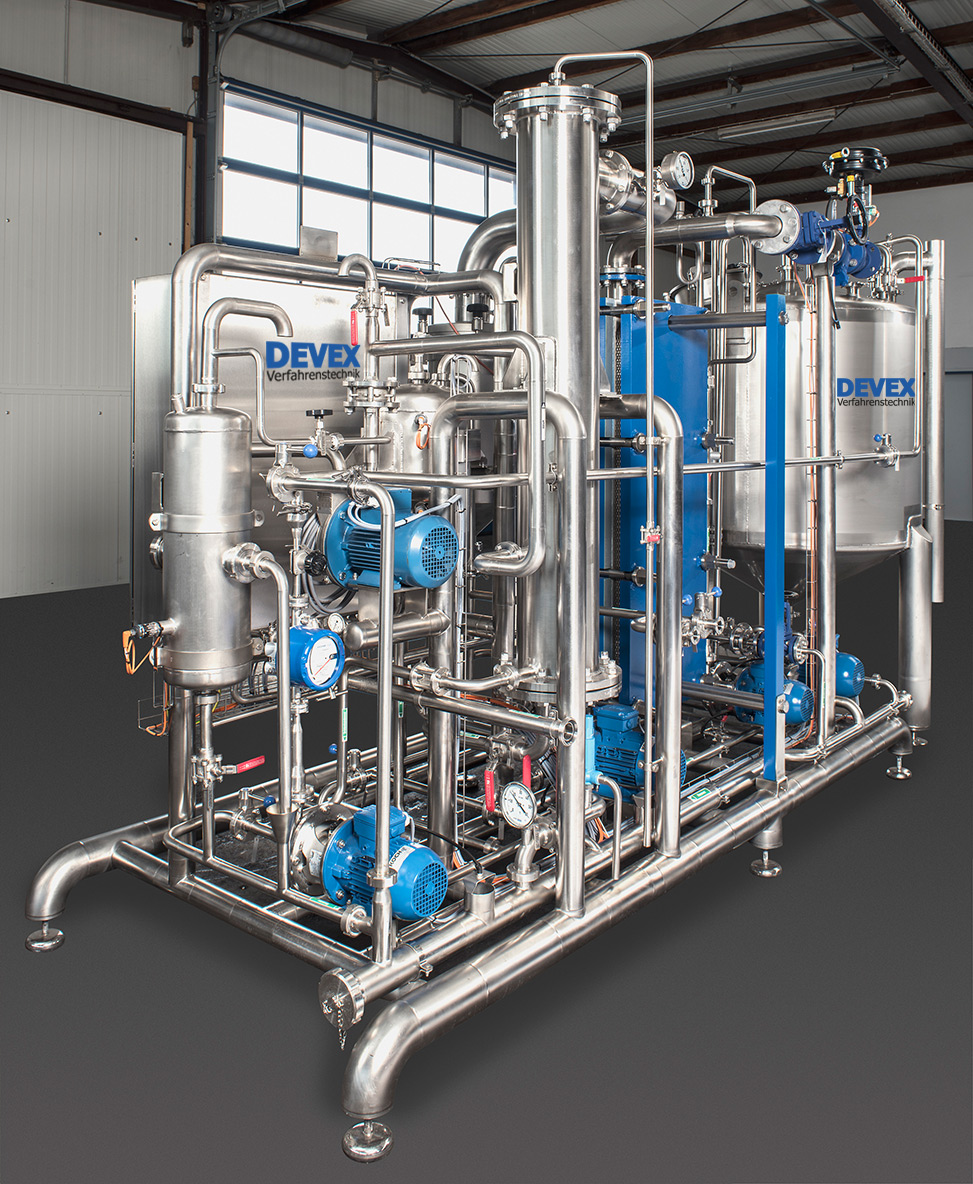
Evaporation plant for the recovery of extracts
Bespoke evaporation plants using the latest plate evaporation technology ca...
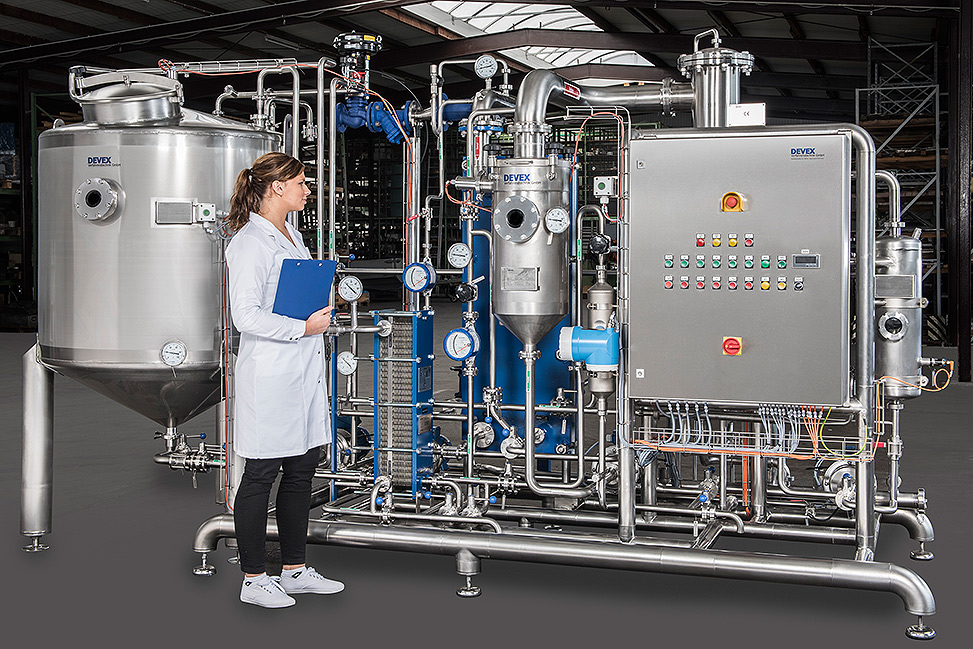
Pilot evaporation plant for the recovery of extracts
For development of concentrates of extracts based on water or ethano...
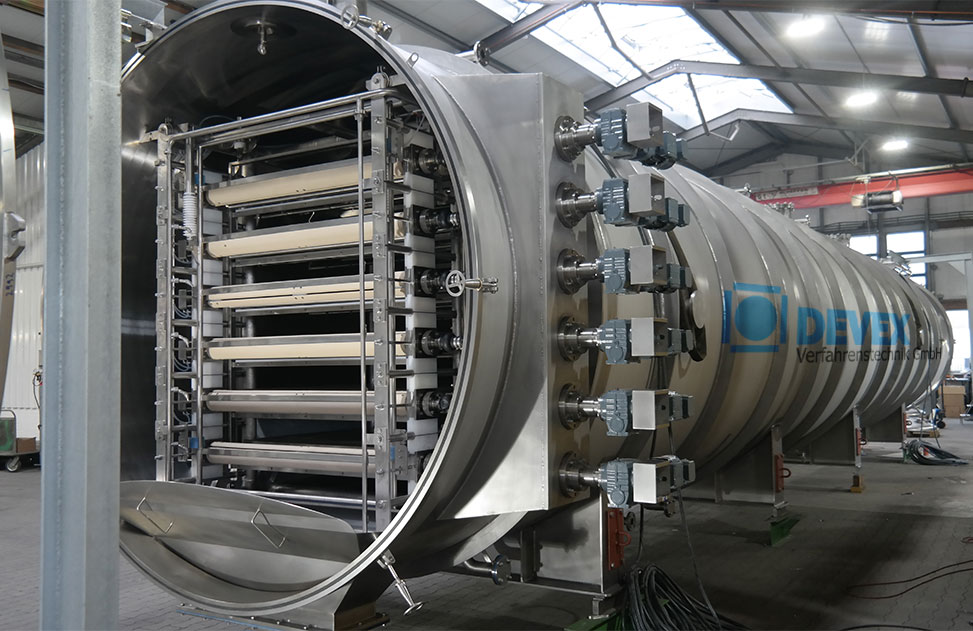
Continuous belt freeze dryer
Freeze drying is the most gentle and aroma protective method of drying, widely used in the coff...
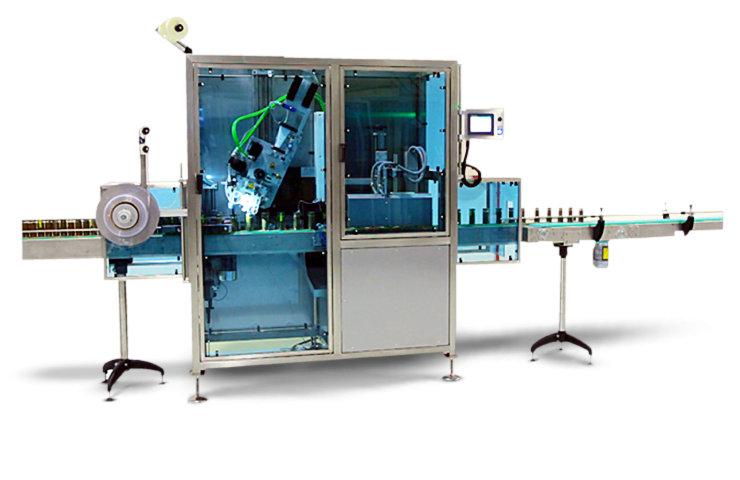
Compact shrink sleeve applicator
Adding tamper prevention to product packaging can be expensive and difficult to set up. Thi...
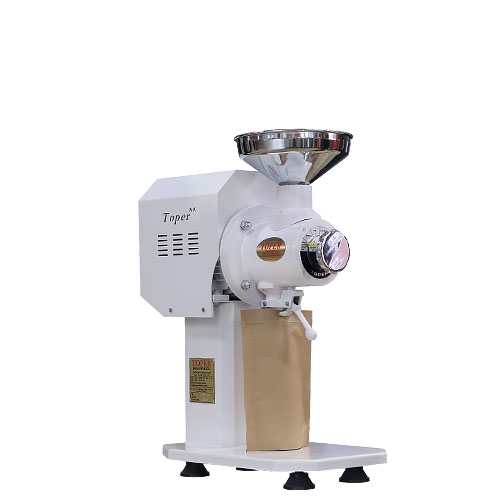
Shop coffee bean grinder
Do you want to grind your beans on-site at your coffee shop, but are you limited for space? Bench-to...
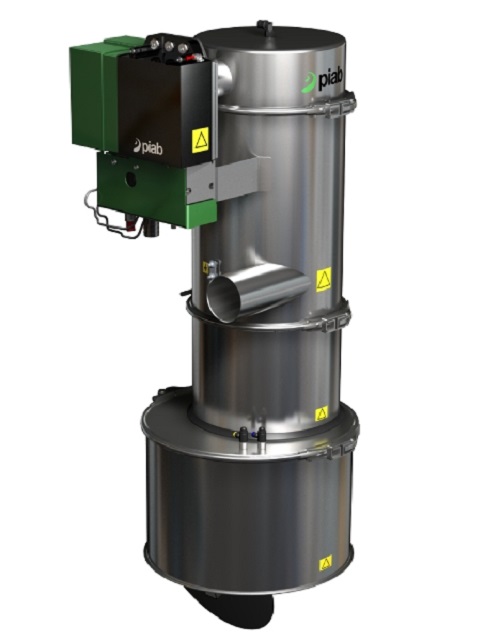
Food vacuum conveyor
Widely used in industries where a high rating in food quality is imperative.
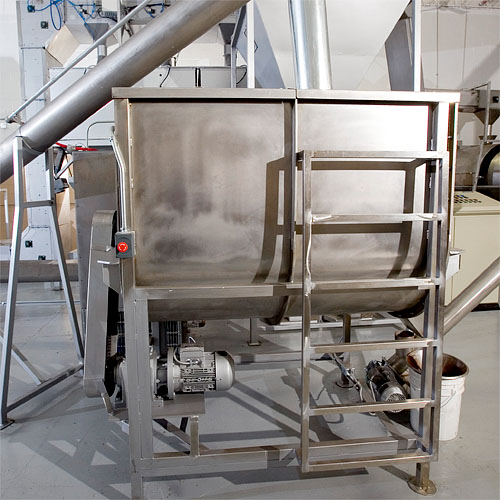
Basic mixer for granular foods
Straightforward blending solution for mixtures of beans, nuts, berries & powdered foods, ...
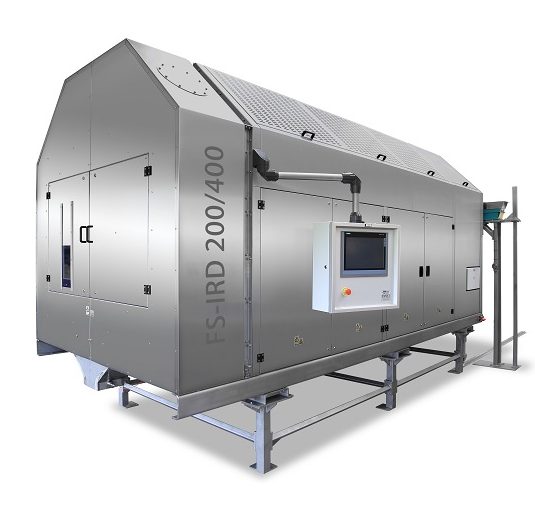
Infrared rotating drum steriliser
Sterilisation of foodstuffs is vital to maintain uncompromising standards of hygiene and ...

